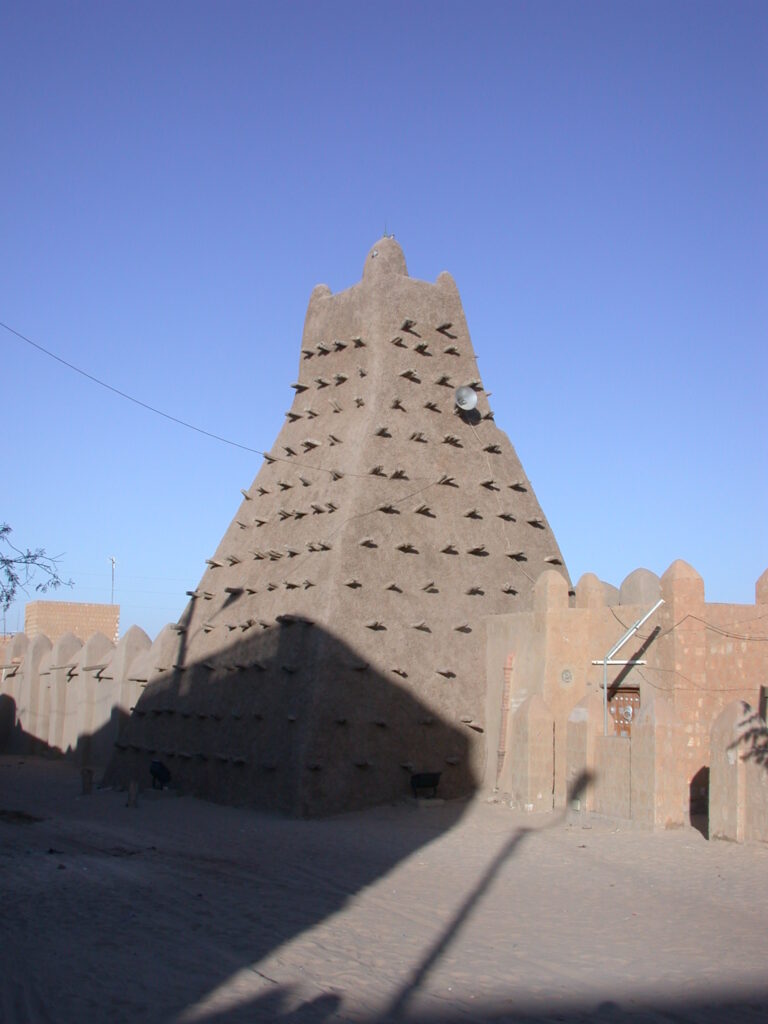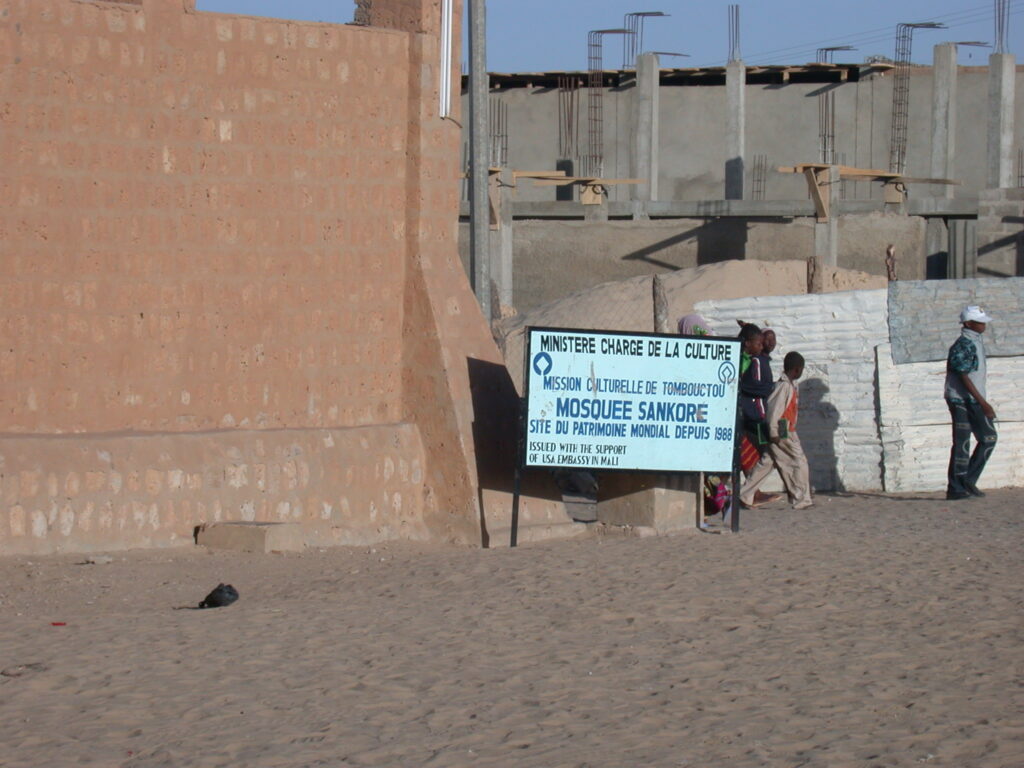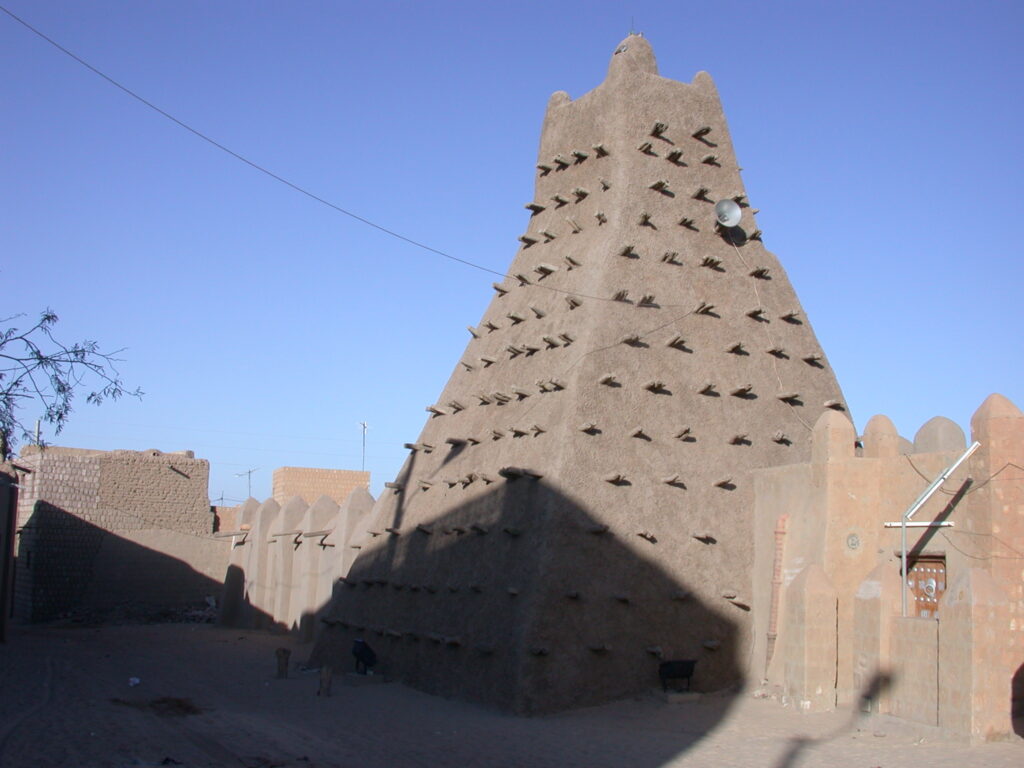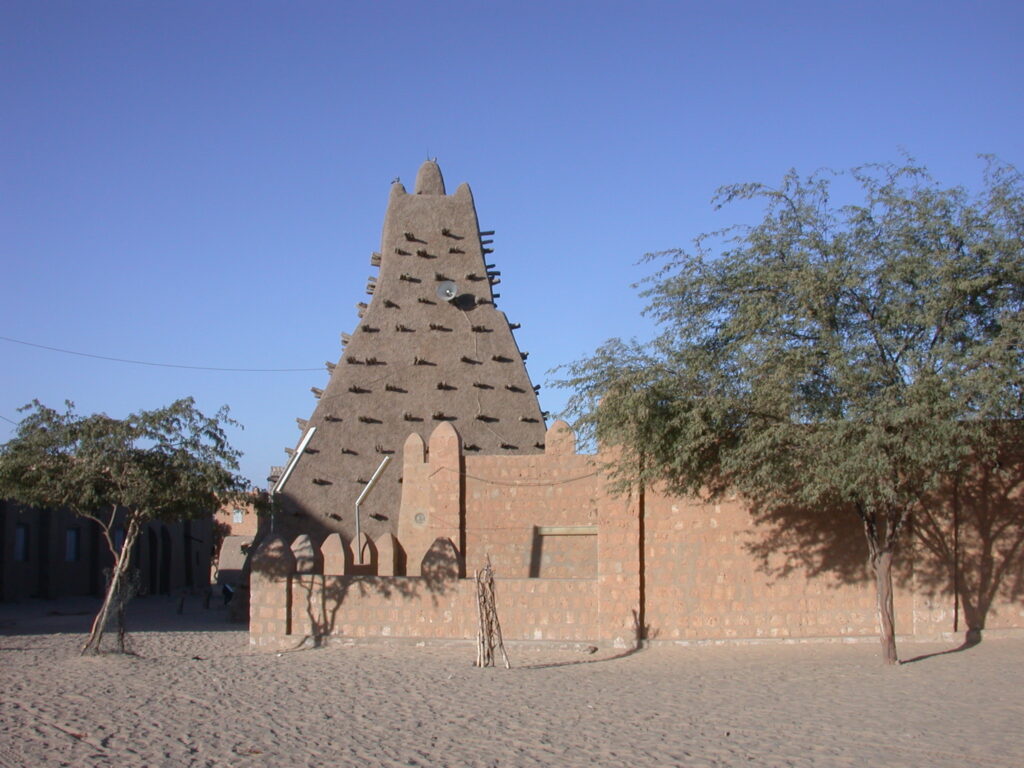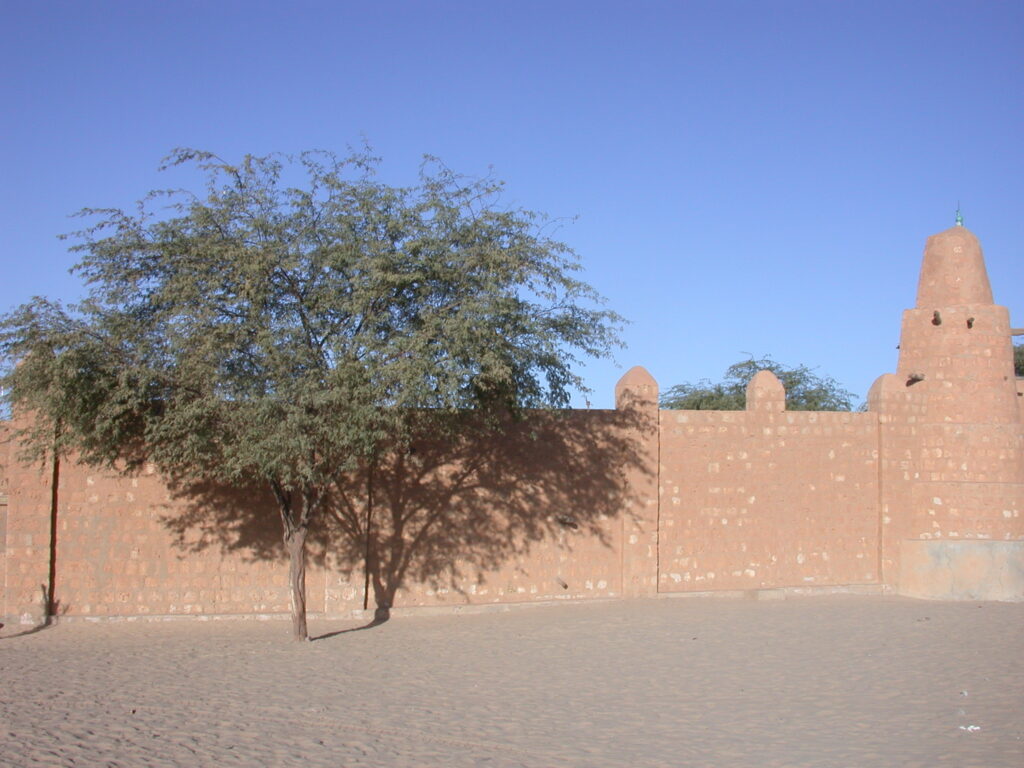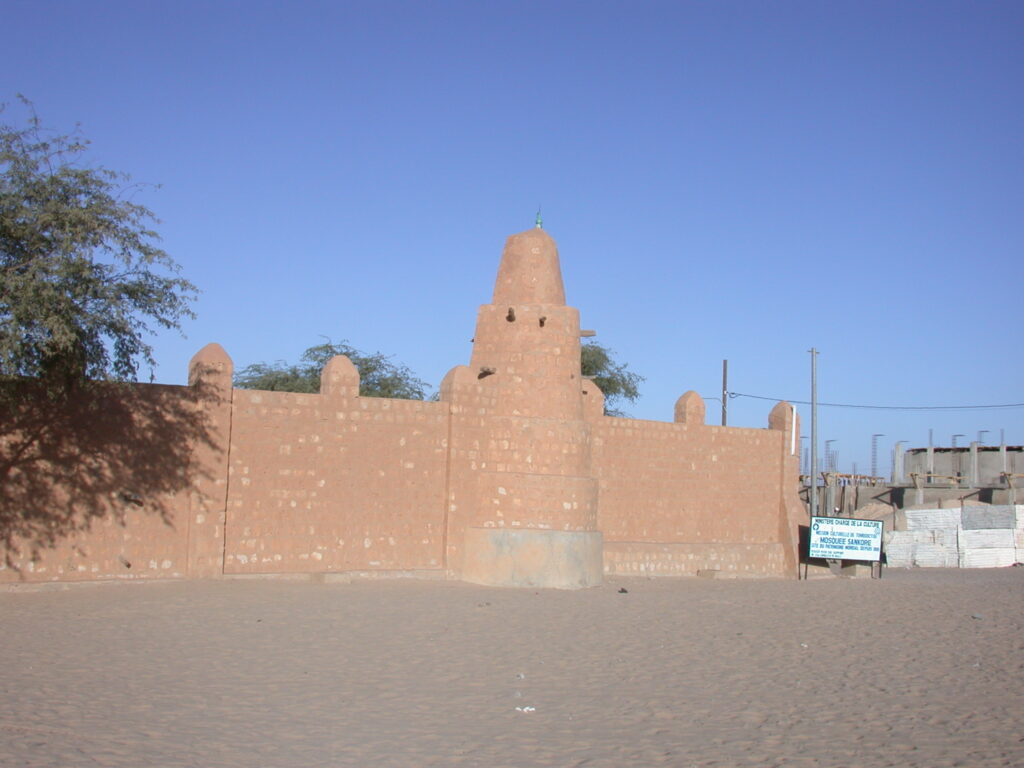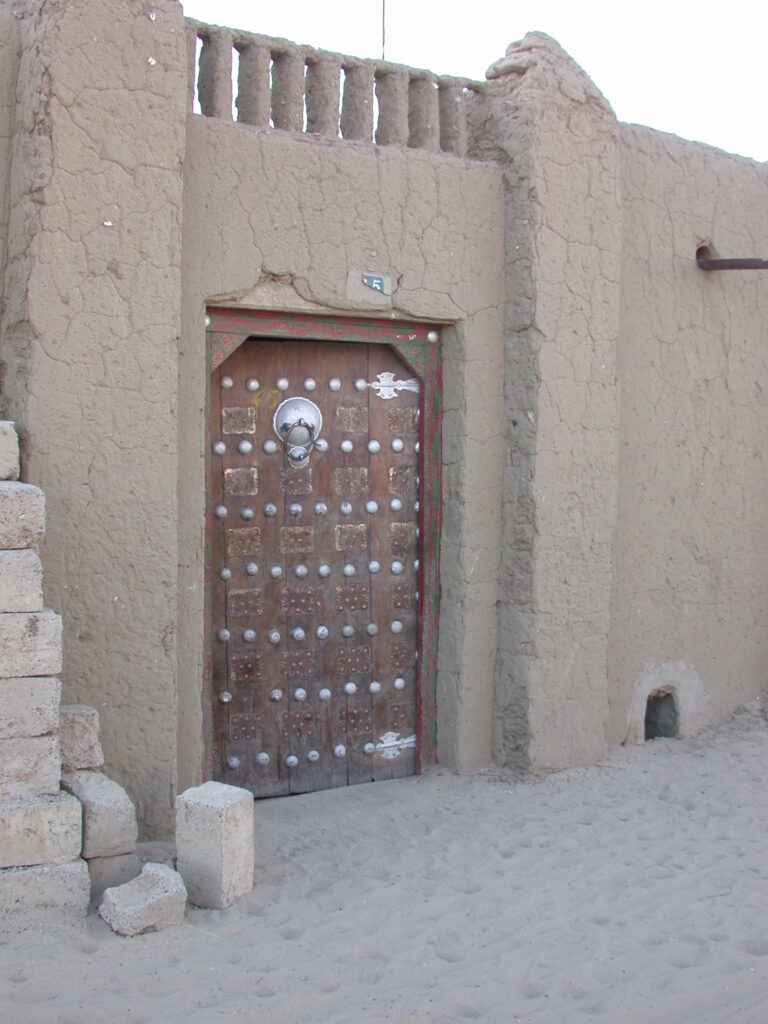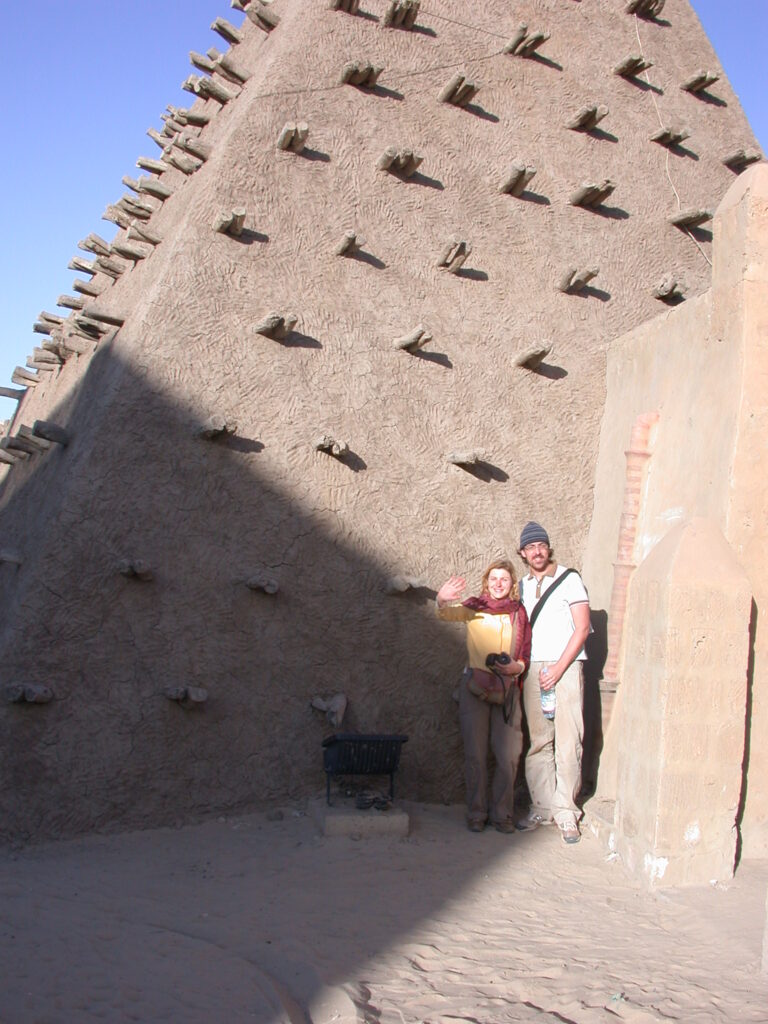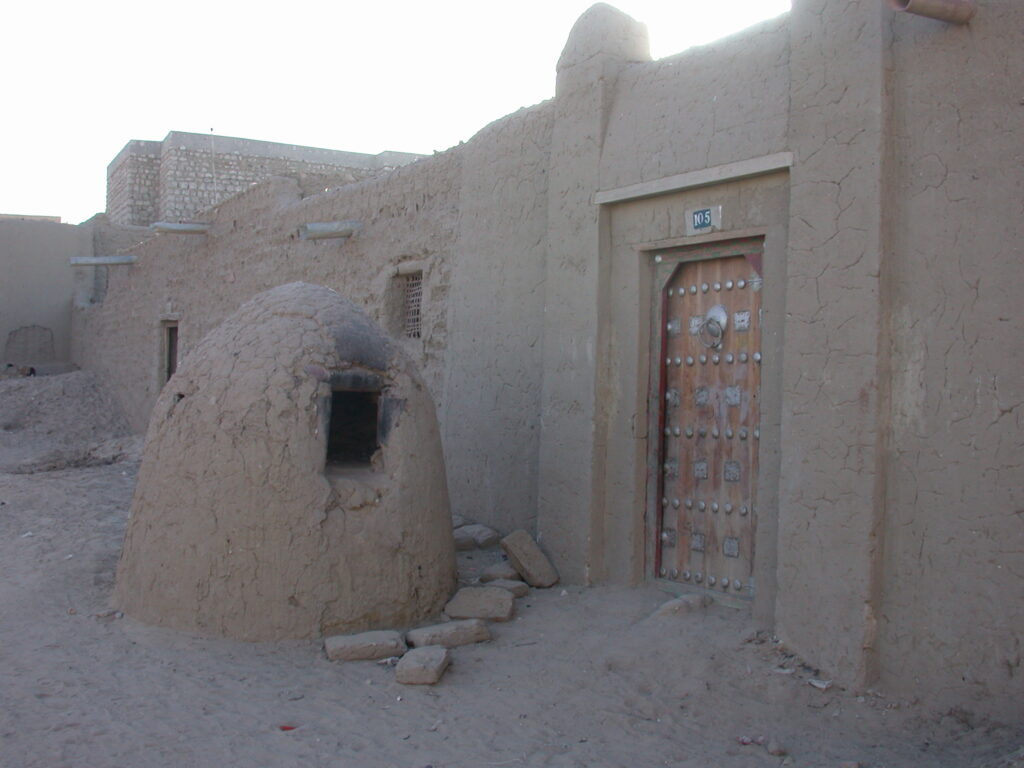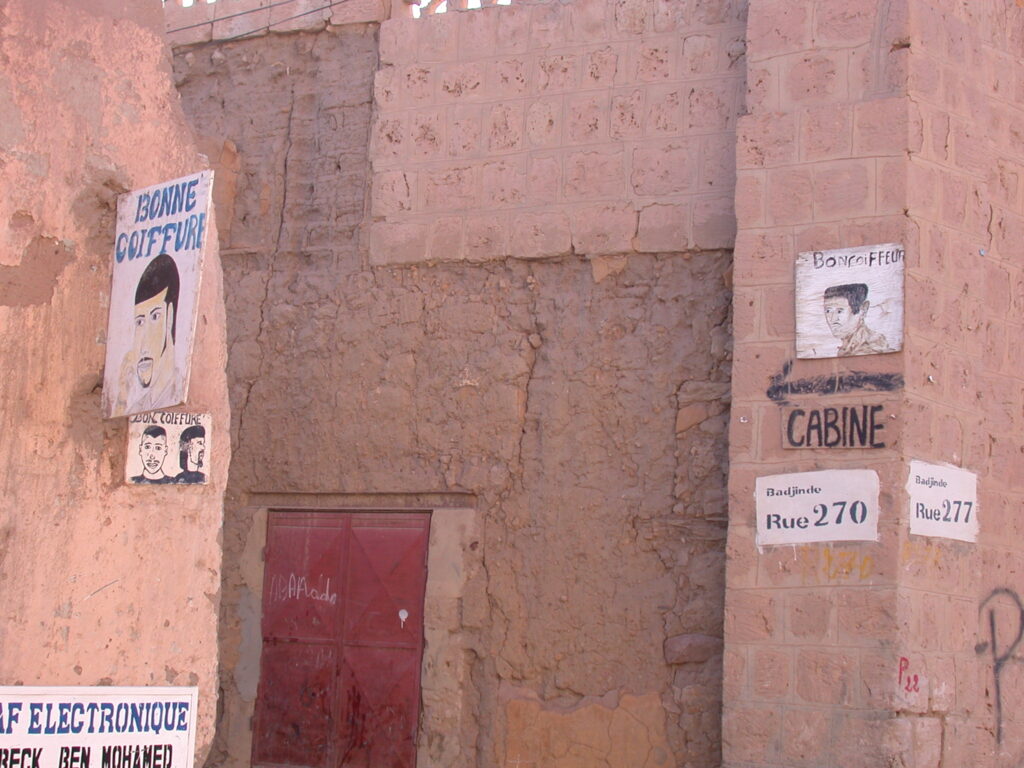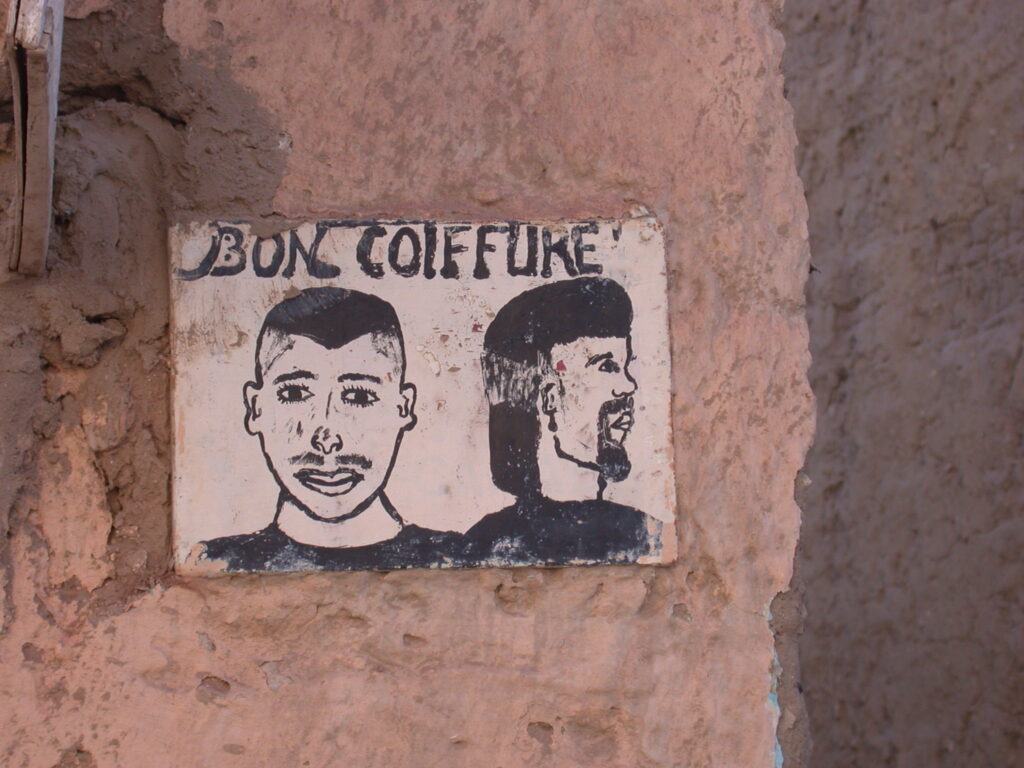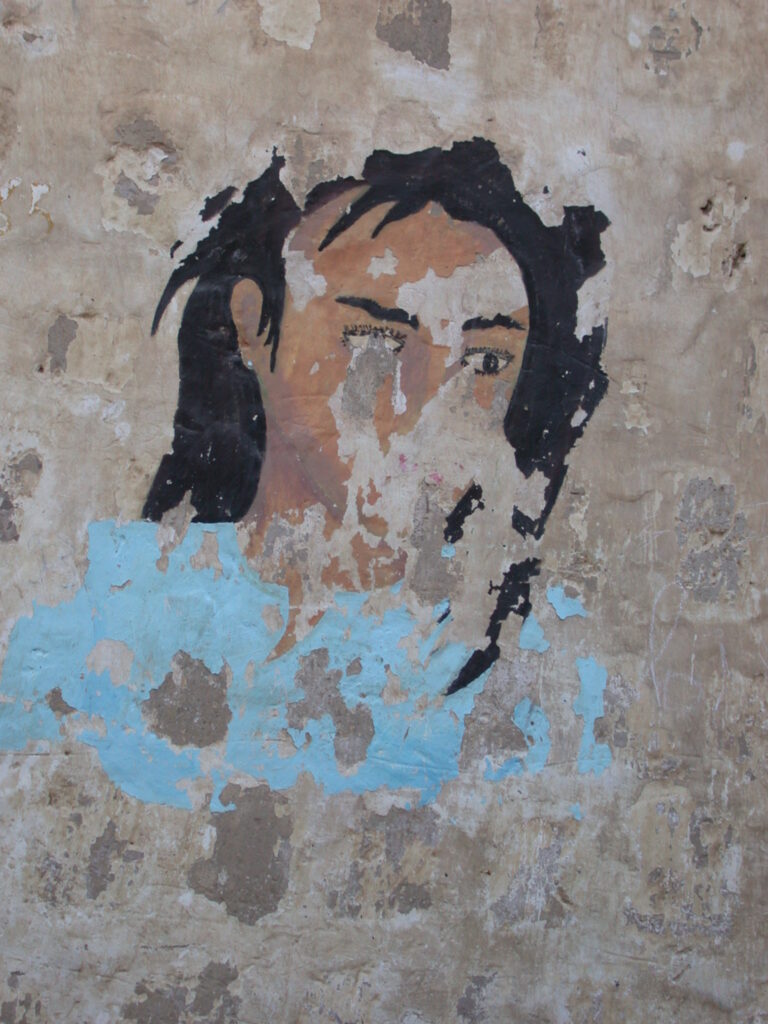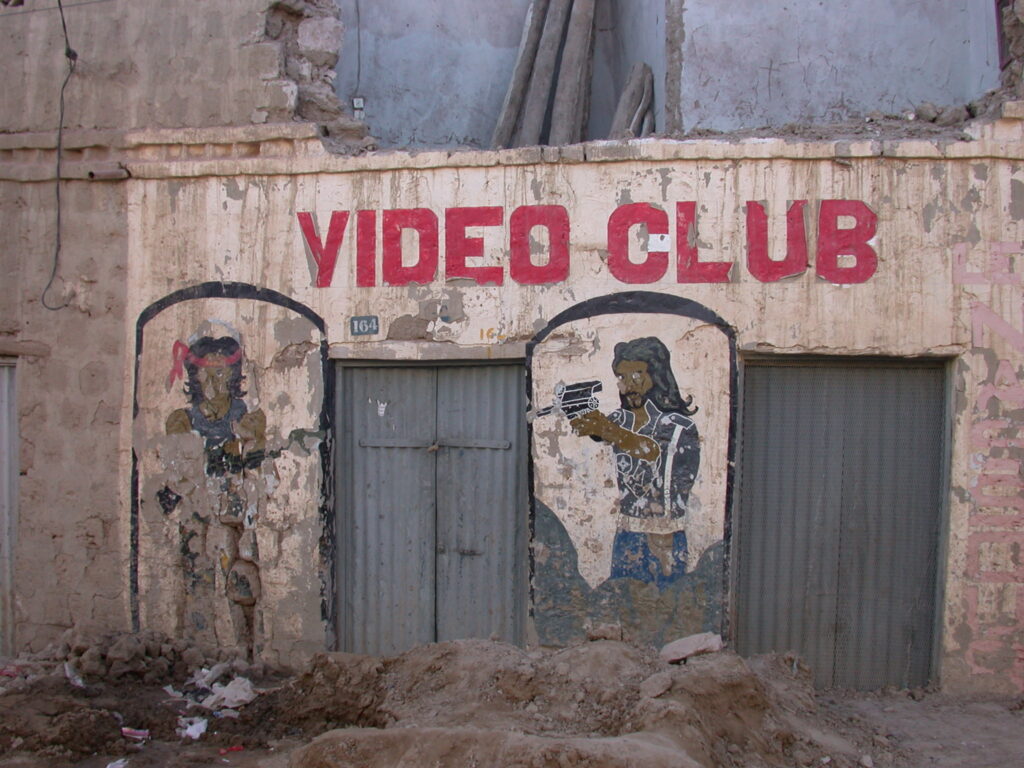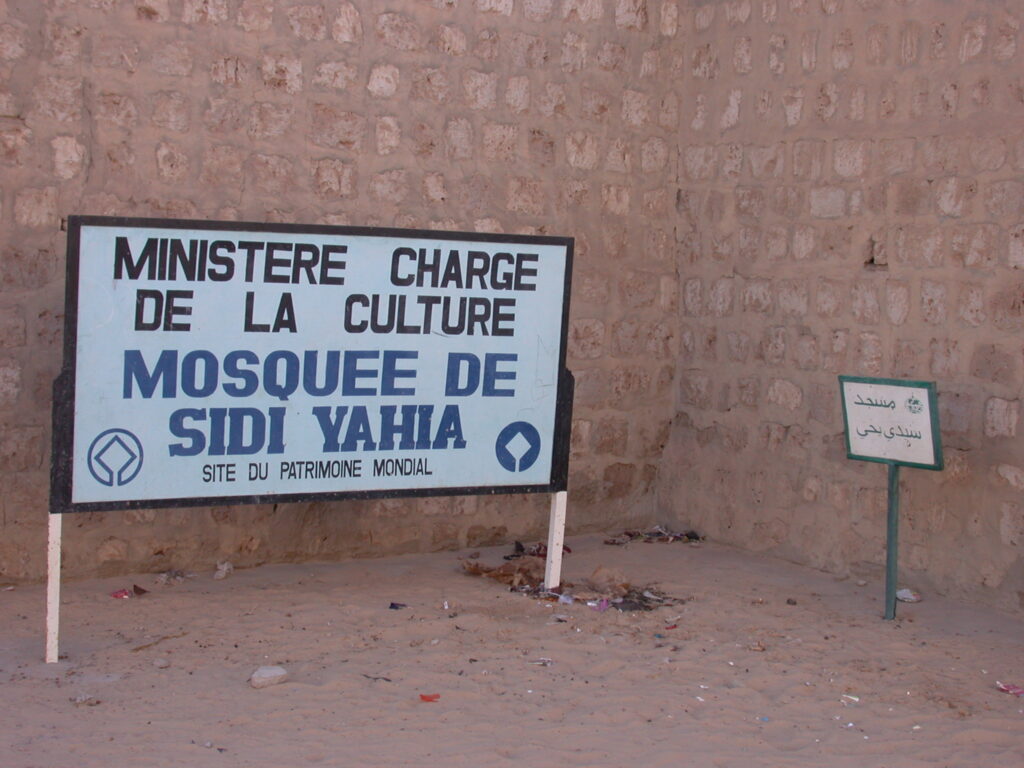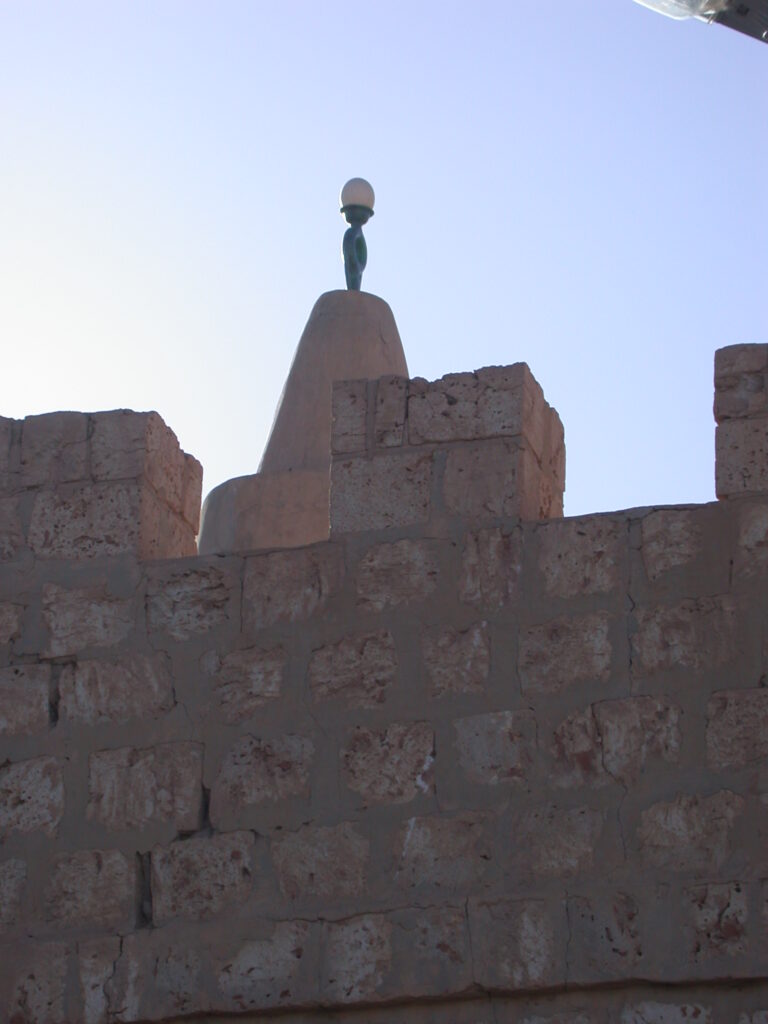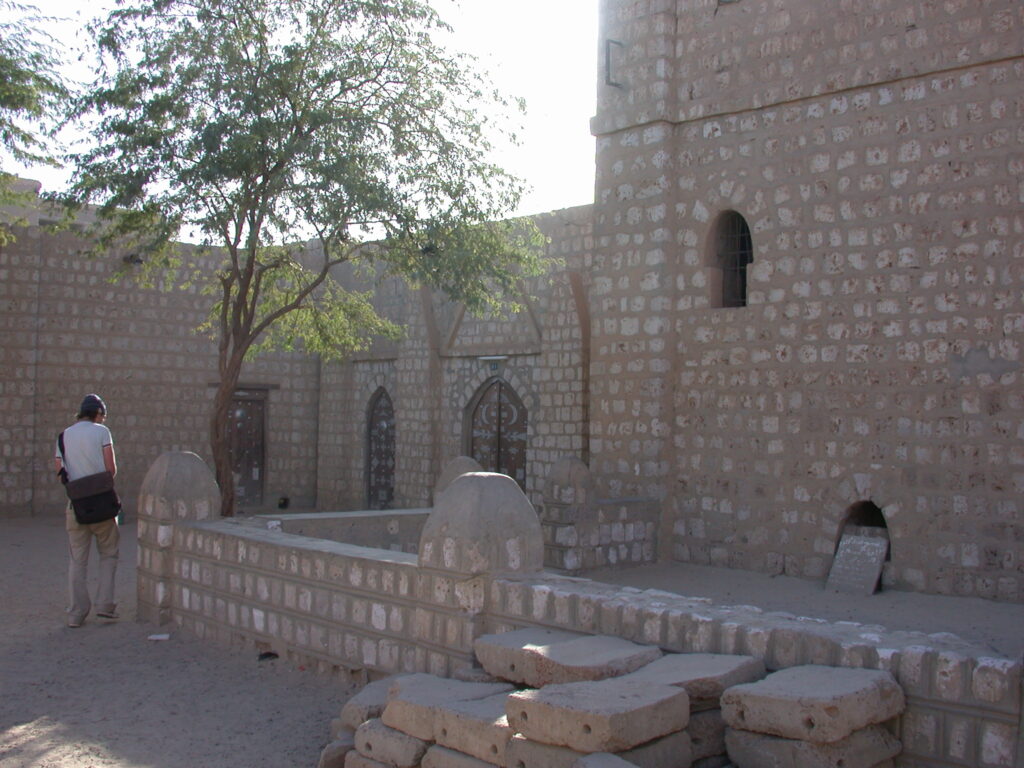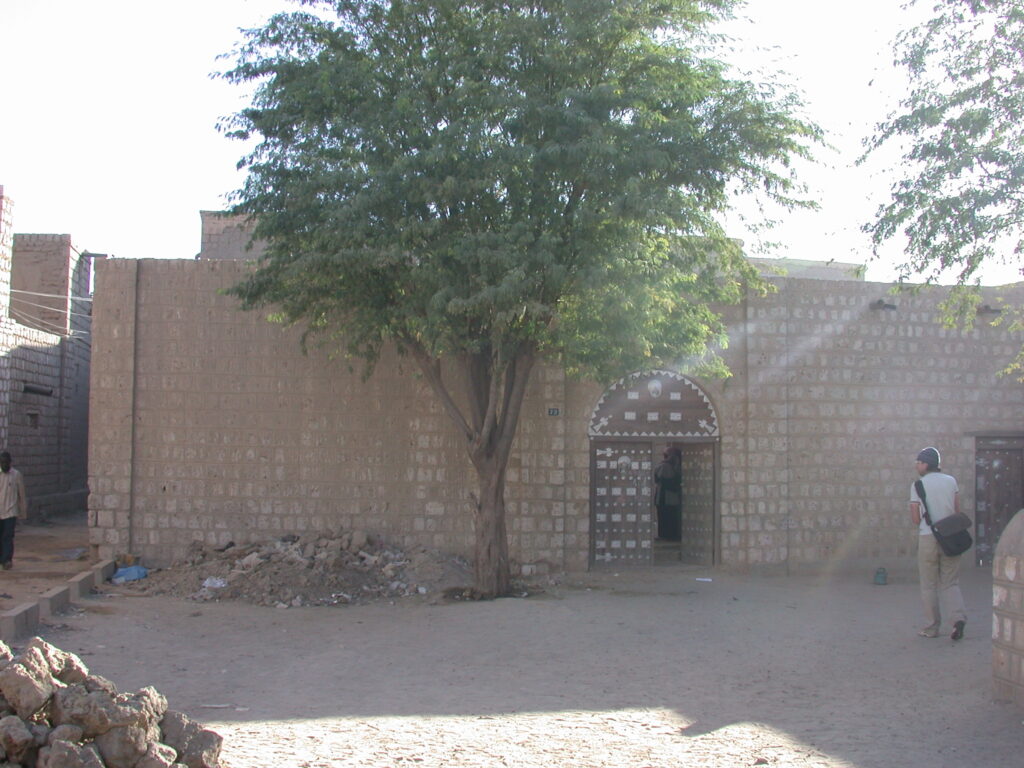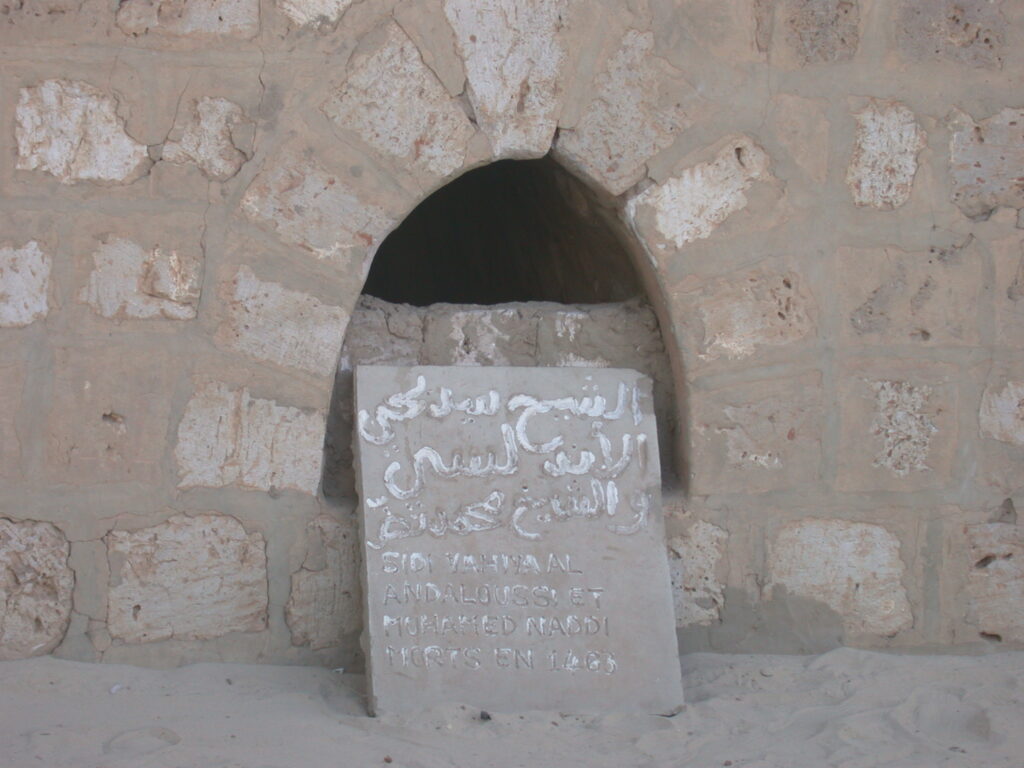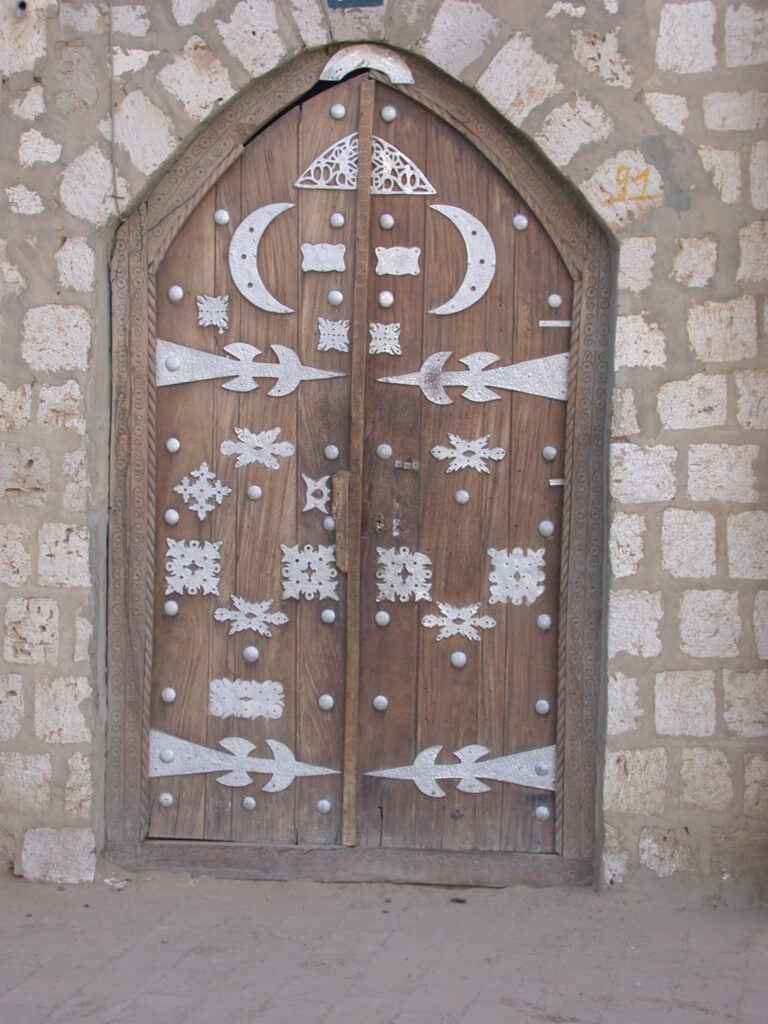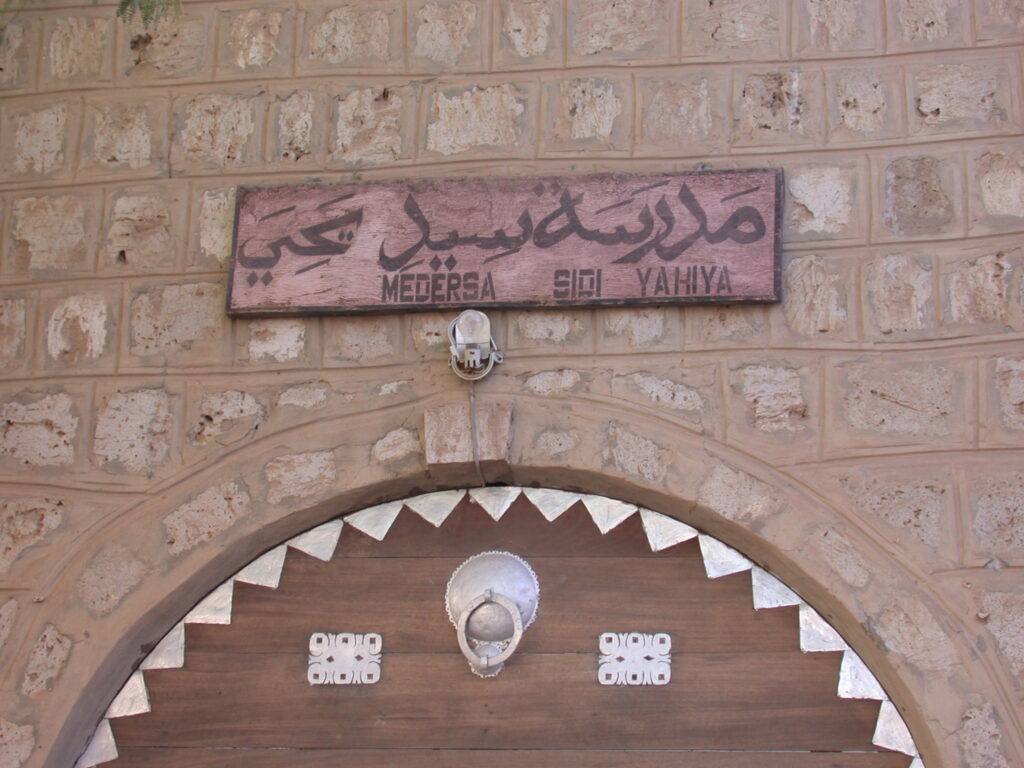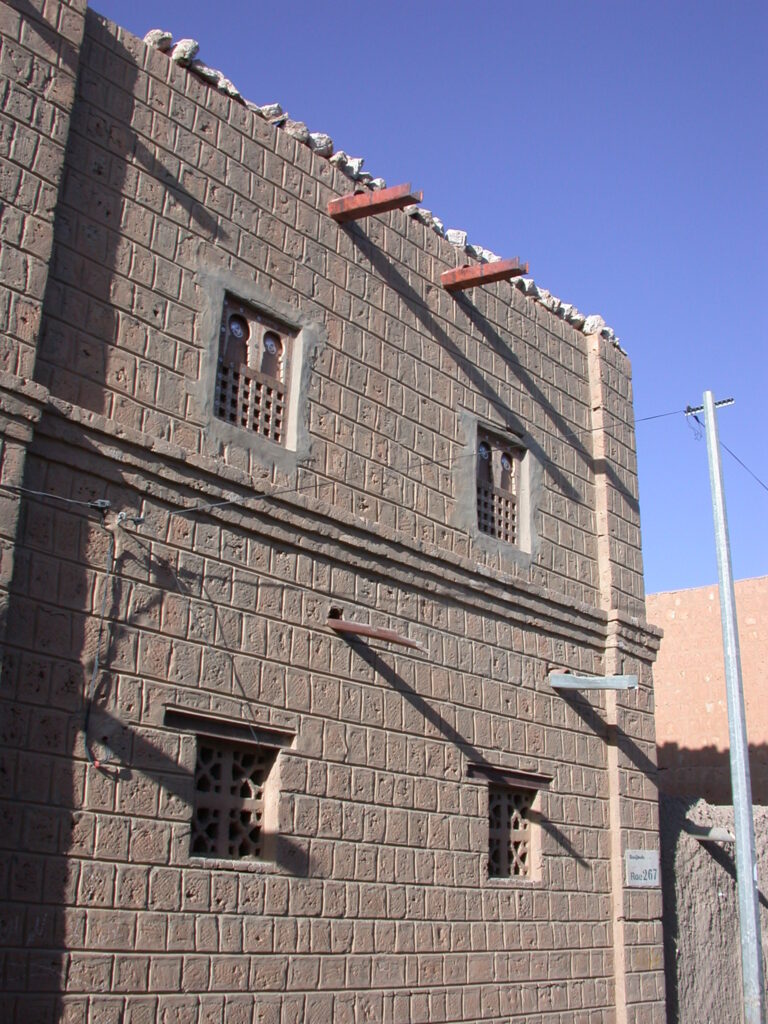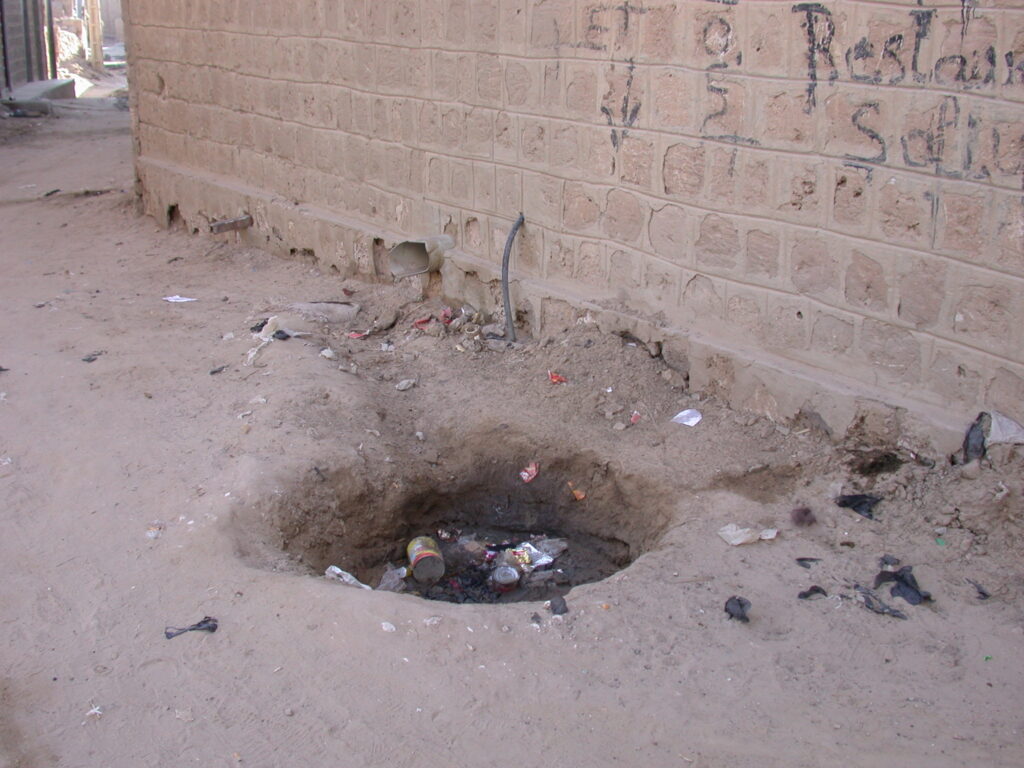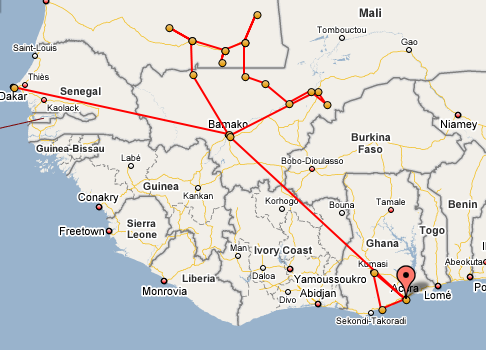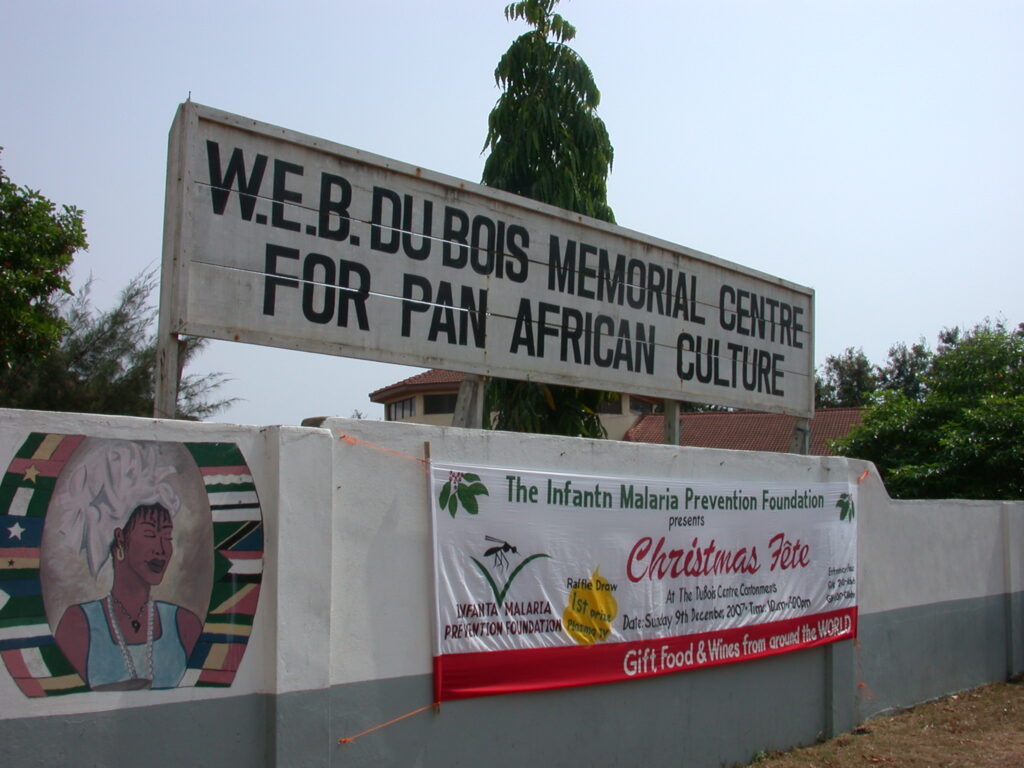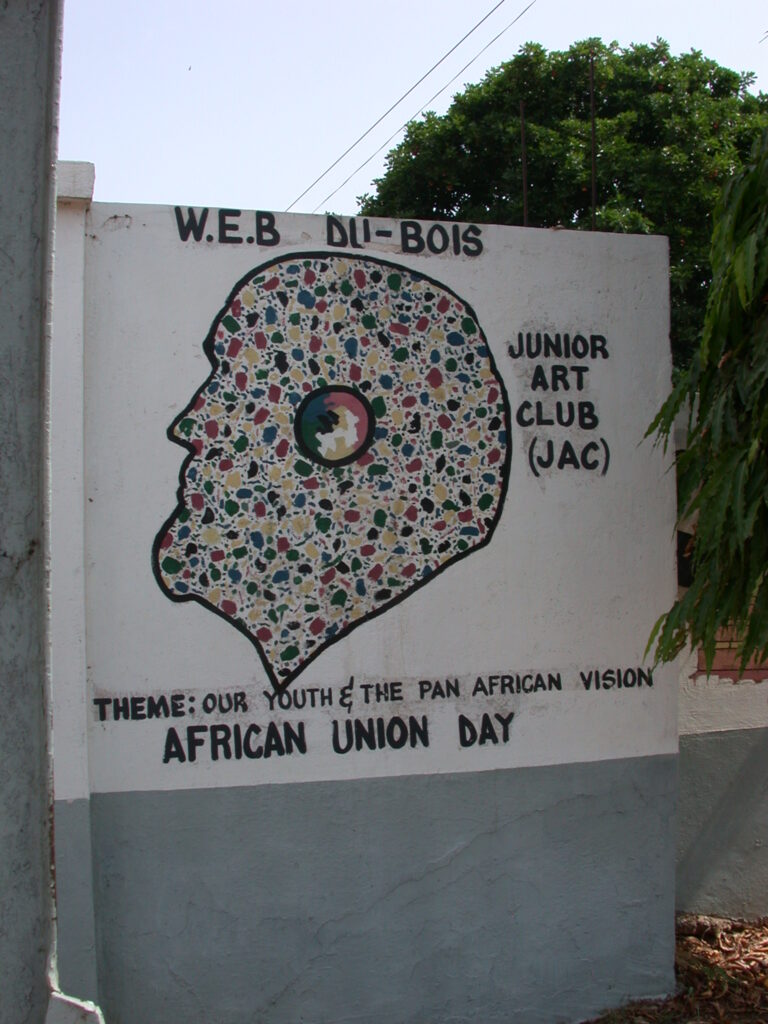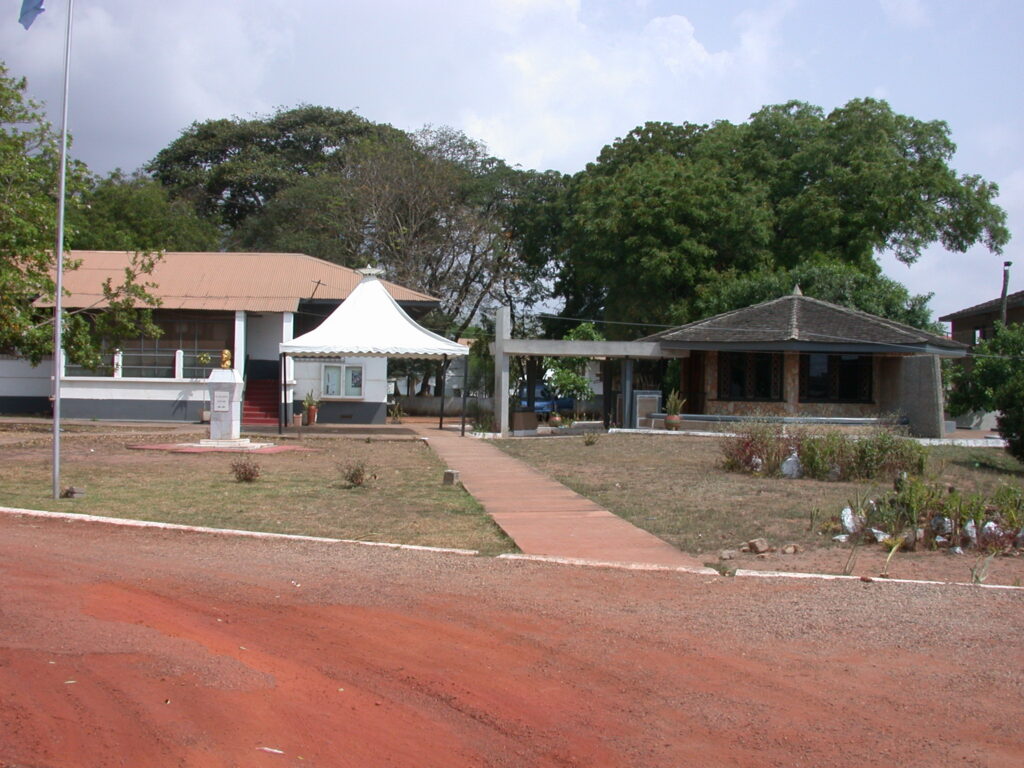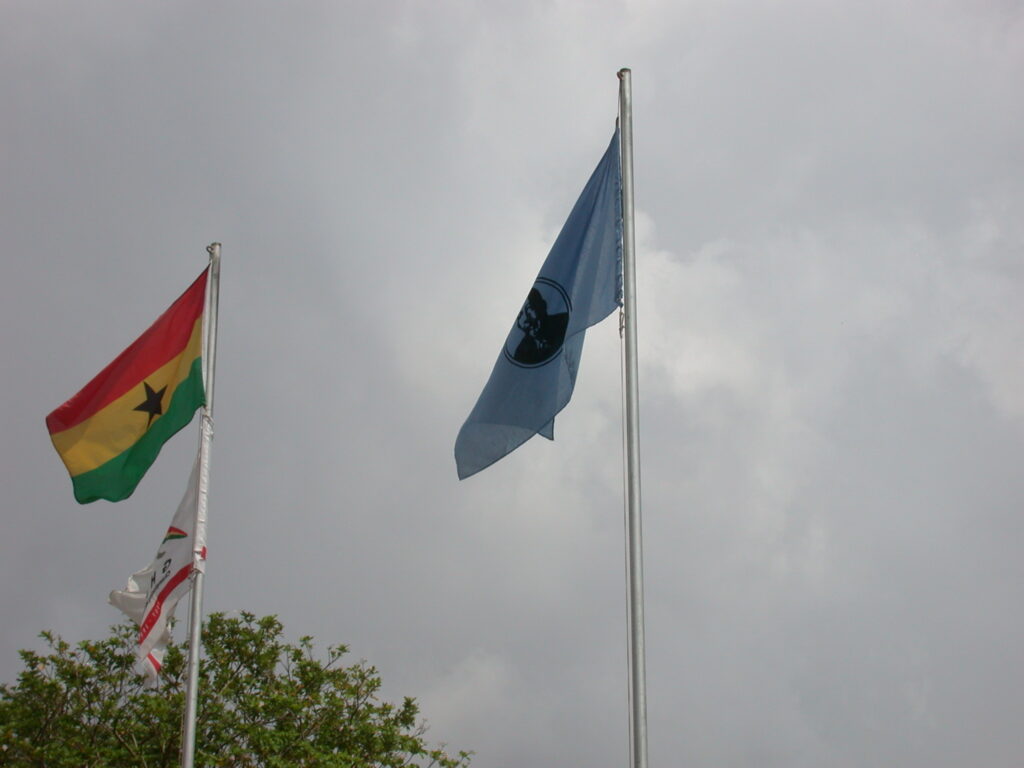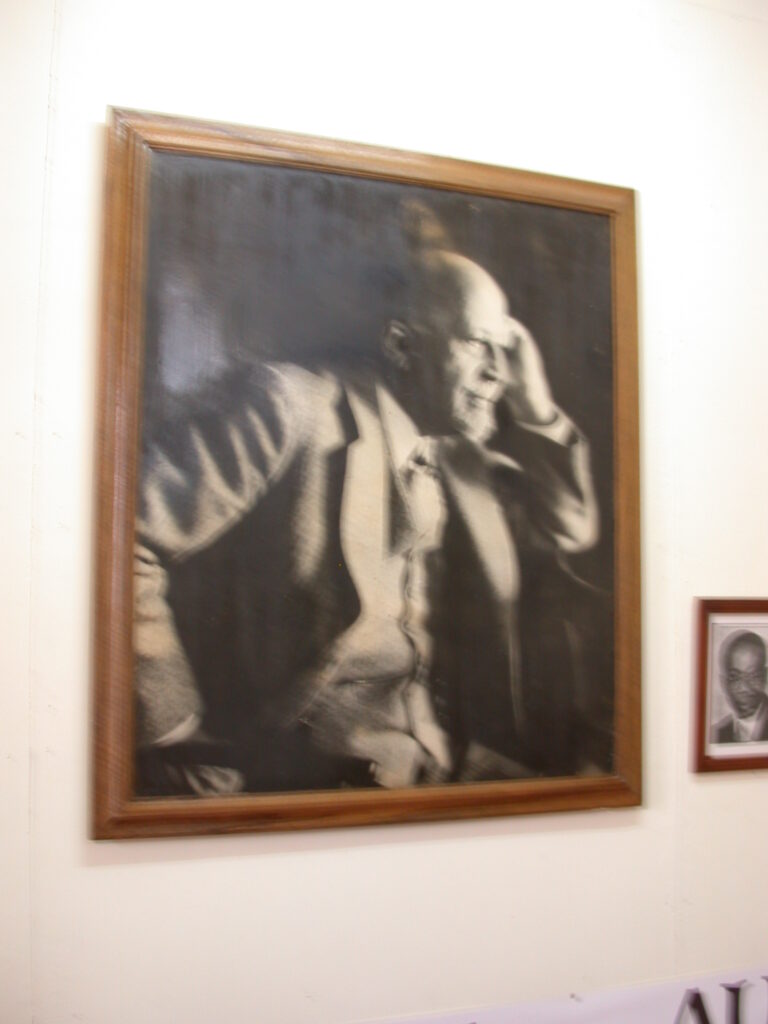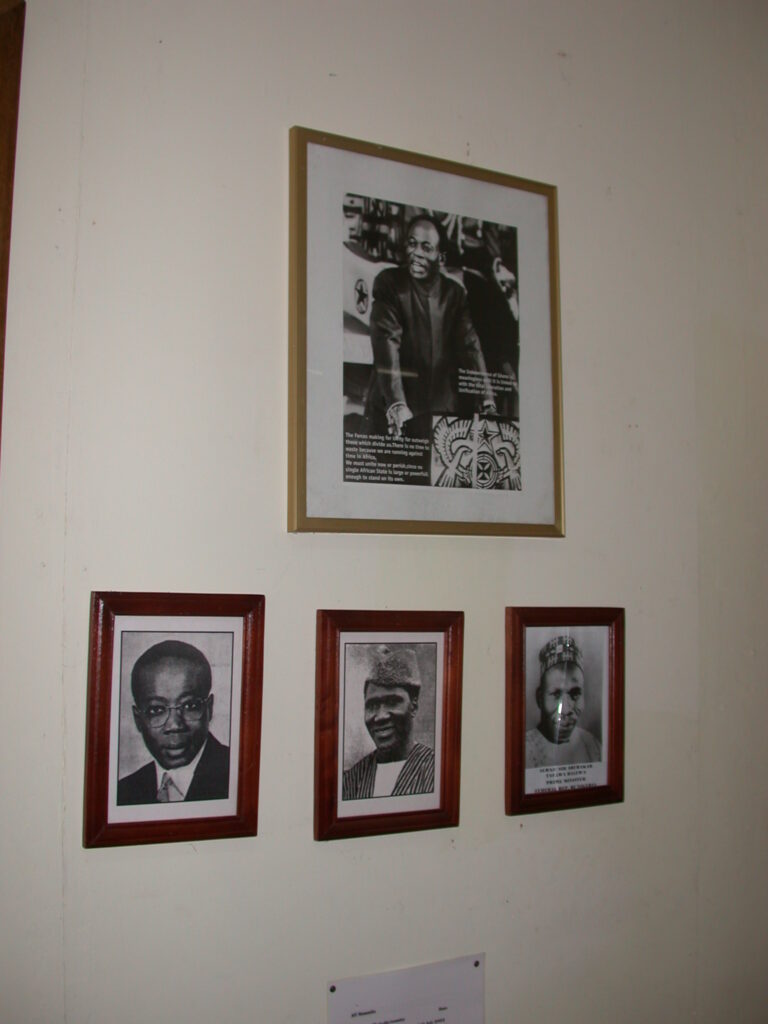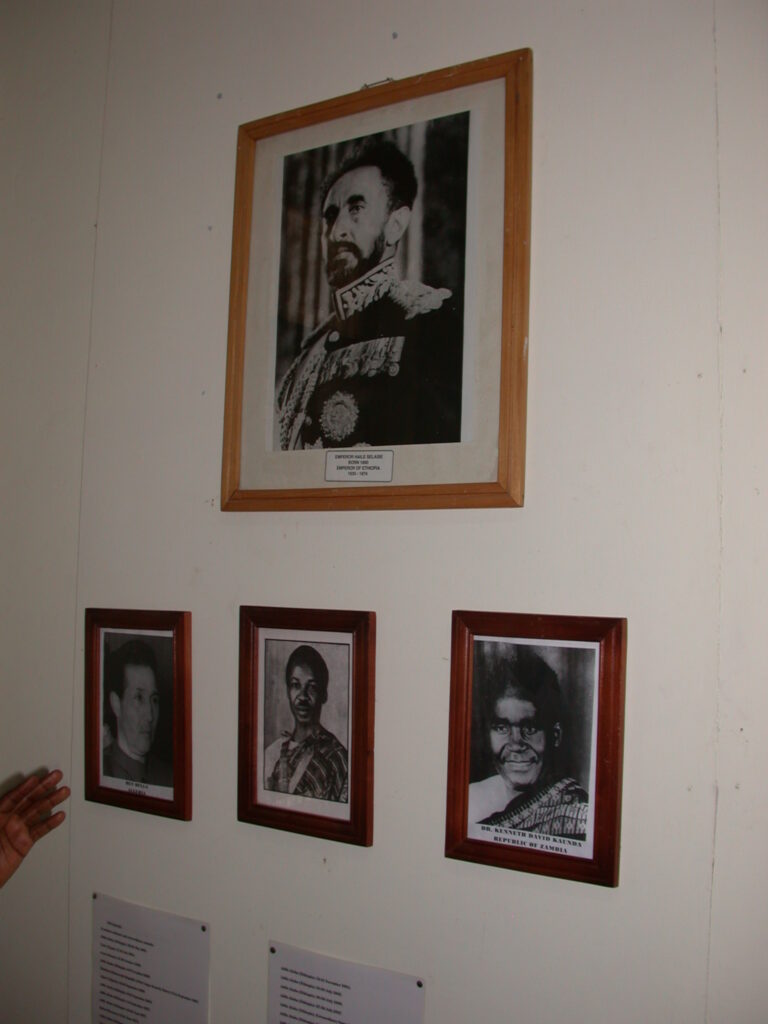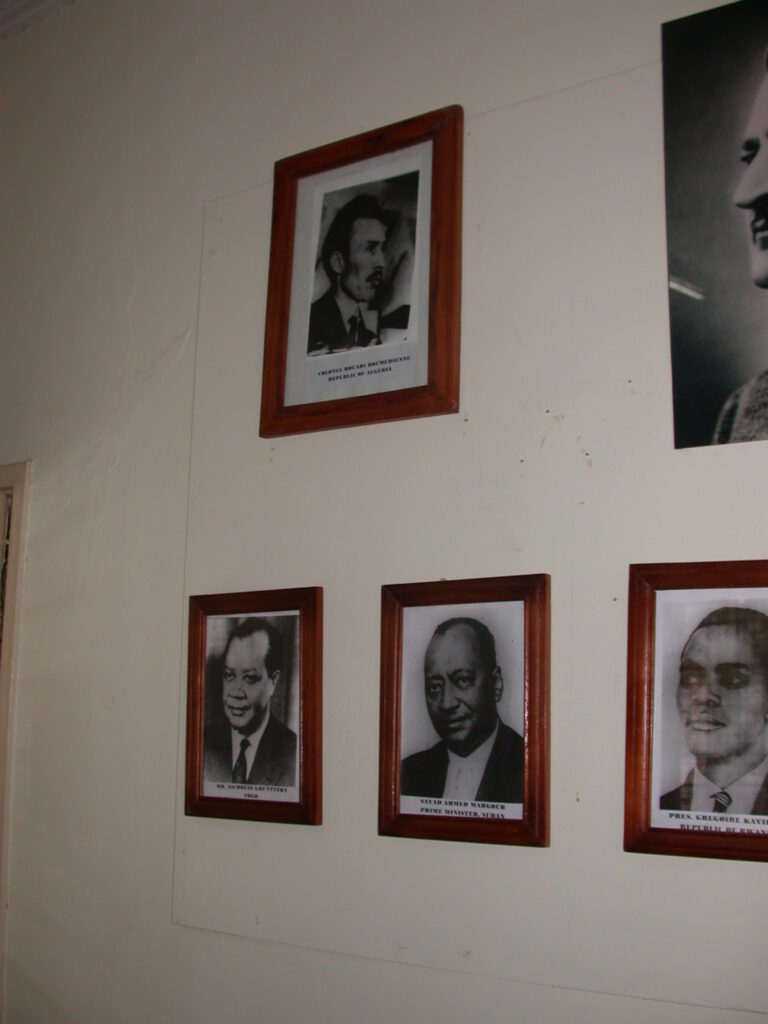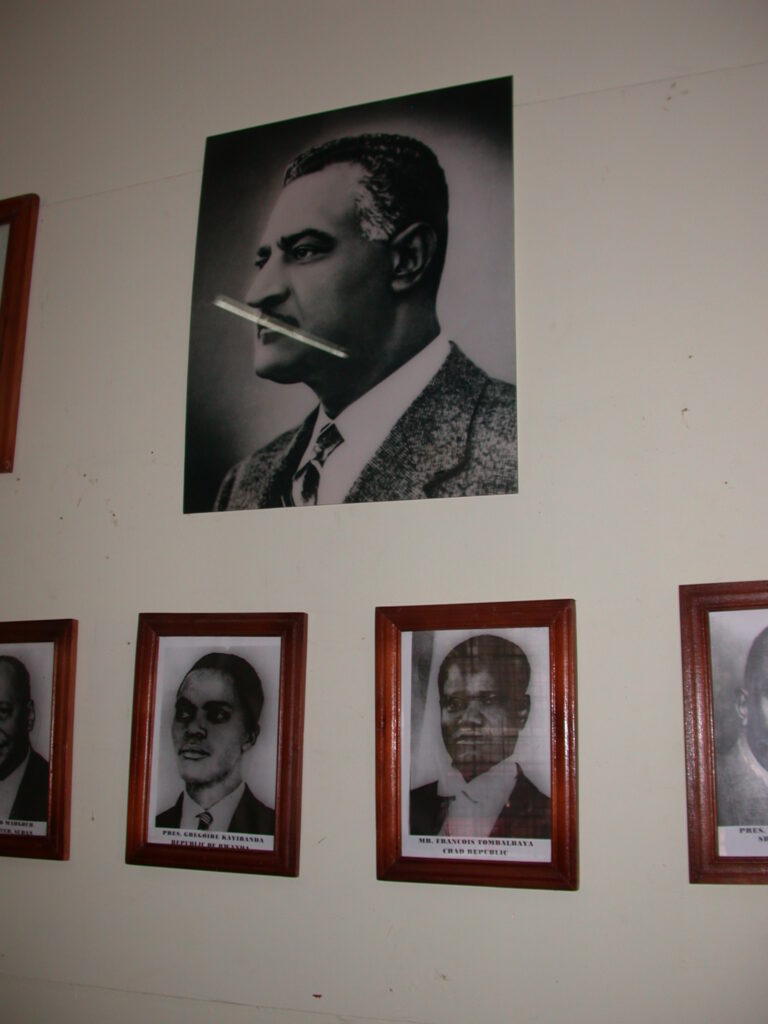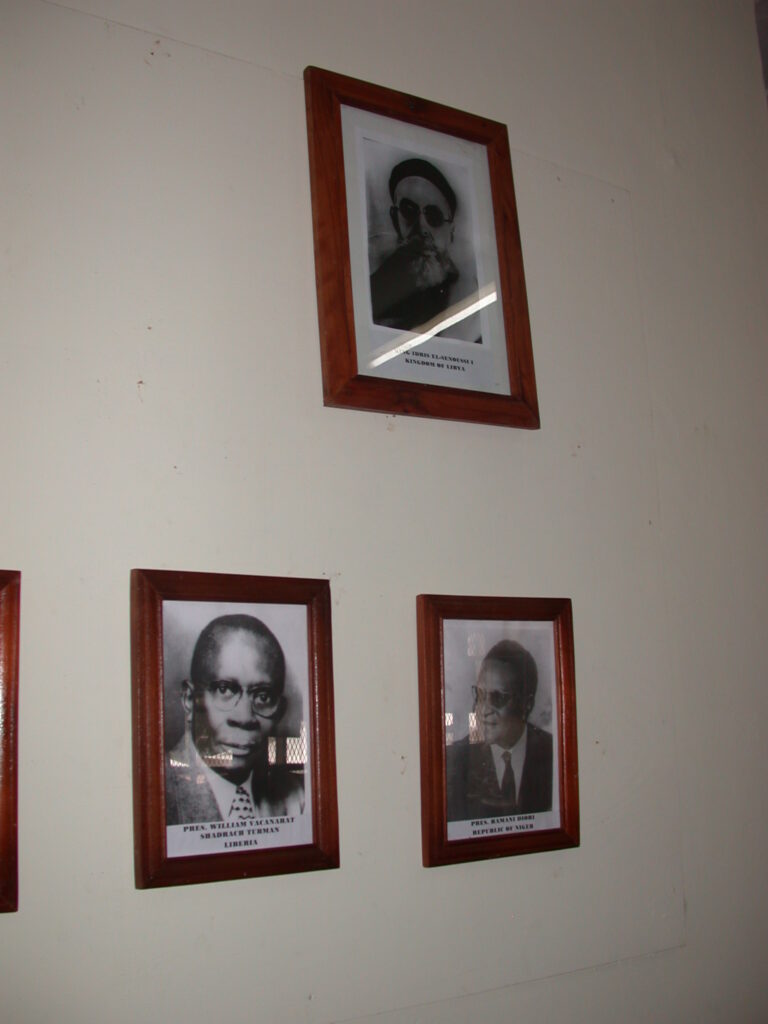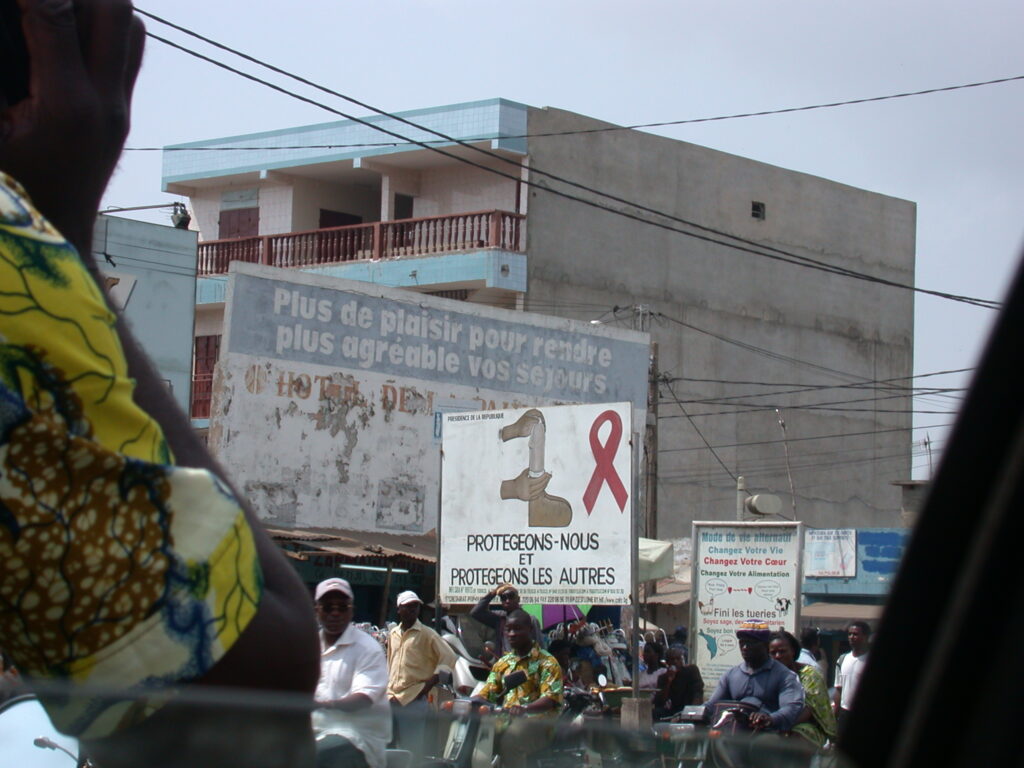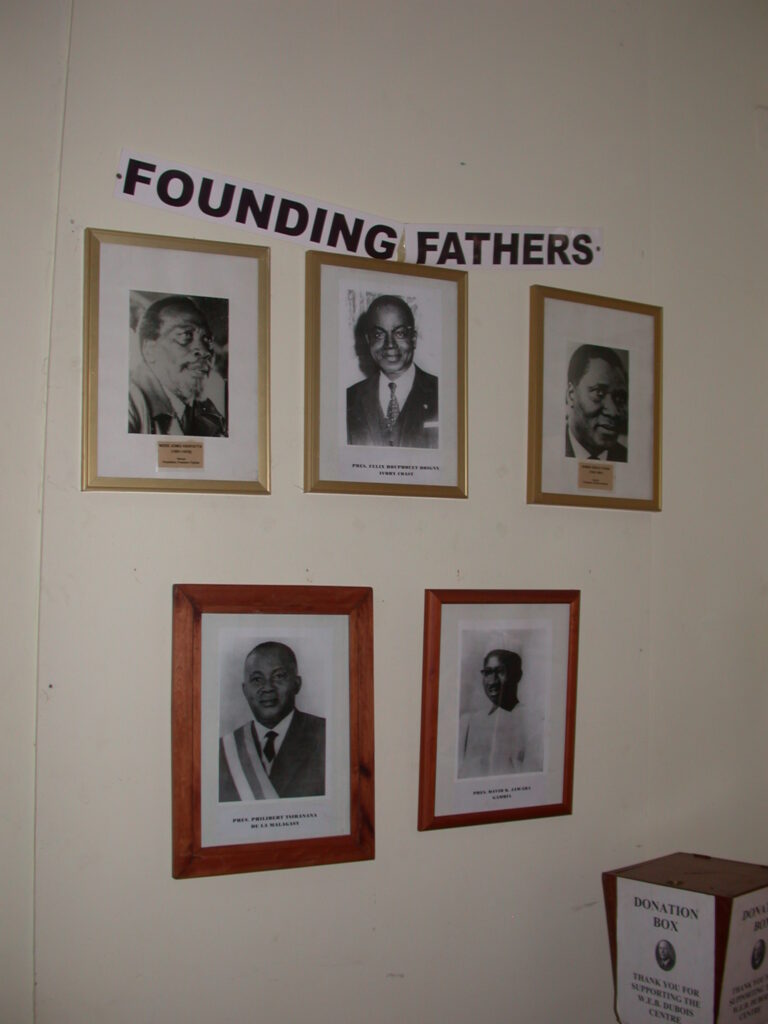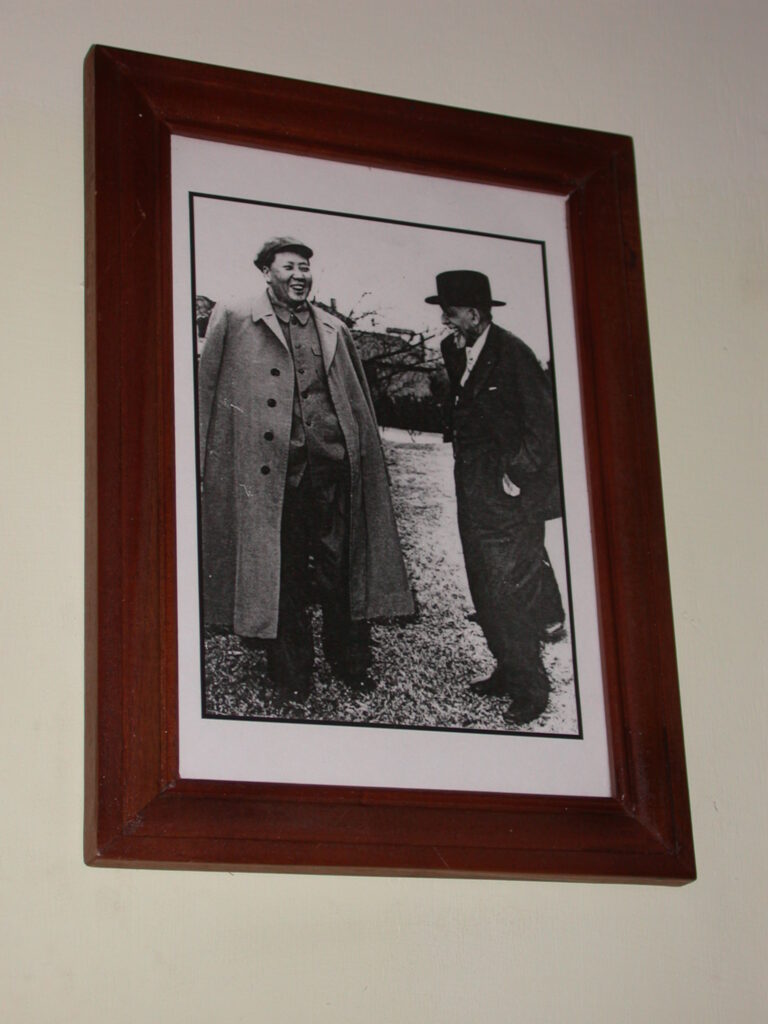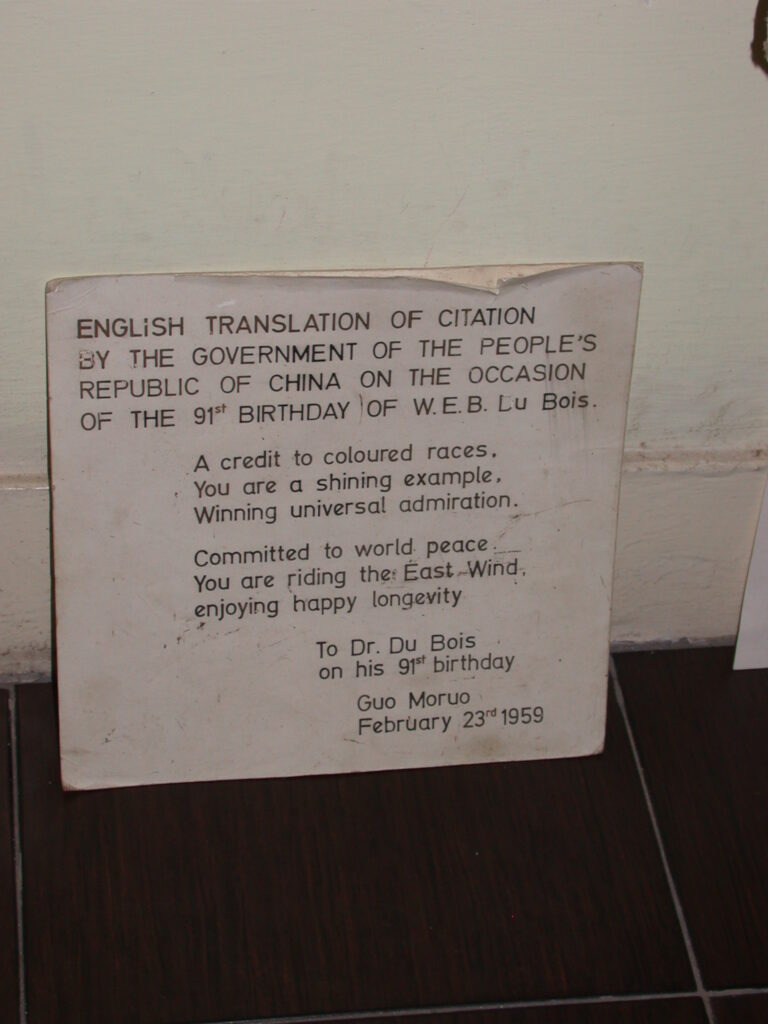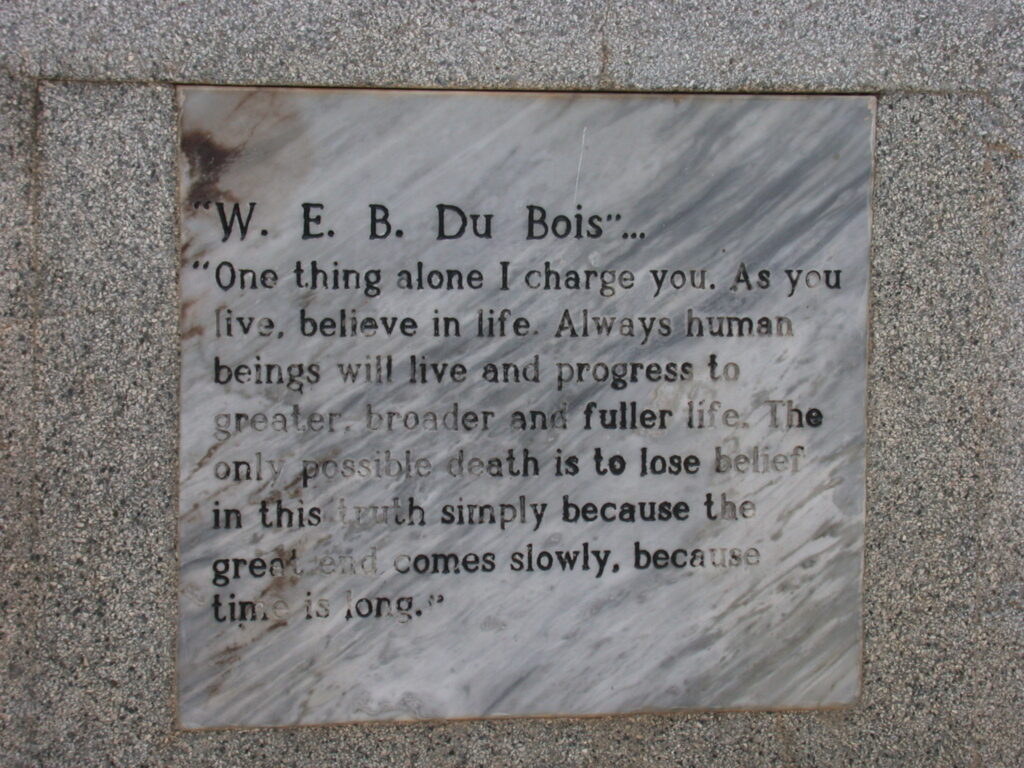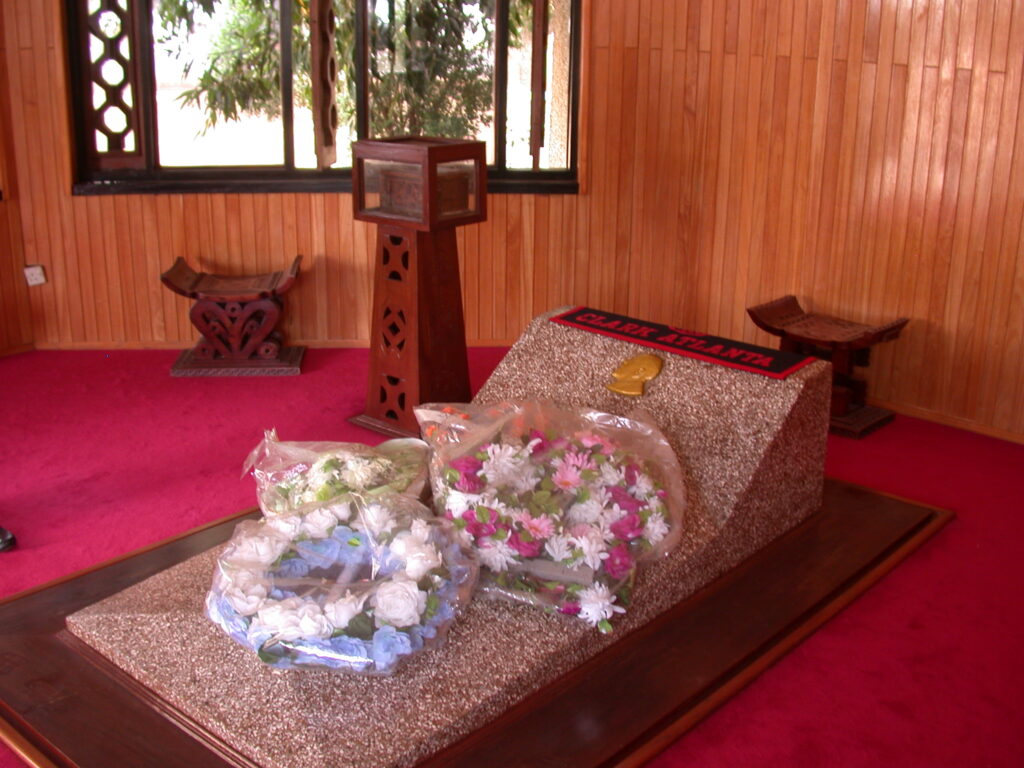Category Archives: slavery
All Wound Up: Review of Bacigalupi’s “The Windup Girl”
A Day in Timbuktu: Sankore Mosque and Sidi Yahia Mosque
Abomey to Cotonou to Porto Novo
Written on December 16, 2007, at the museums, and on December 25, 2007, Fajol Castle Hotel, Abeokuta, Nigeria
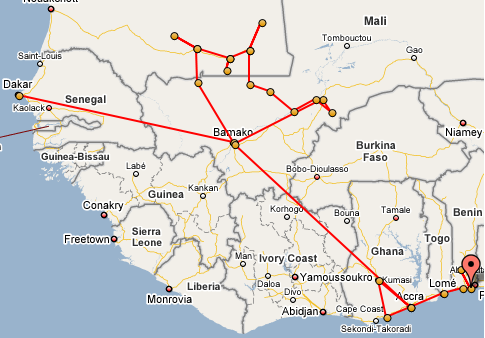
I couldn’t pick up my Togo visa in Cotonou because it turned out it was the weekend, so I headed to the station for Porto Novo.
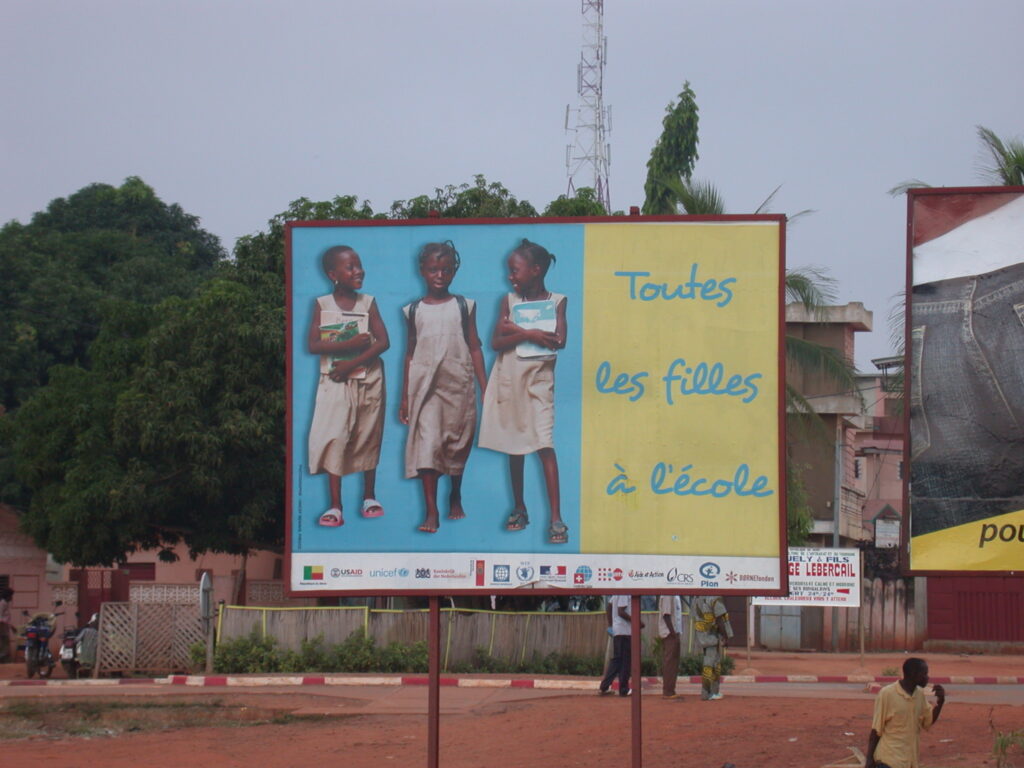
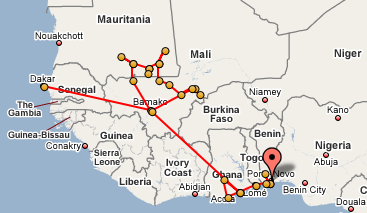
In Porto Novo, I stayed at the amazing Centre Songhaï, which was not only a hotel but also an entrepreneurial venture designed to inspire and empower African youth. I sampled their jams and a variety of juices produced there, including baobab, pineapple, and a bit-too-strong ginger. They had signs up around the premises explaining a bit of the philosophy of the place, including an integrated approach to design and industry.
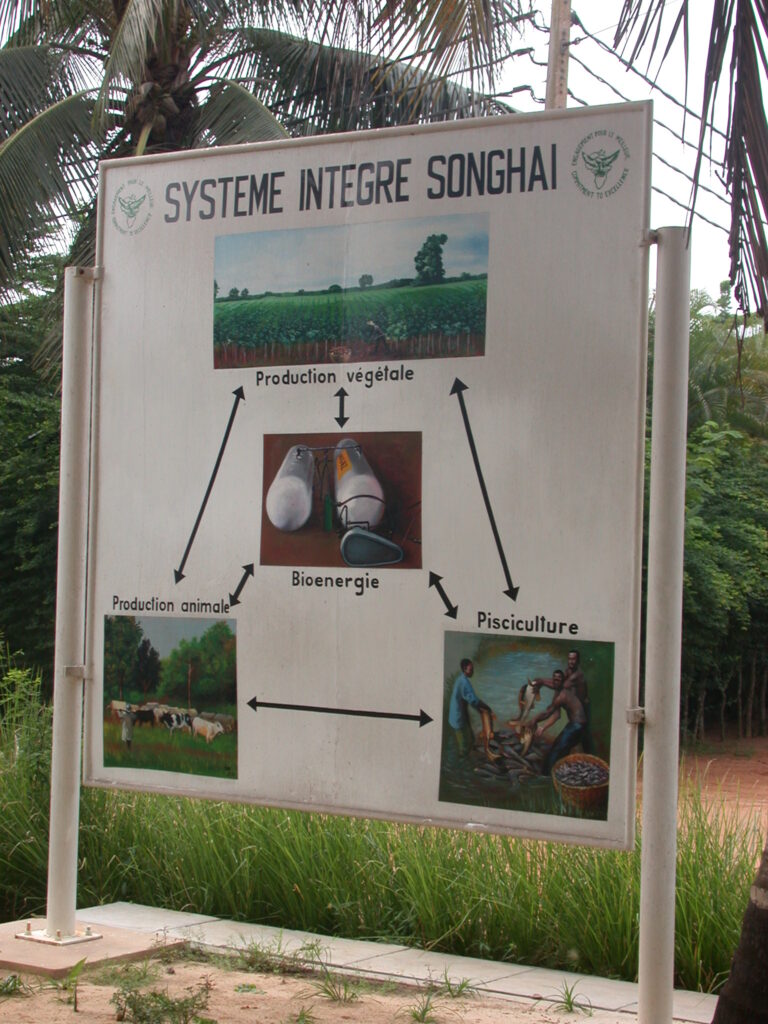
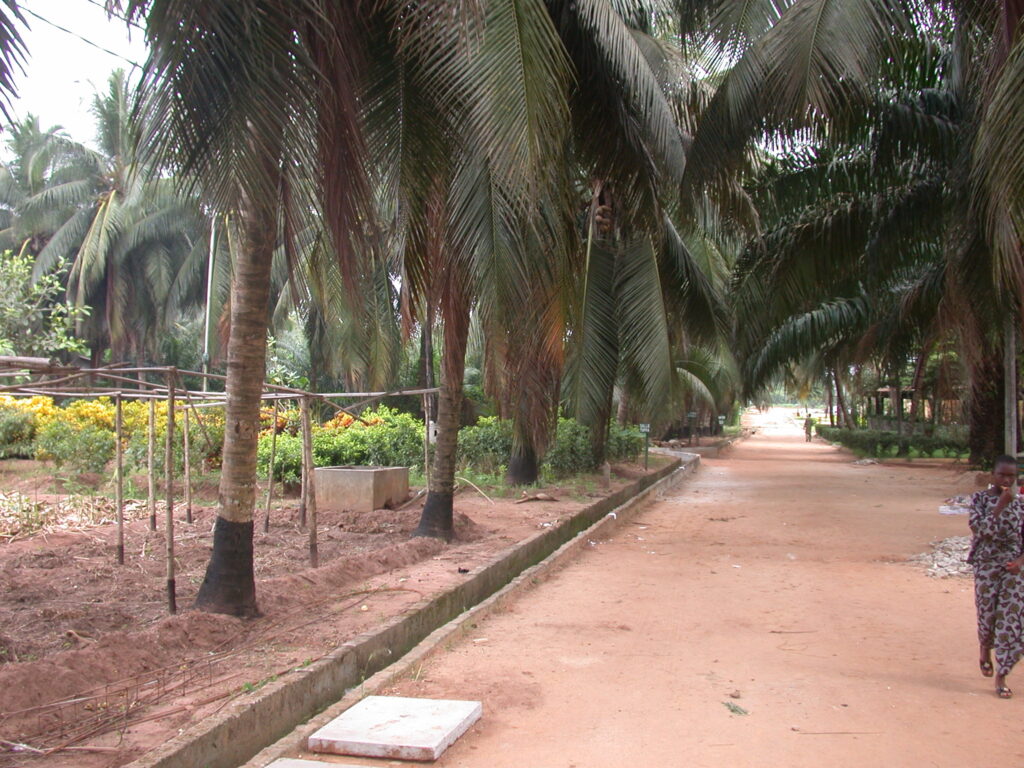
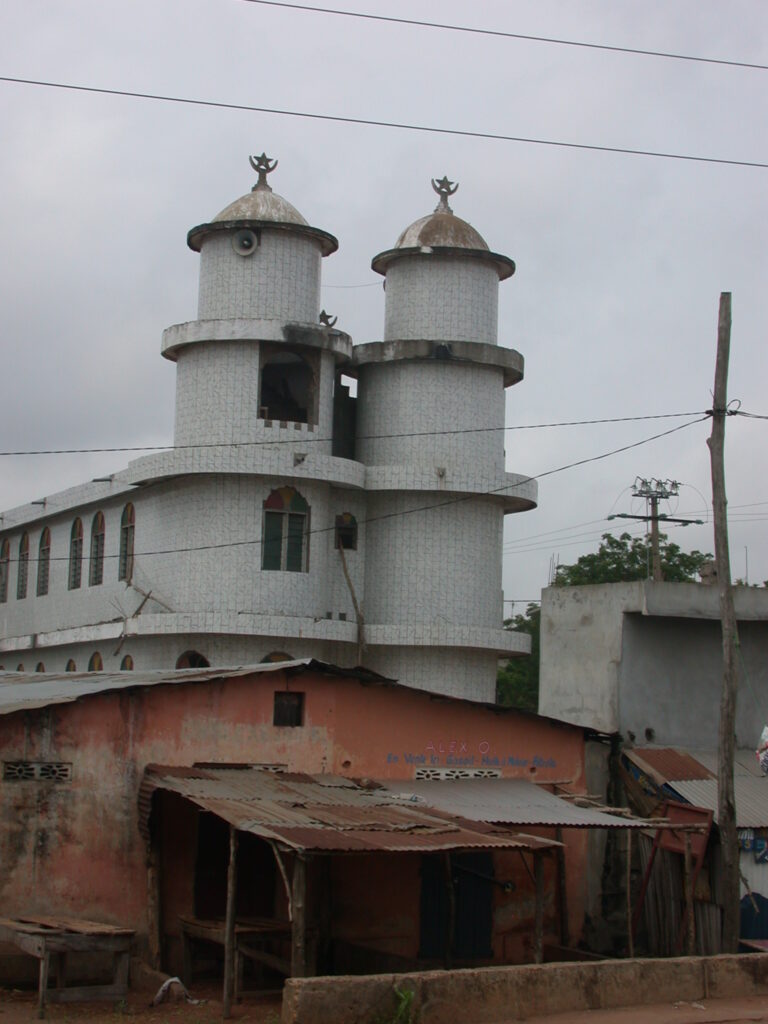
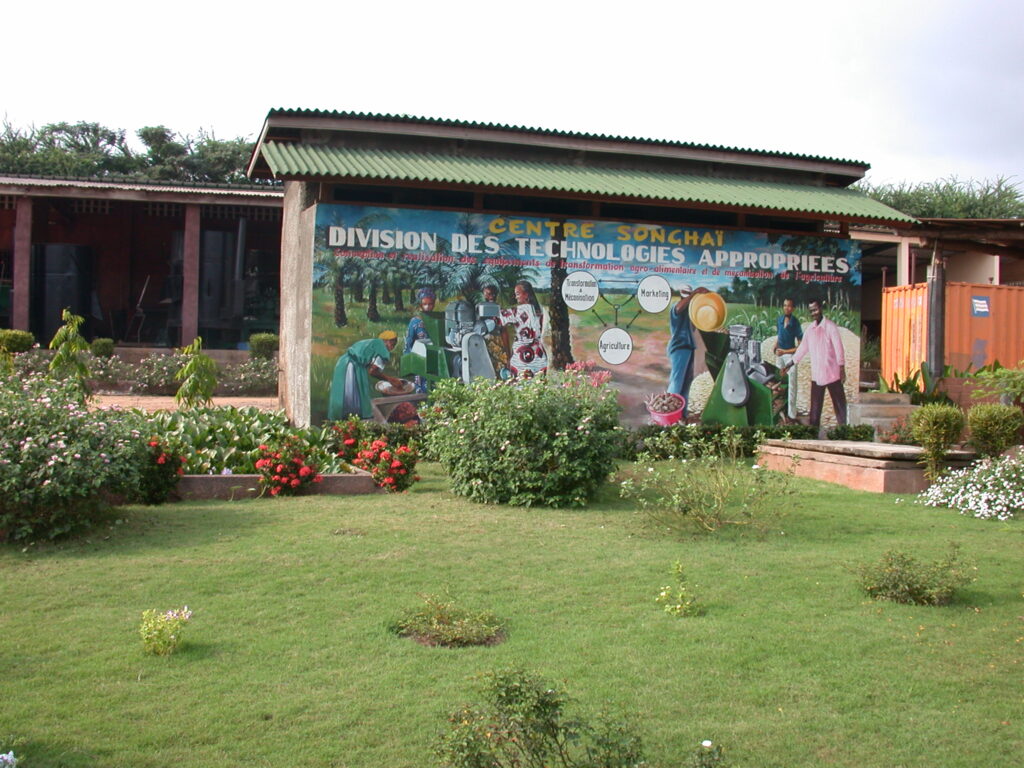
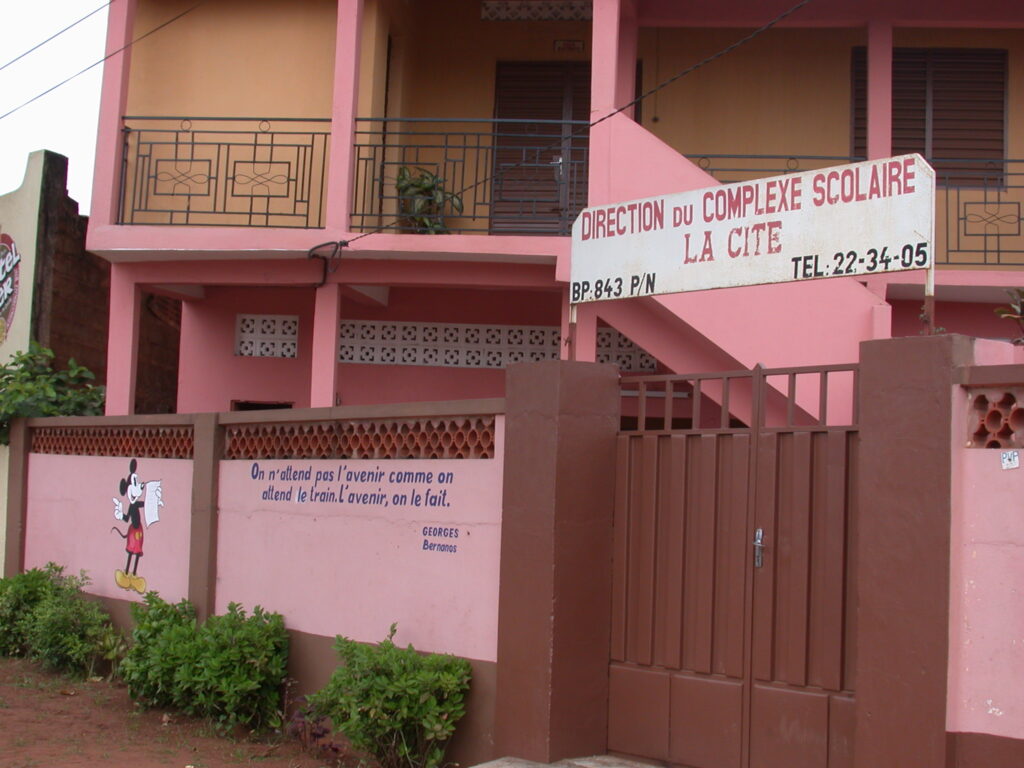
My expedition walking to town included a visit to the Musée Ethnographique and the Musée Honmé.
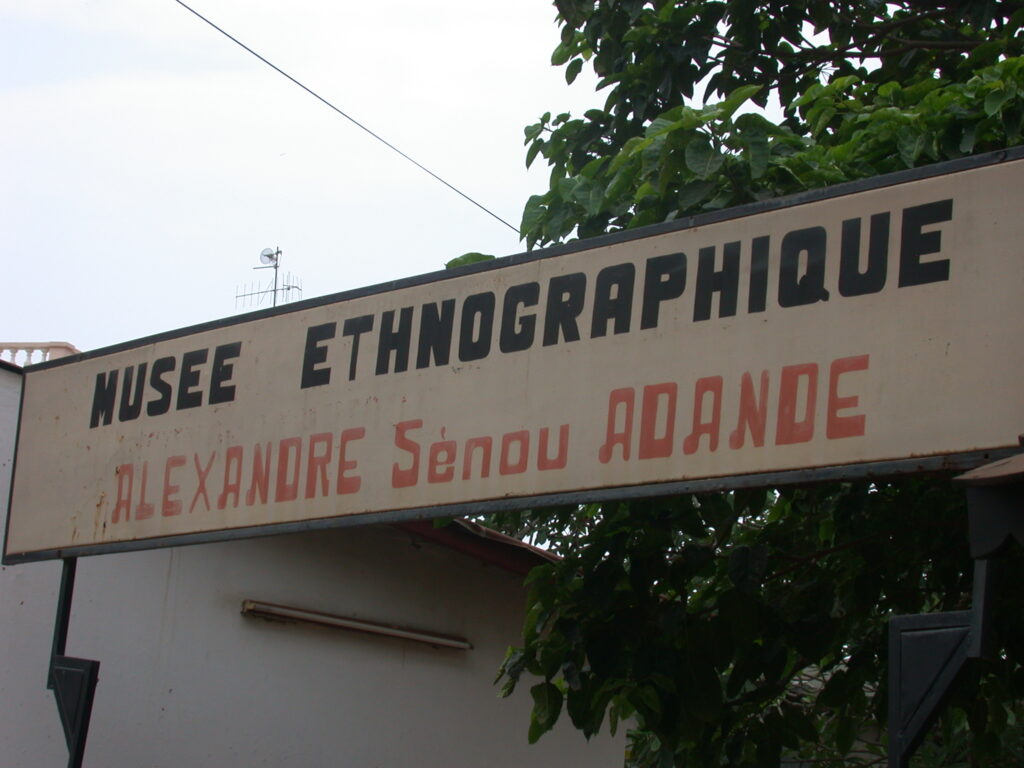
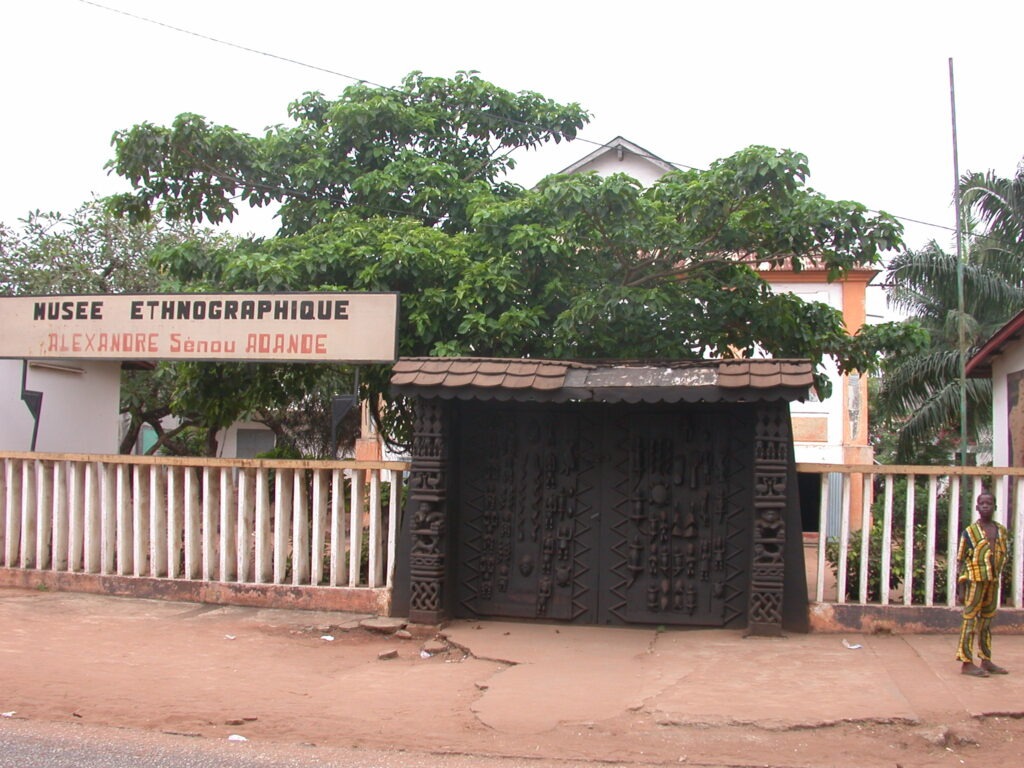
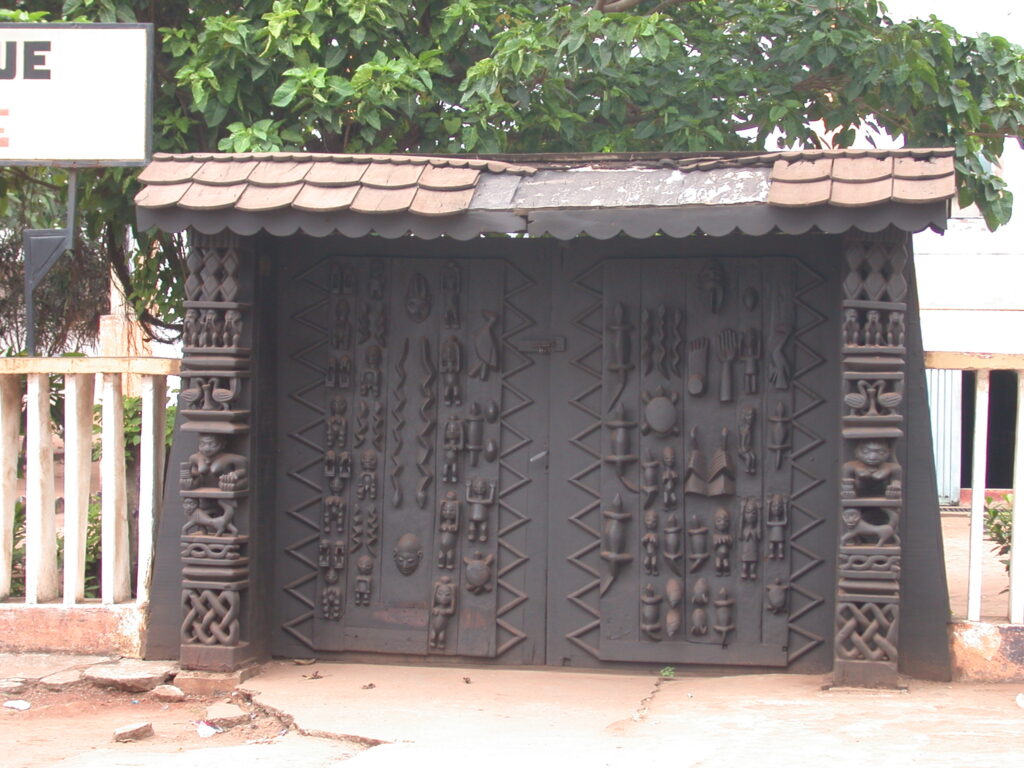
The Musée Ethnographique has exhibits related to birth, life, and death in cultures throughout Benin, including Gelede masks of the Yoruba as well as artifacts related to Betamaribe aka Samba (NW) and Patombou (NE) peoples. Léonard gave me a tour of the museum. There was also a Yoruba “statue” of a man with false breasts and a mask worn on top of his head carrying twins, one in each arm. Yoruba revere women as having the power of life and twins as a gift of the gods.
I avoided a trip inside the Musée da Silva, despite the well-done bas reliefs about slavery on the museum’s exterior, and despite the admonitions of a fellow hanging out on the street who worked there.
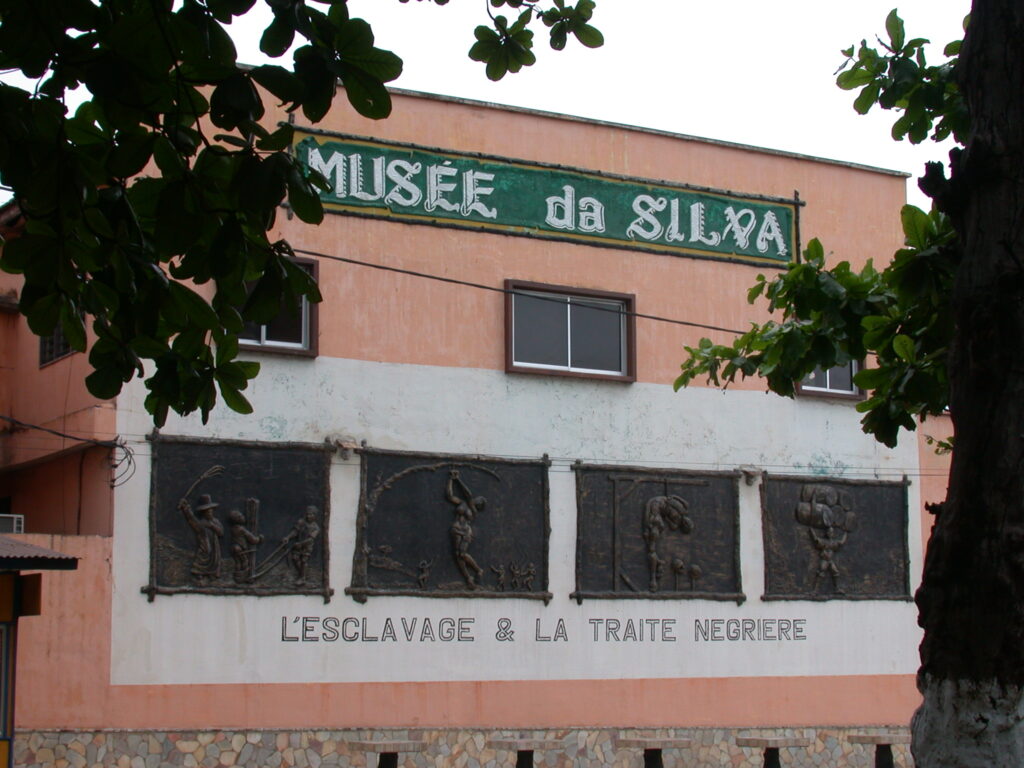
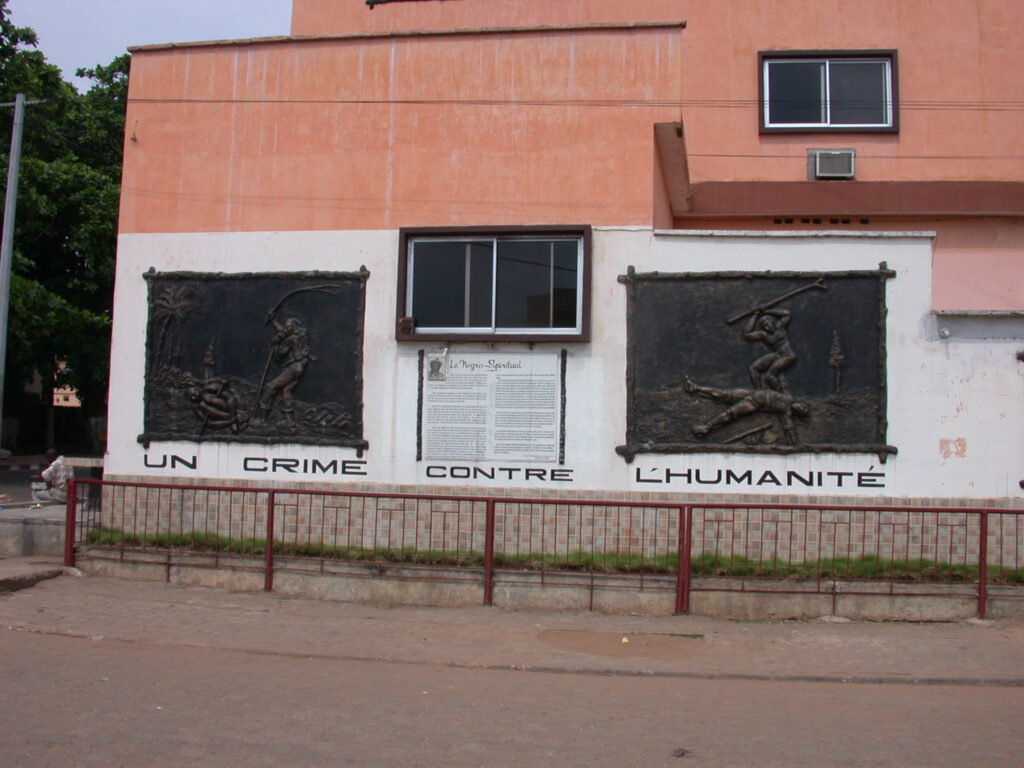
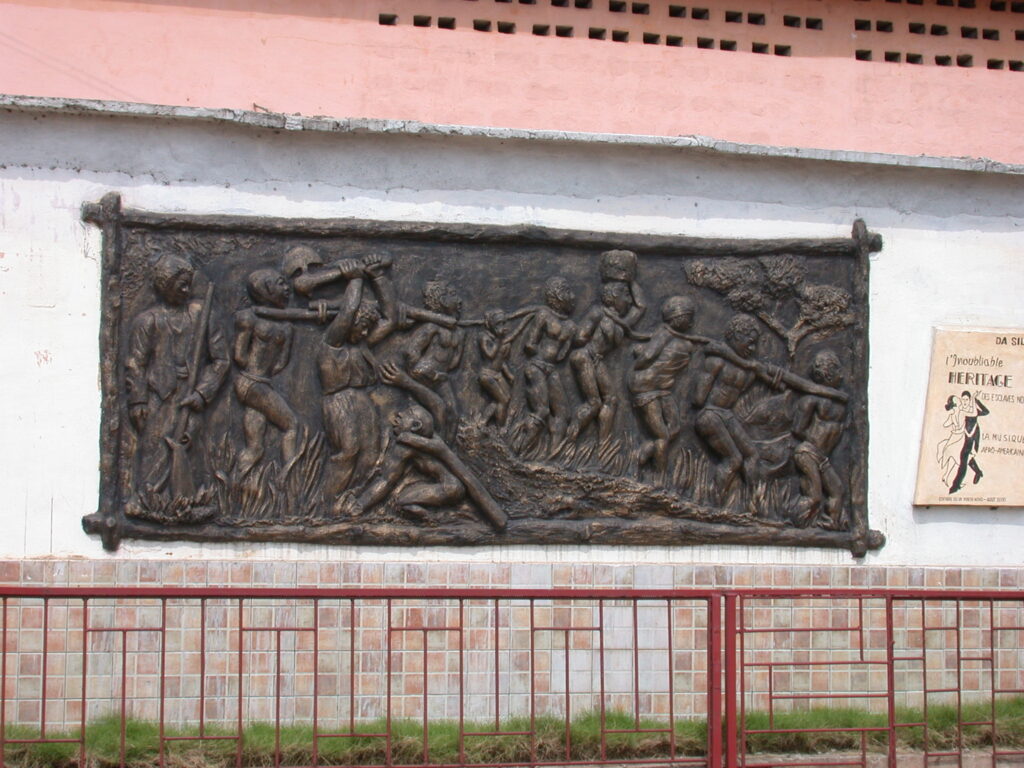
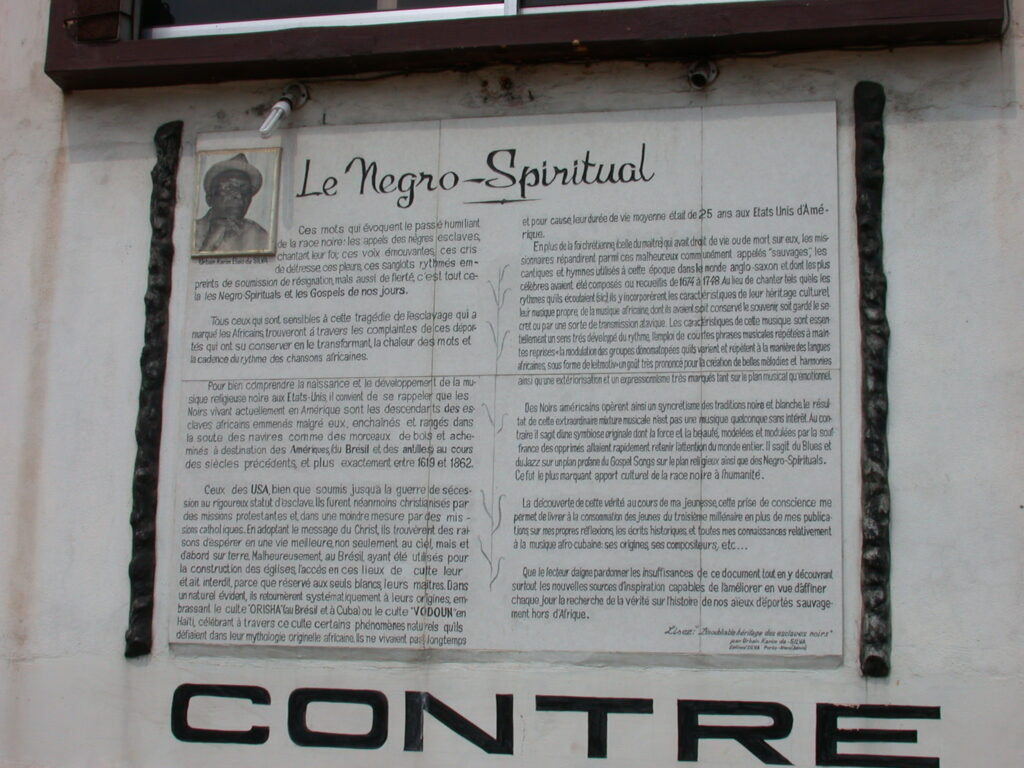
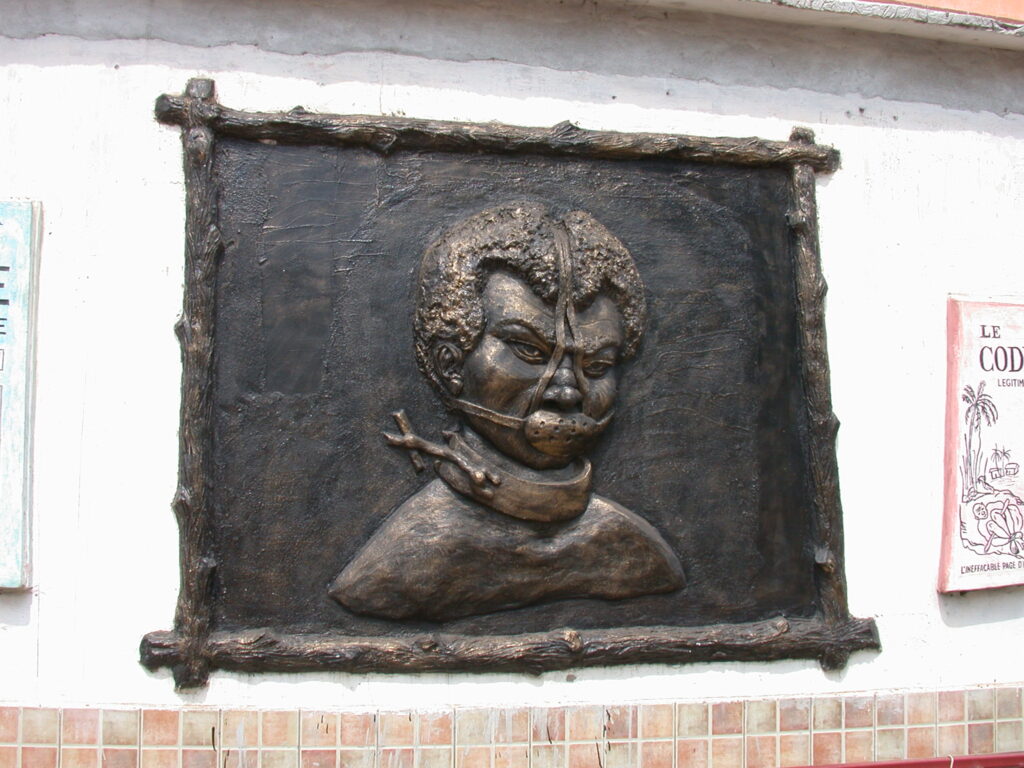
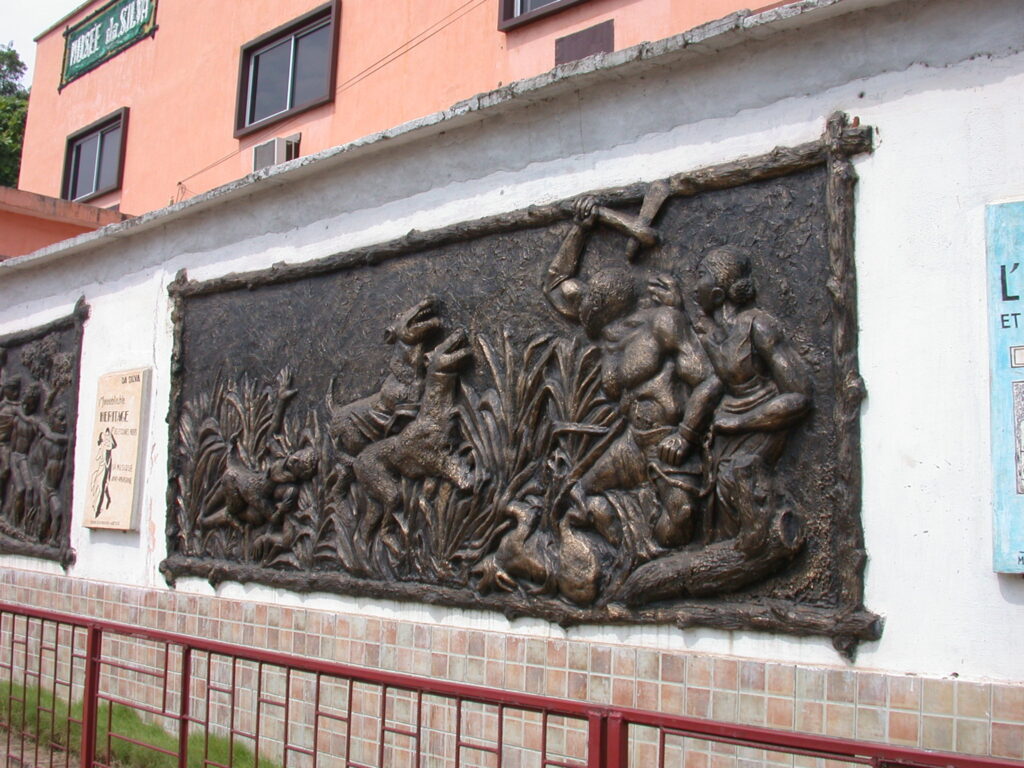
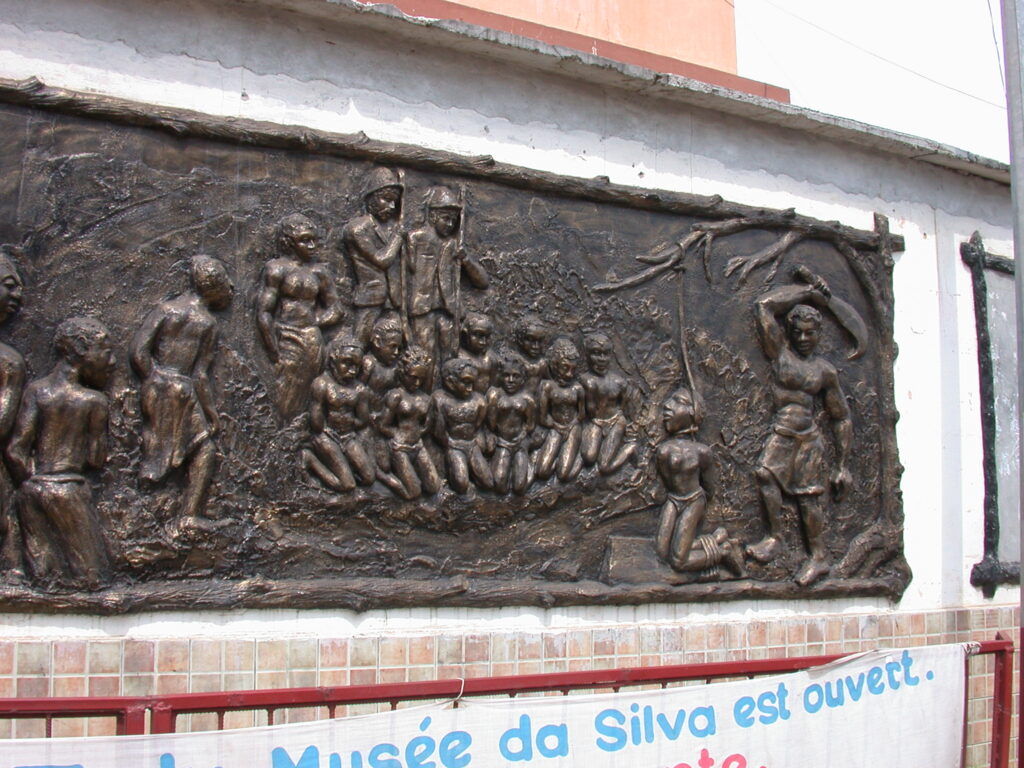
I came across this temple-like edifice labeled Zangbeto Kphkli-Yaou with a fascinating altar on the premises.
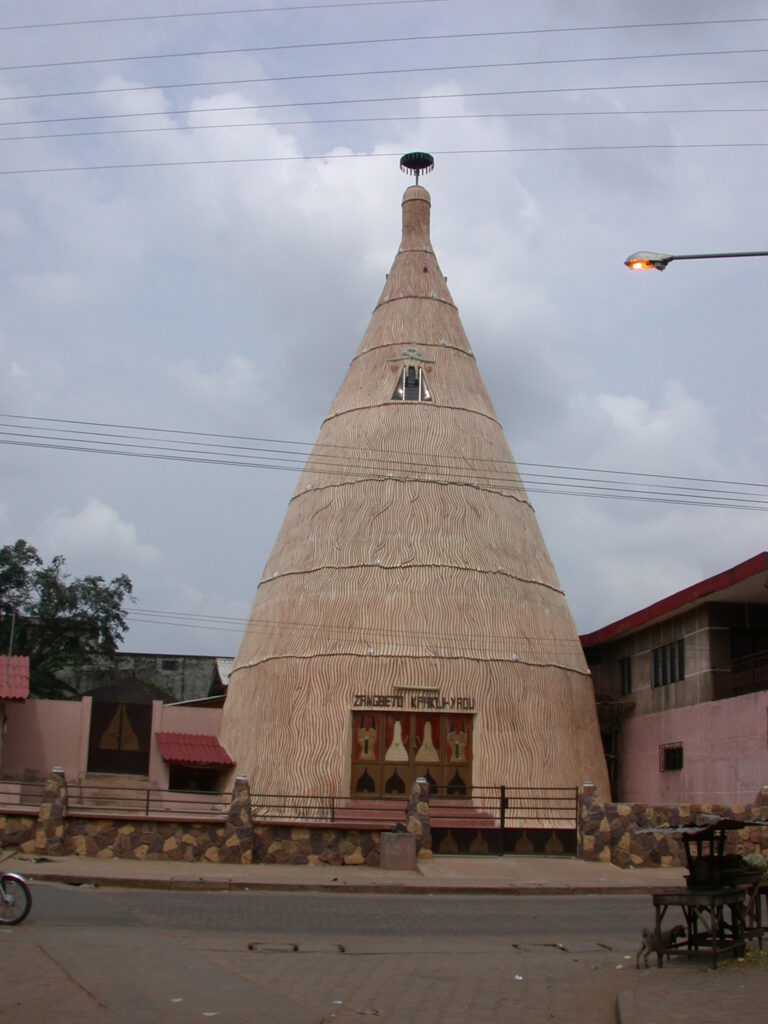
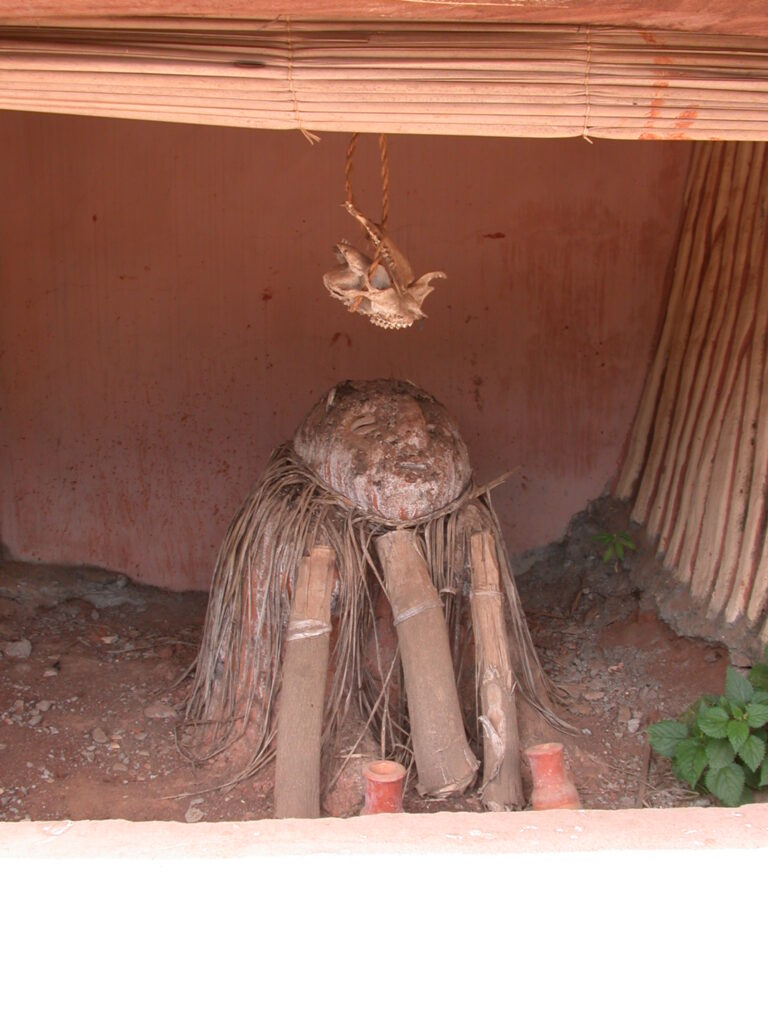
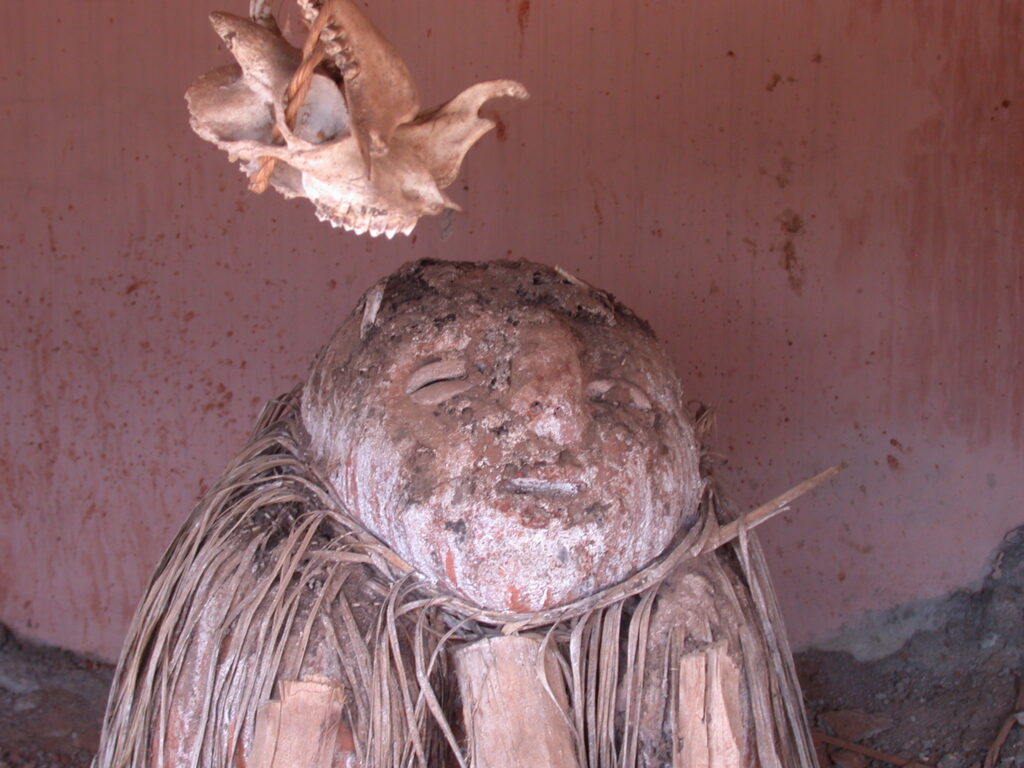
The Musée Honmé was the palace of the kings of Porto Novo from the late 17th to 19th centuries.
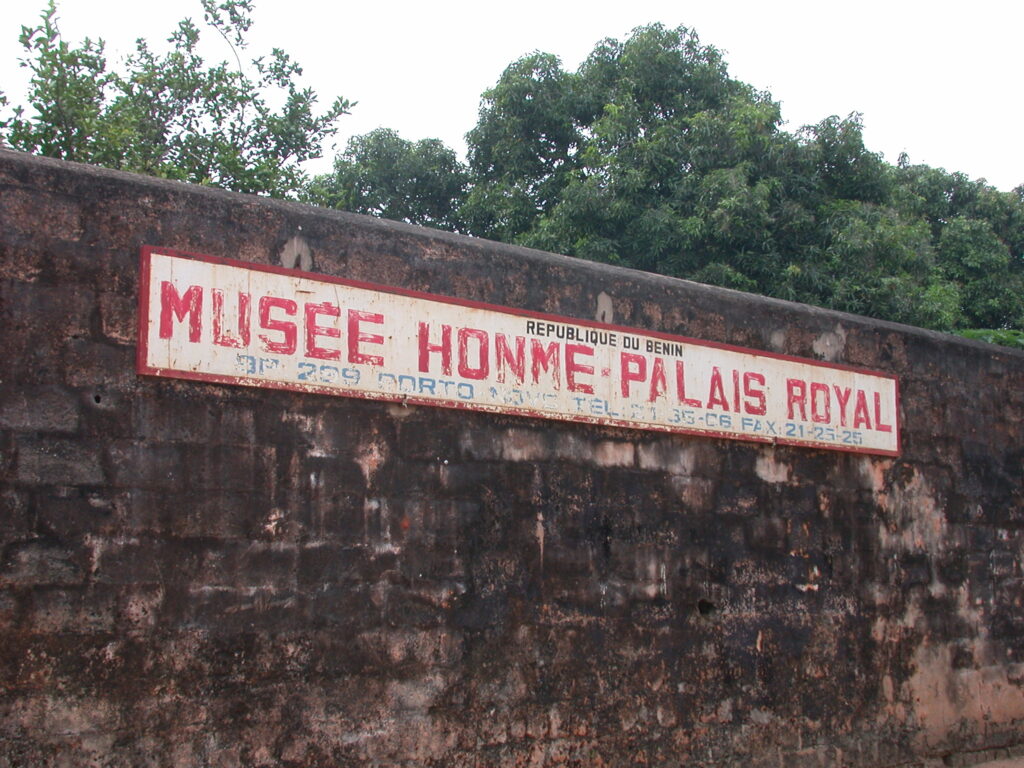
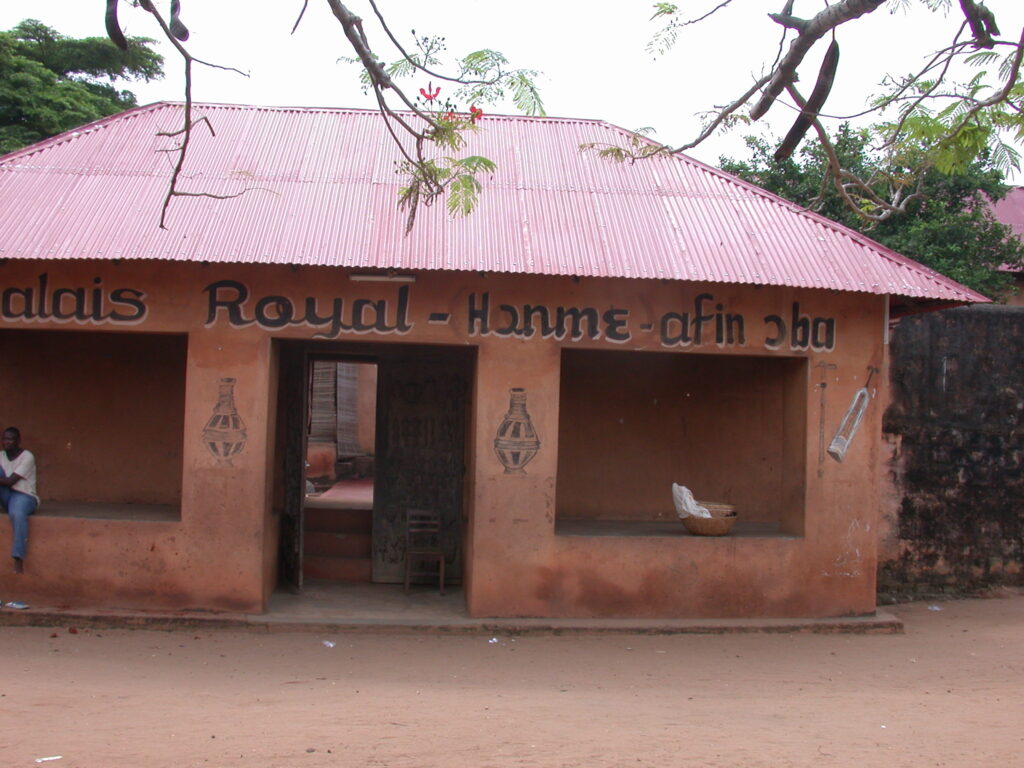
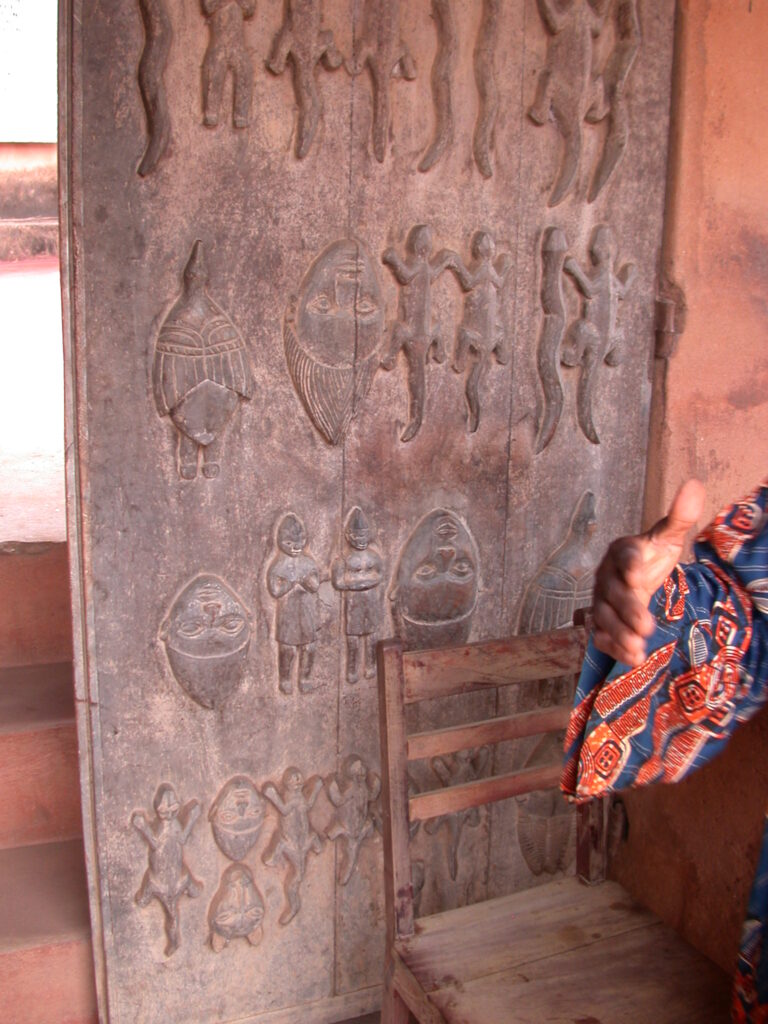
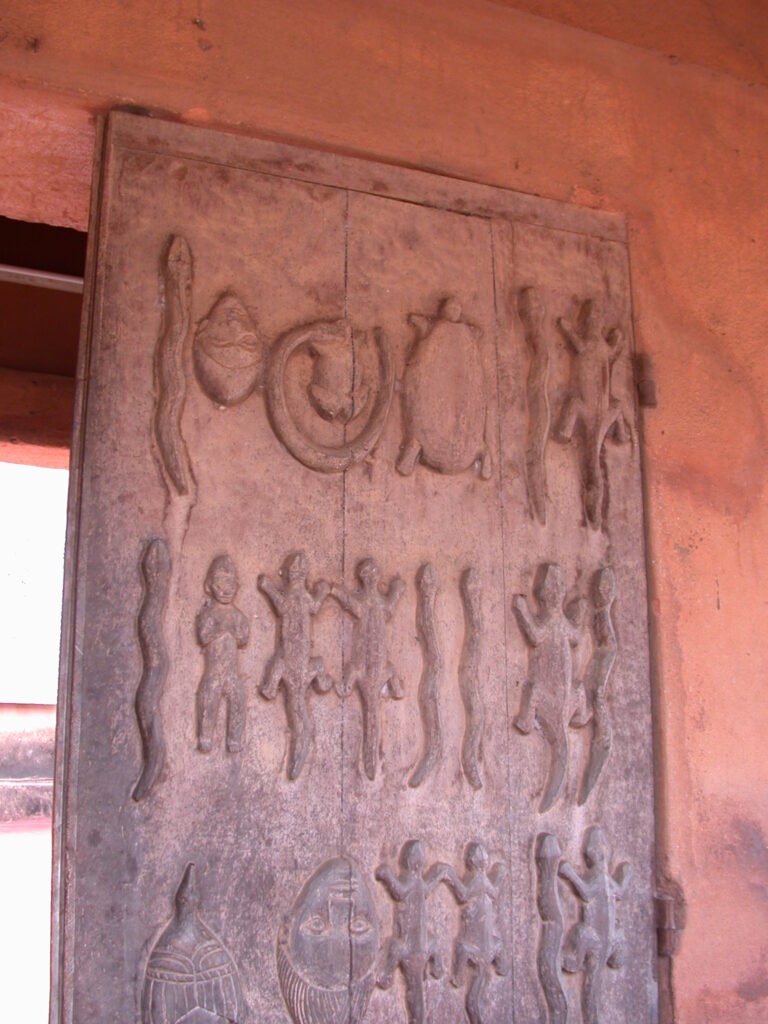
Currently under renovation with a guide who explained very well the history of the place. There were courts of the king, the queen mother, a gri-gri room for the king, the “chambre noire” for committing royal suicide, a kitchen with a divinity used to check the food for poison by a change in color, a tree of justice and some prison cells, the king’s toilet, the queen’s bathing area (although they lived elsewhere and came to the palace for 21-day stays during which they danced for the king in hope of being chosen to spend the night with him). Cannon were purchased for 15 male slaves or 21 female slaves from the French and perhaps also earlier from the Portuguese. A waiting room for visitors used so the king could check with a divinity about their intentions. Also had a mound representing Legba, a protective divinity, and representations of other divinities, as well as metal houses for ancestors. The king didn’t die — he went on a voyage. He didn’t bathe because he was always proper — he just refreshed his body. He didn’t eat — he adored the food.
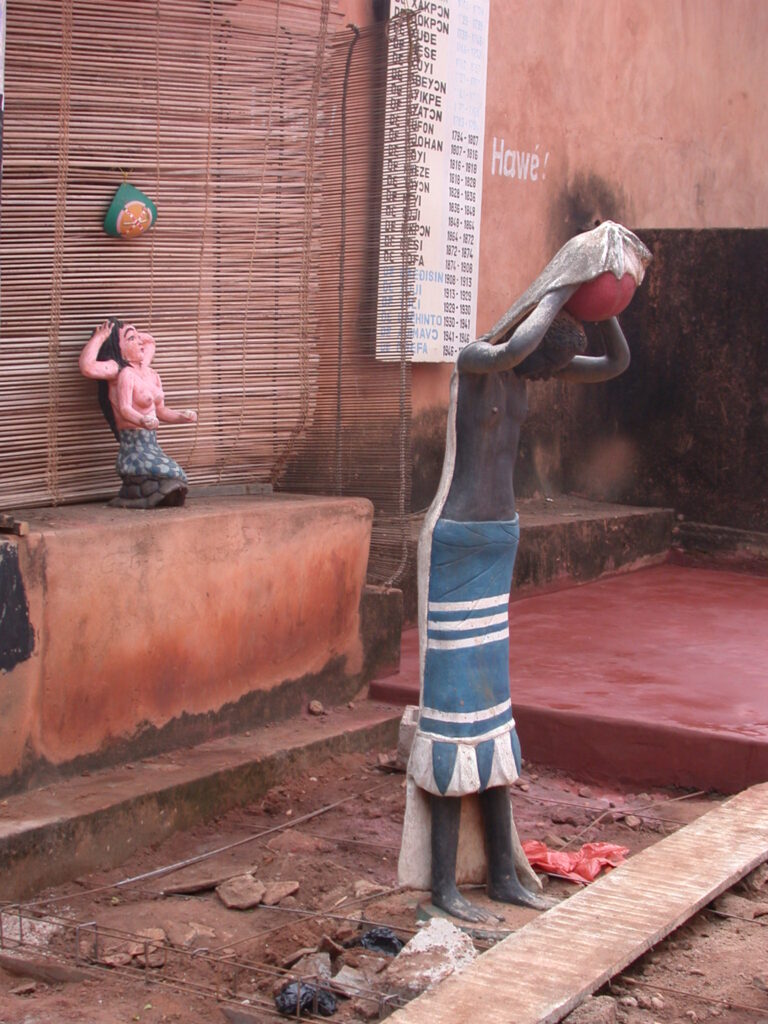
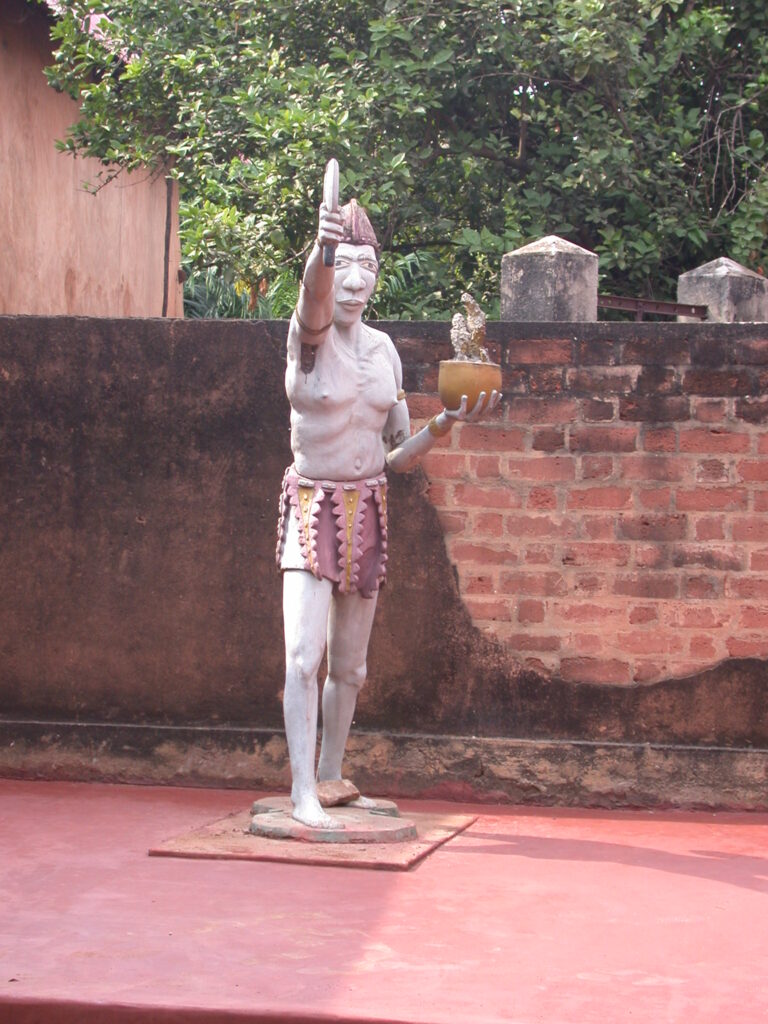
Returning to the hotel, I relaxed, ate dinner, and visited the Internet cafe. I also met the Director of the Songhaï Center who helped me clear up a billing problem for telephone calls that wouldn’t work properly to the U.S.
Ouidah Voodoo
December 10, 2007, Ouidah, House of the Sea, “Houhue”
I’m waiting for a voodoo ceremony to begin at the palace of the the one known here as the Supreme Chief of voodoo worldwide, Daagbo Hounon Tomandjlehoun-pkon. The ceremony is for some adepts who will finish their initiation after nine months in the convent. I don’t know if it’s a coincidence, but note that is the usual time for a human pregnancy. Each adept follows a particular voodoo deity.
Earlier today, I met the chief, and Nangbo Hounon the woman chief. They give orders to their followers. After entering his room and removing my hat and shoes, I followed the example of his son and my guide to the place and bowed before the chief on my knees putting my head to the ground. I rose and we chatted. He asked if I was well received in Ouidah and I said I was. He asked for a gift and I gave 5000 CFA plus later another 2000 CFA for two of his male relatives who showed me around the place. The chief told me to return around 2pm to take photos and to see the ceremony for the initiates.
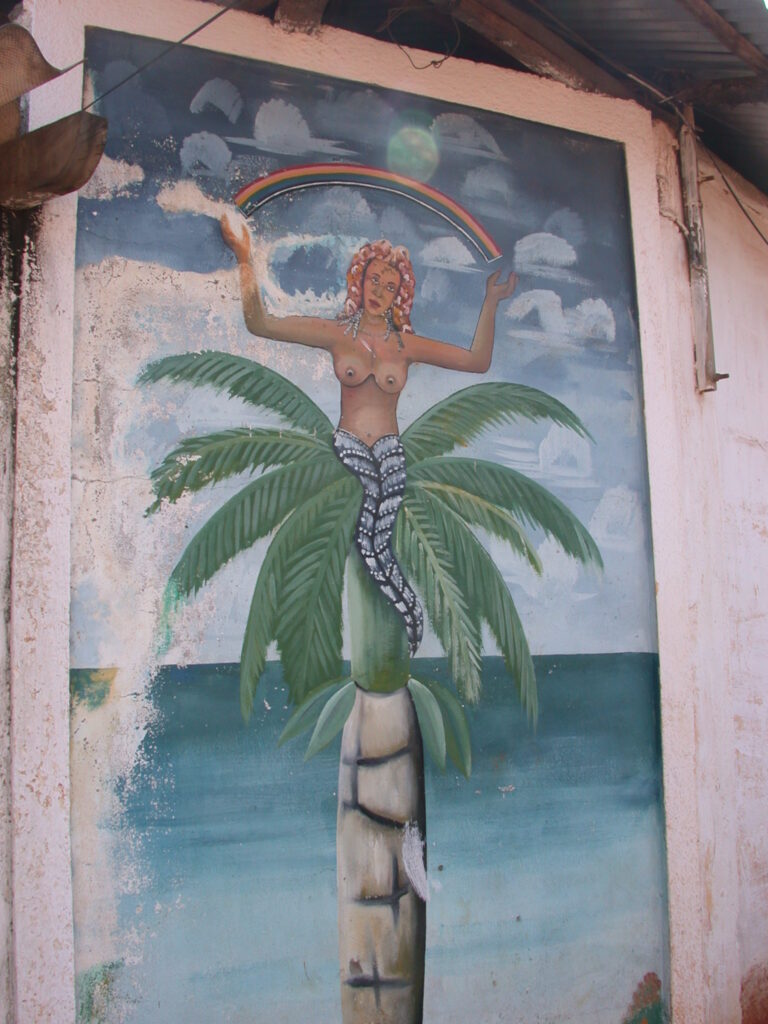
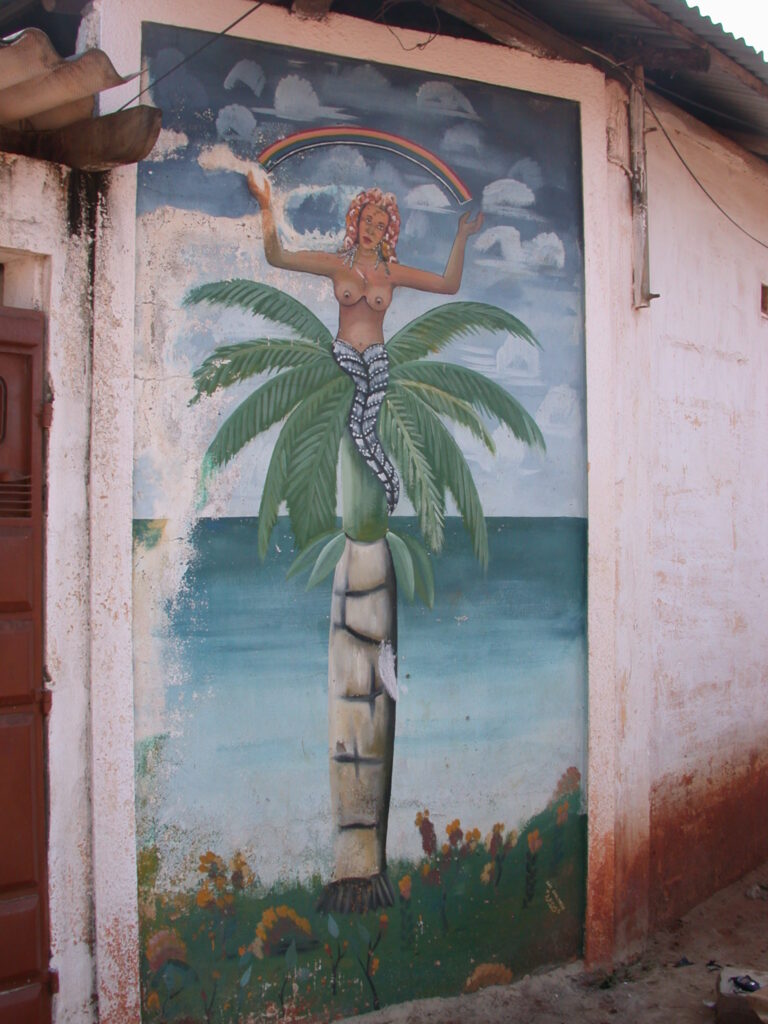
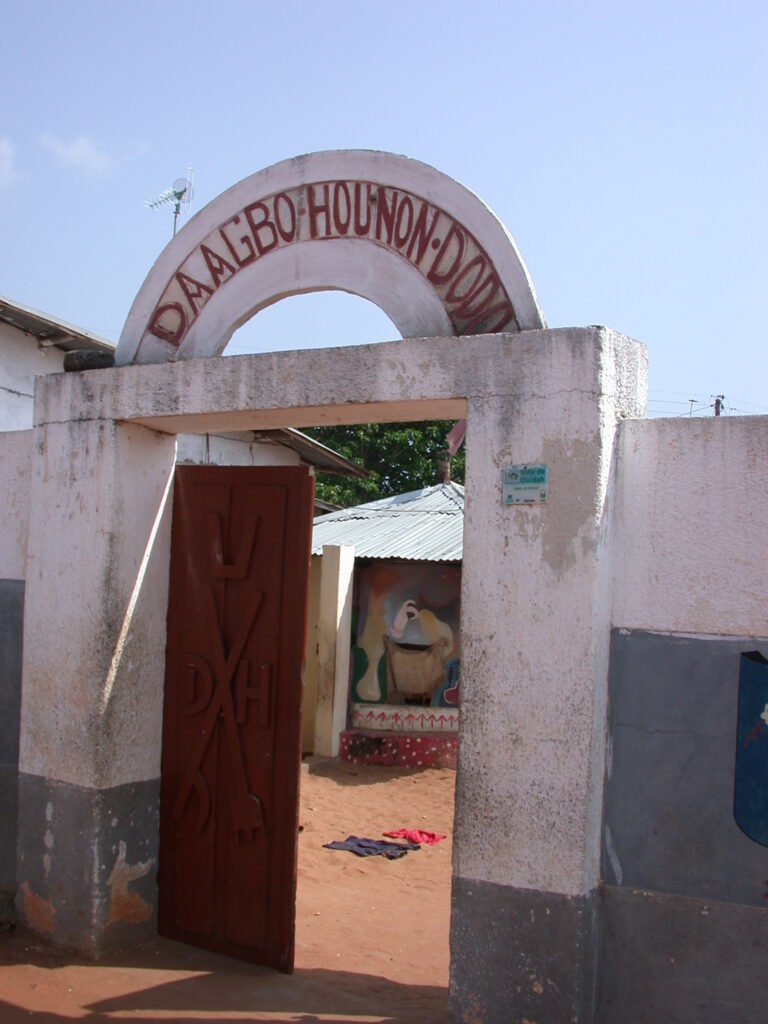
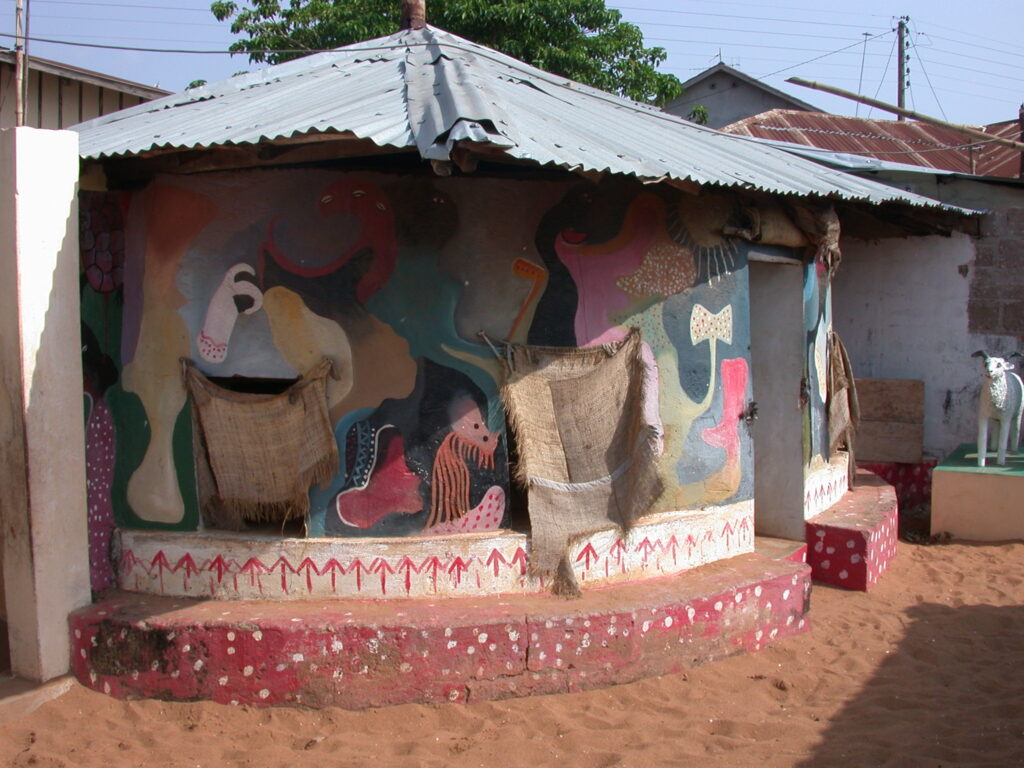
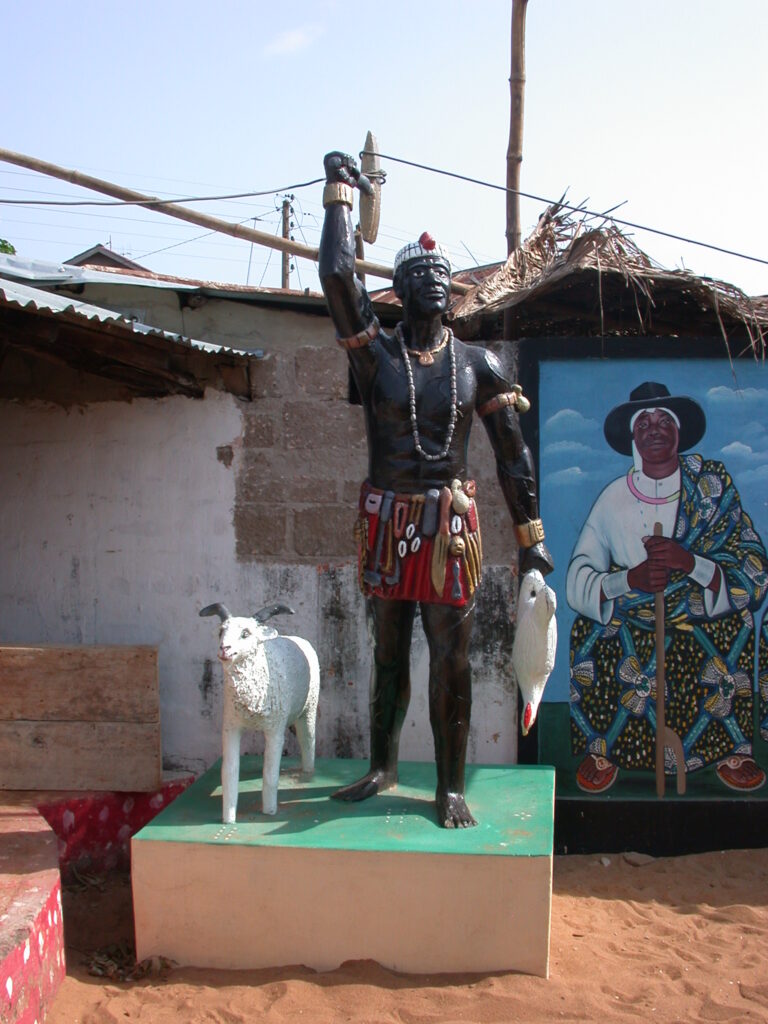
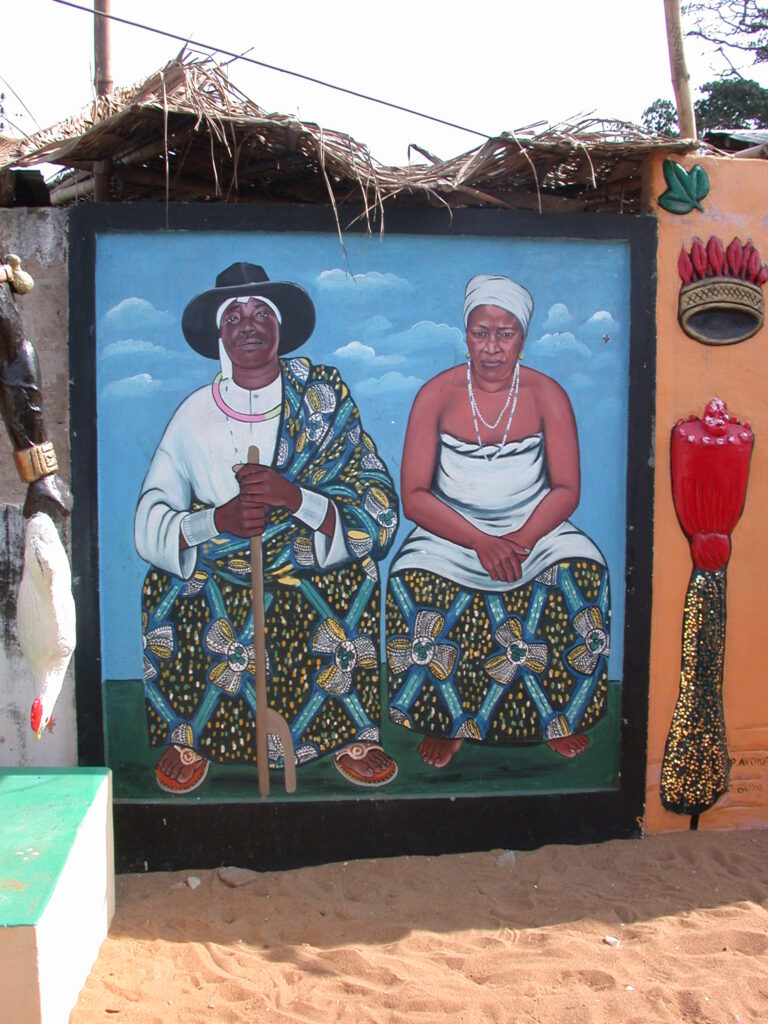
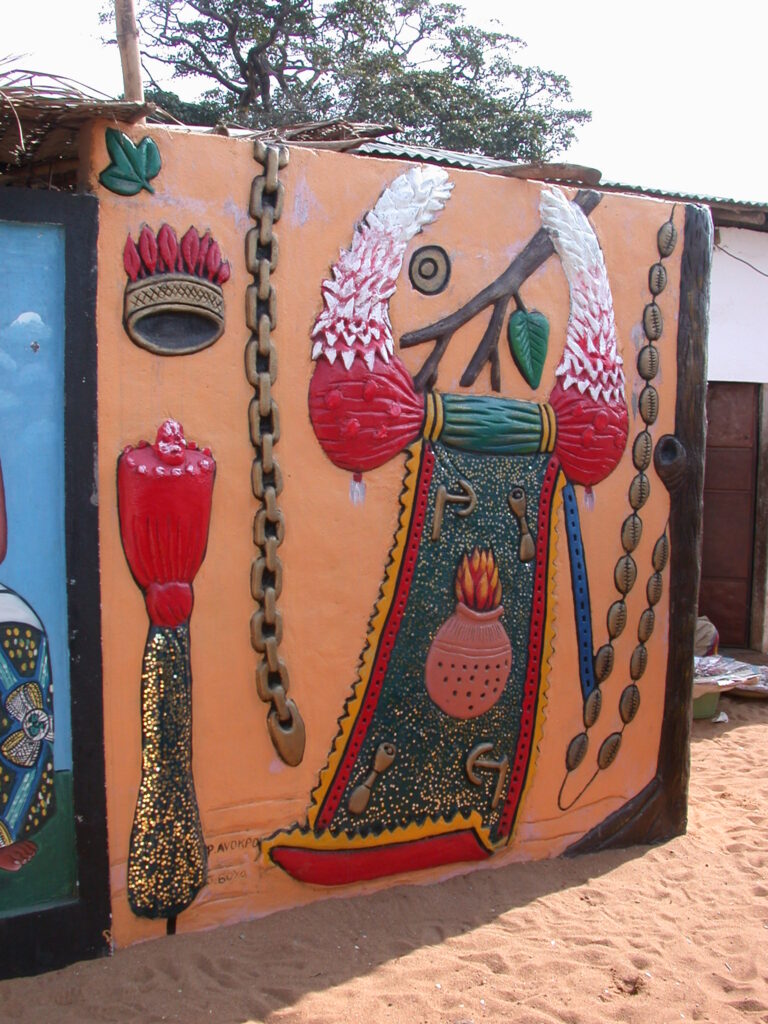
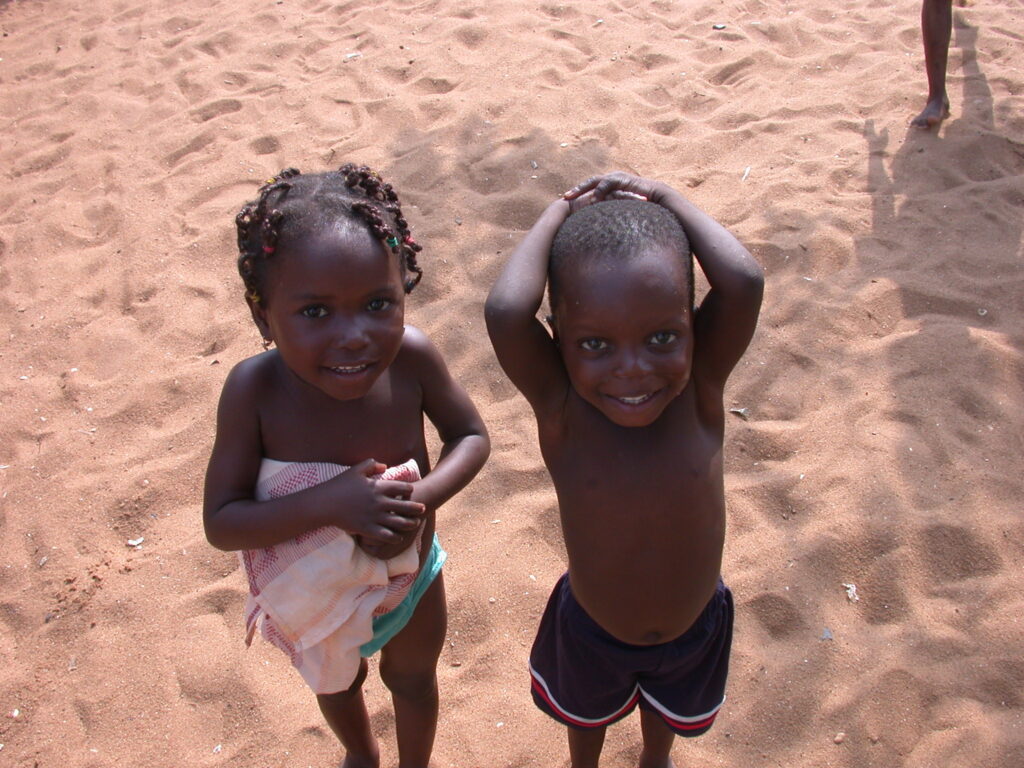
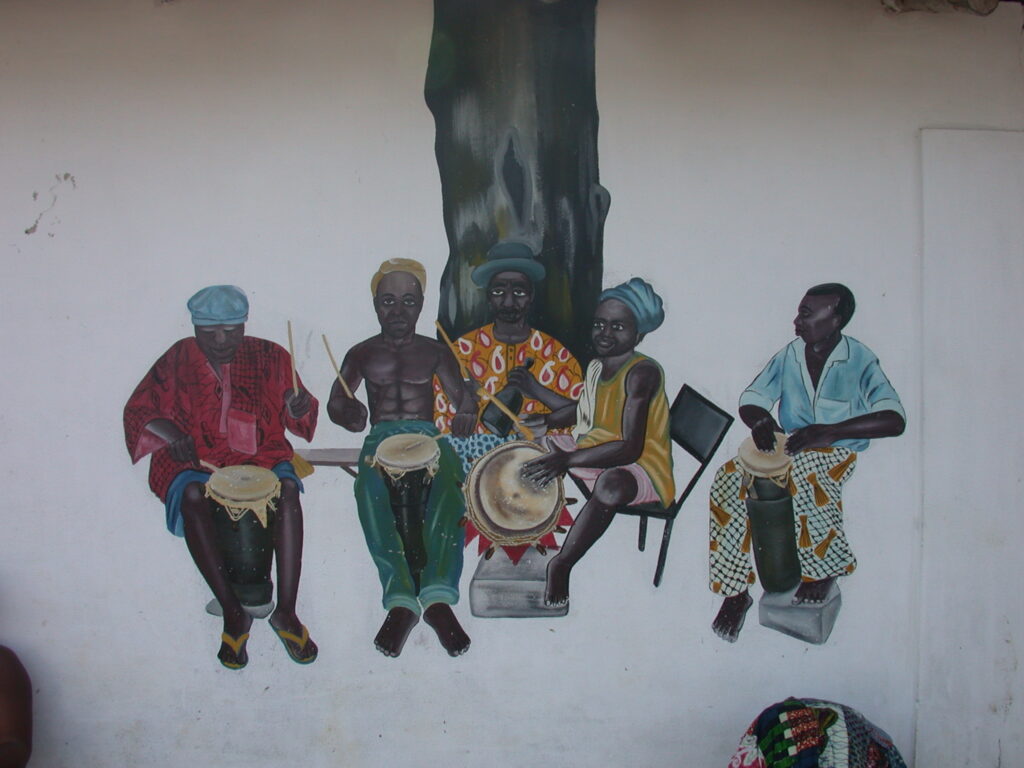
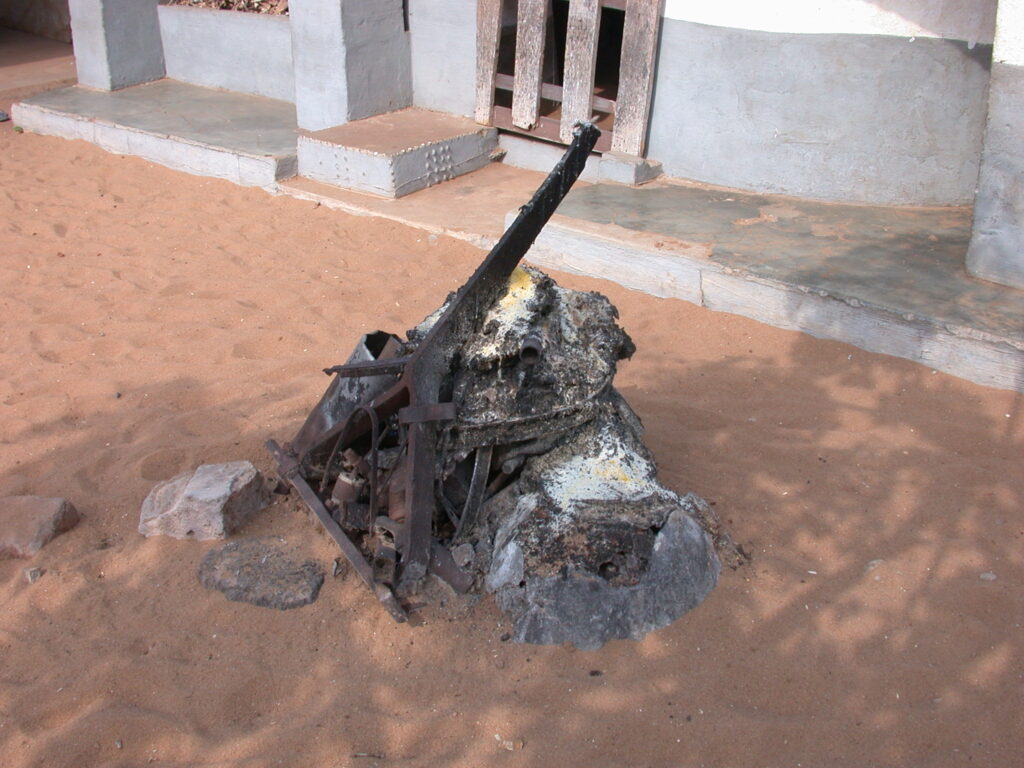
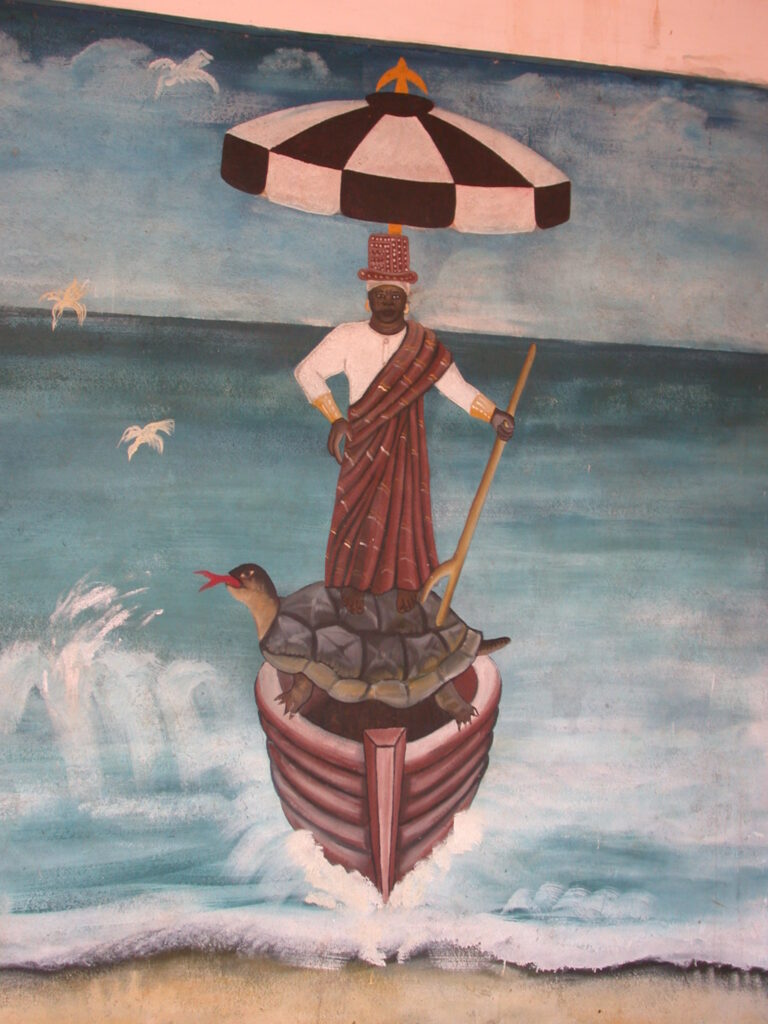
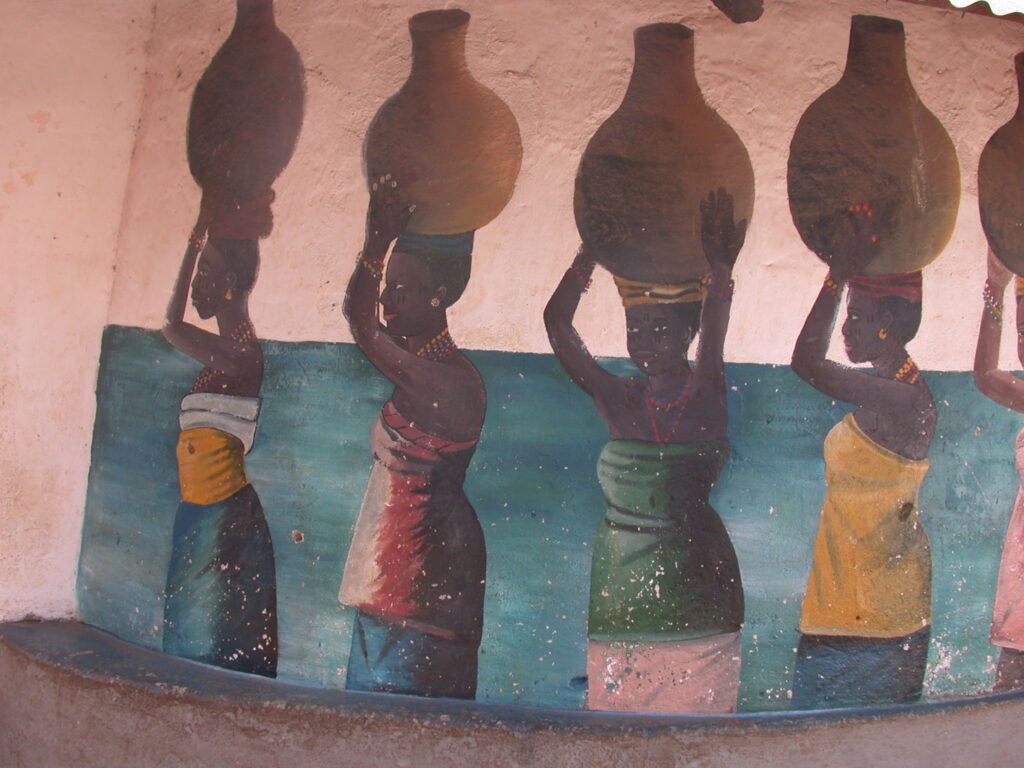
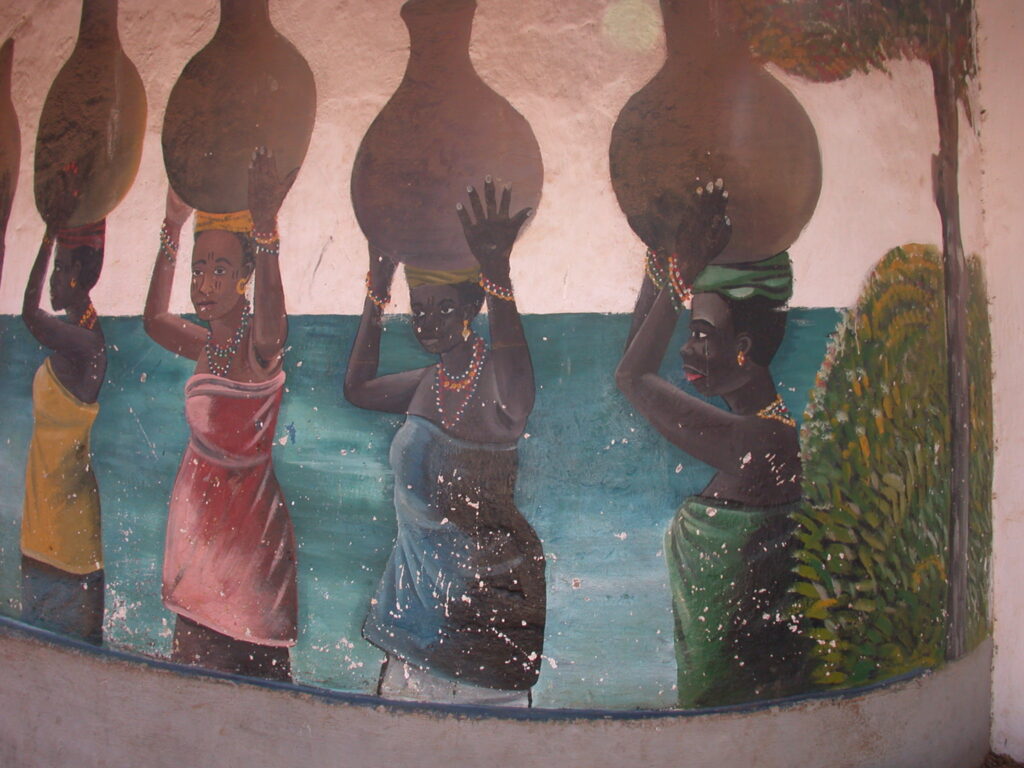
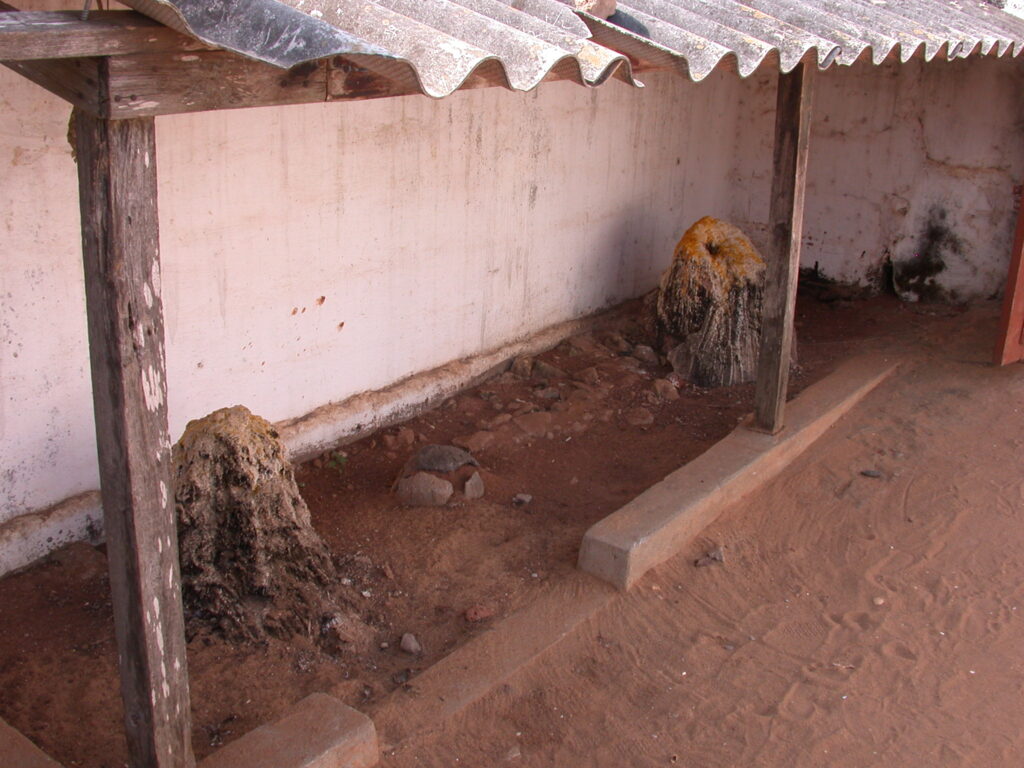
The current chief was enthroned on June 25, 2006. He was chosen by the oracle from among the Hounon family members. There is a fetish priest who tosses a cord to divine who will be the next chief. The ceremonies to install a new chief take two years. Have a look at the mural of Daagbo’s lineage in the last picture above (no longer available), which is a link to a photograph on Bernard Cesarone’s site.
The people here are well aware of the links they have with their relatives spread across the sea to Brazil and other locations, especially because some Brazilian slaves were repatriated here.
W.E.B. DuBois Memorial Centre for Pan African Culture in Accra, Ghana
I’m in Cape Coast, Ghana
My trip to Cape Coast was successful.
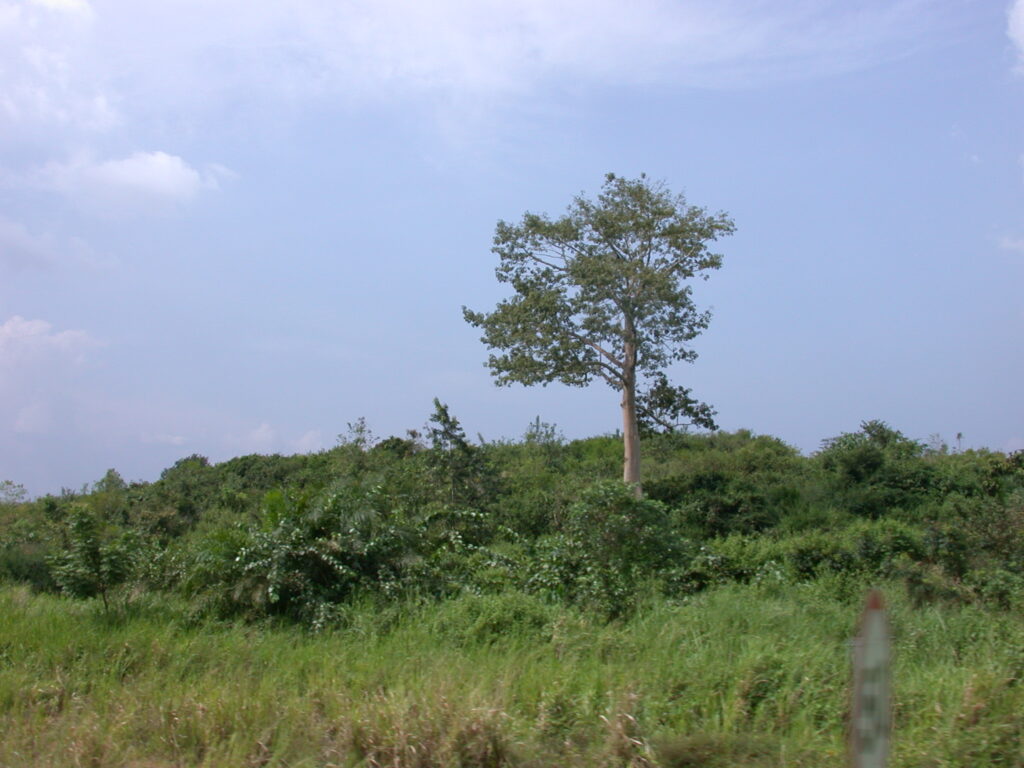
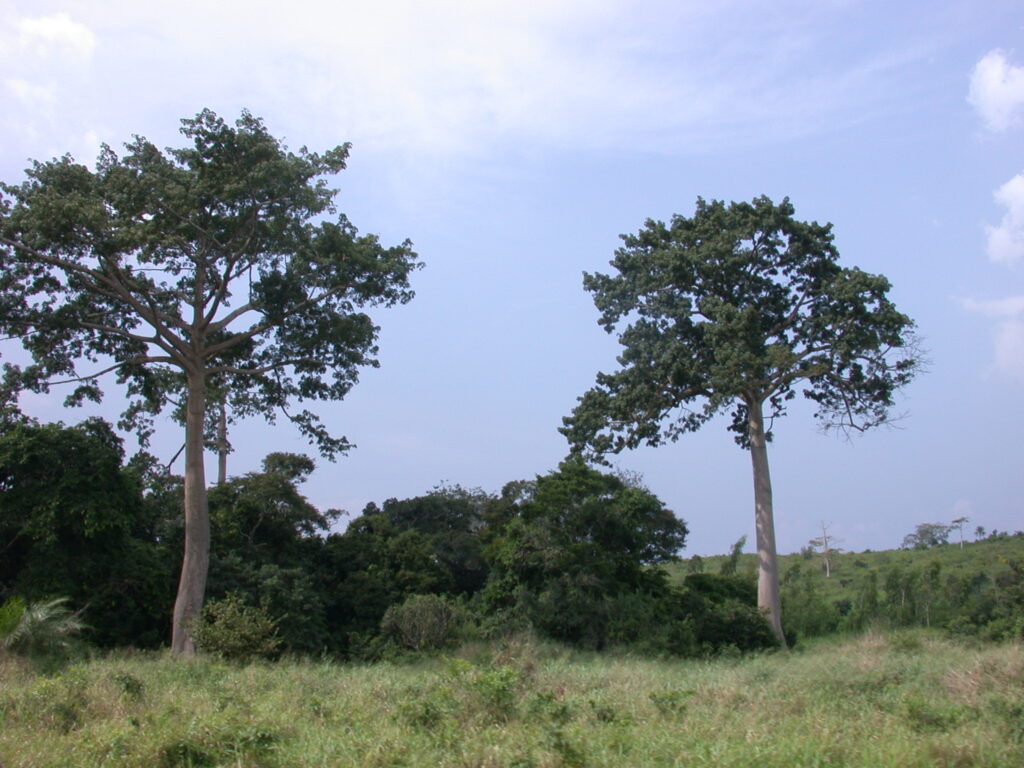
I stayed at a nice hotel on top of a hill called the Prospect Lodge. I met a nice guy on the bus named ???. Ghana overall has much less litter than the other West African countries I’ve visited so far, due to a government campaign to get people to dispose of litter properly along with the trash pickup at least in major cities like Accra.
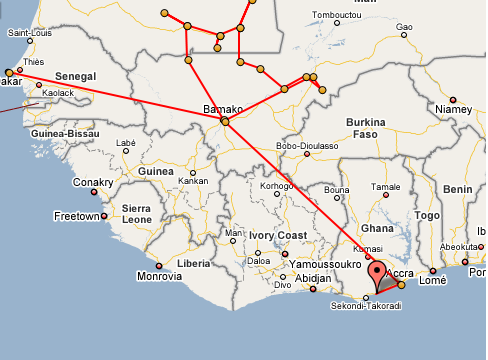
Cape Coast has a main street. I walked from the hotel past a statue of a crab down to the port area and then past a lagoon in search of a vegetarian restaurant called Assase Pa currently closed for renovation. Instead I ended up at the Castle Restaurant where I ate redred, a bean dish.
It was a dark and somewhat stormy night, at least in the sense of rough seas. A guy wandering on the beach, saw me and came in to sit by me in the restaurant. By now, I’ve grown suspicious of most unsolicited encounters and I was right to be suspicious of this one. After awhile, he made his pitch for 2 cedis, i.e. more than US$2! I just told him “no” and he wandered off. I walked back to the hotel to find the jeans I’d washed already quite stinky with a mold or something from the moisture.
The following day I headed off to Elmina to visit the slave fort there. On a nearby hill is Fort St. Jago (first picture below).
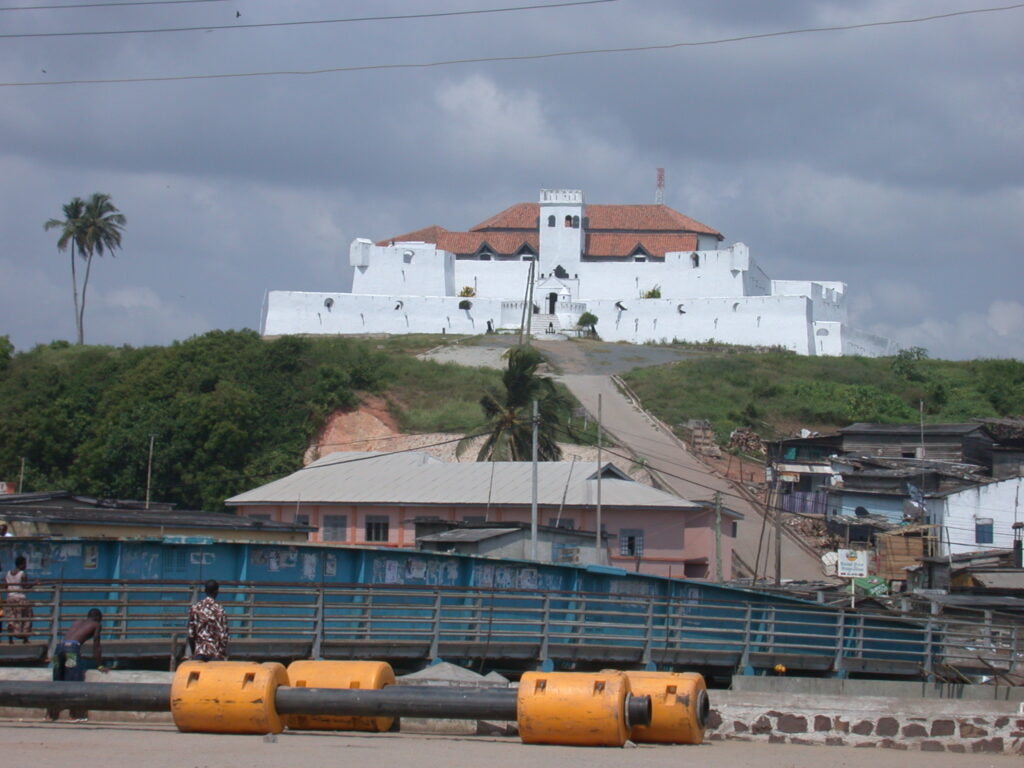
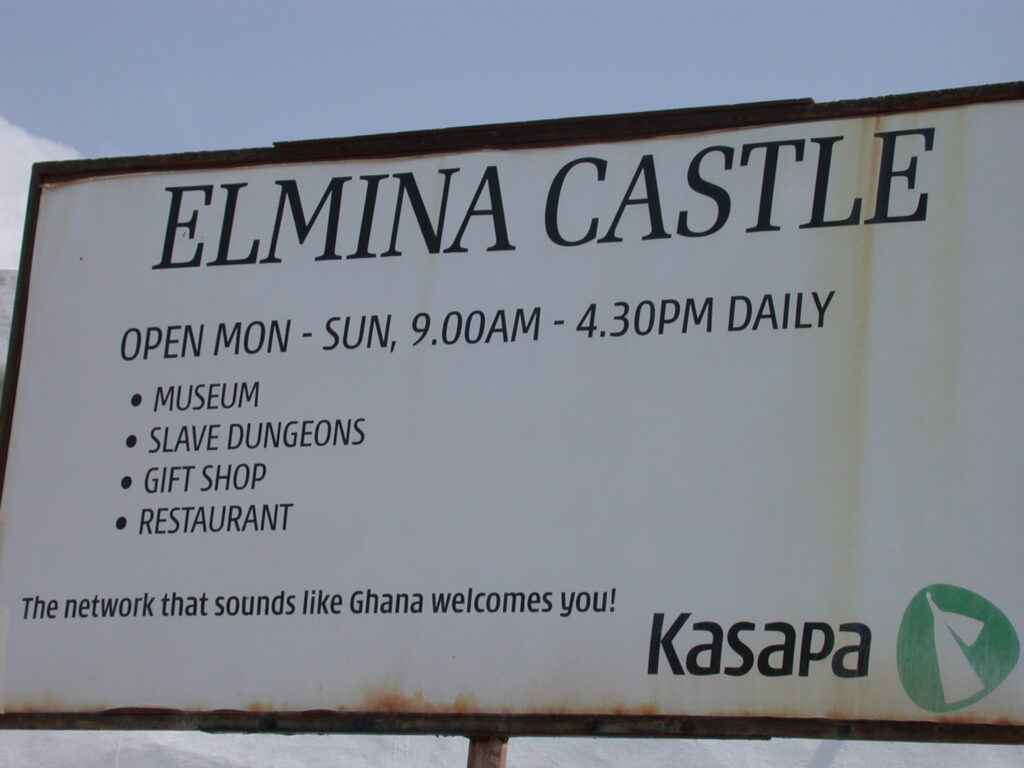
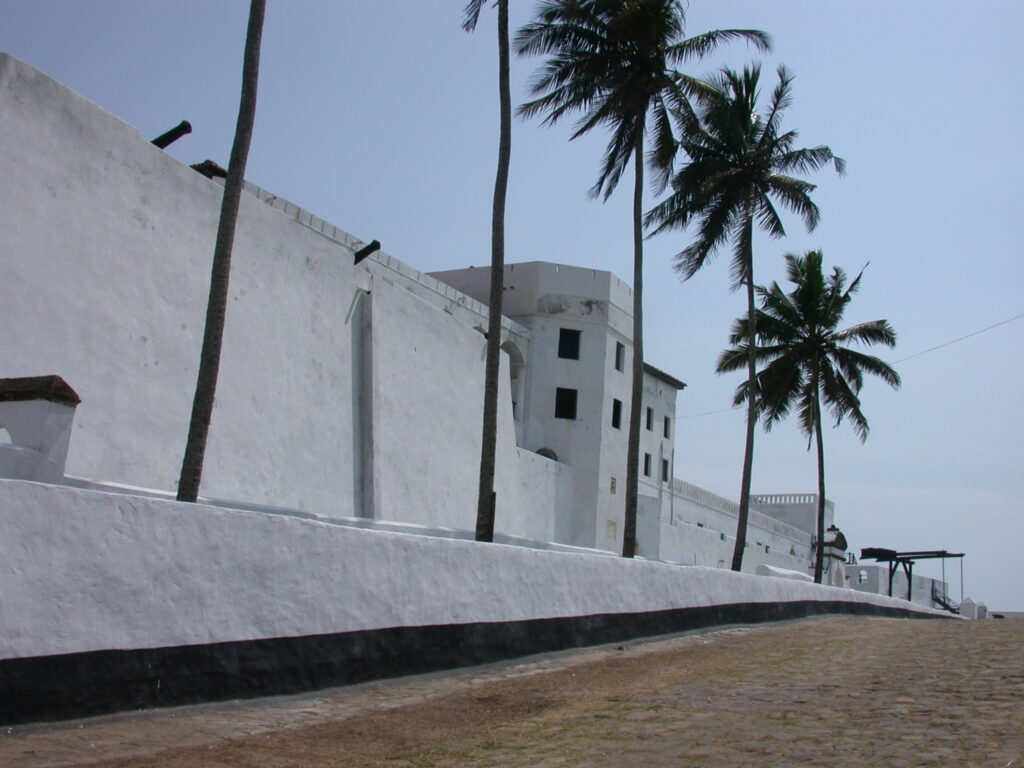
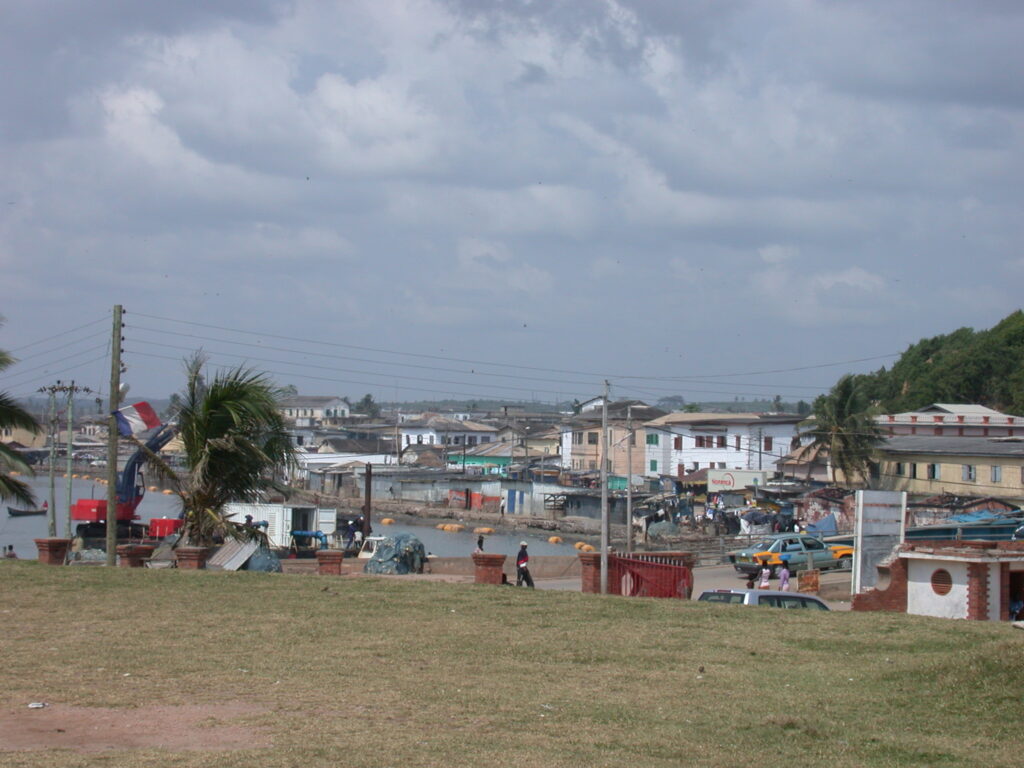
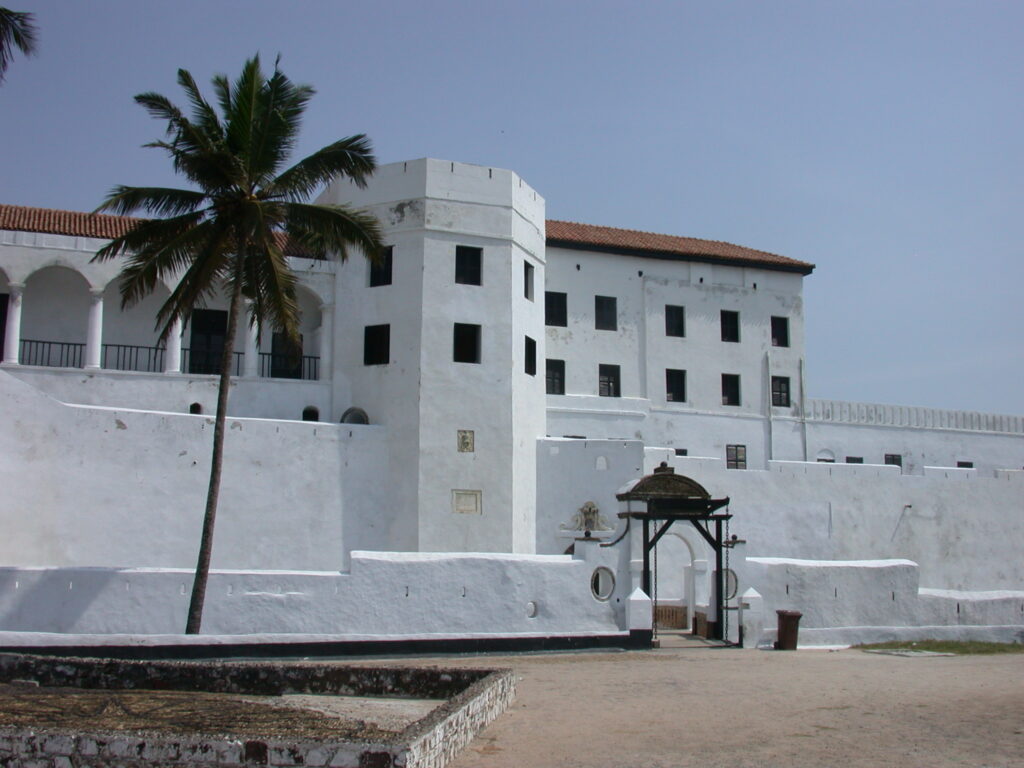

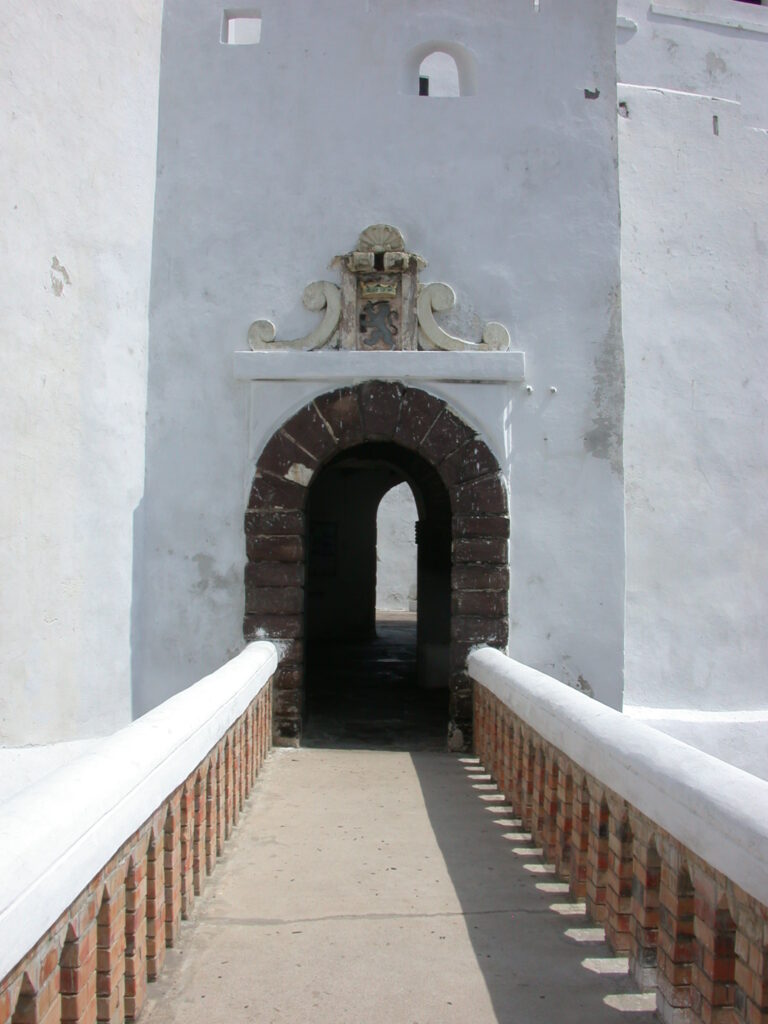
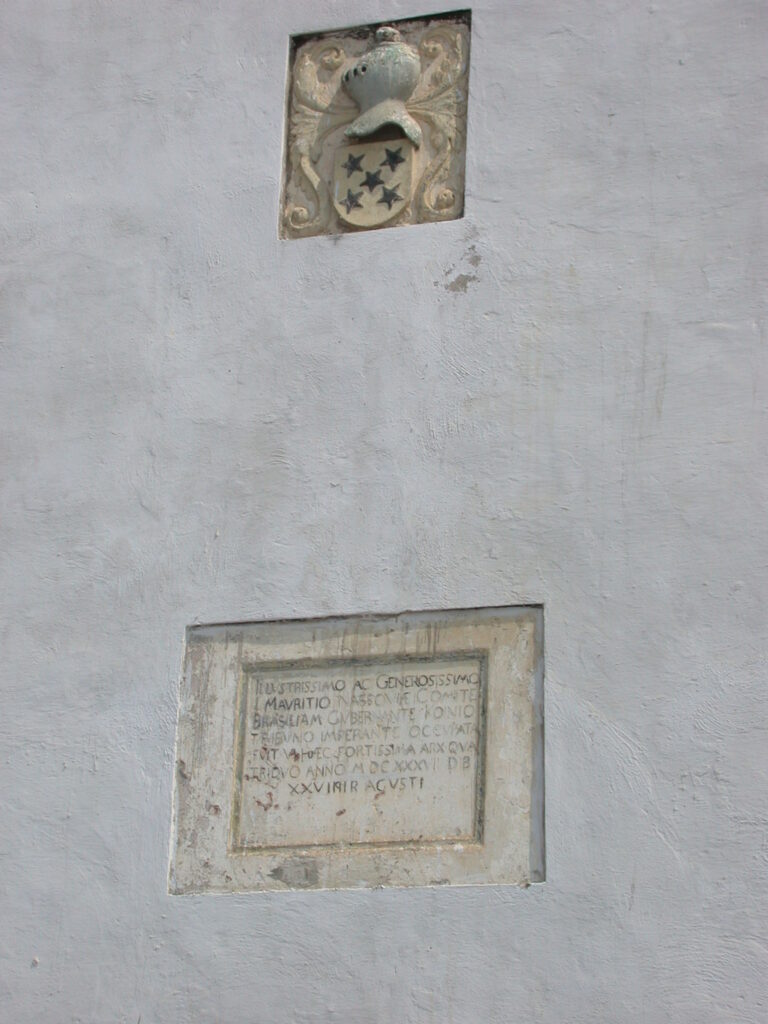
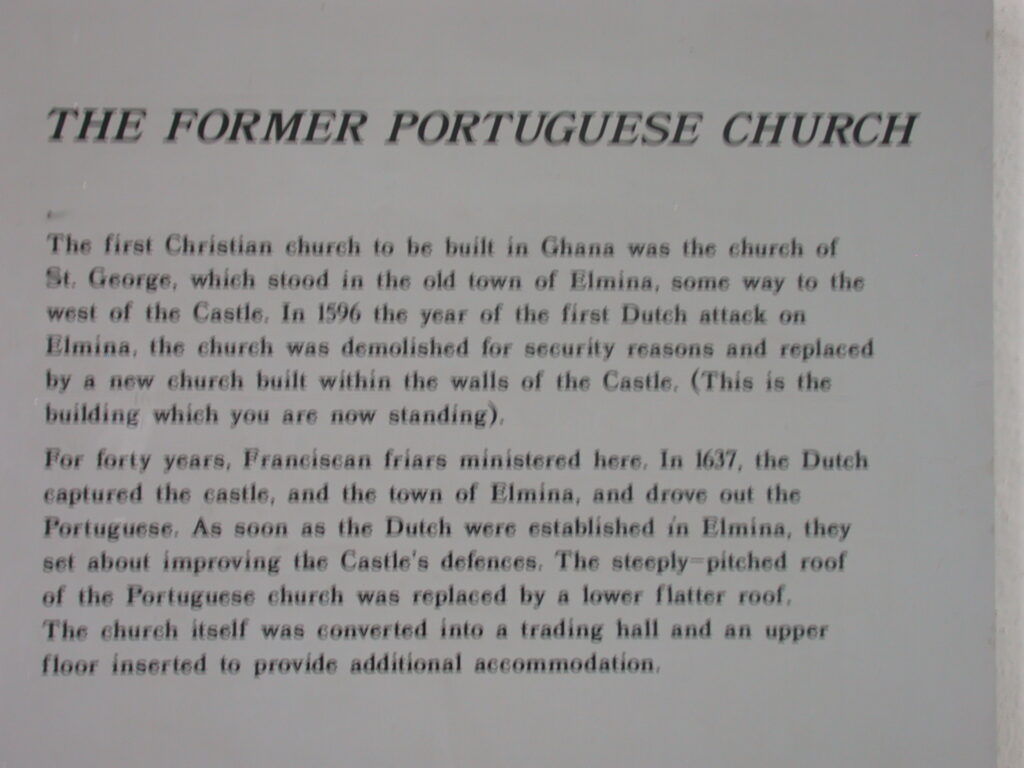
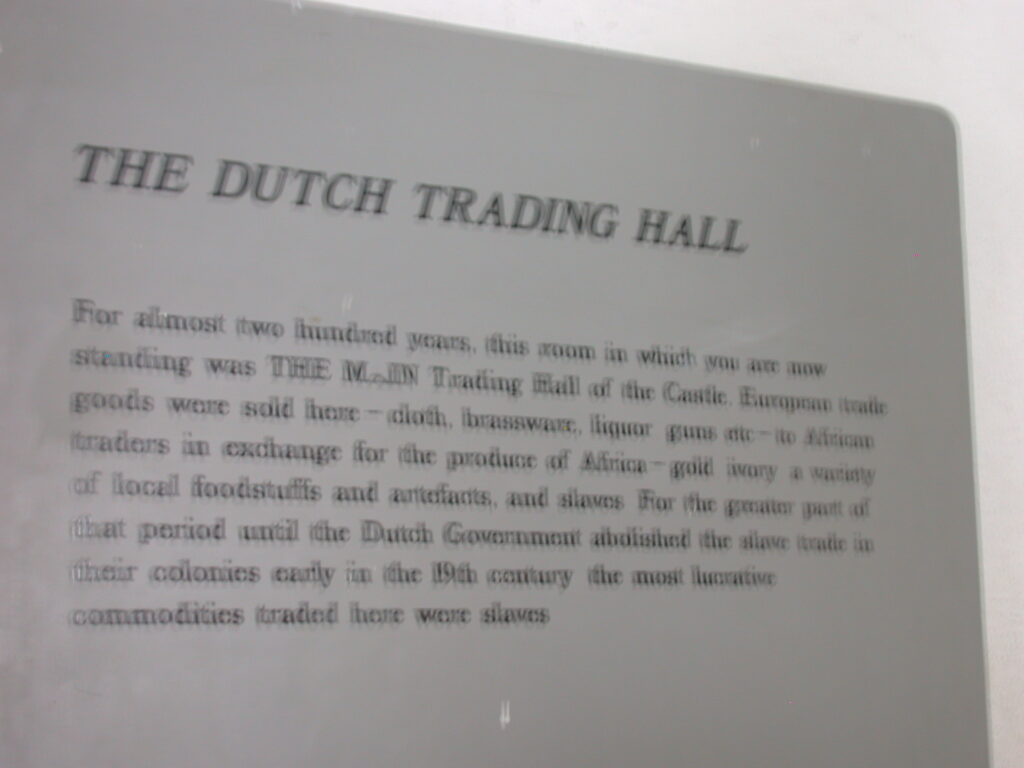
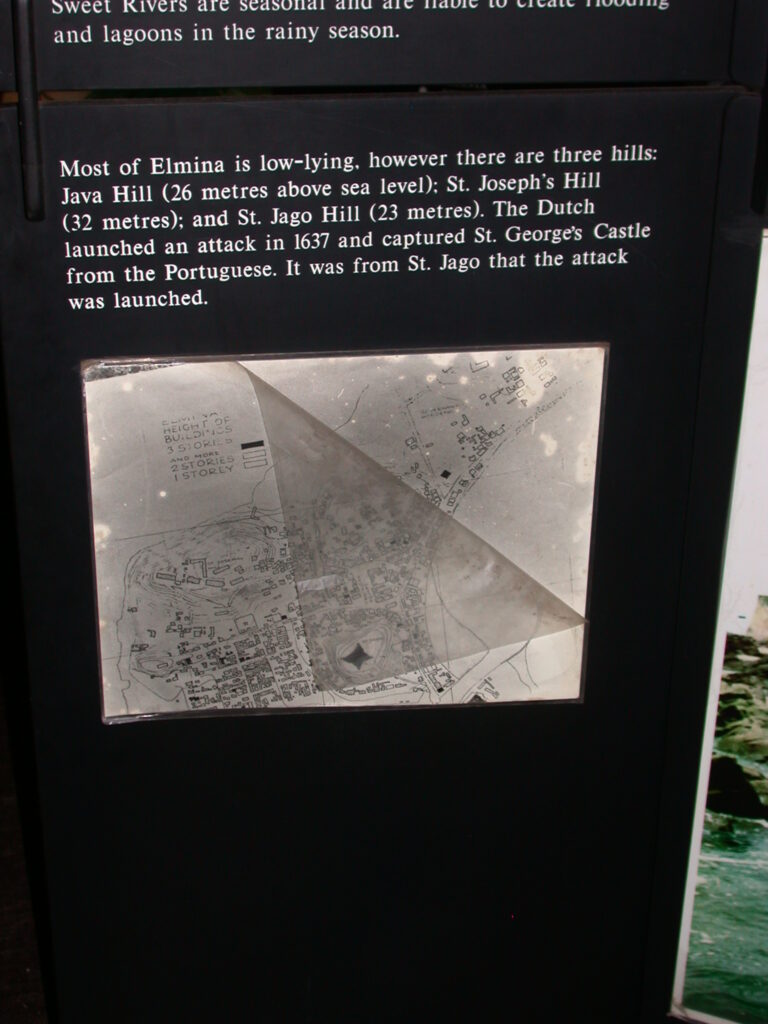
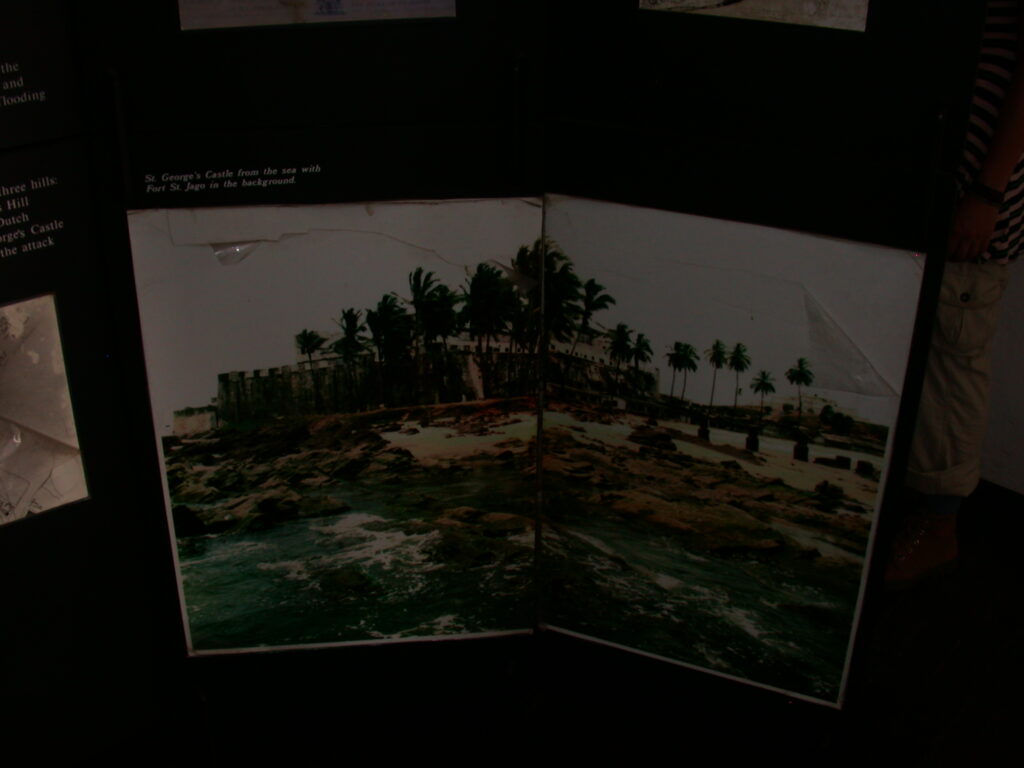
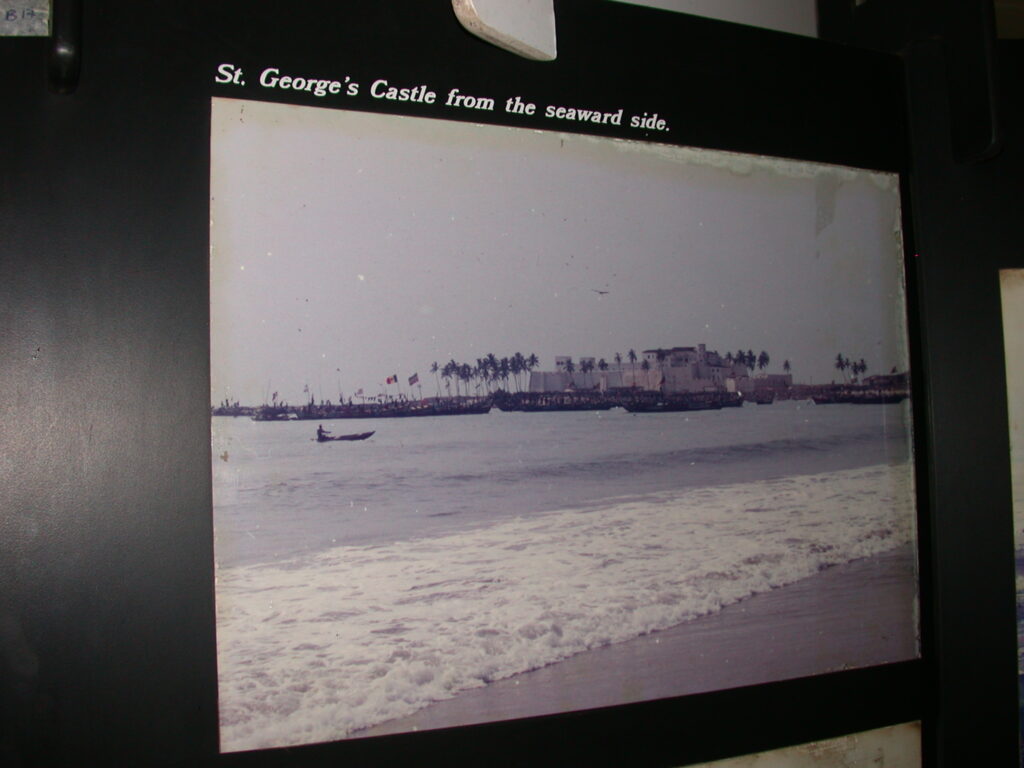
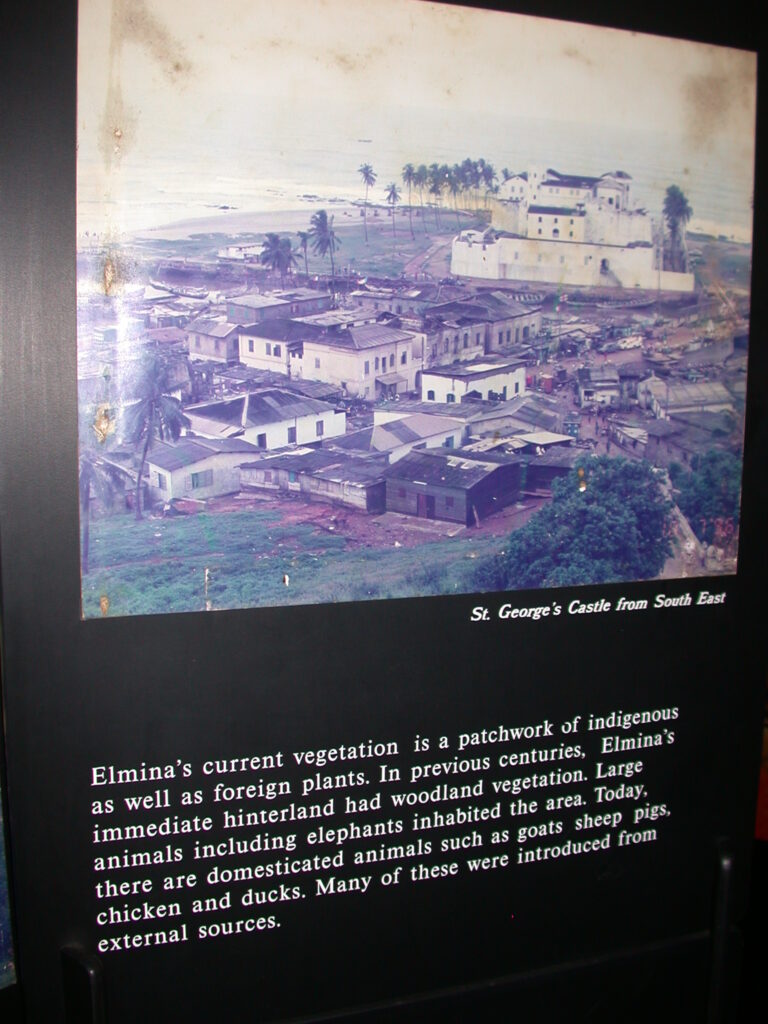
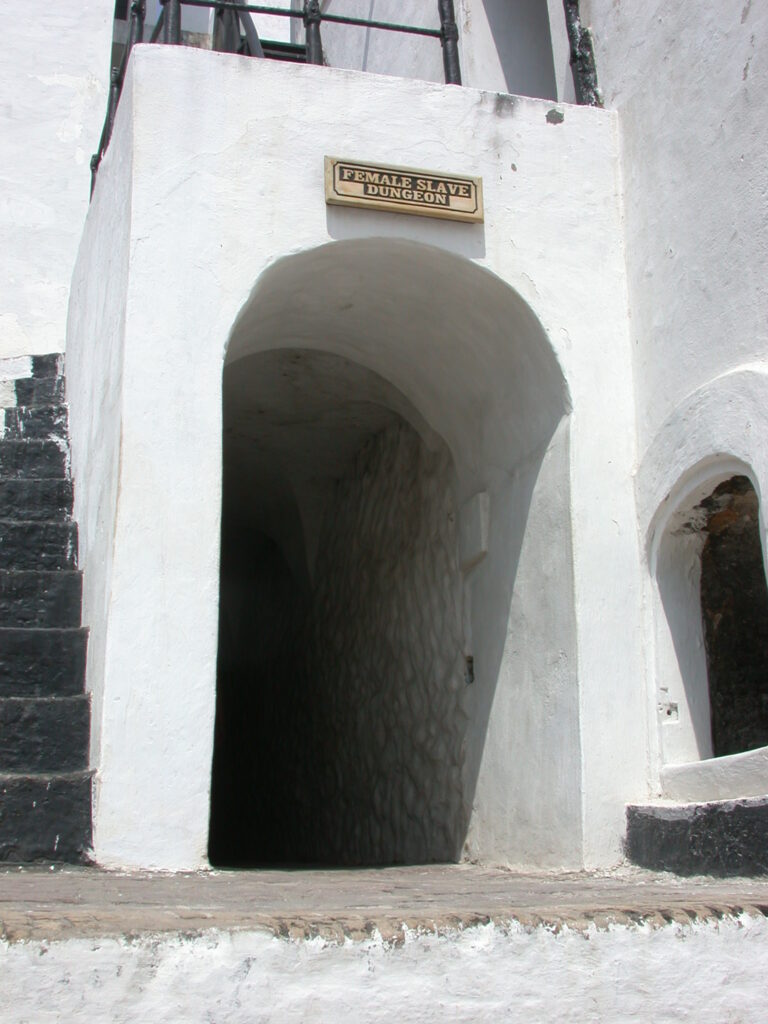
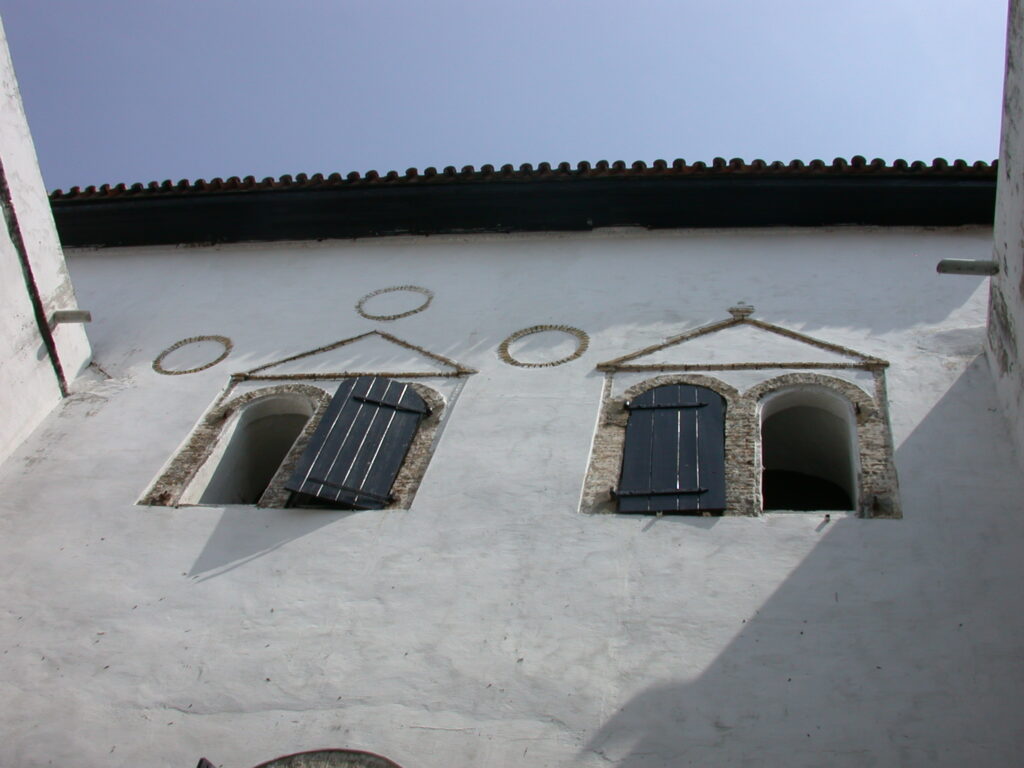
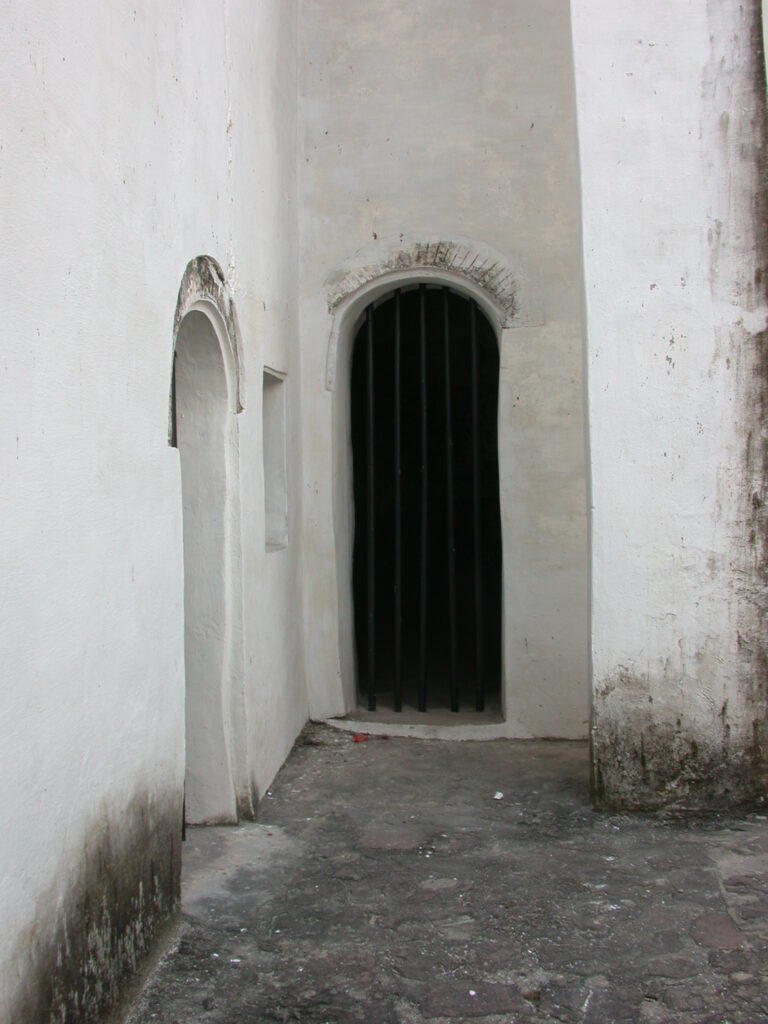
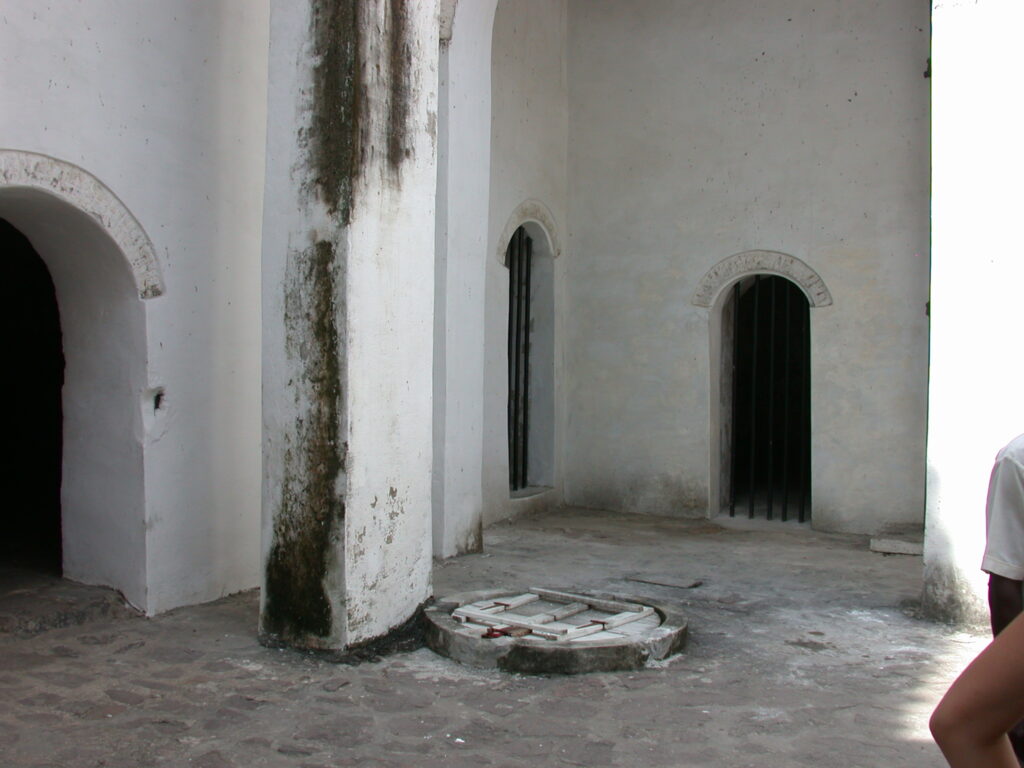
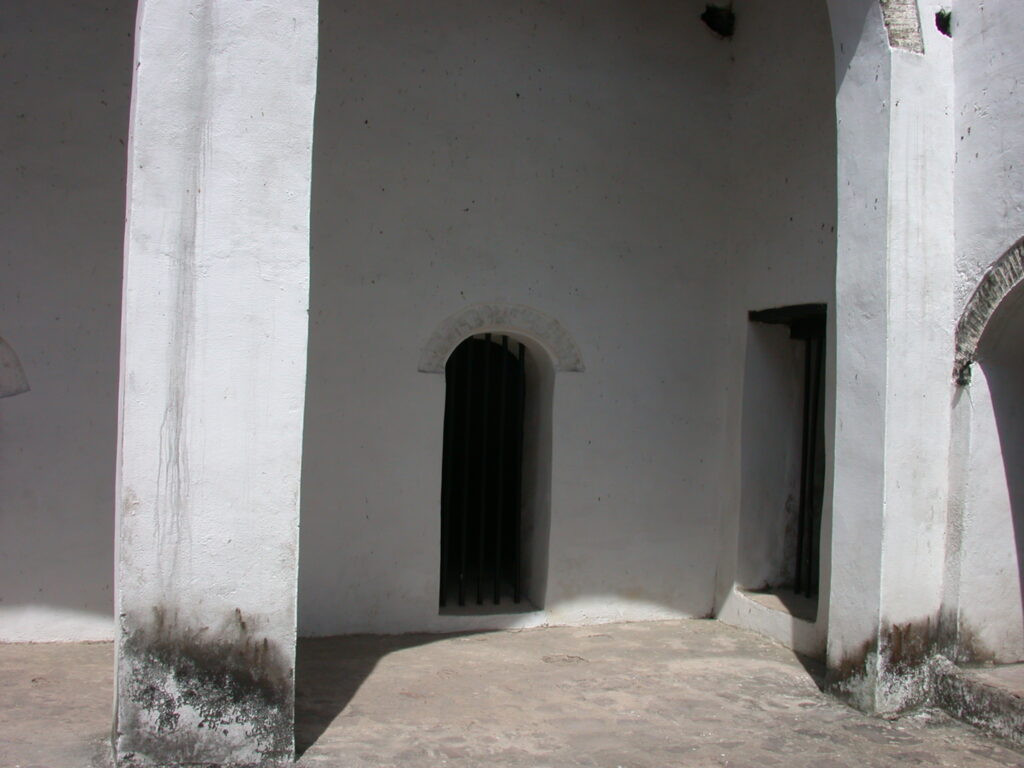
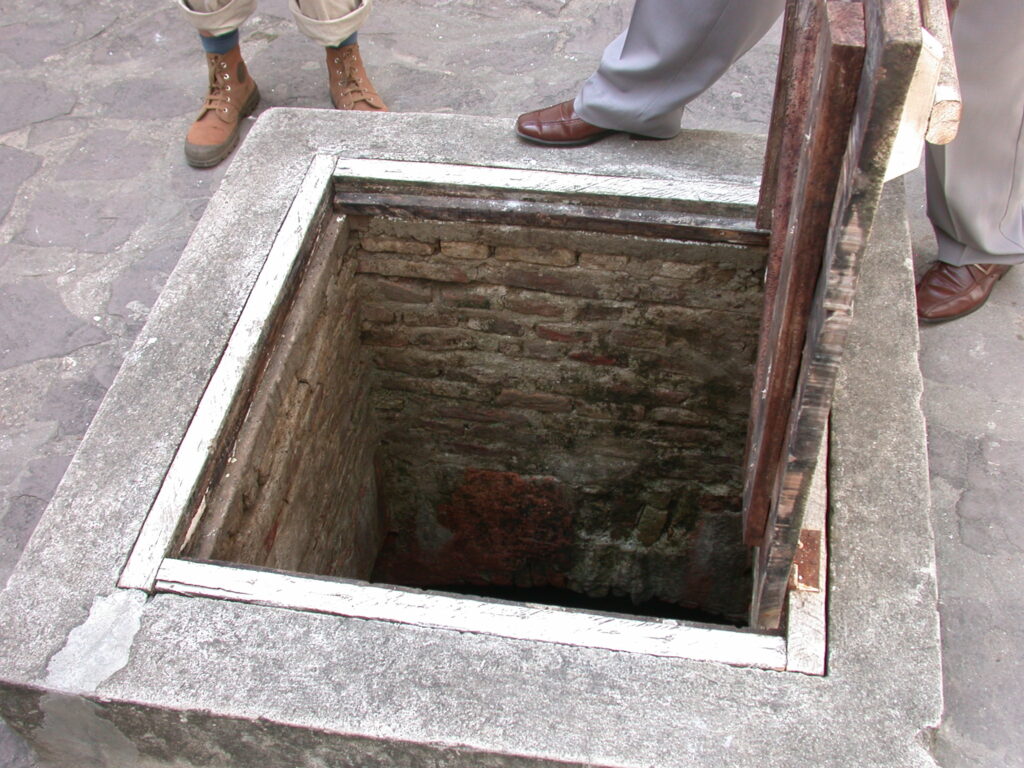
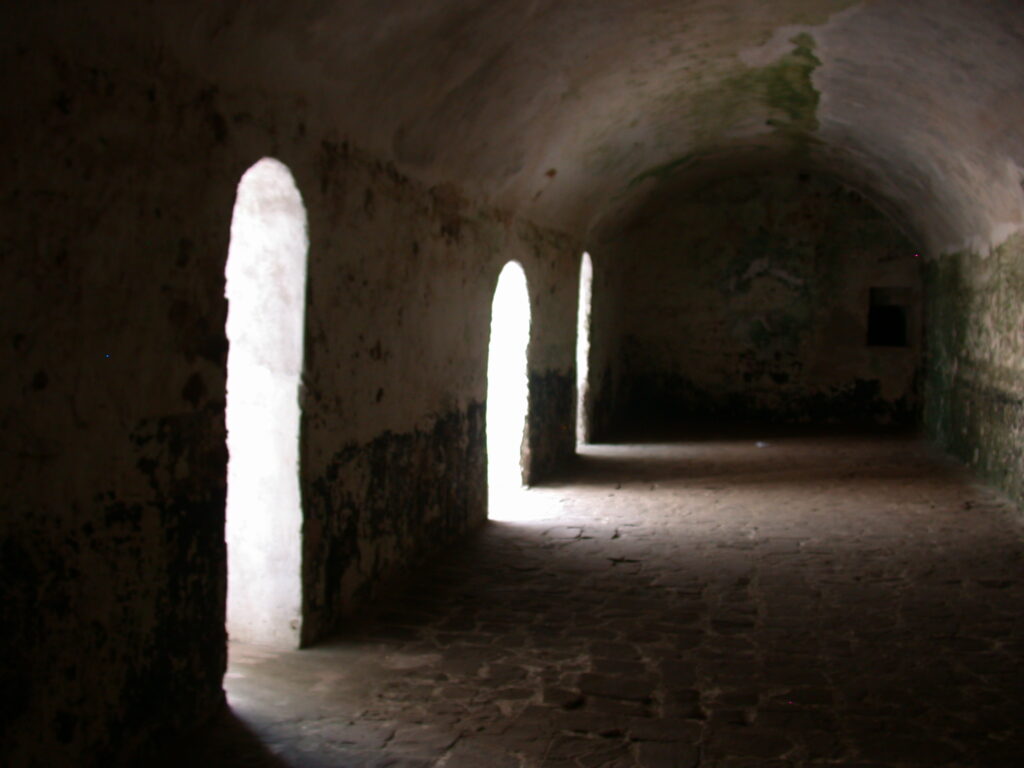
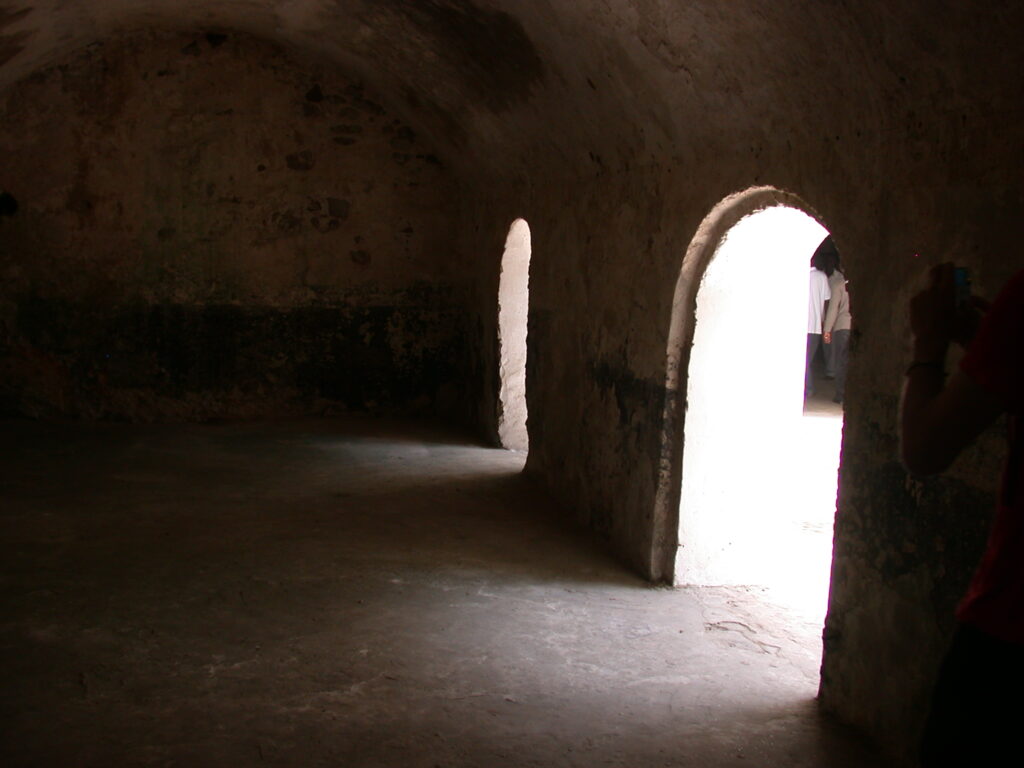
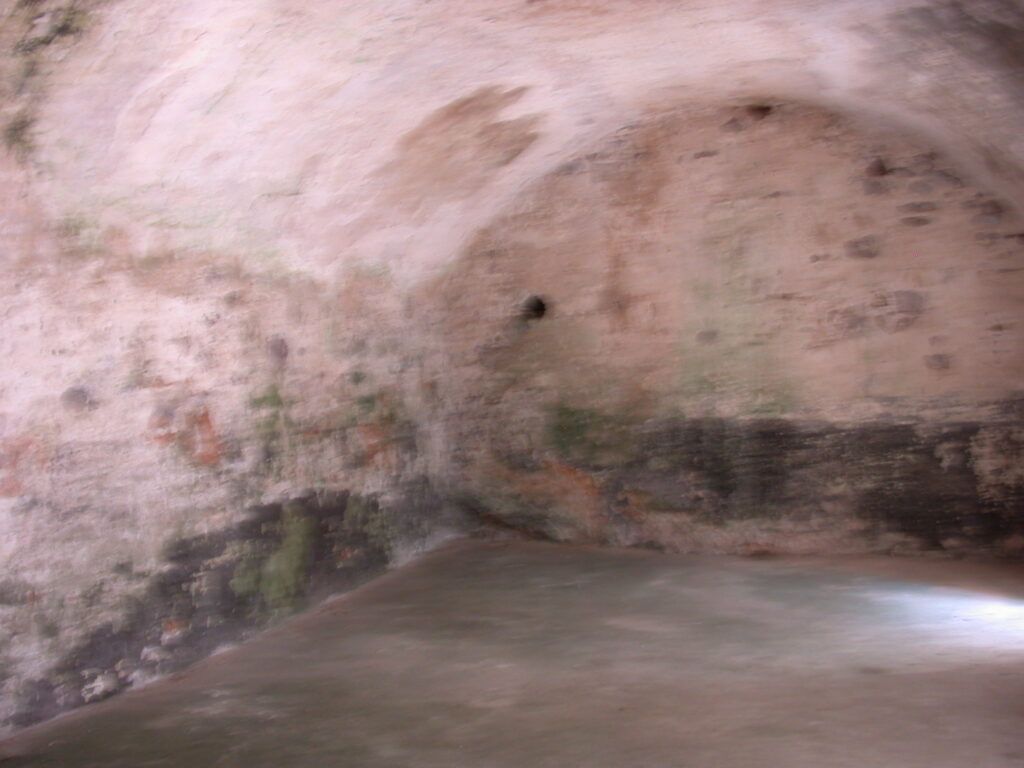
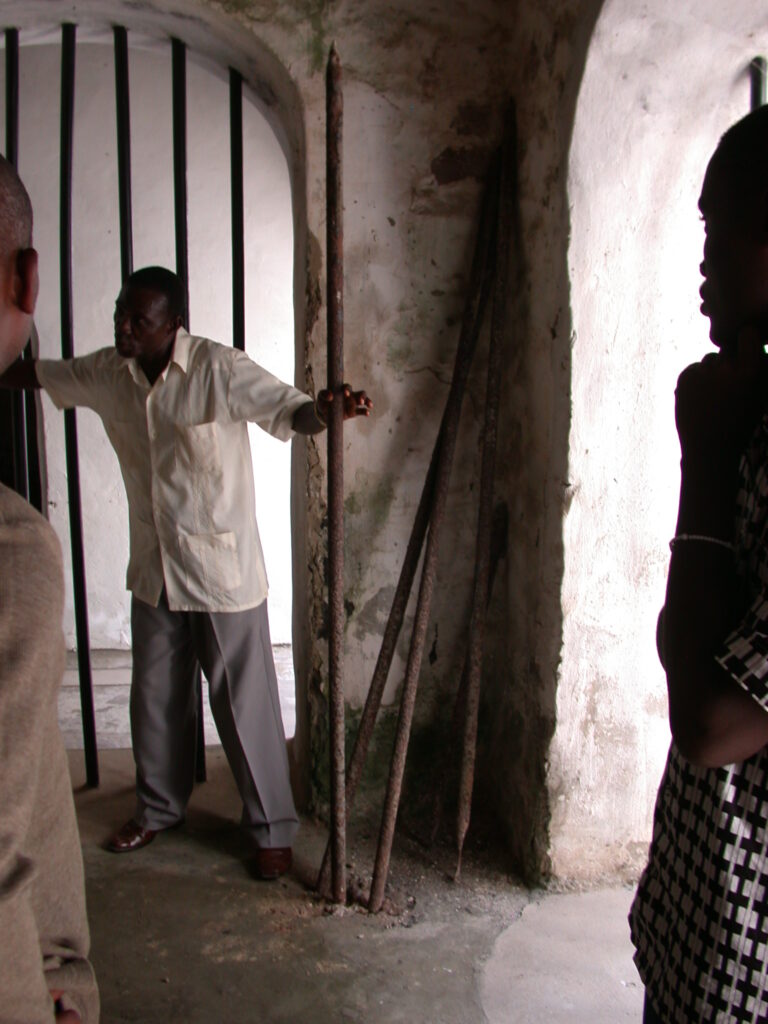
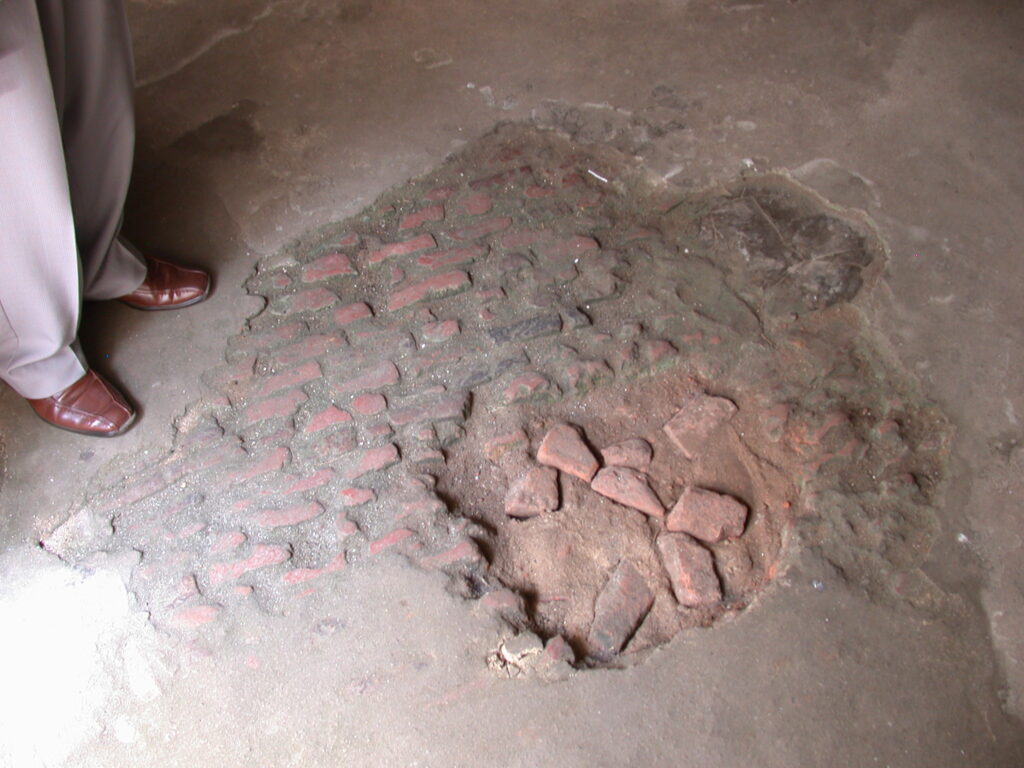
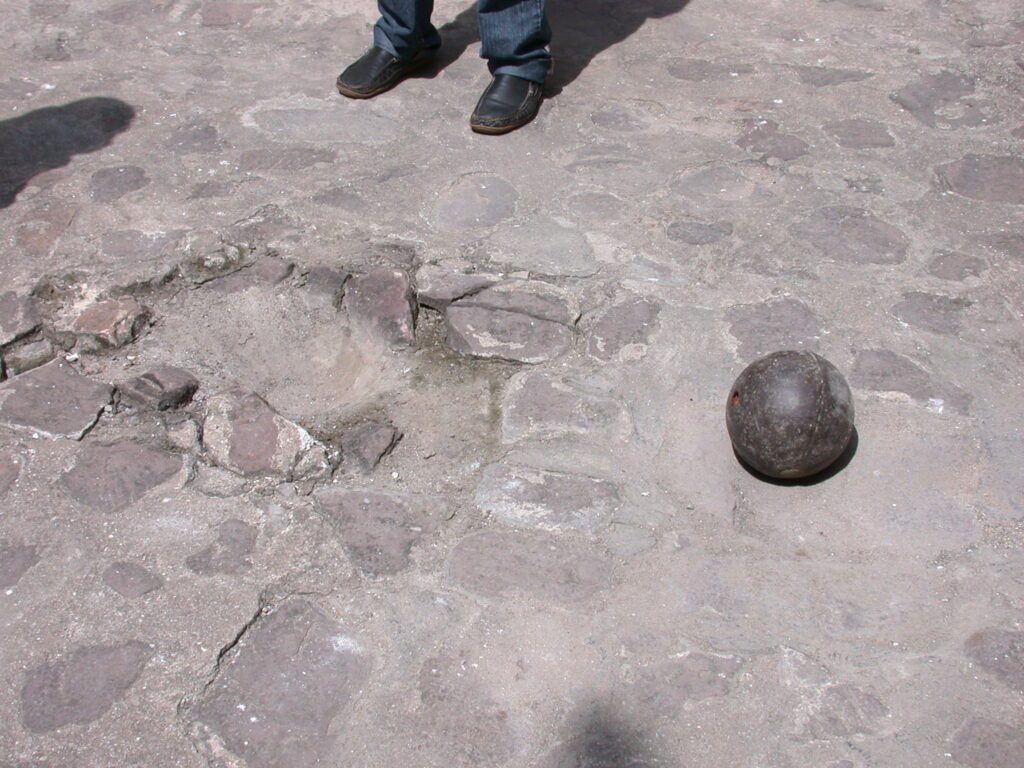
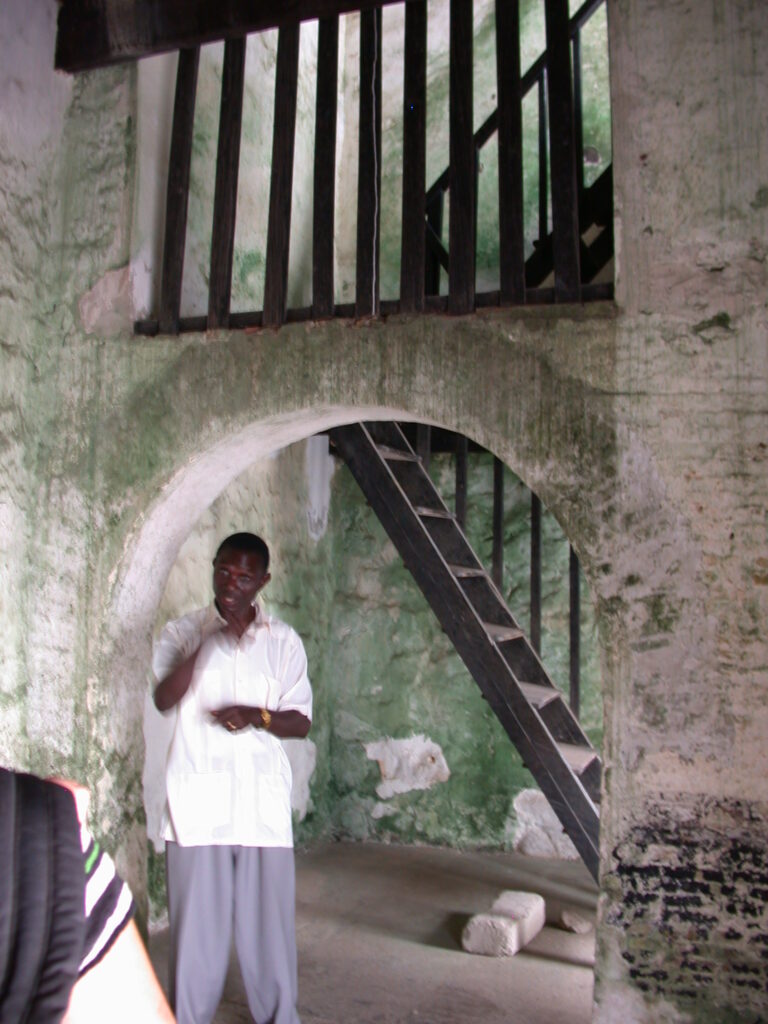
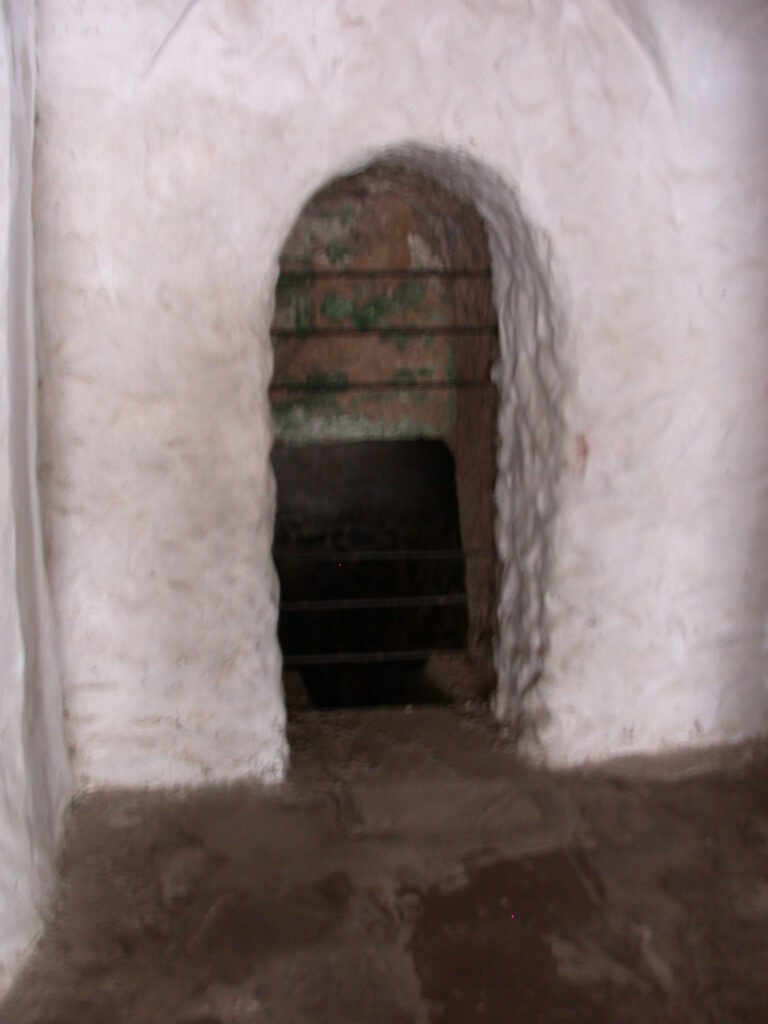
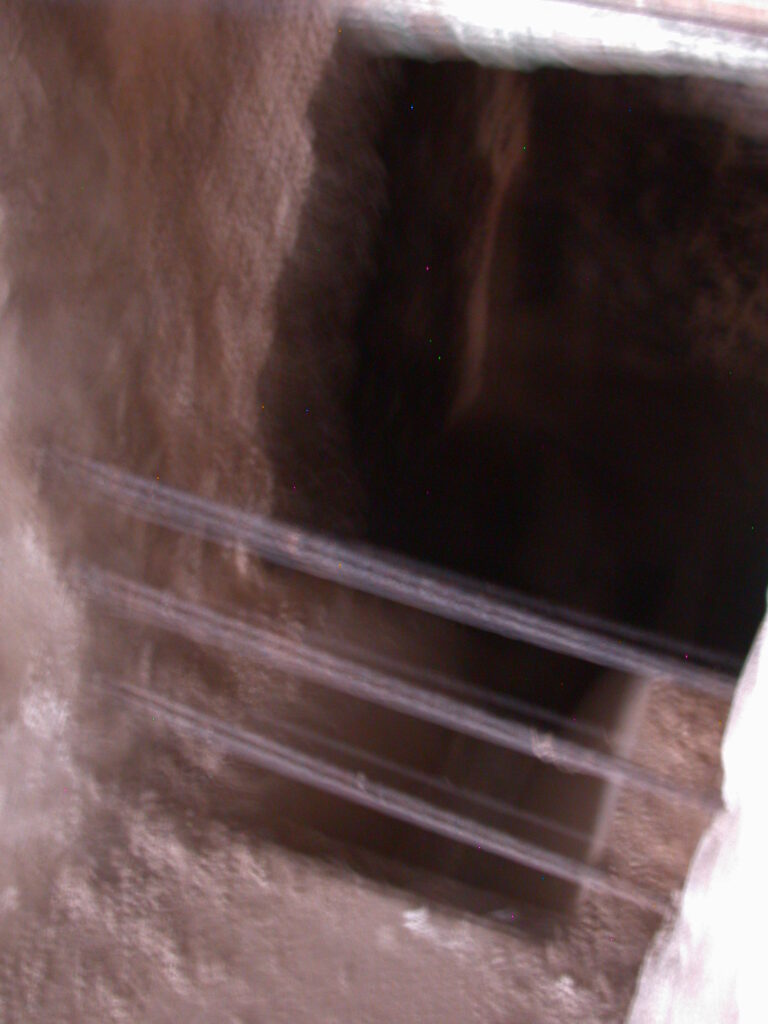
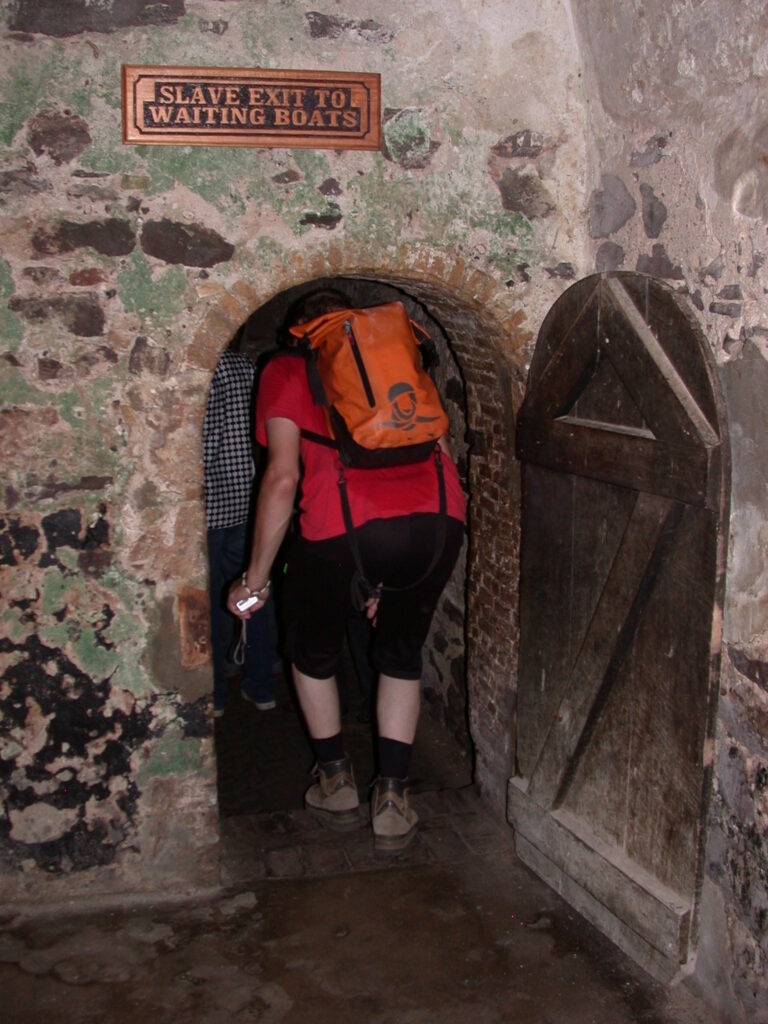
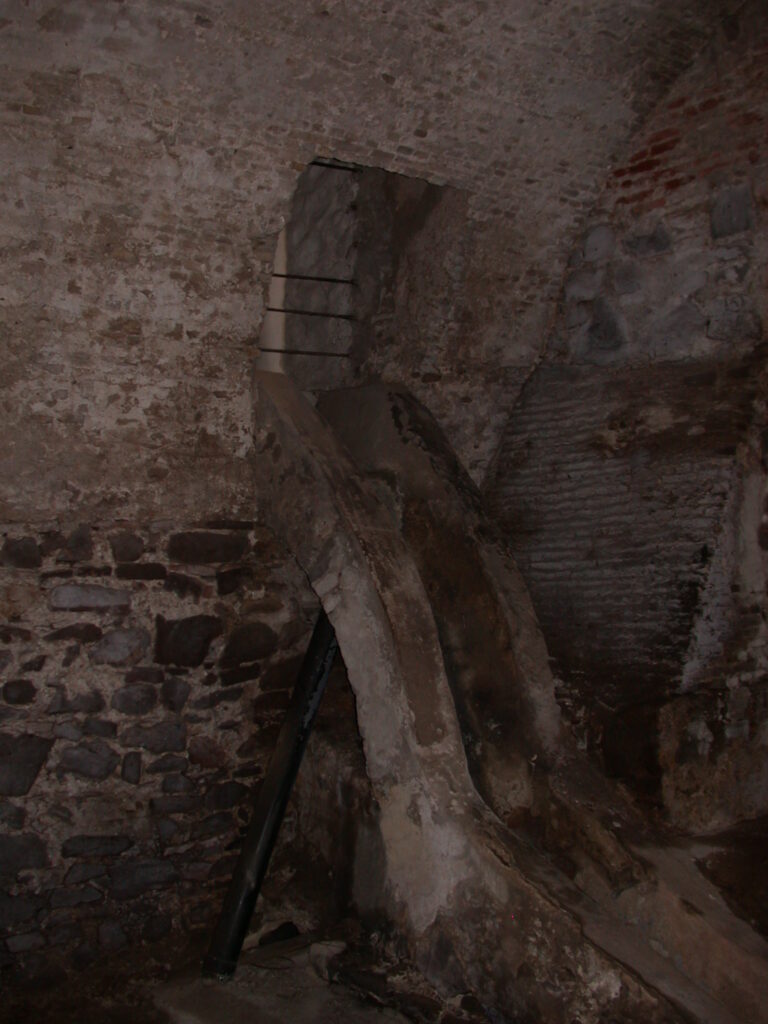
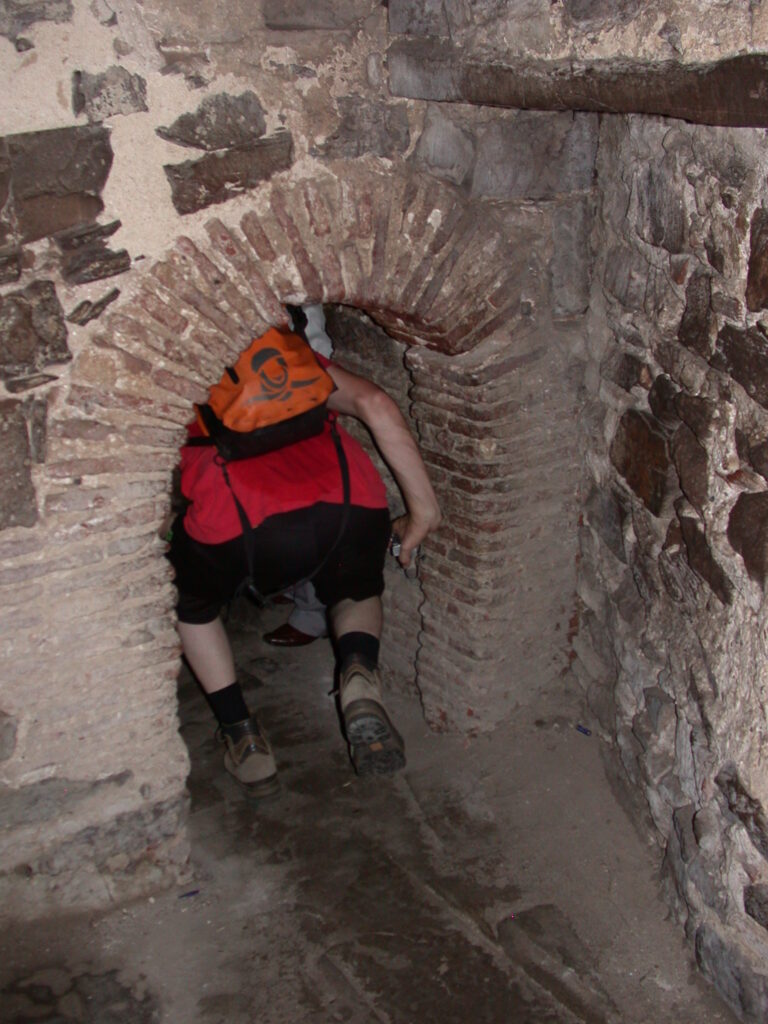
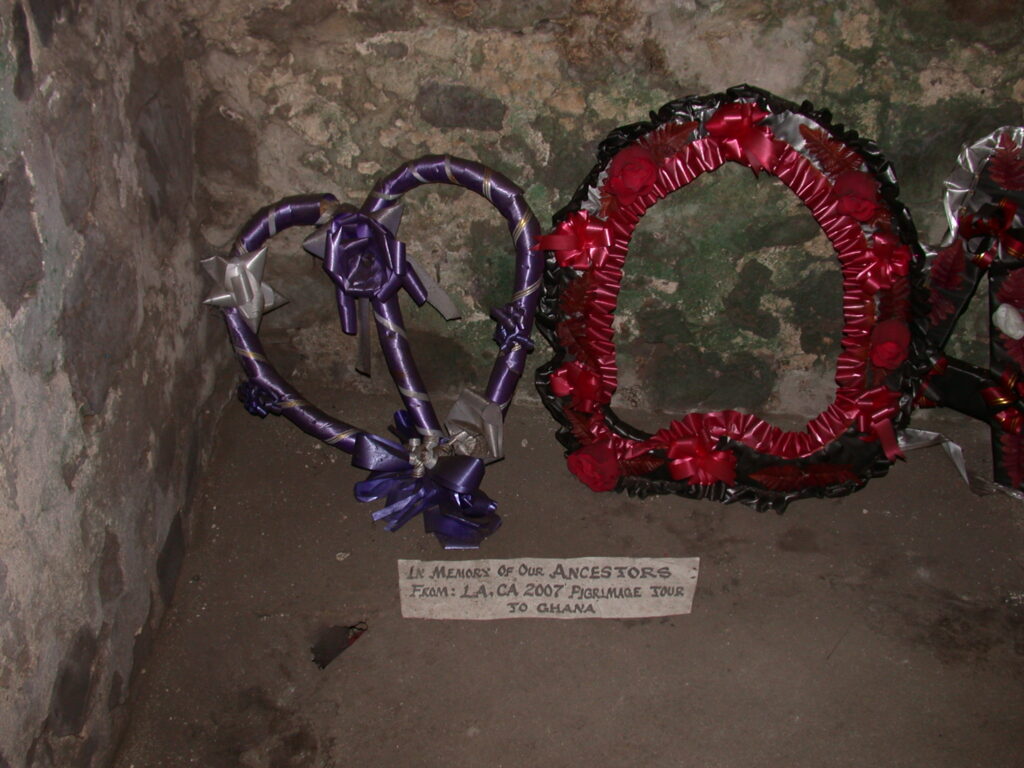
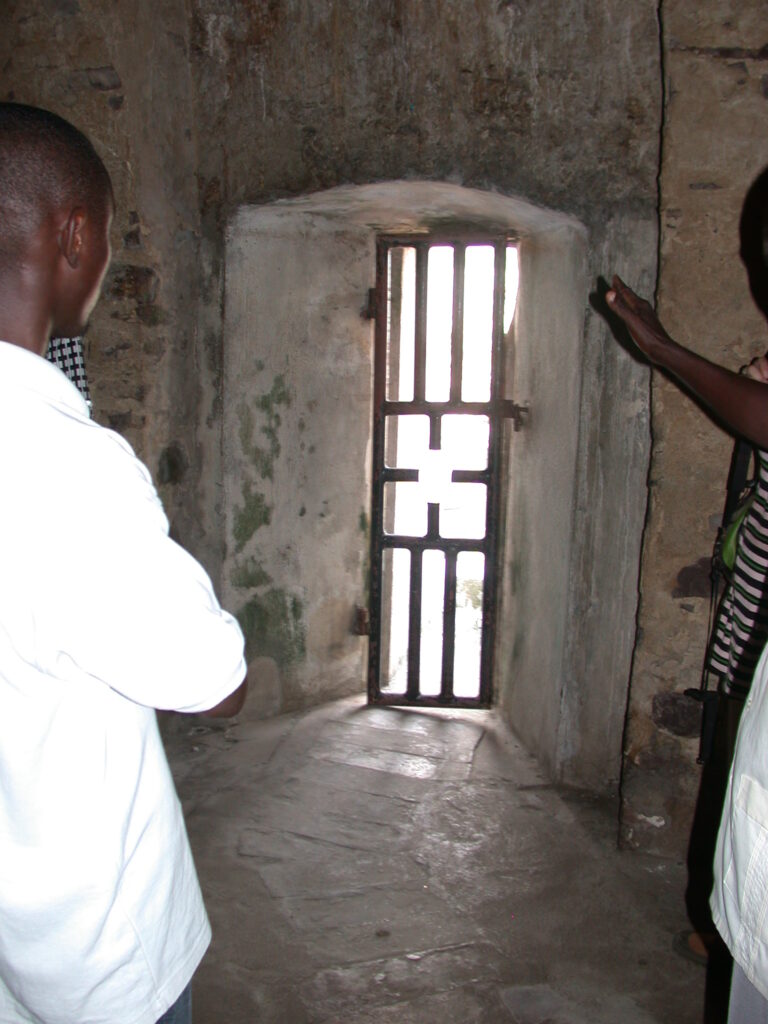
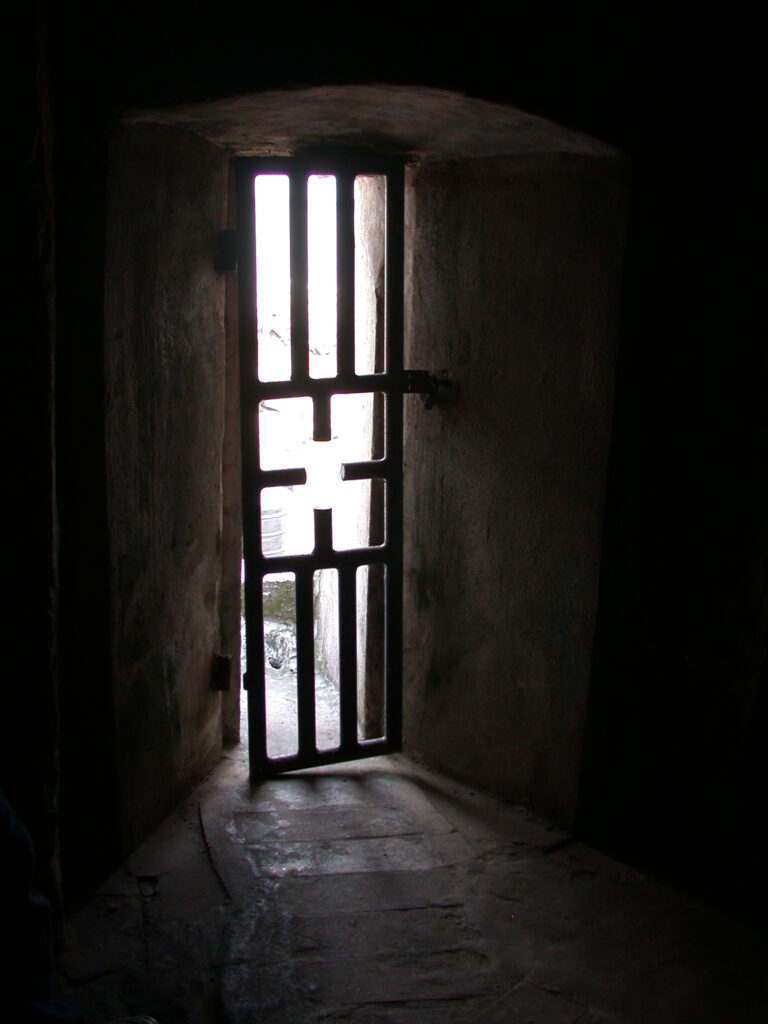
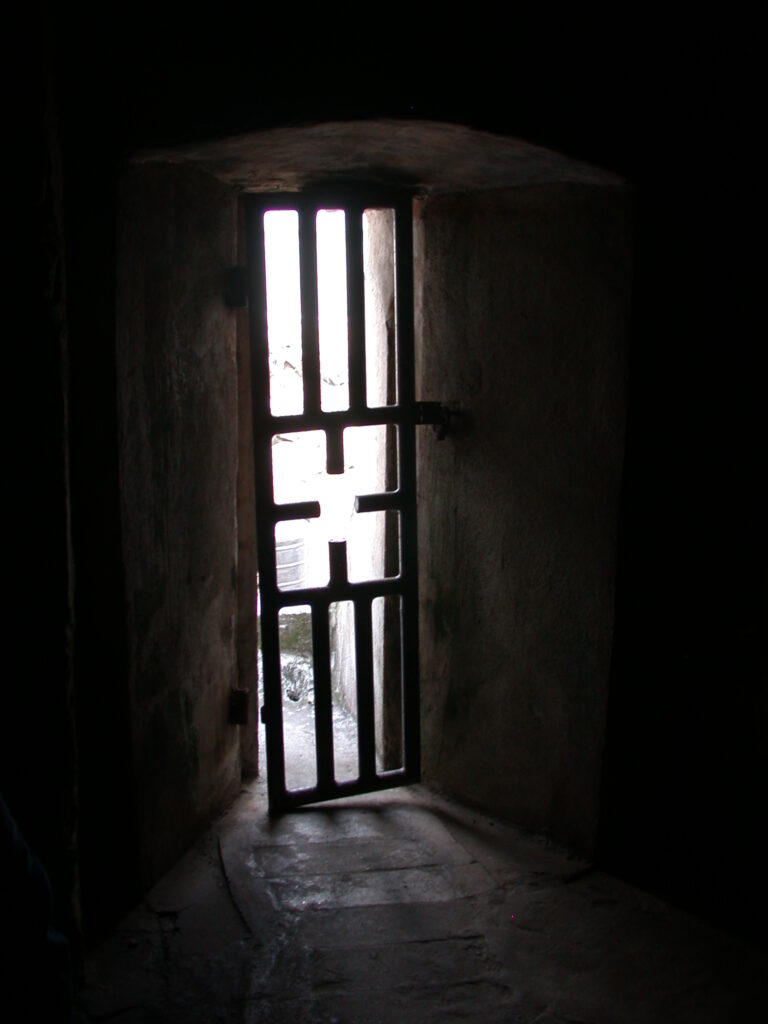
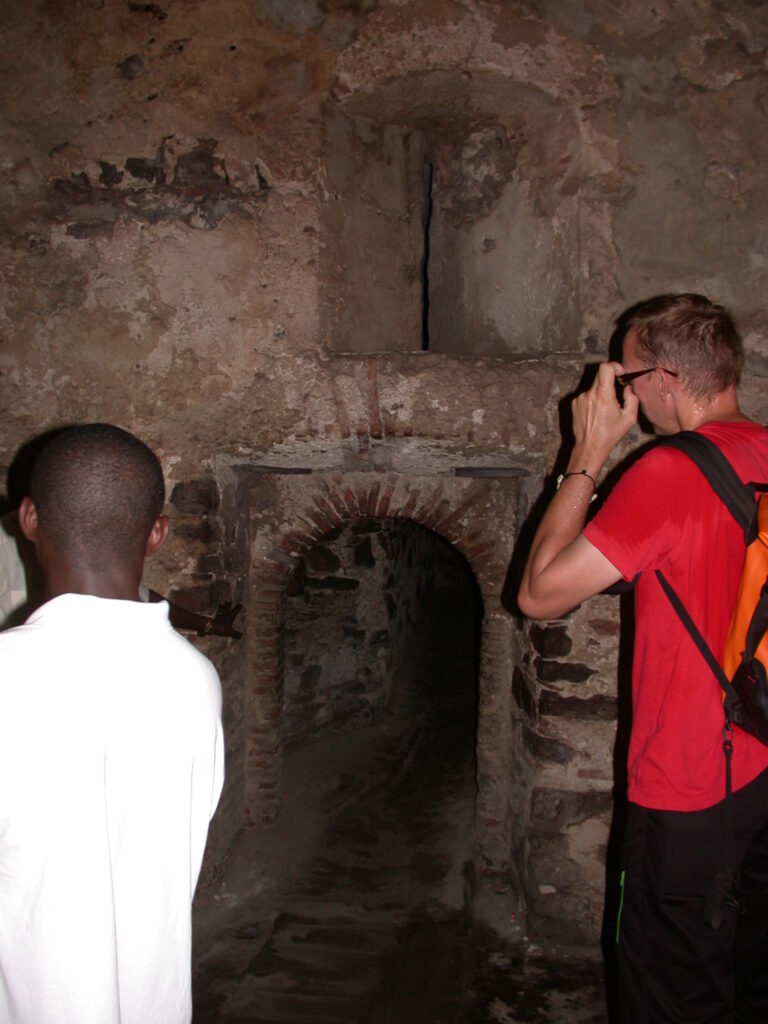
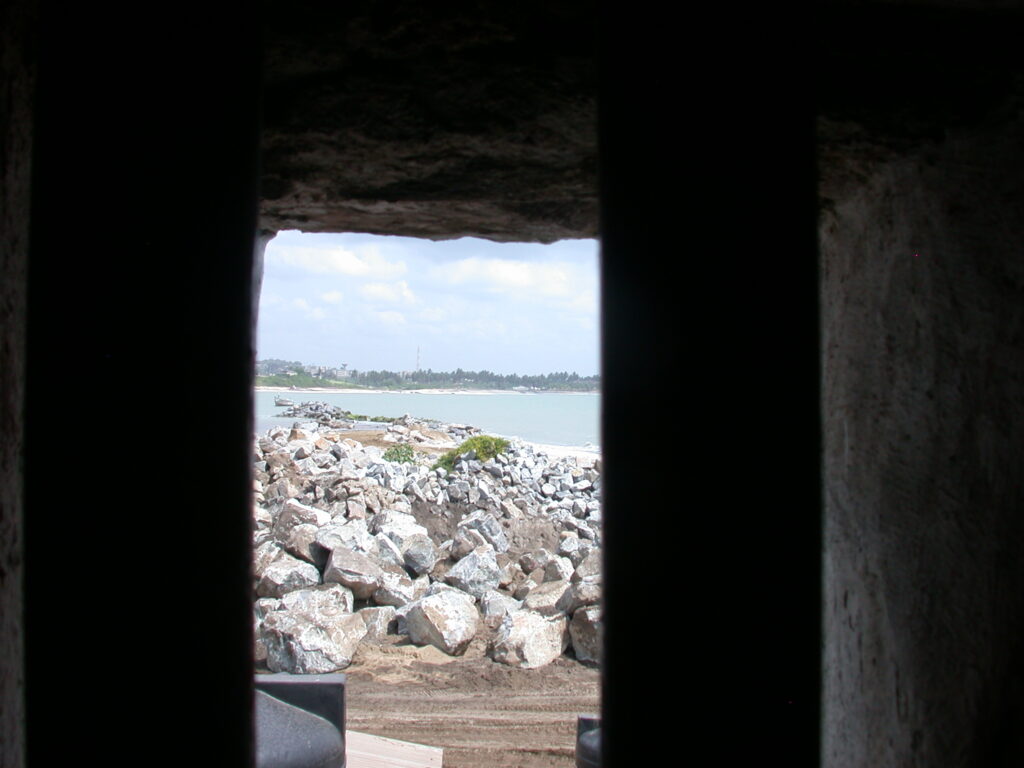
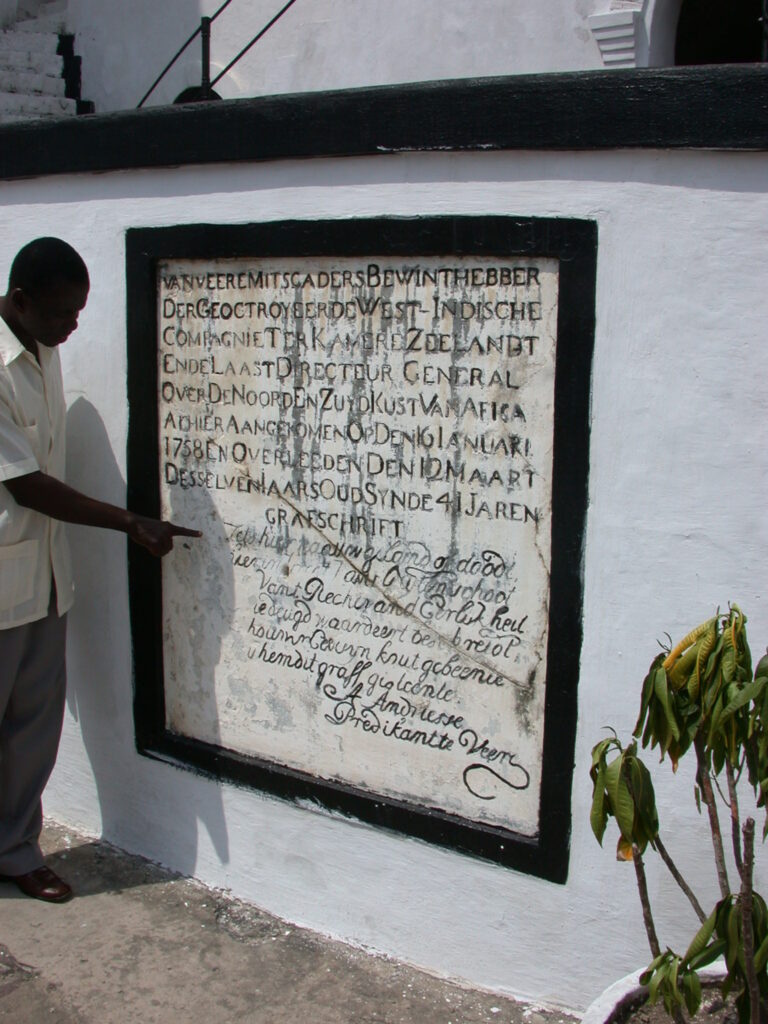
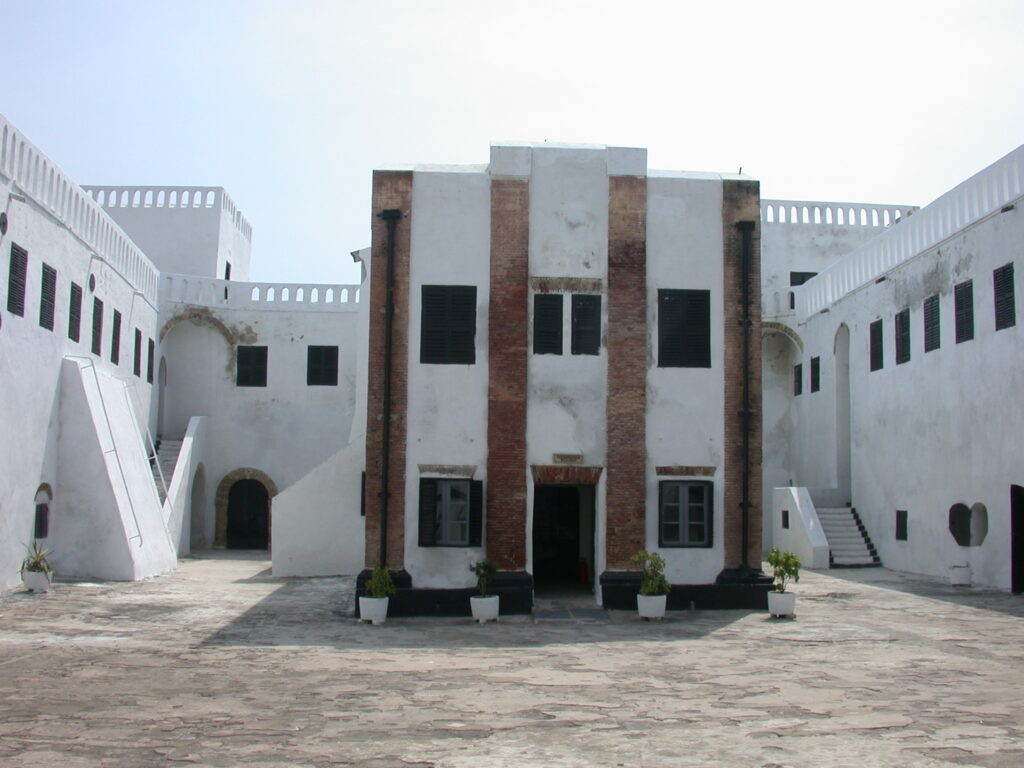
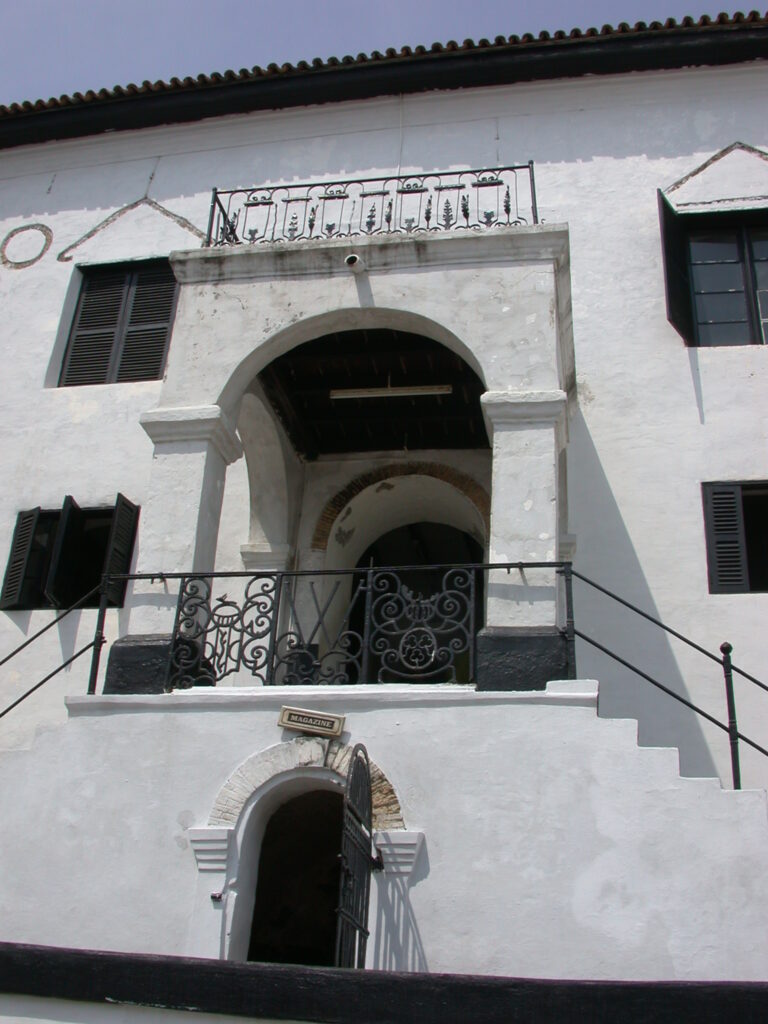
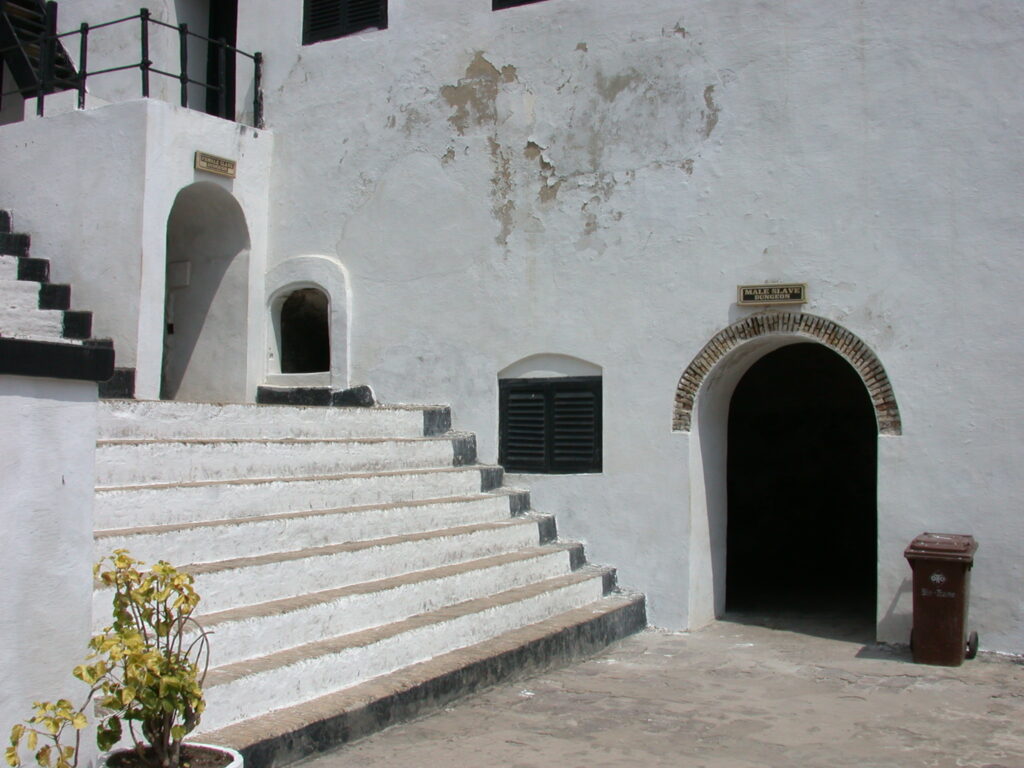
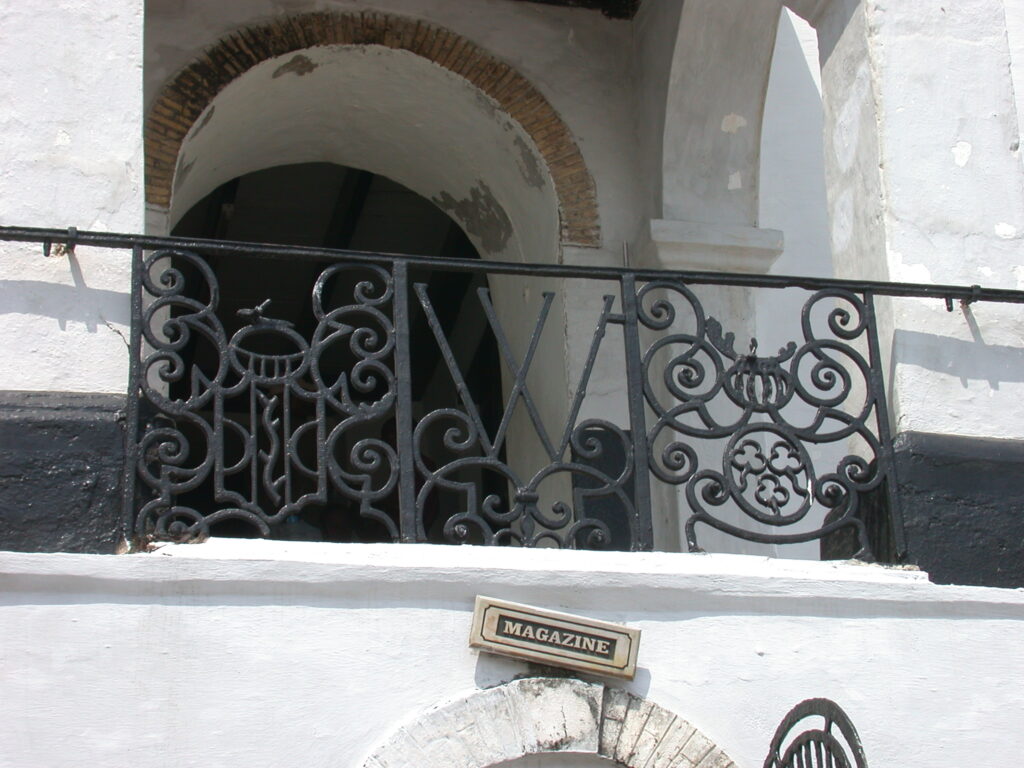
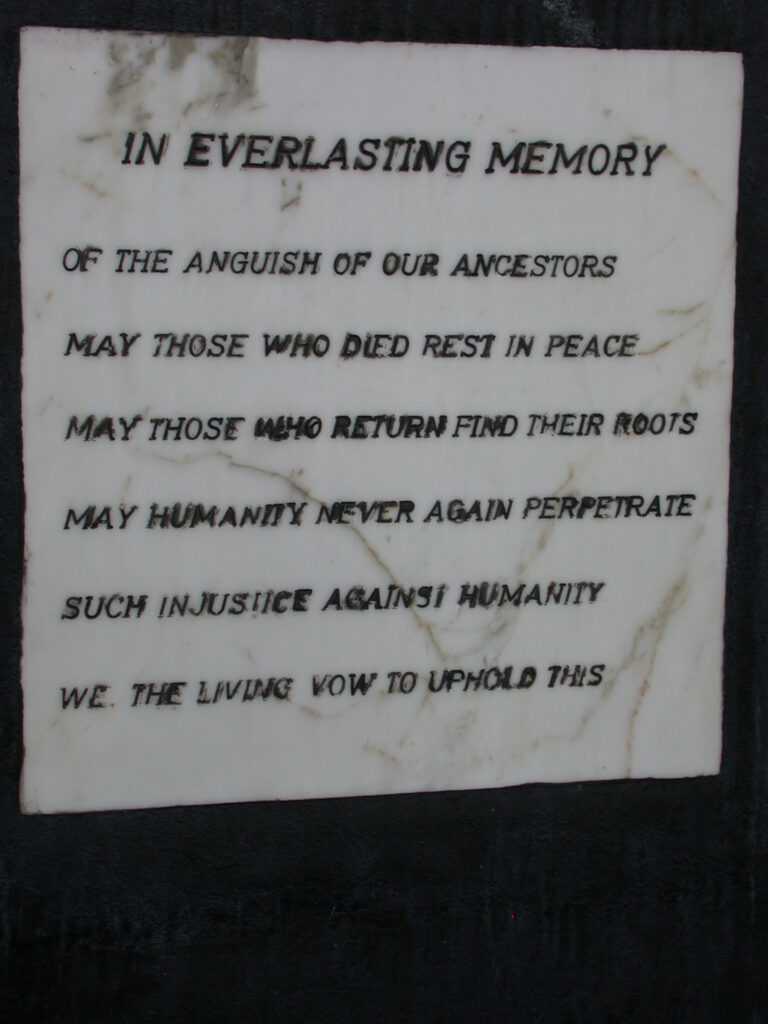
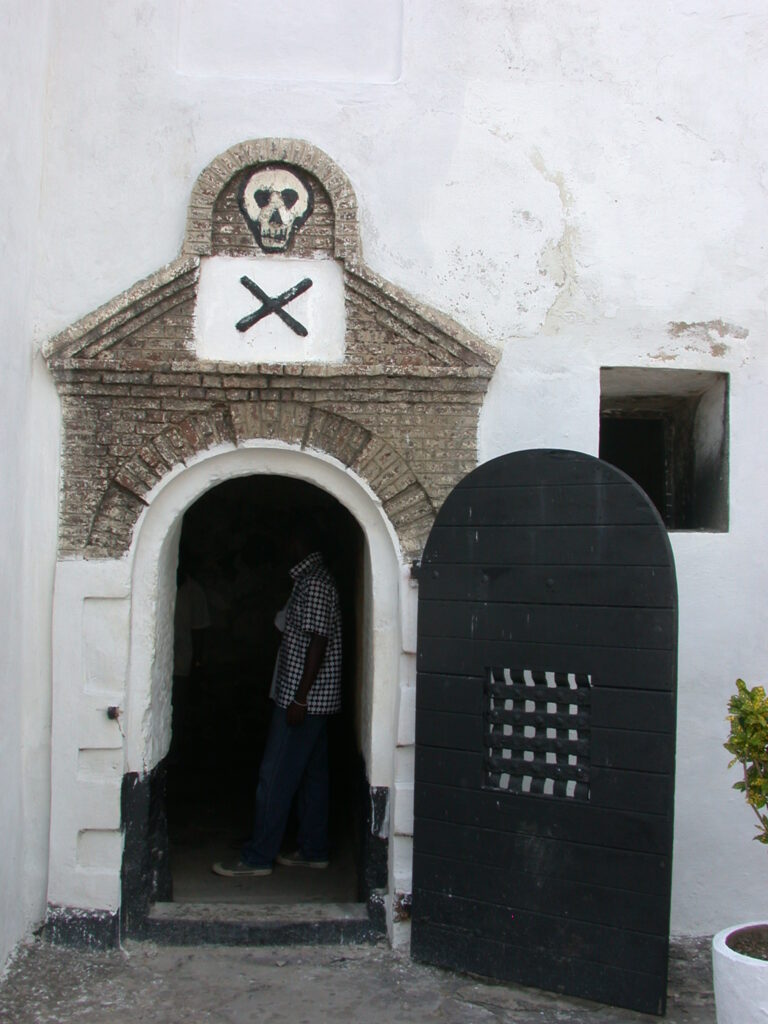
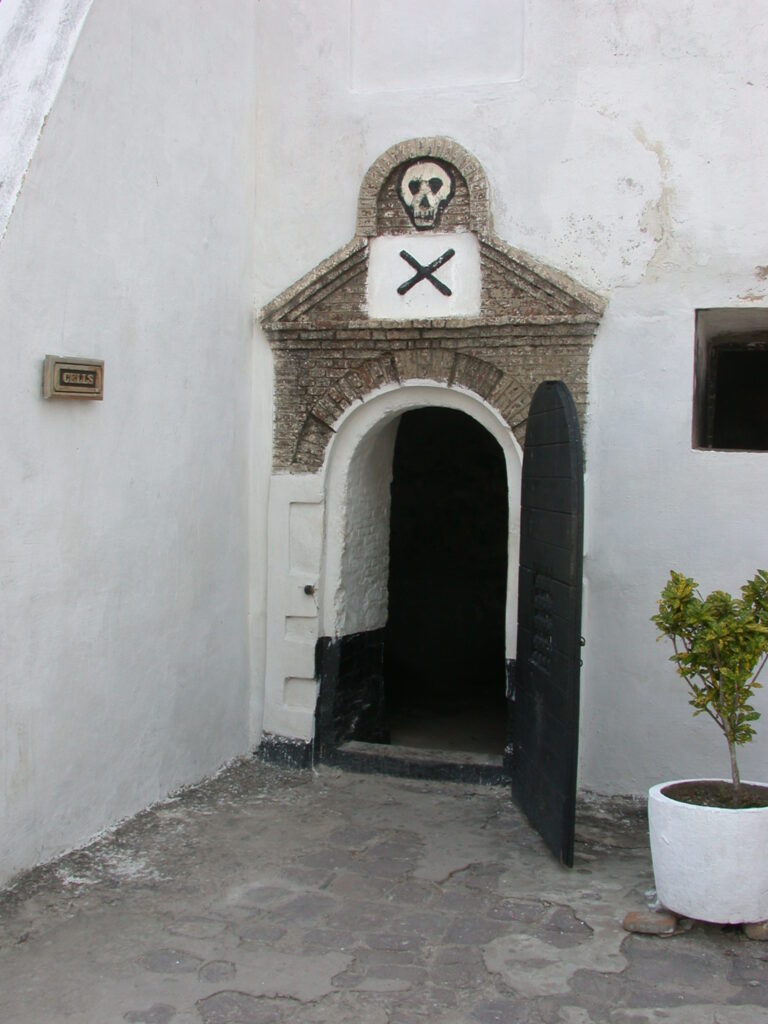
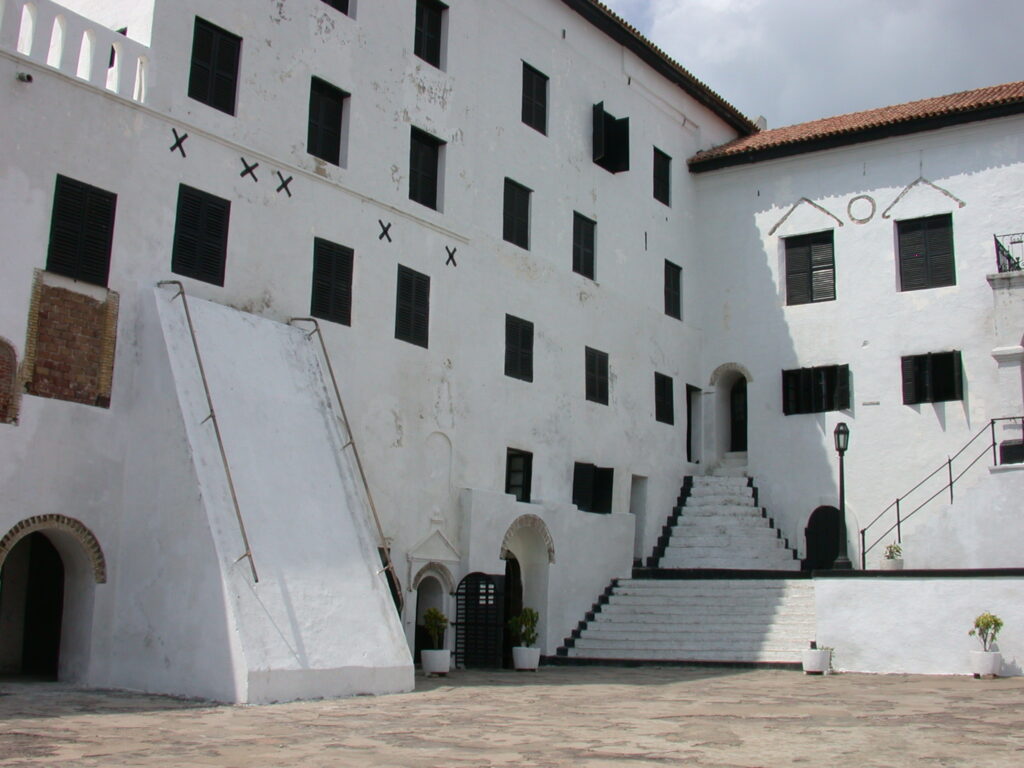
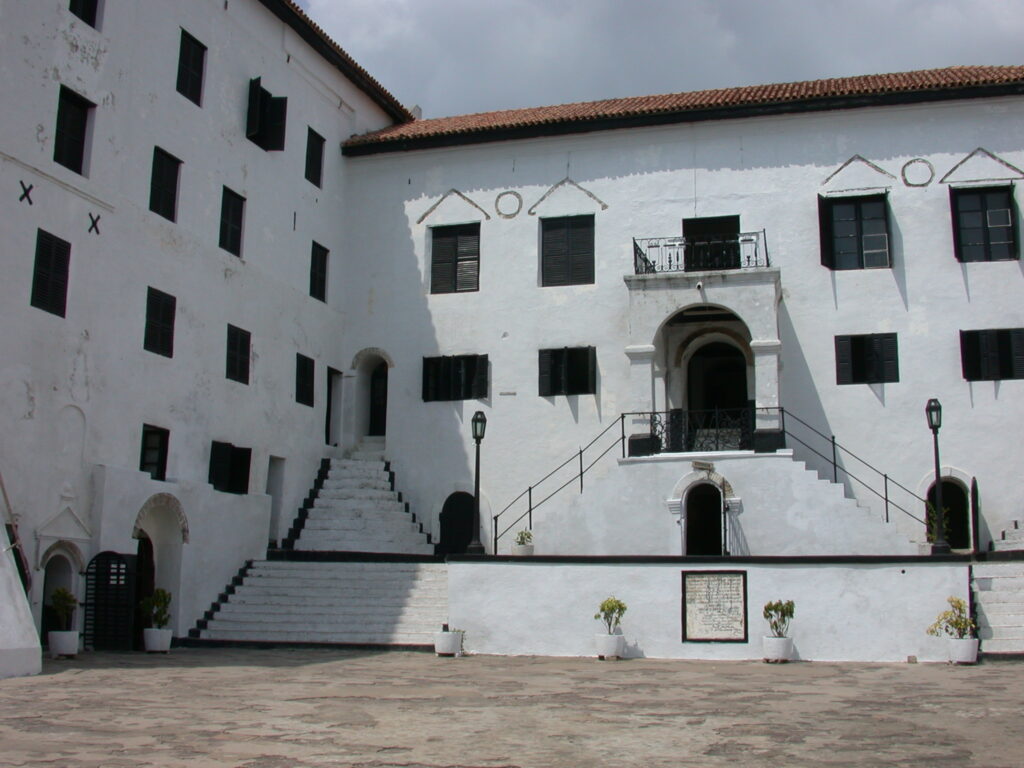
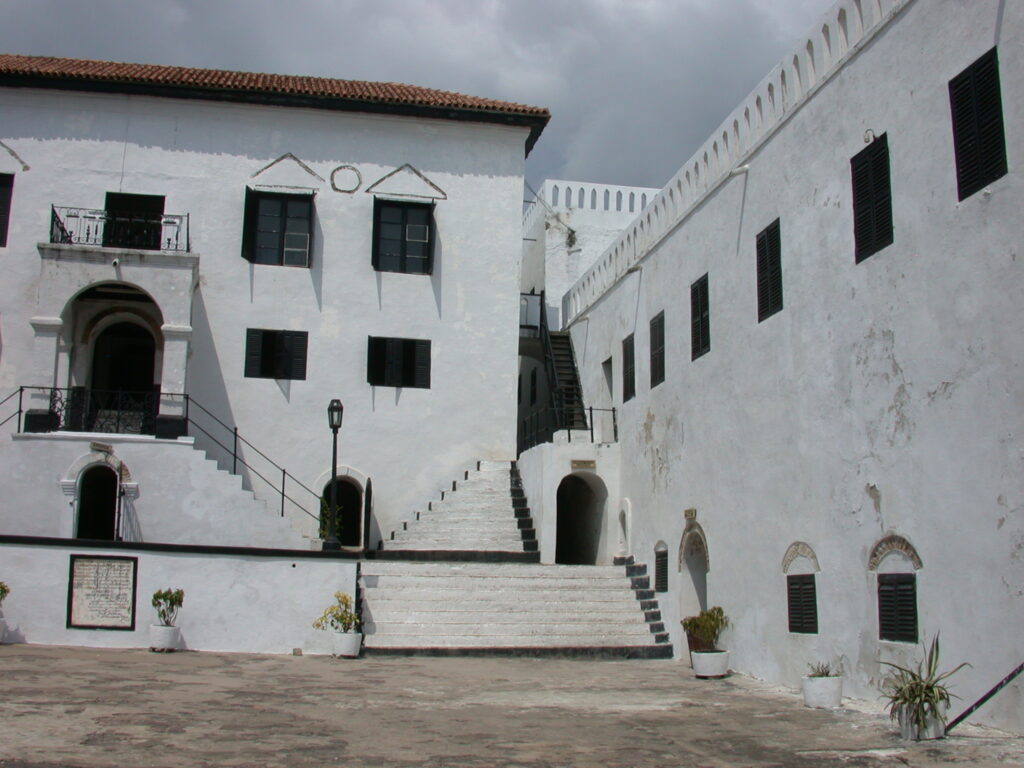
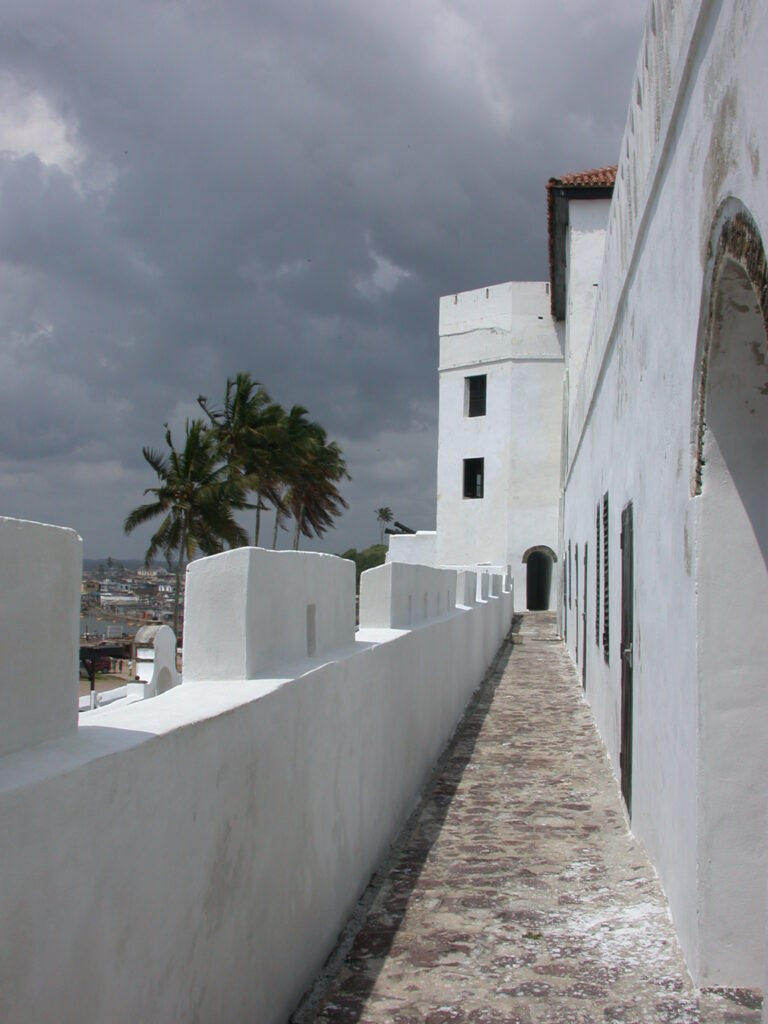
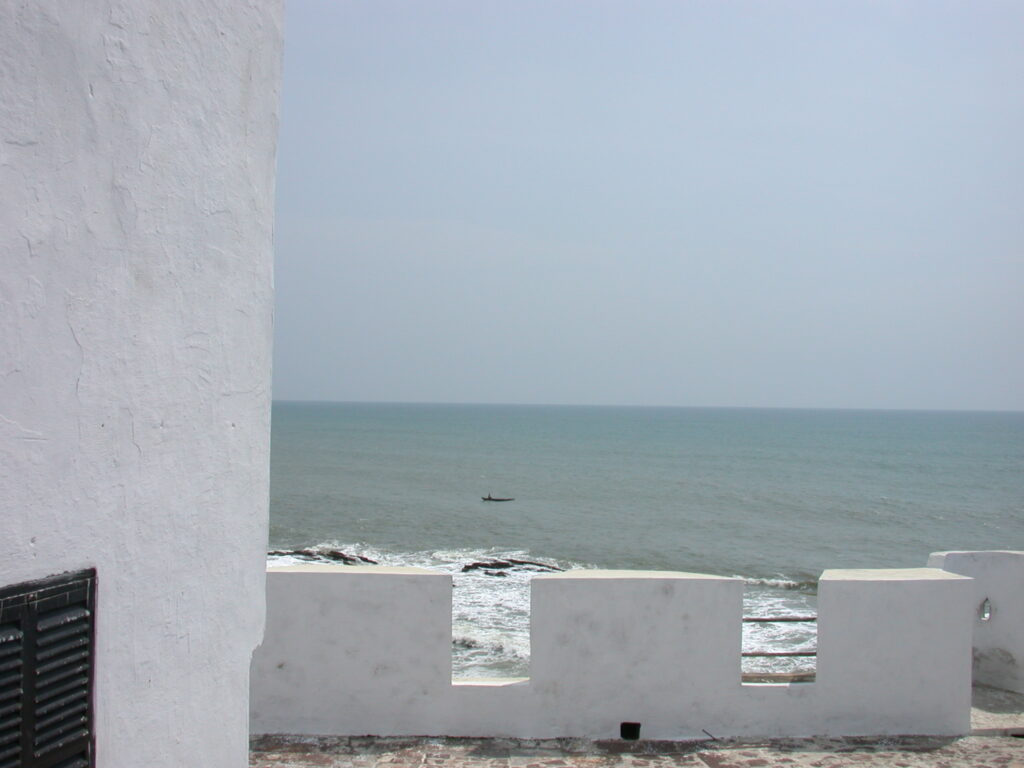
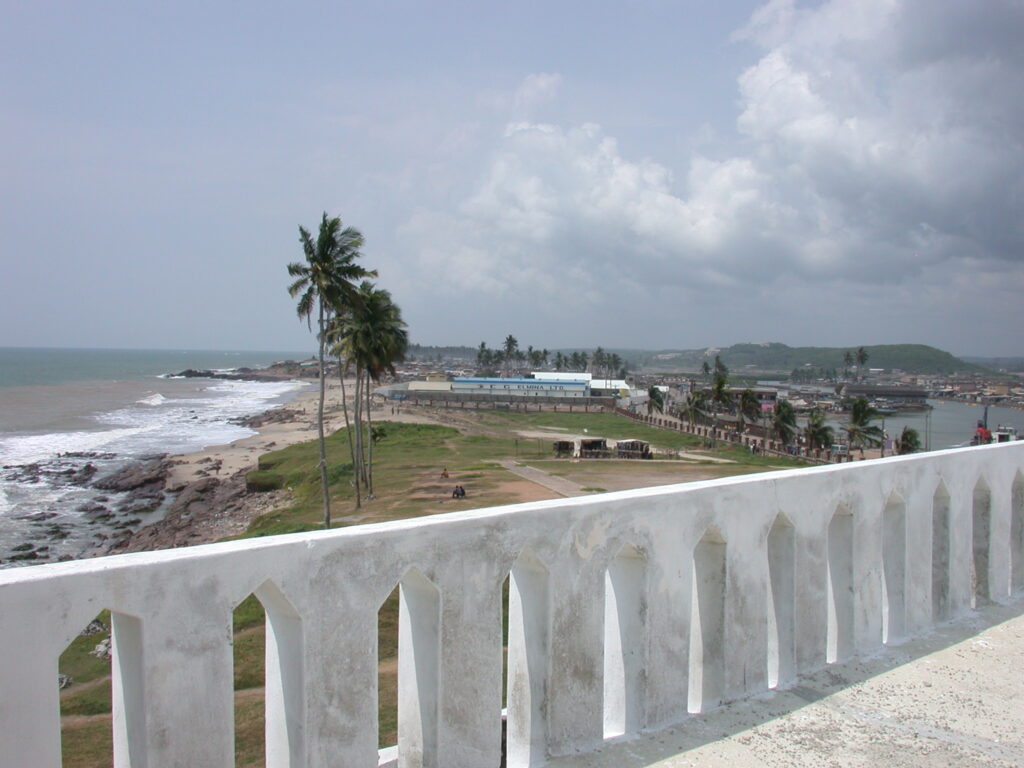
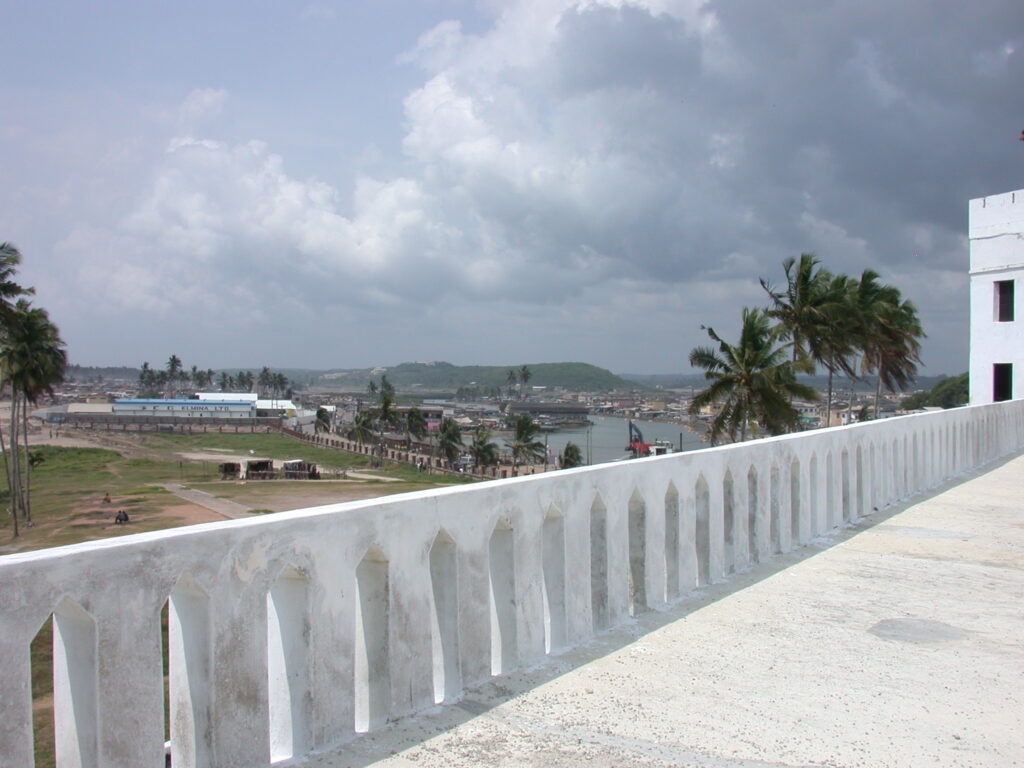
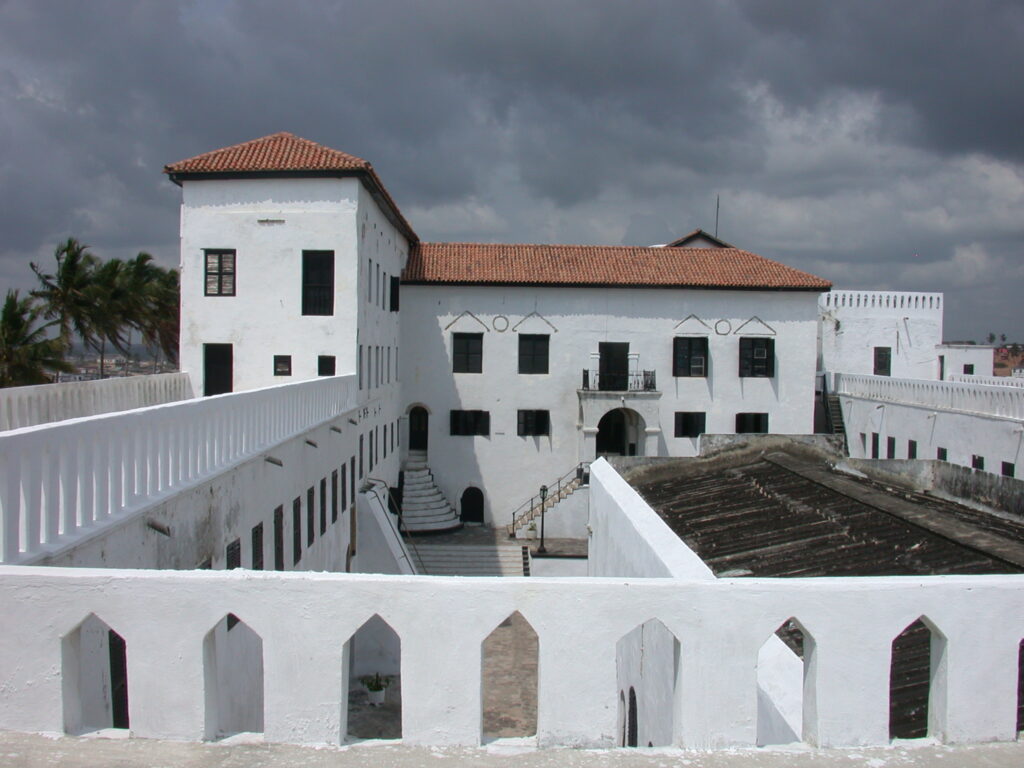
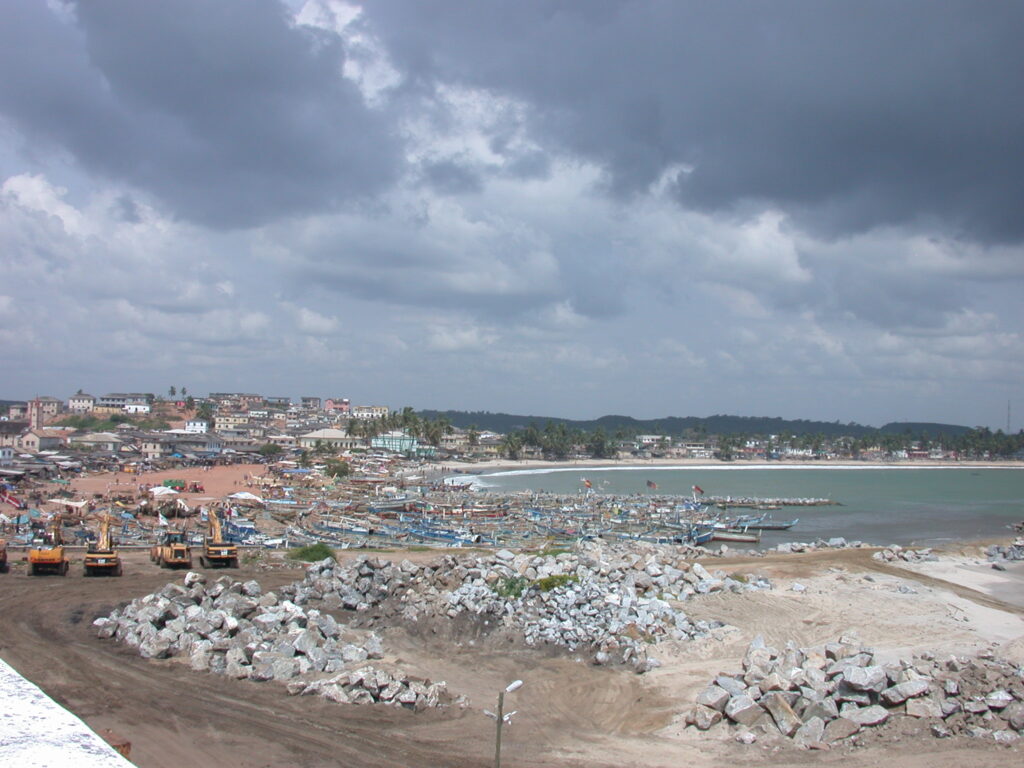
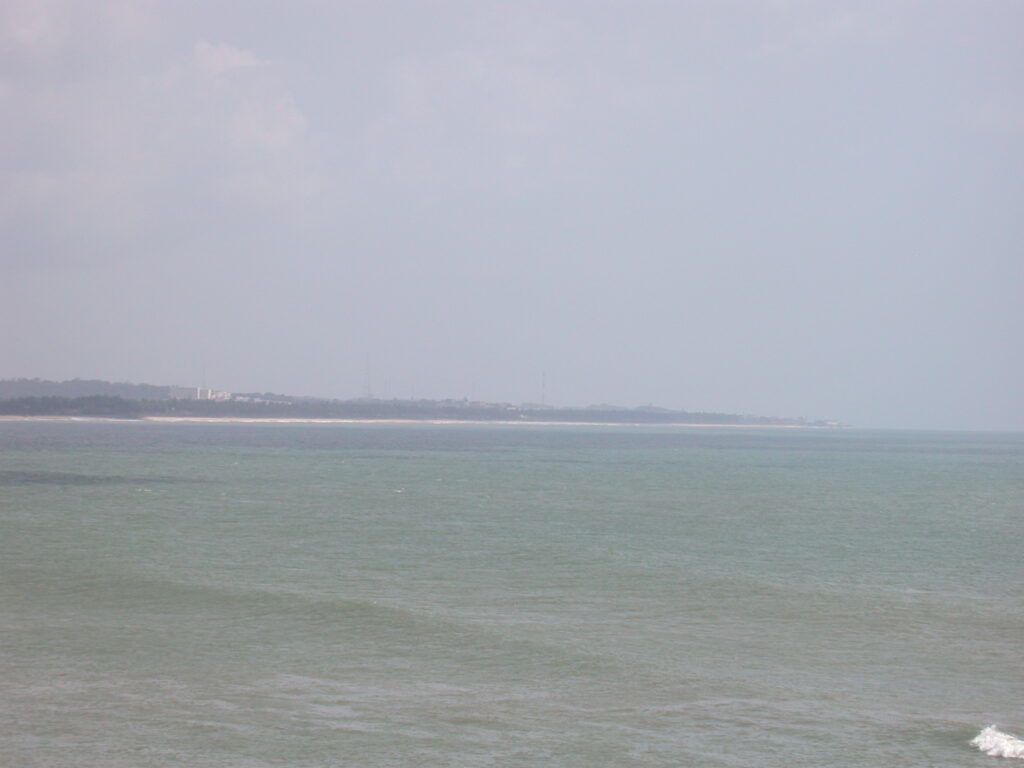
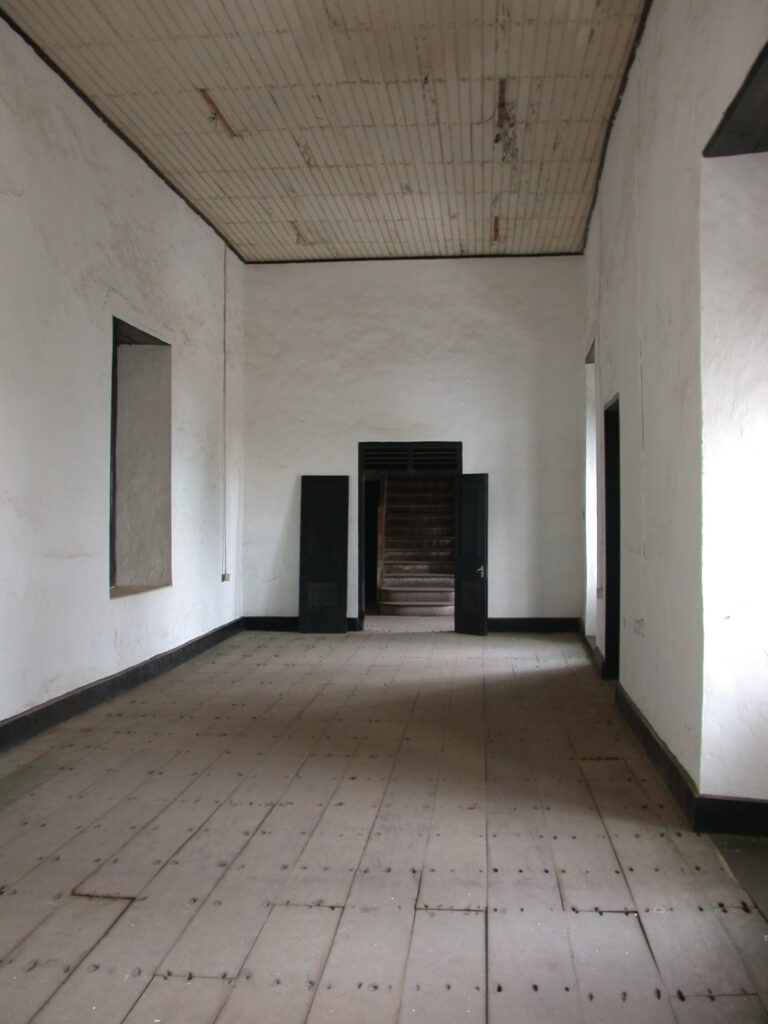
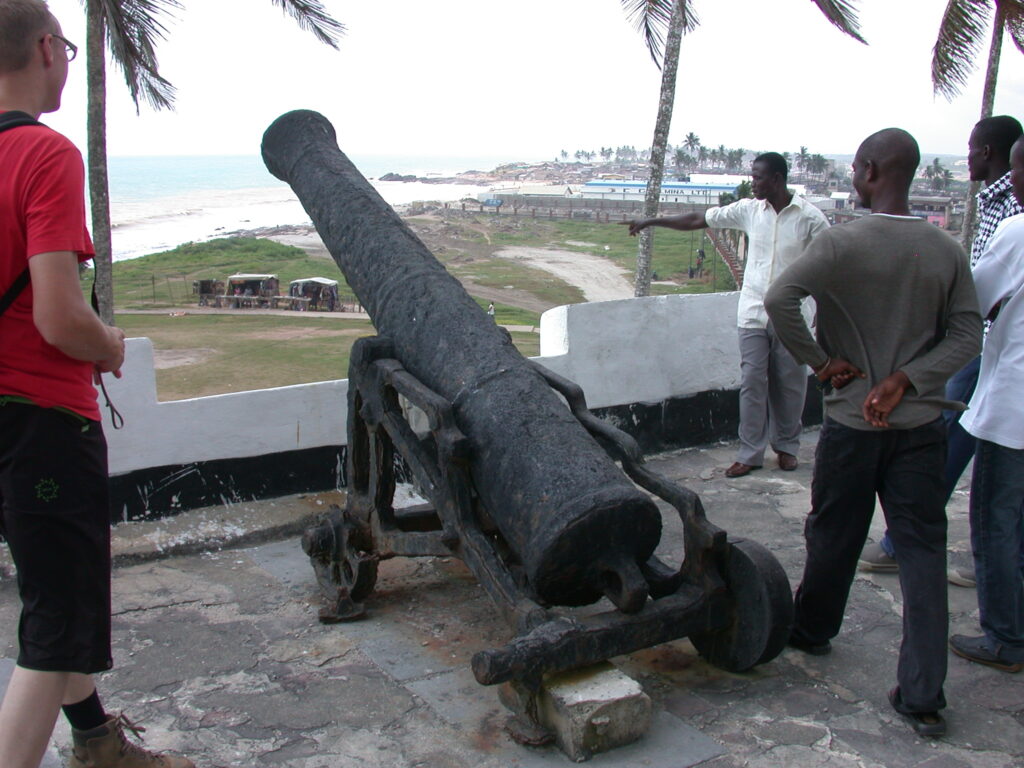
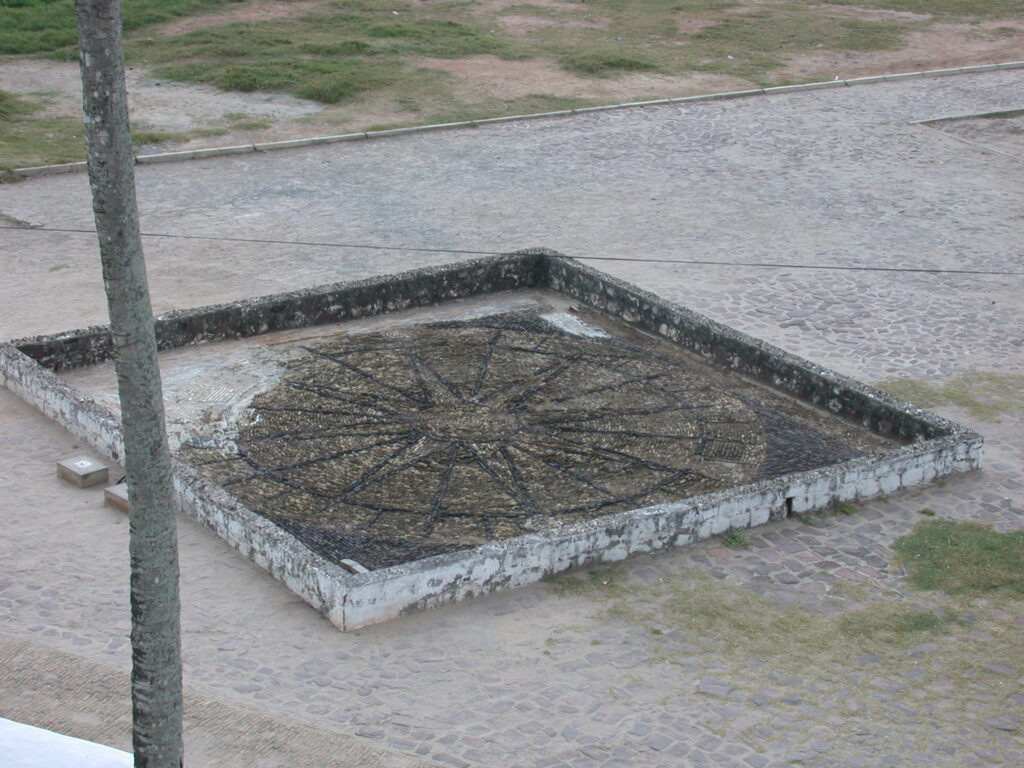
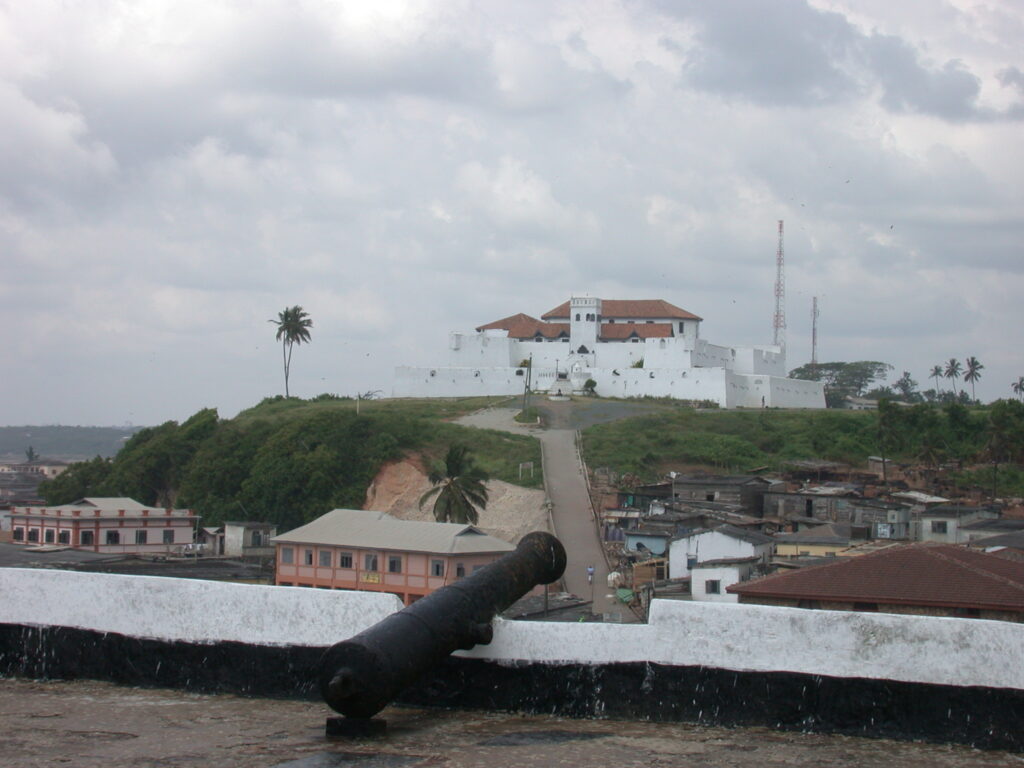
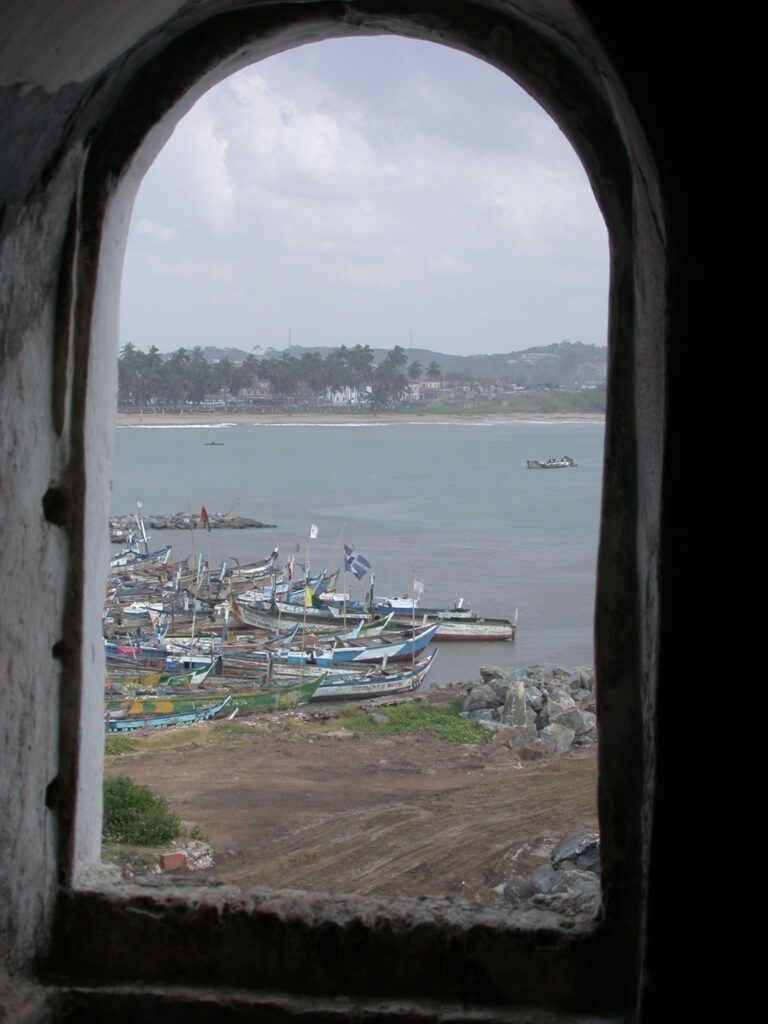
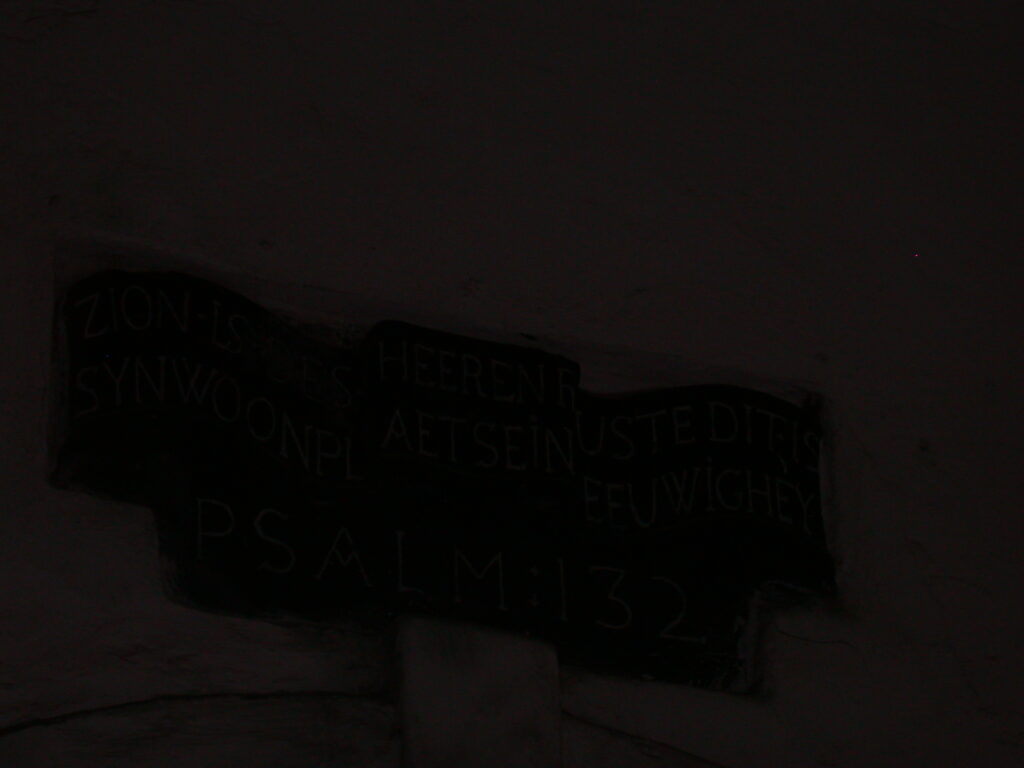
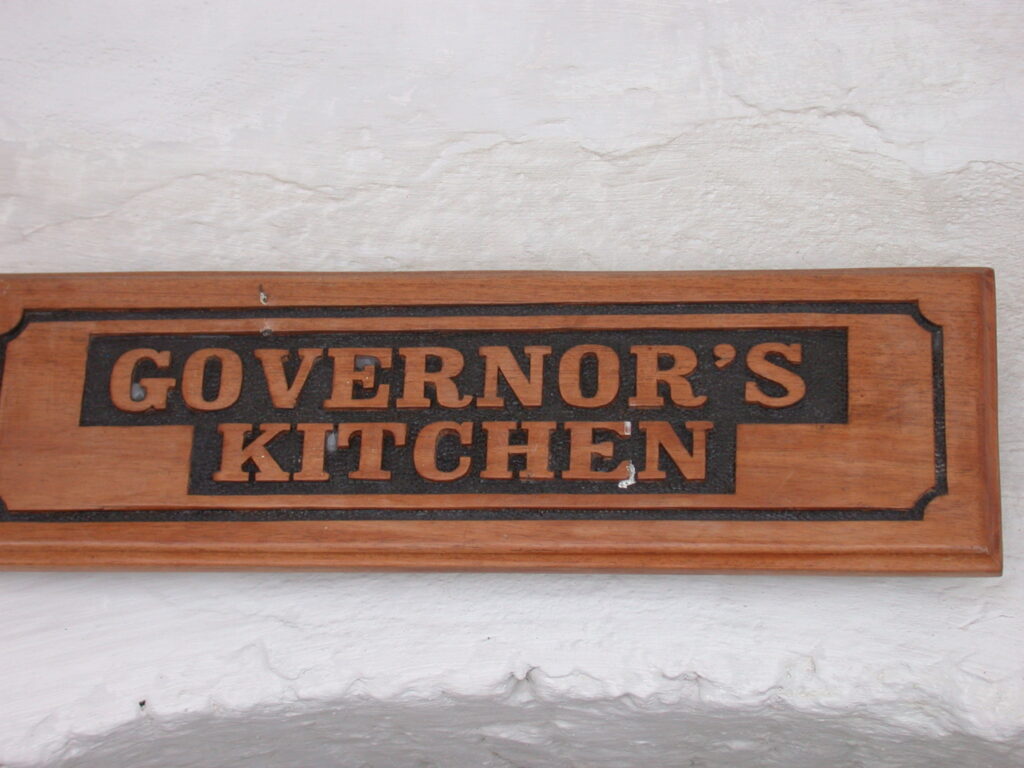
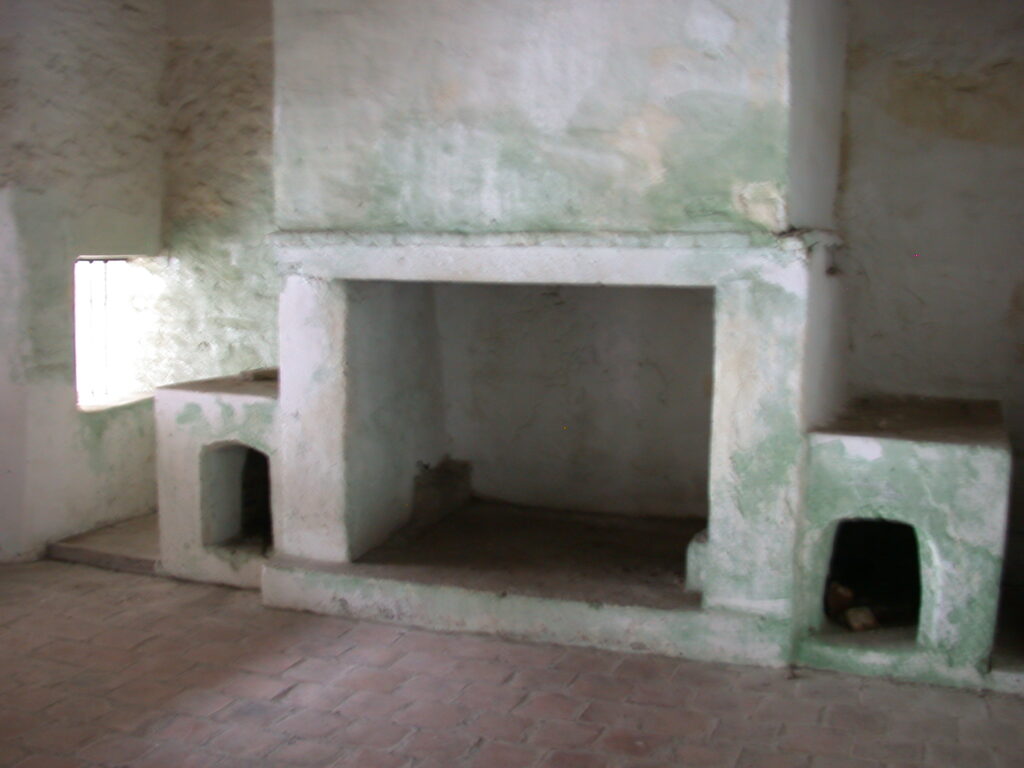
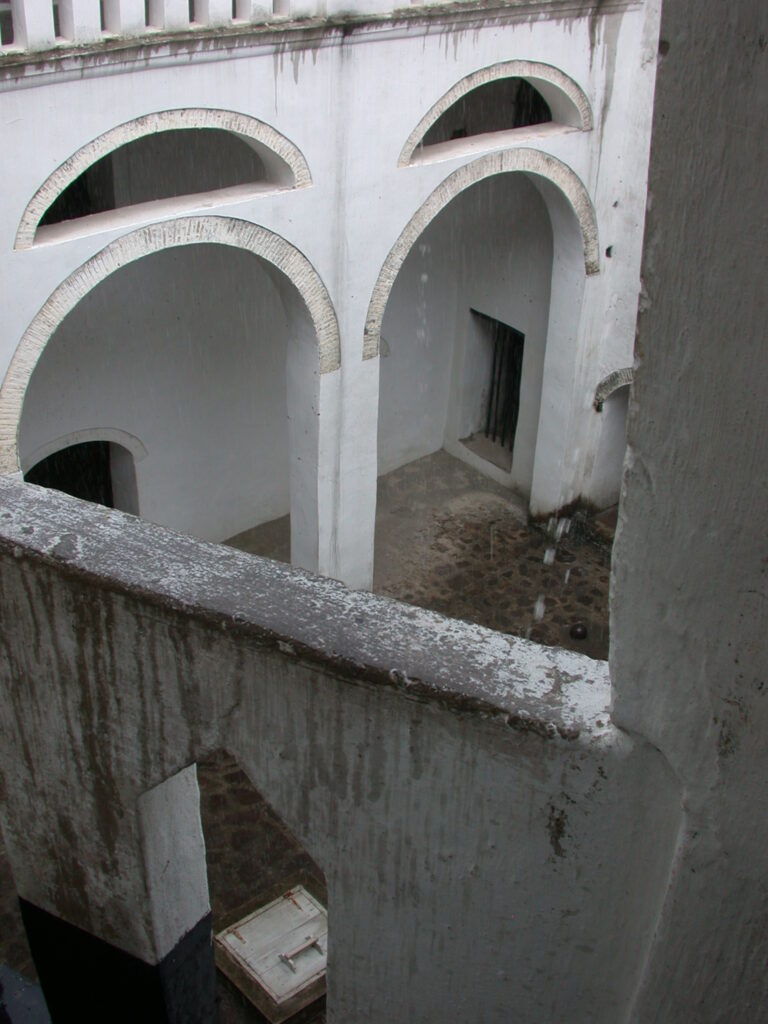
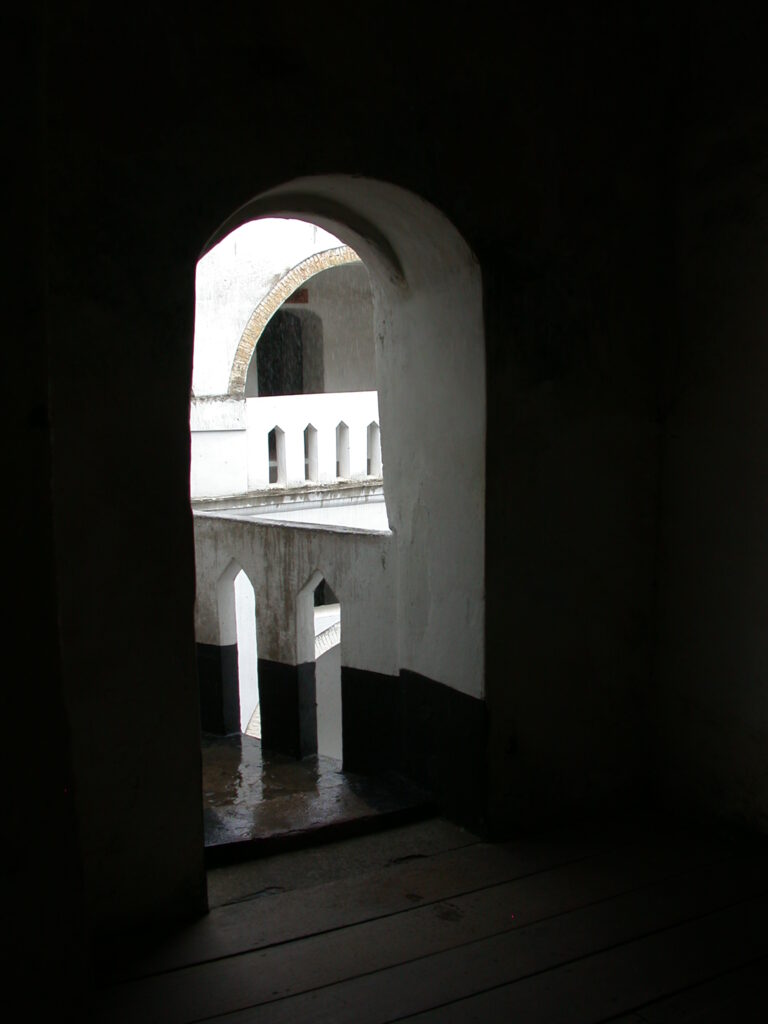
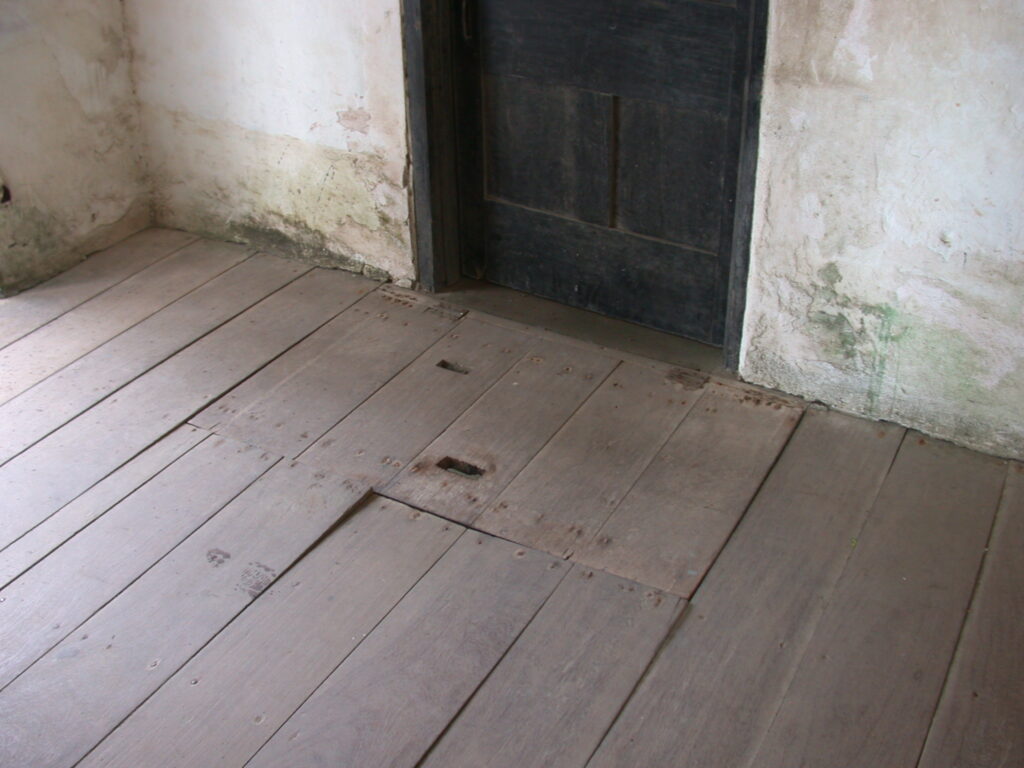
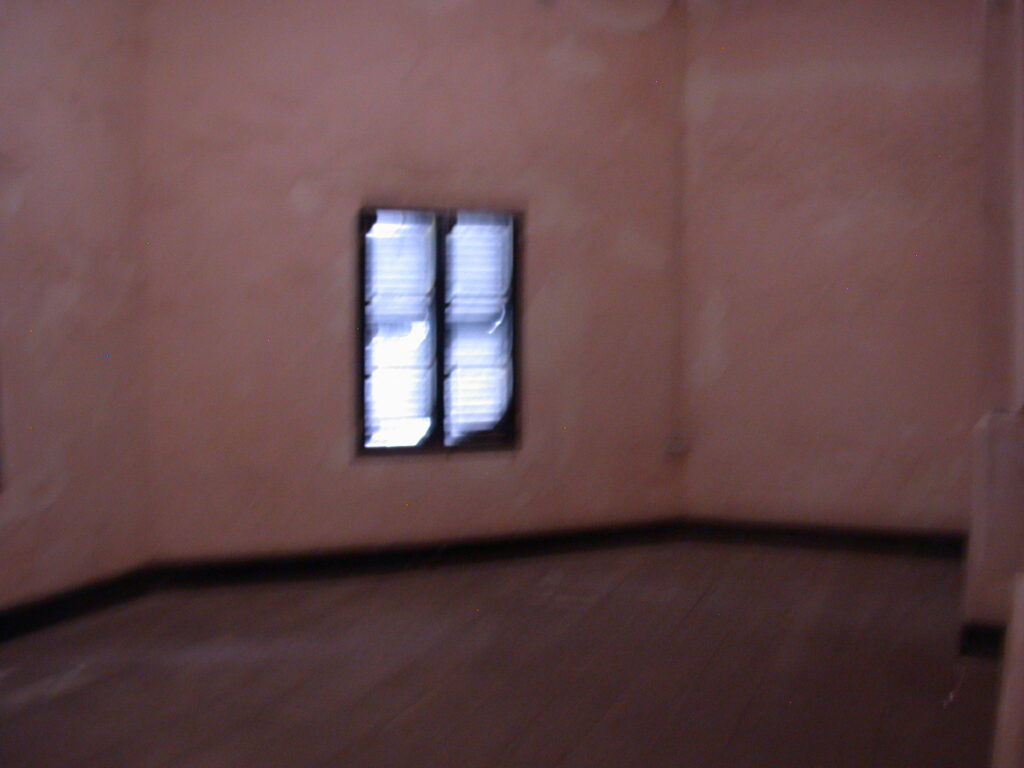
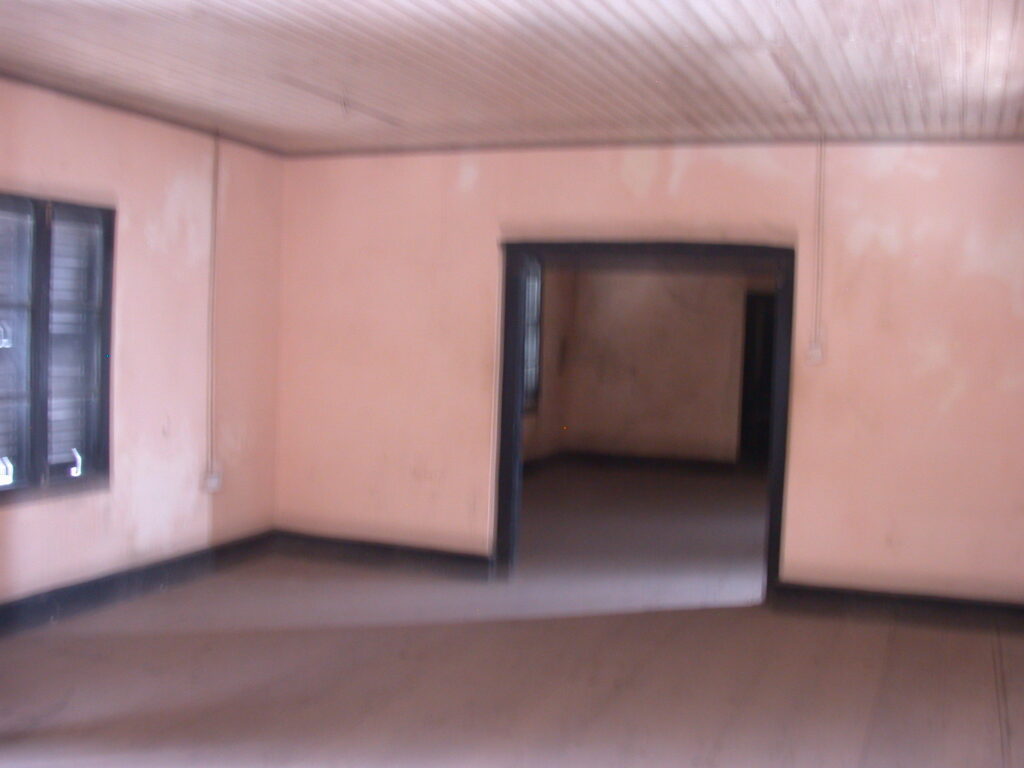
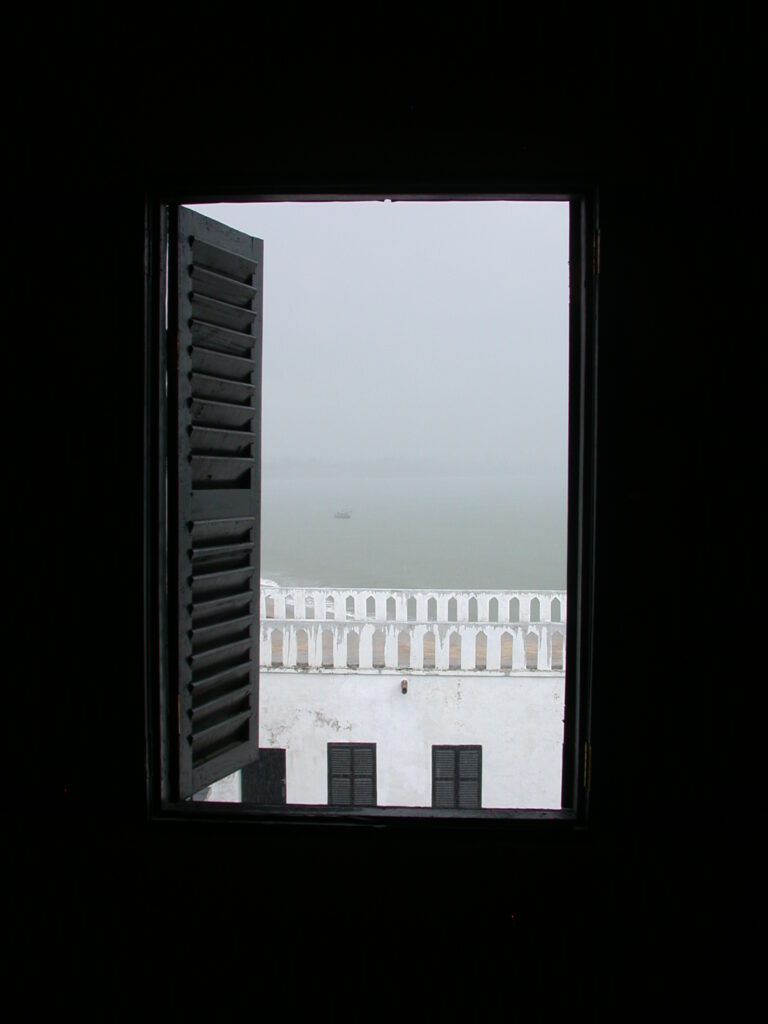
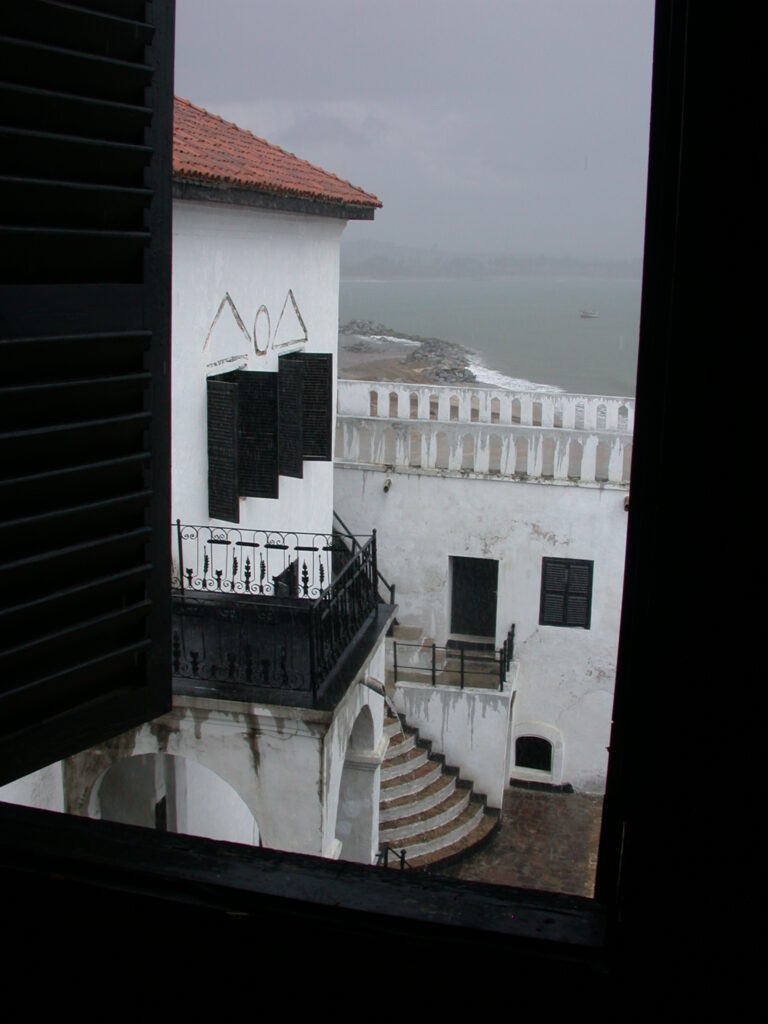
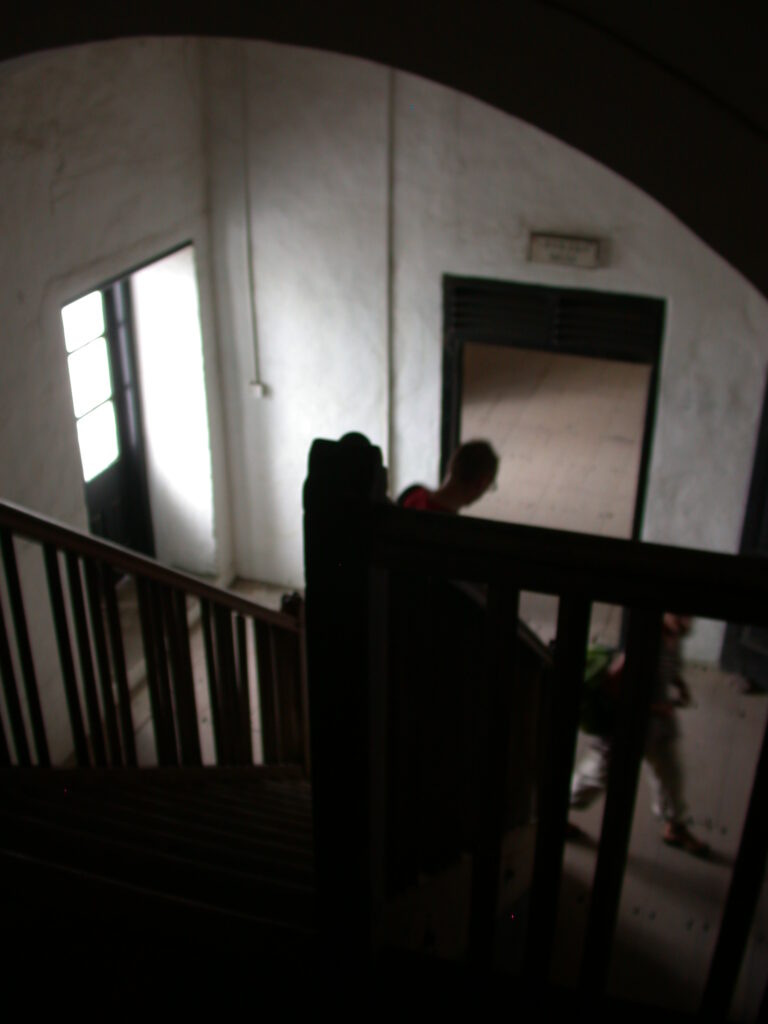
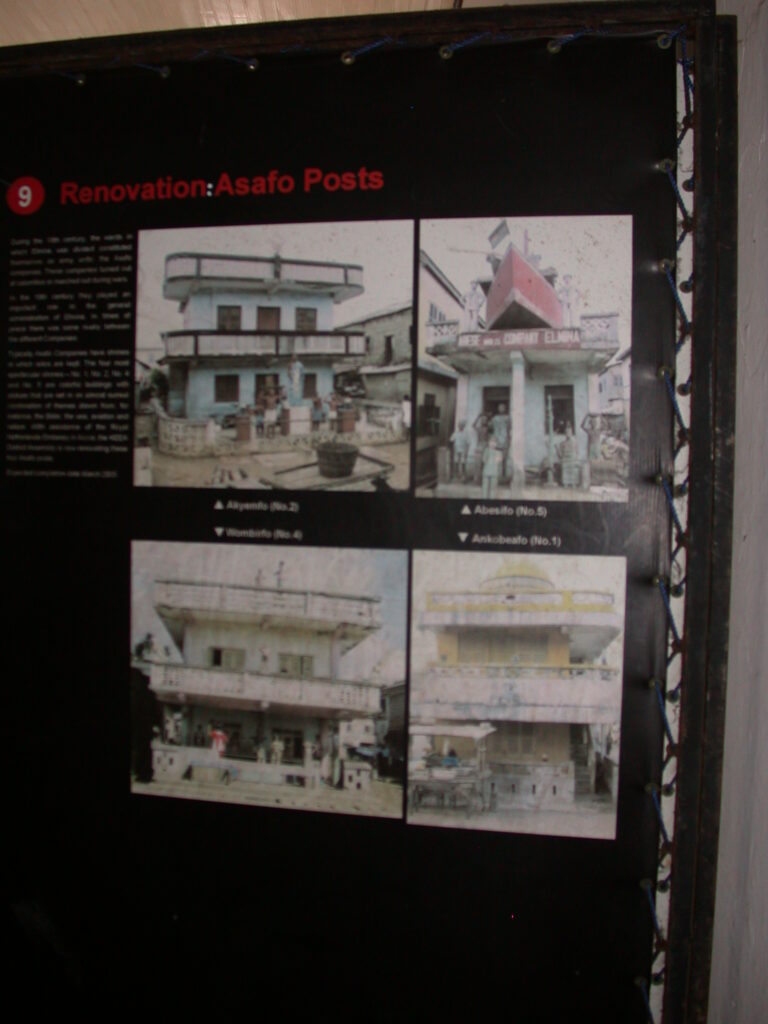
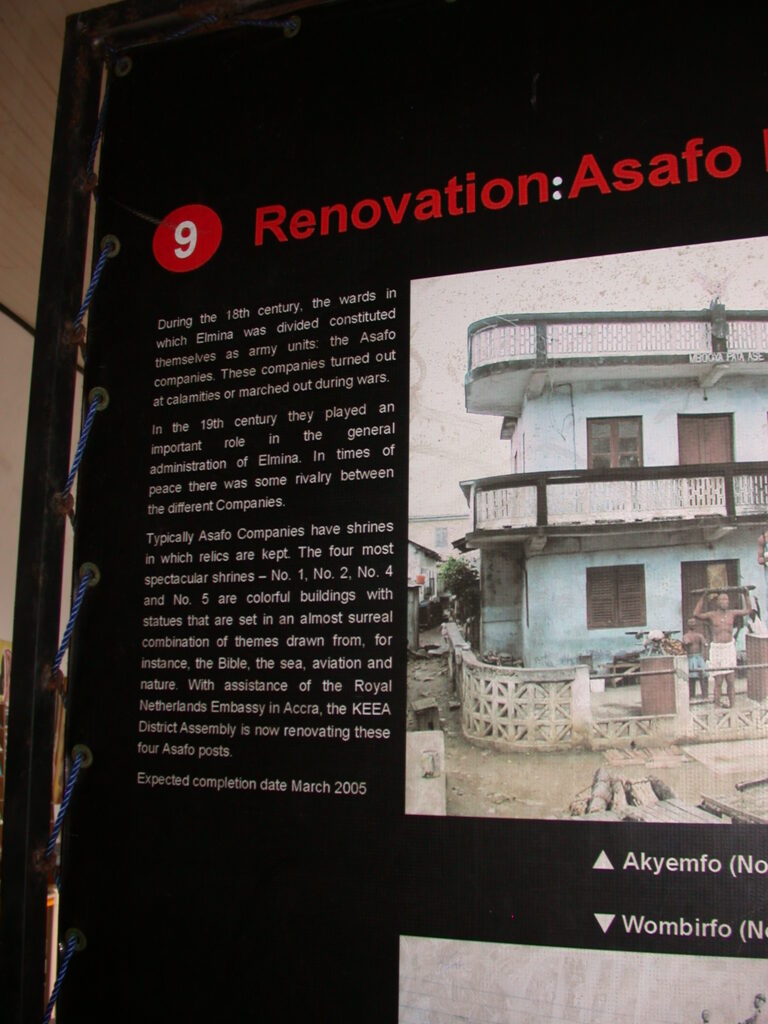

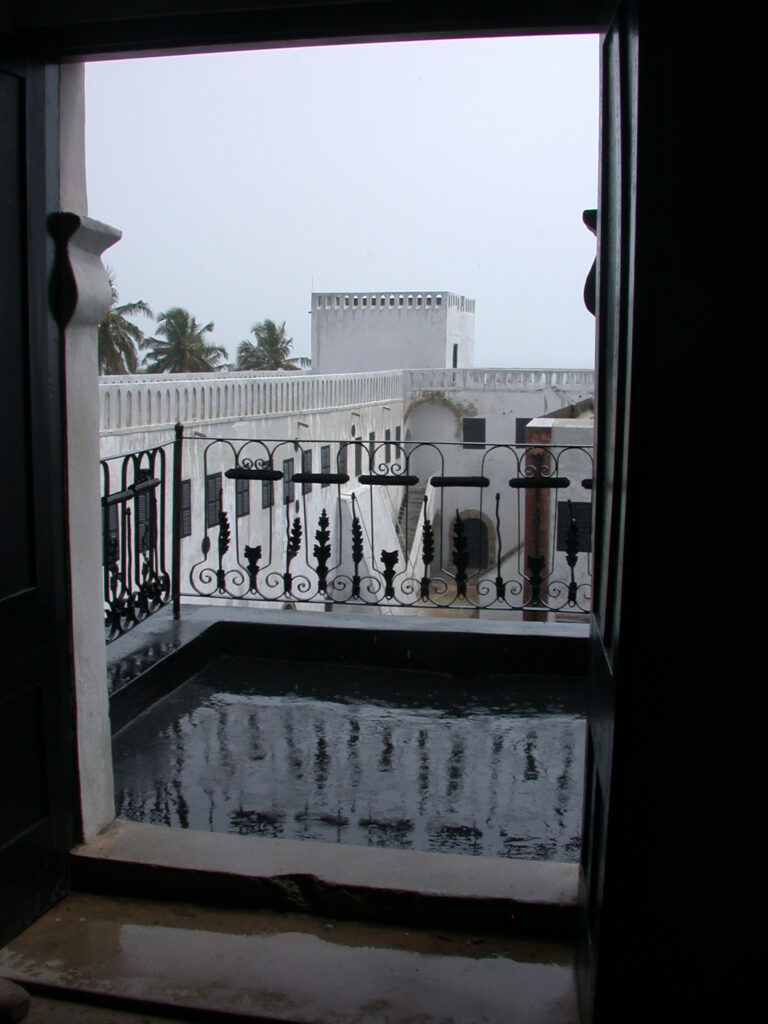
Then I returned to Cape Coast to visit another slave fort, where i met some friendly travelers.
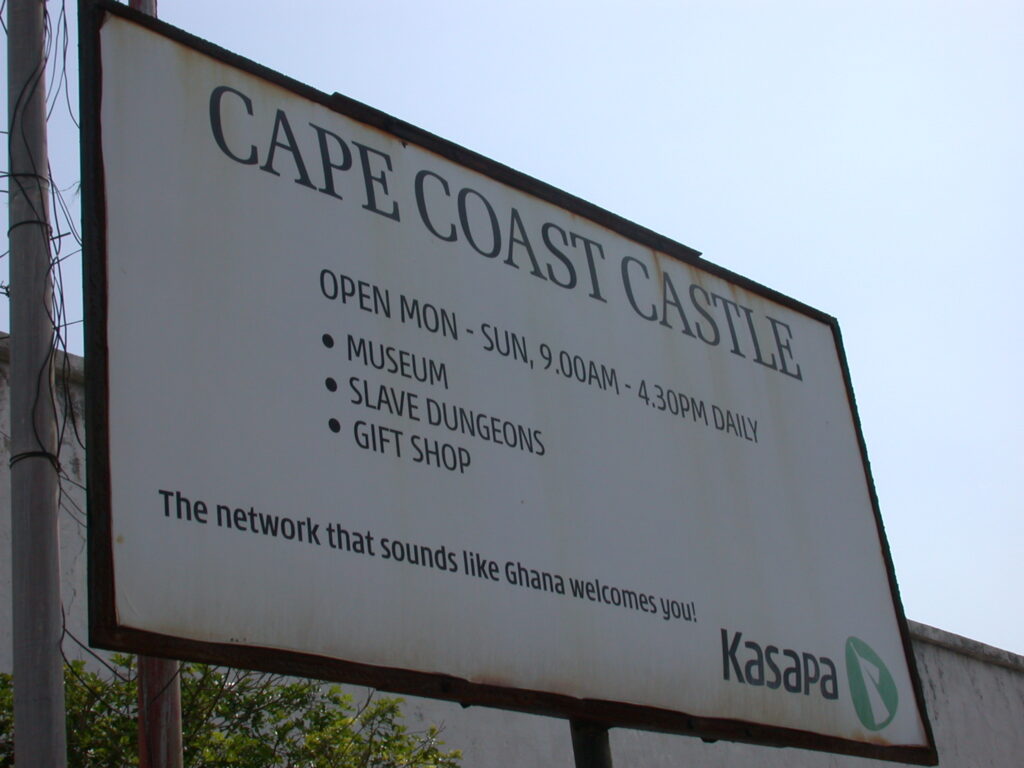
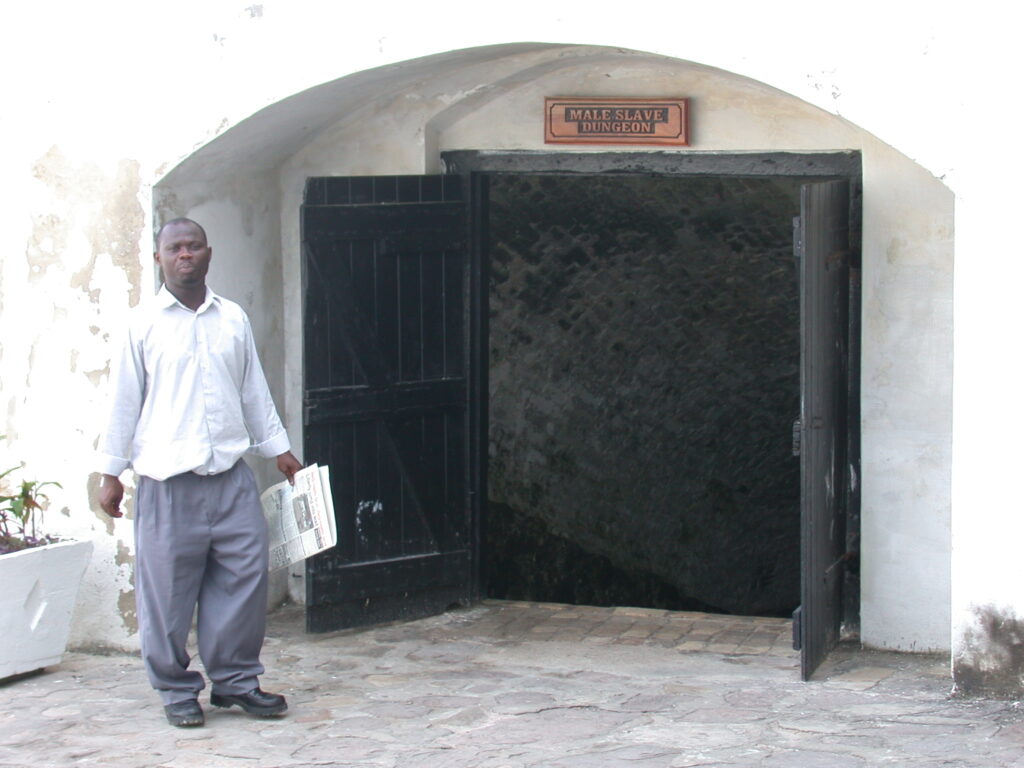
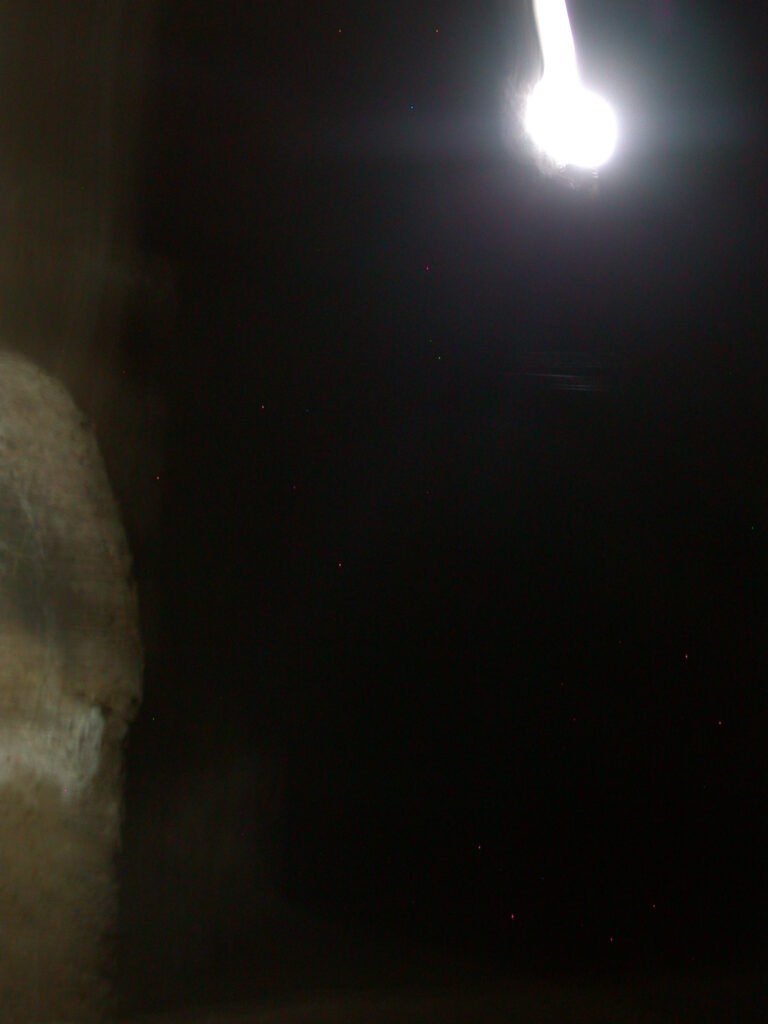
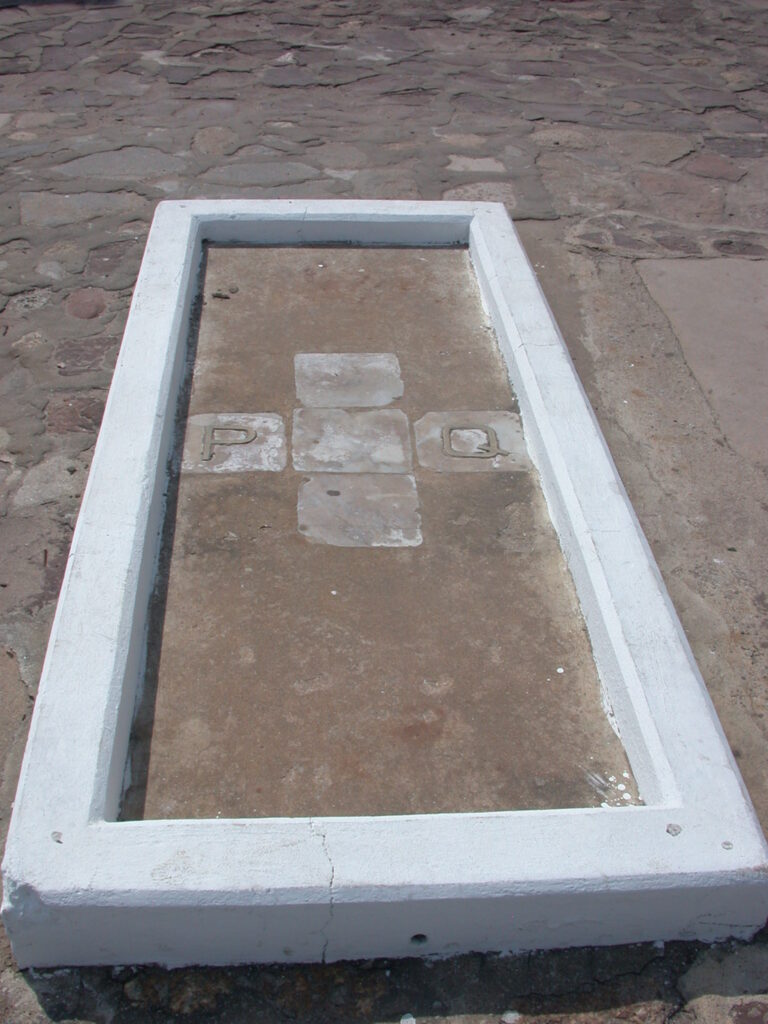
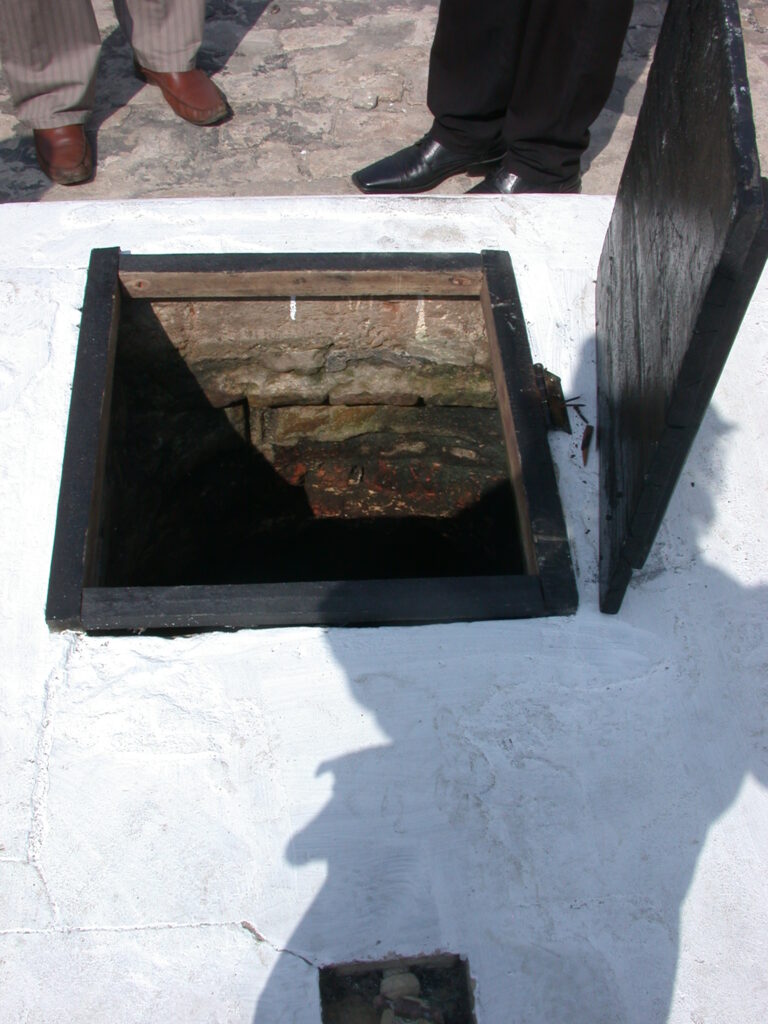
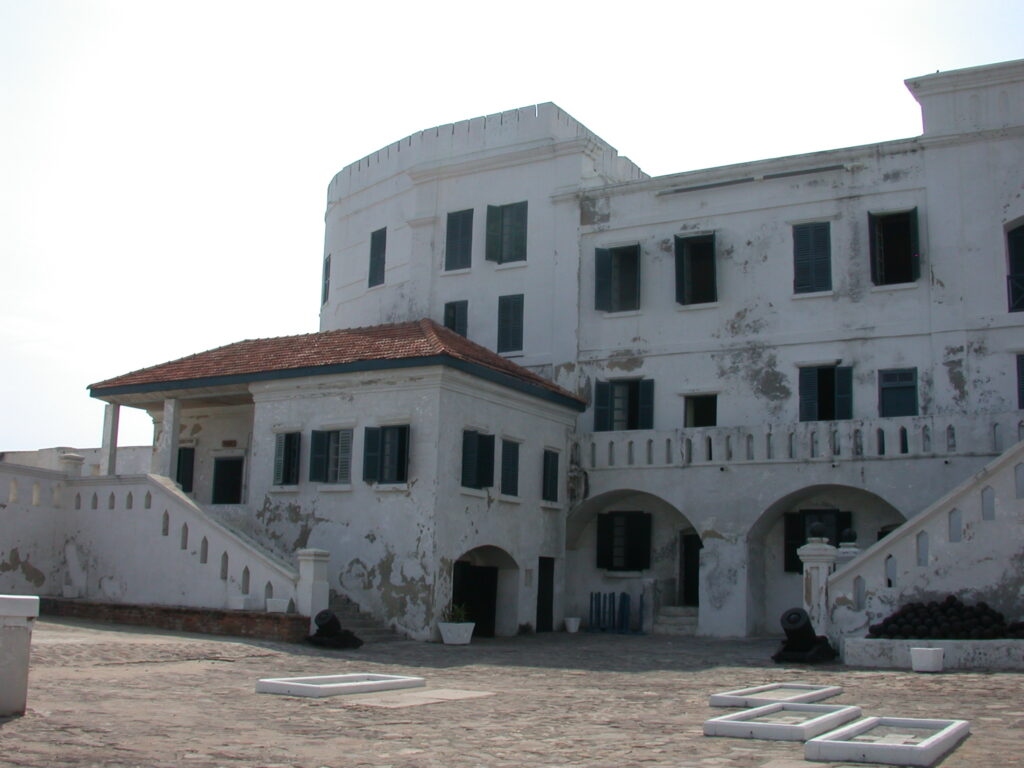
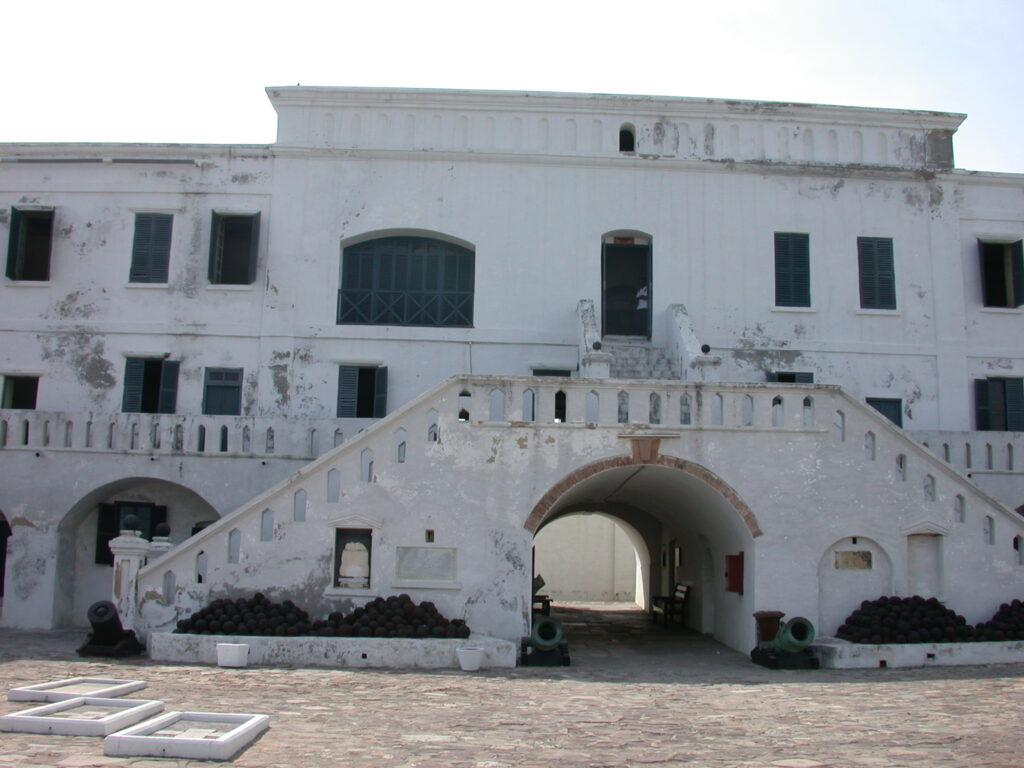
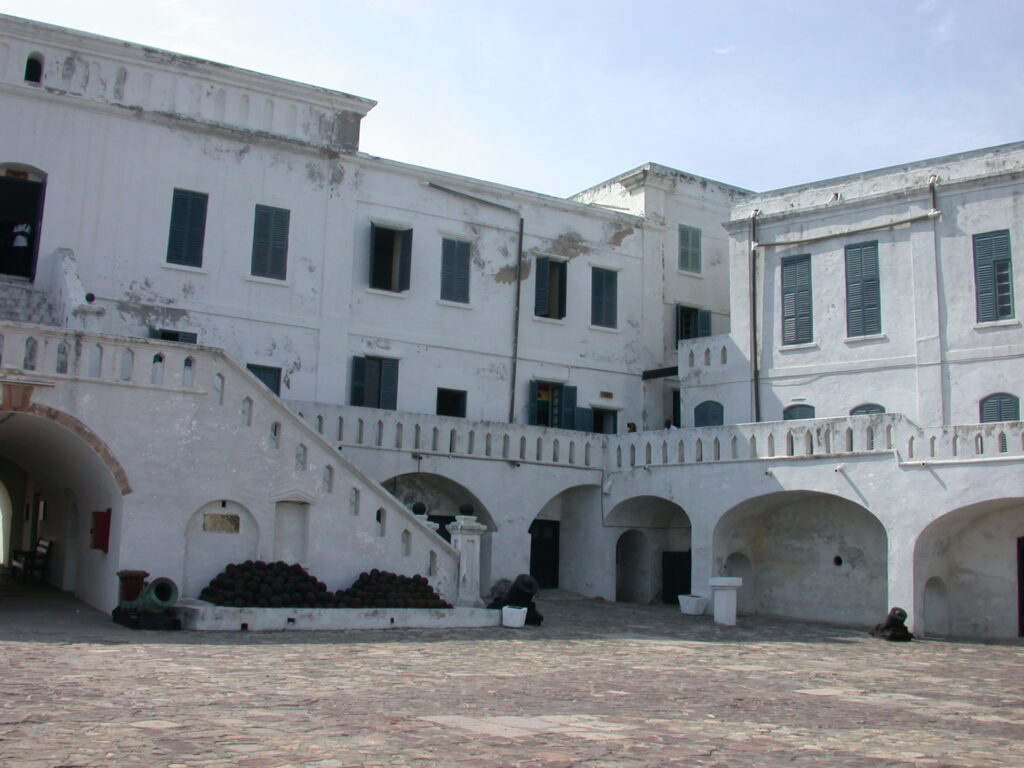
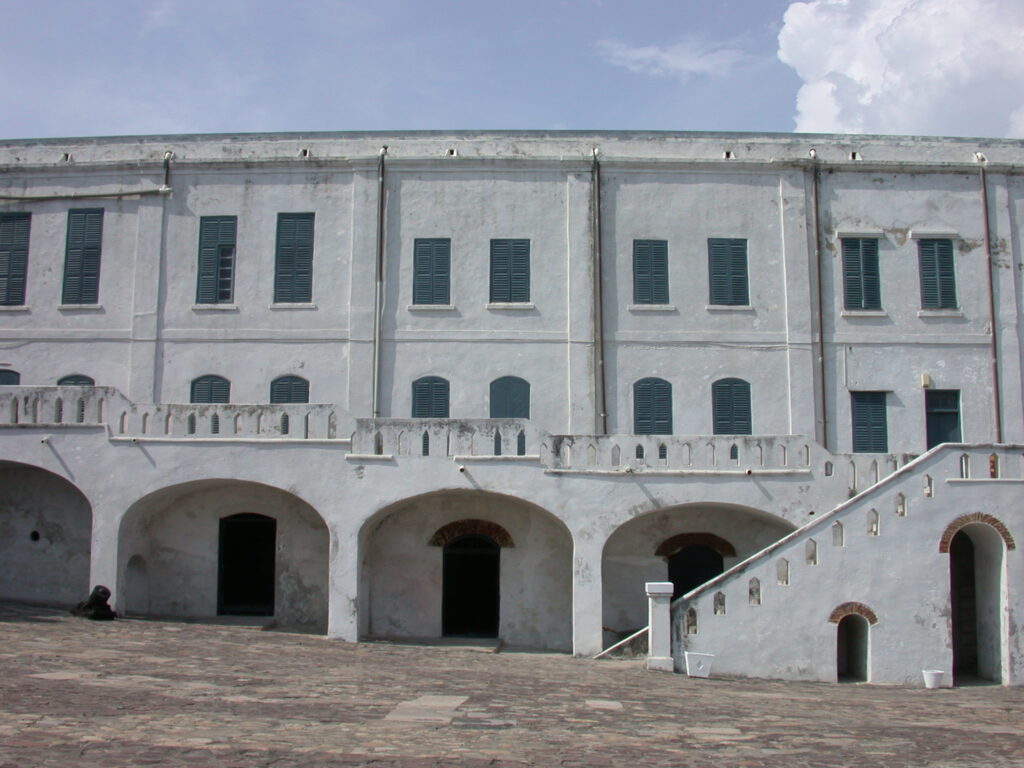
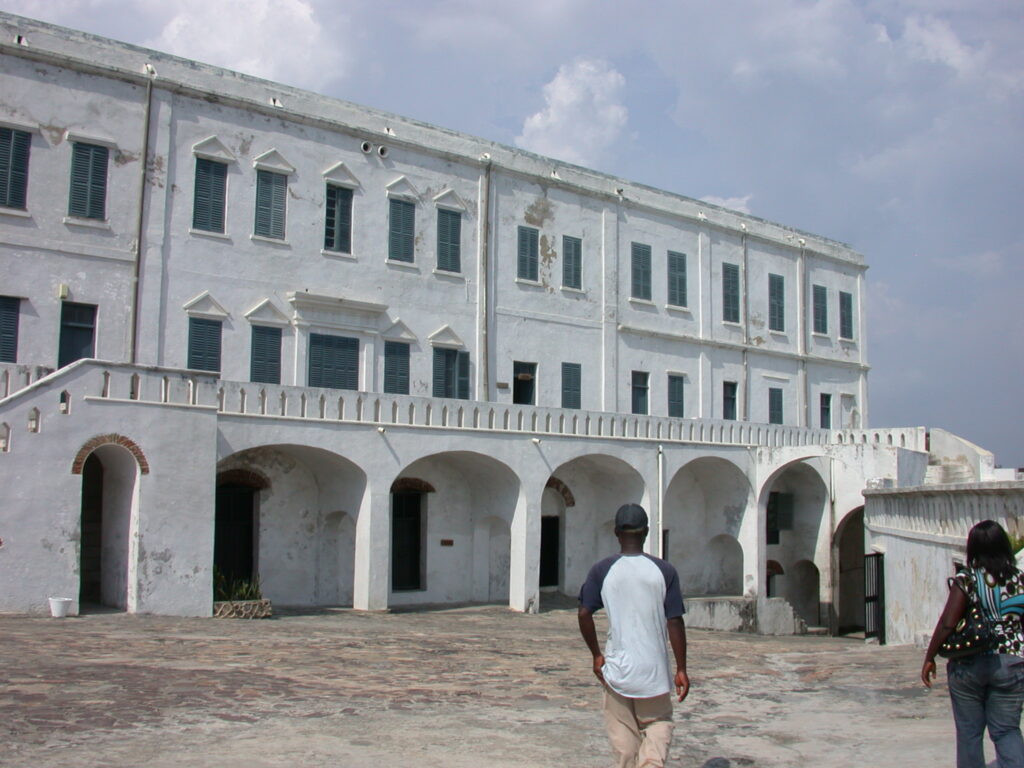
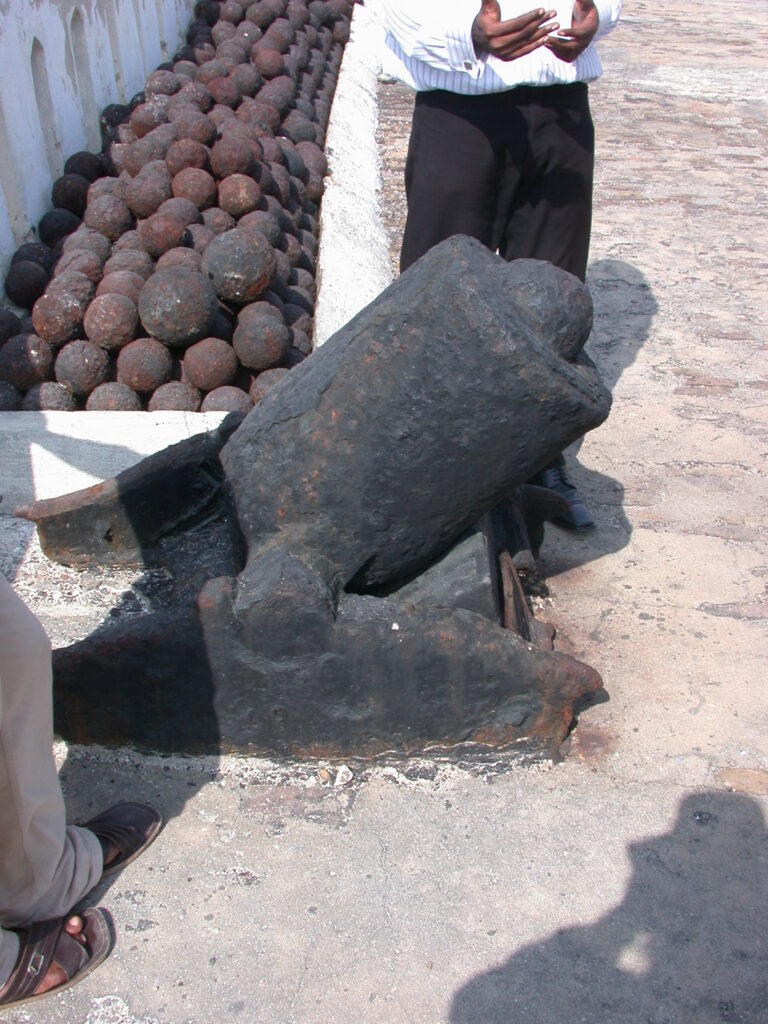
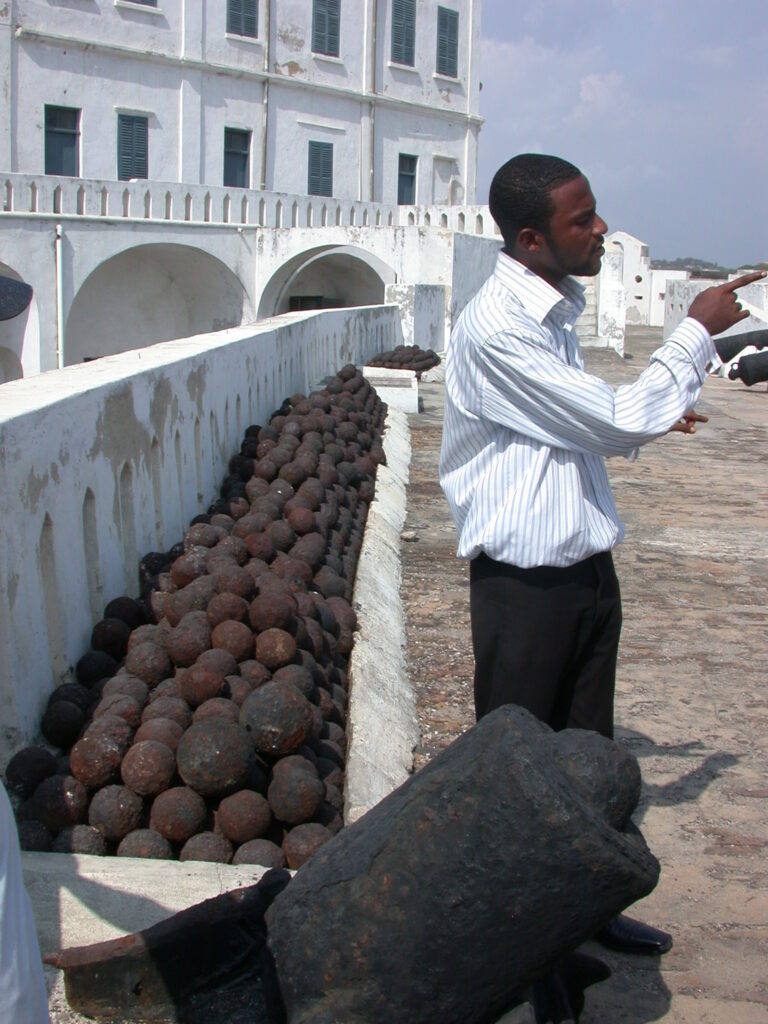
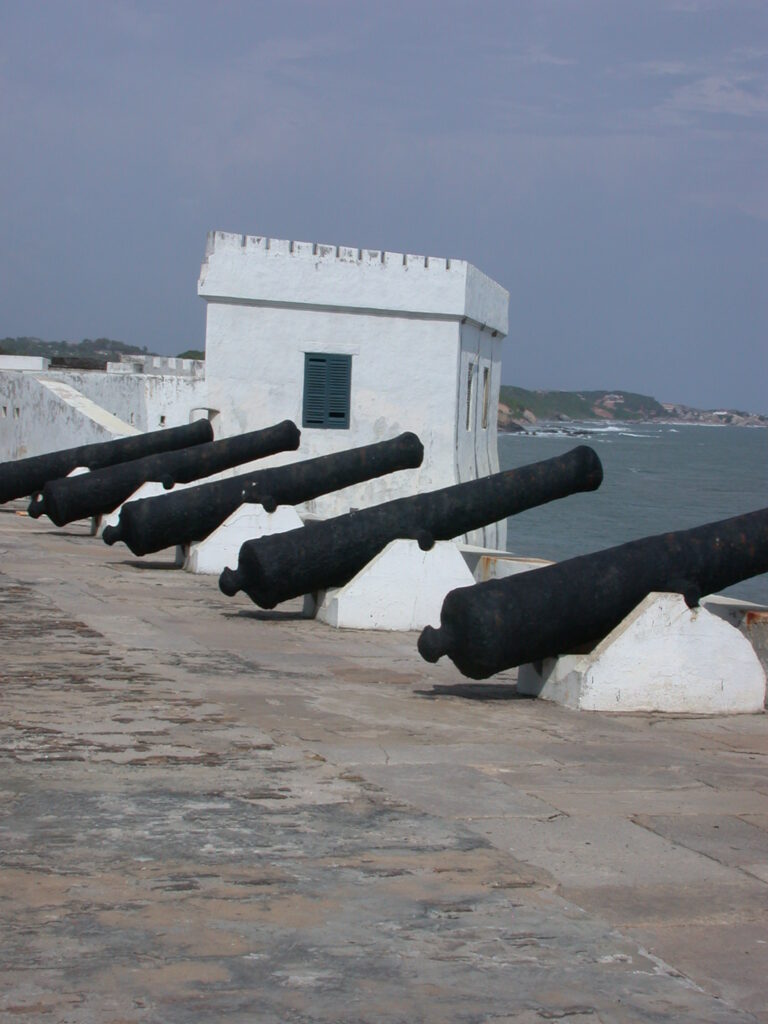
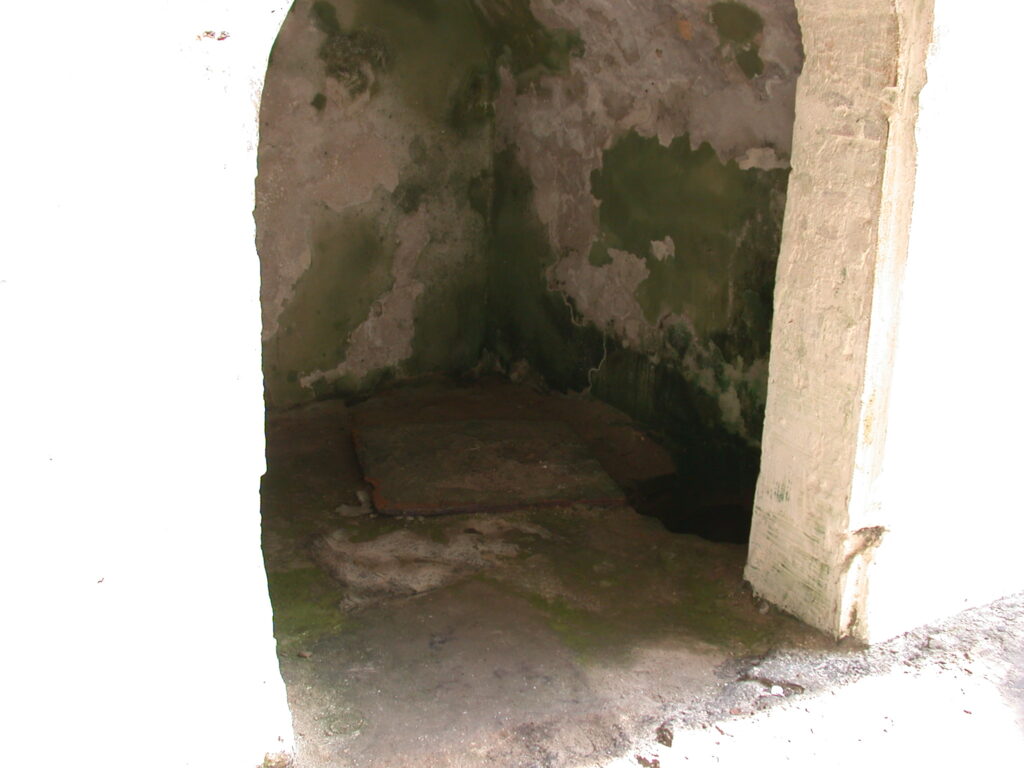
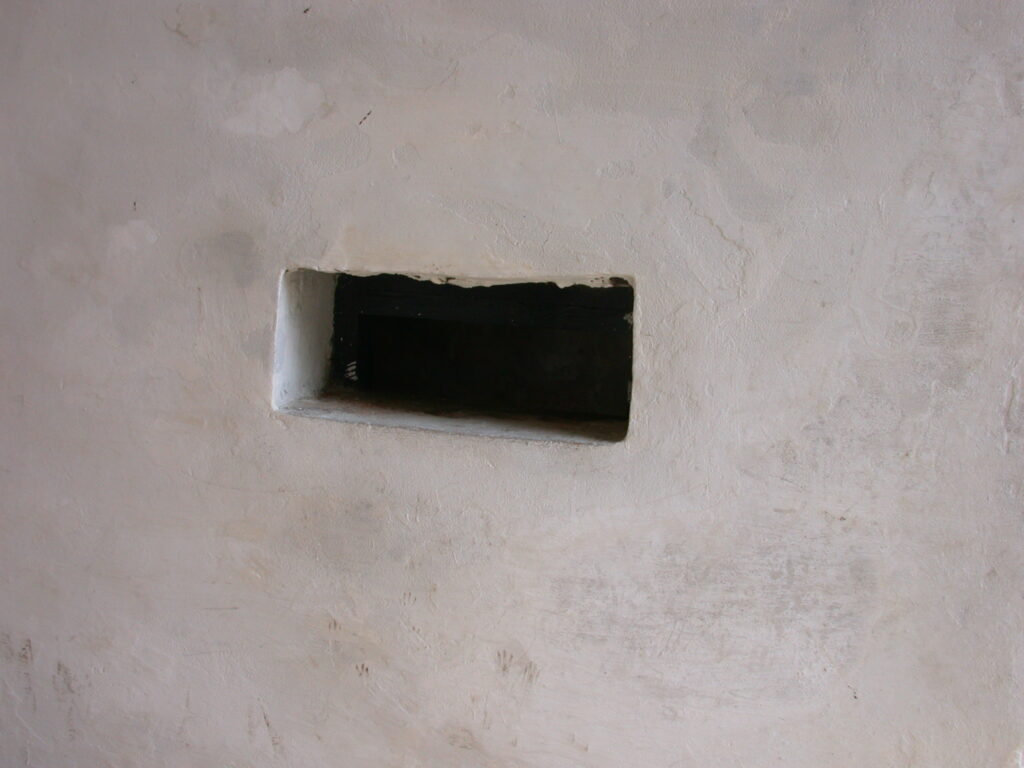
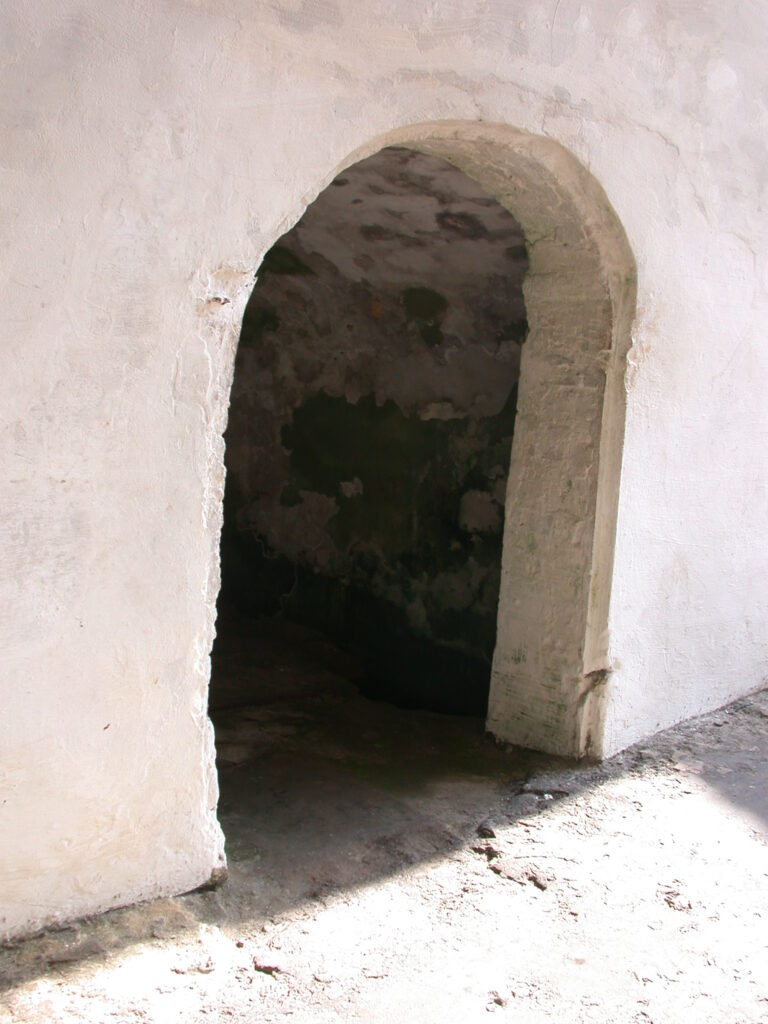
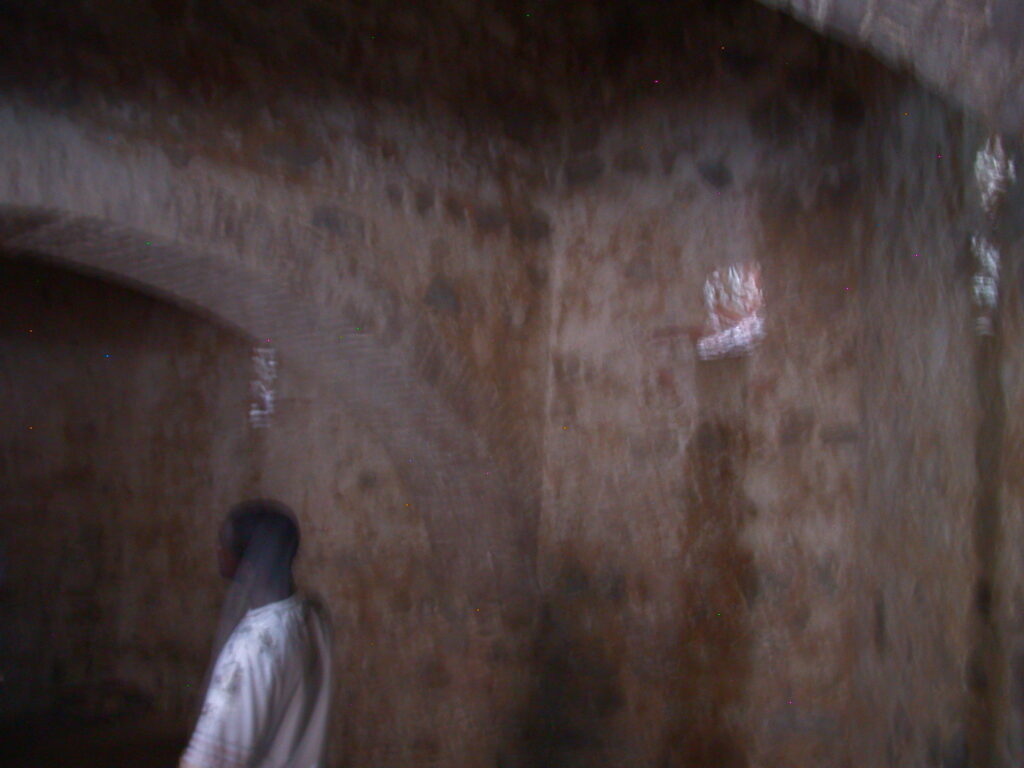
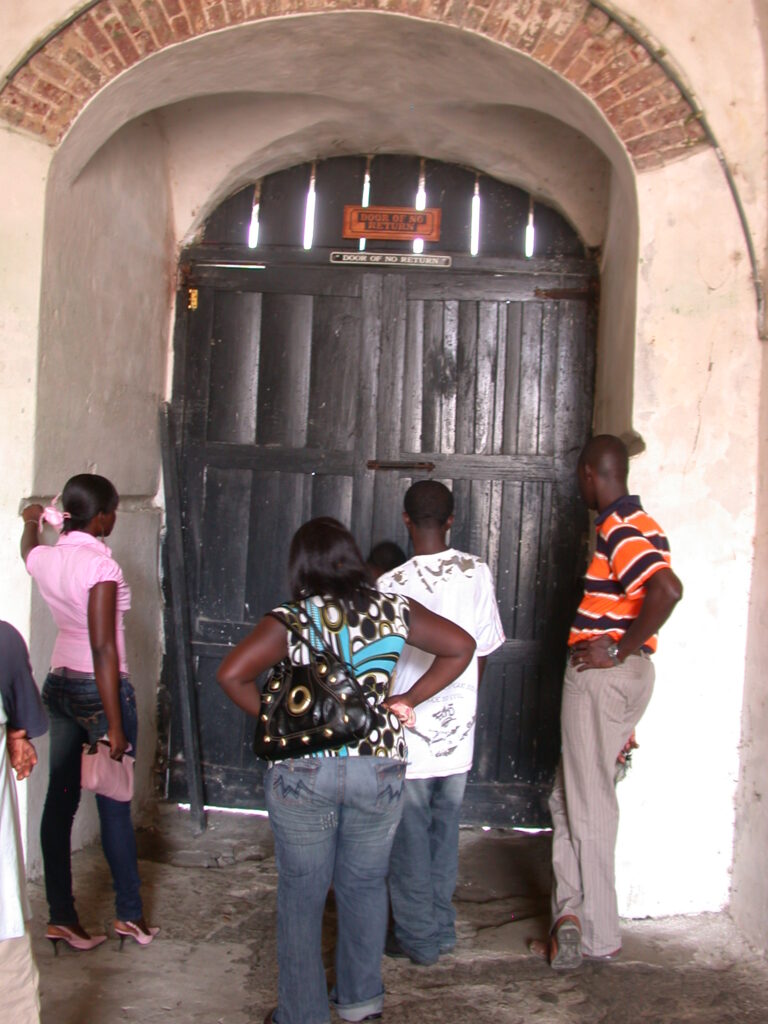
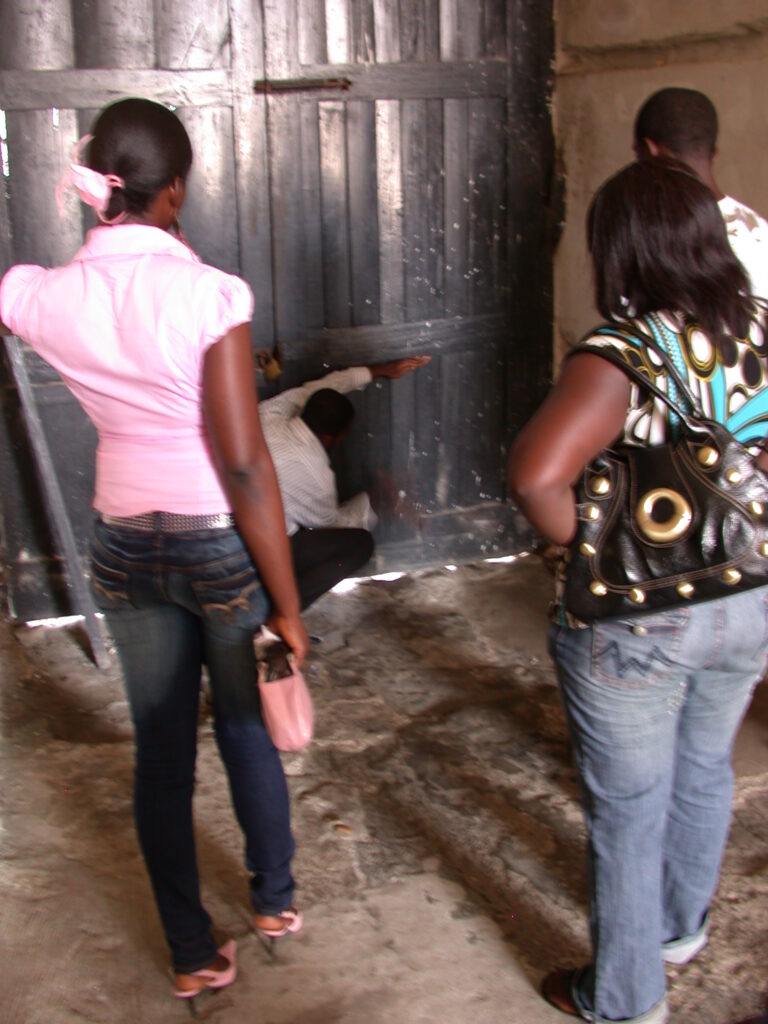

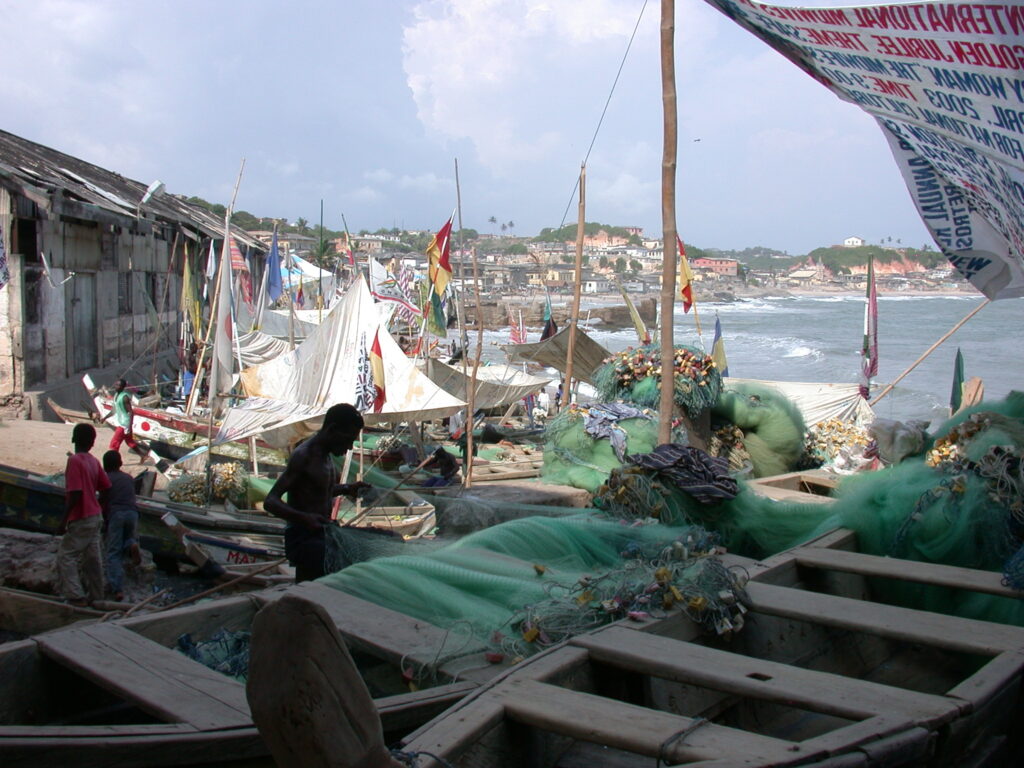
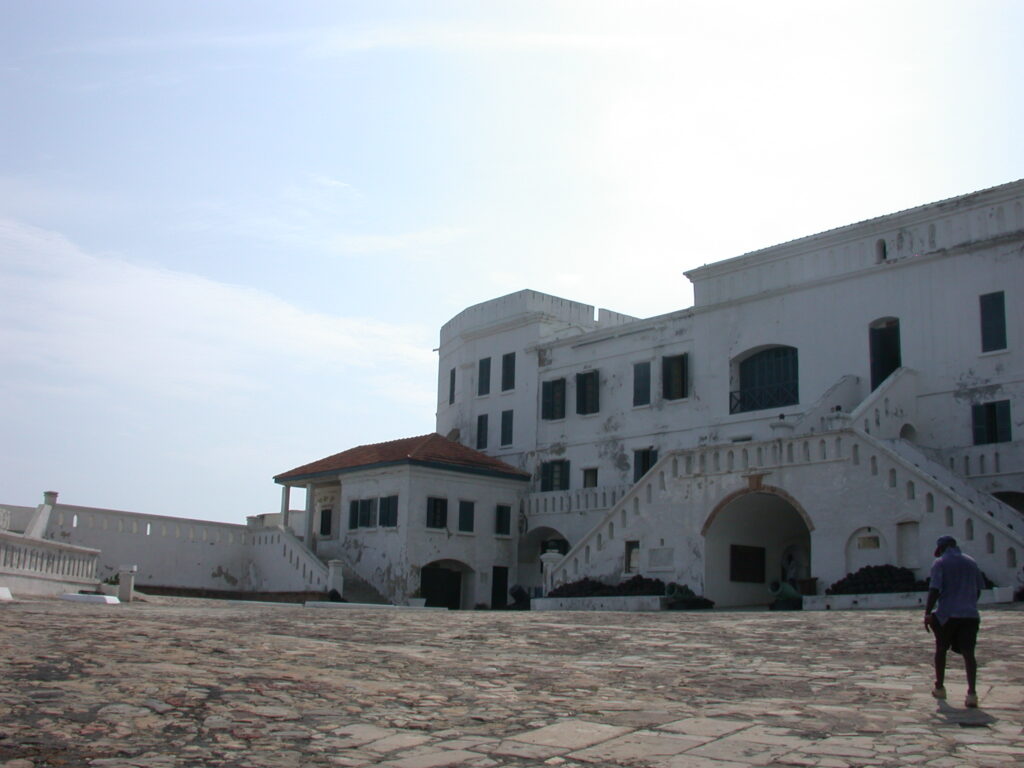
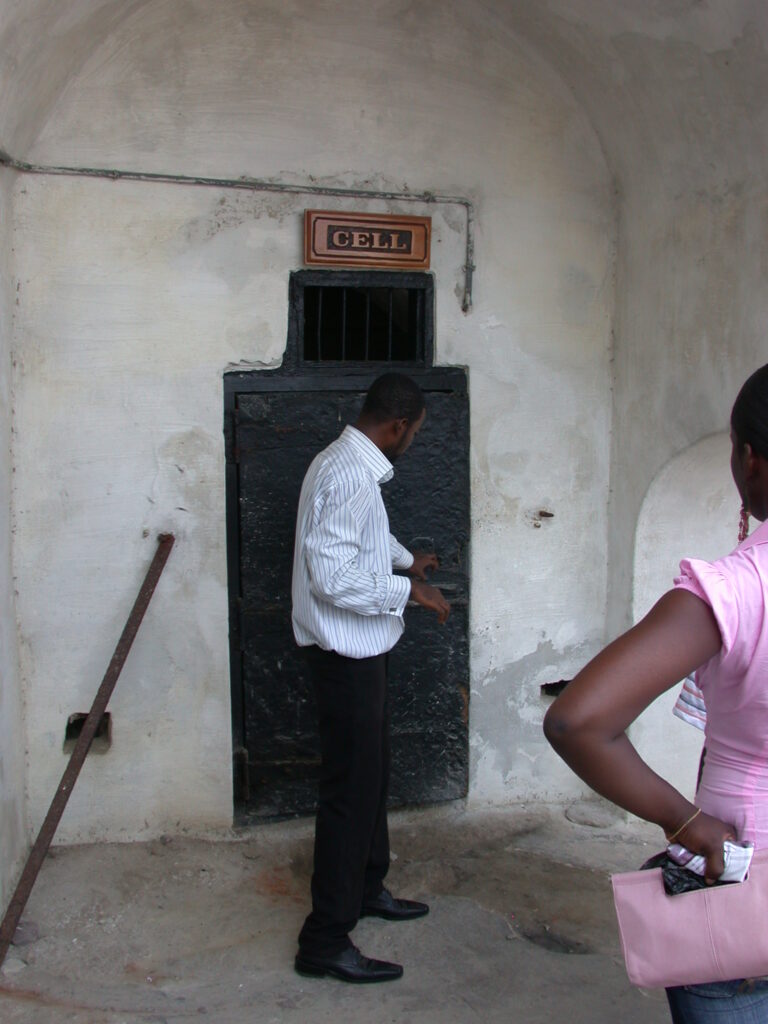
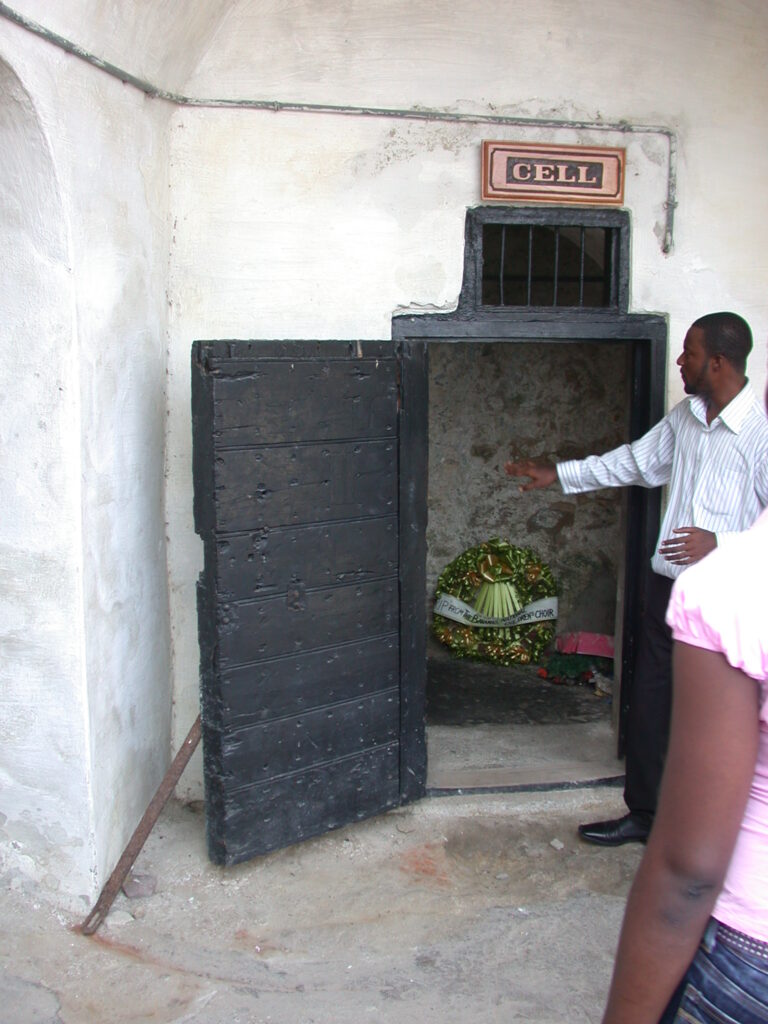
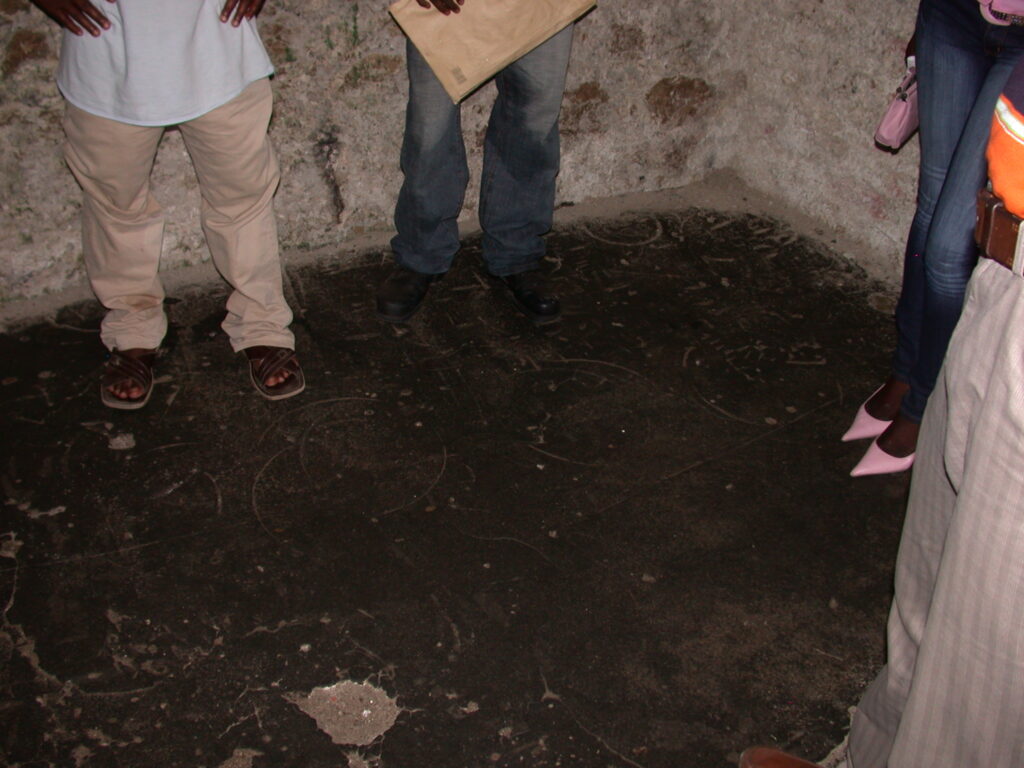
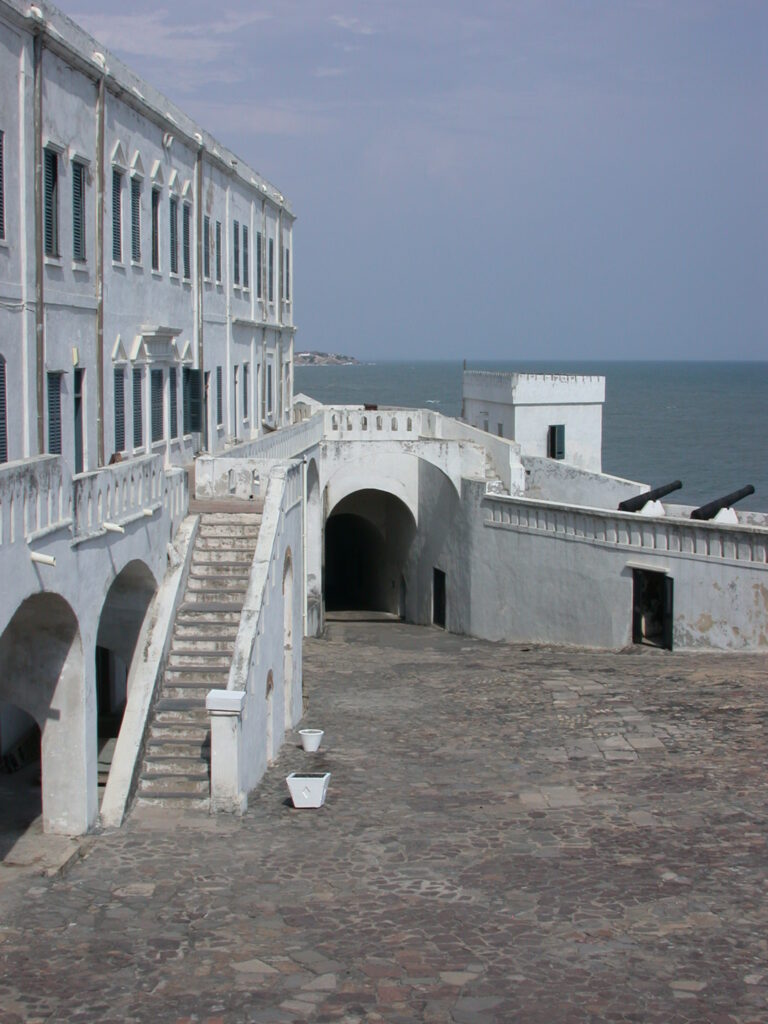
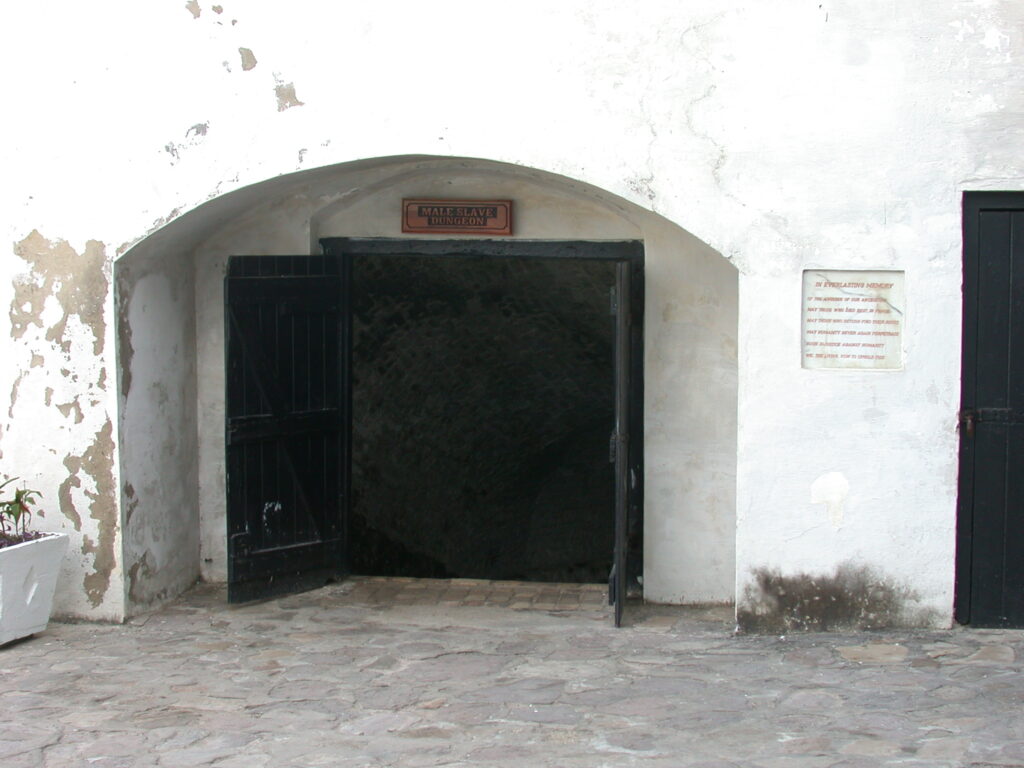
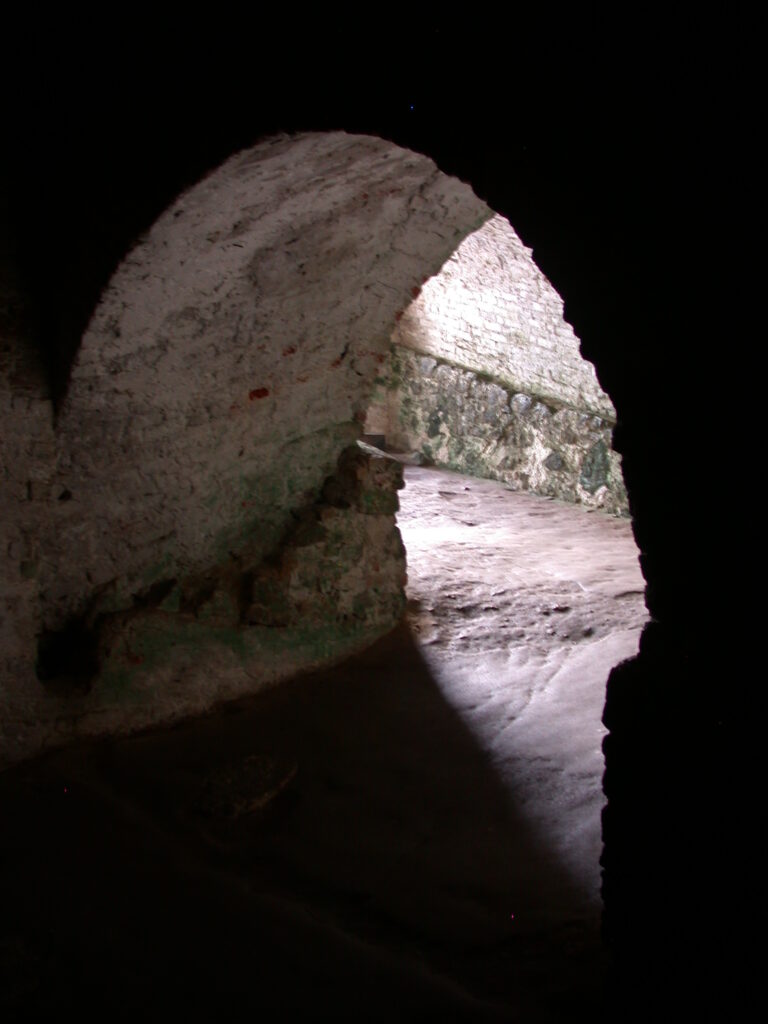
The forts are quite understandably run-down yet the history of slavery there is quite palpable, the horrific role of the colonizers as inescapable as the slave forts themselves. The museums, especially at Cape Coast, were also impressive.
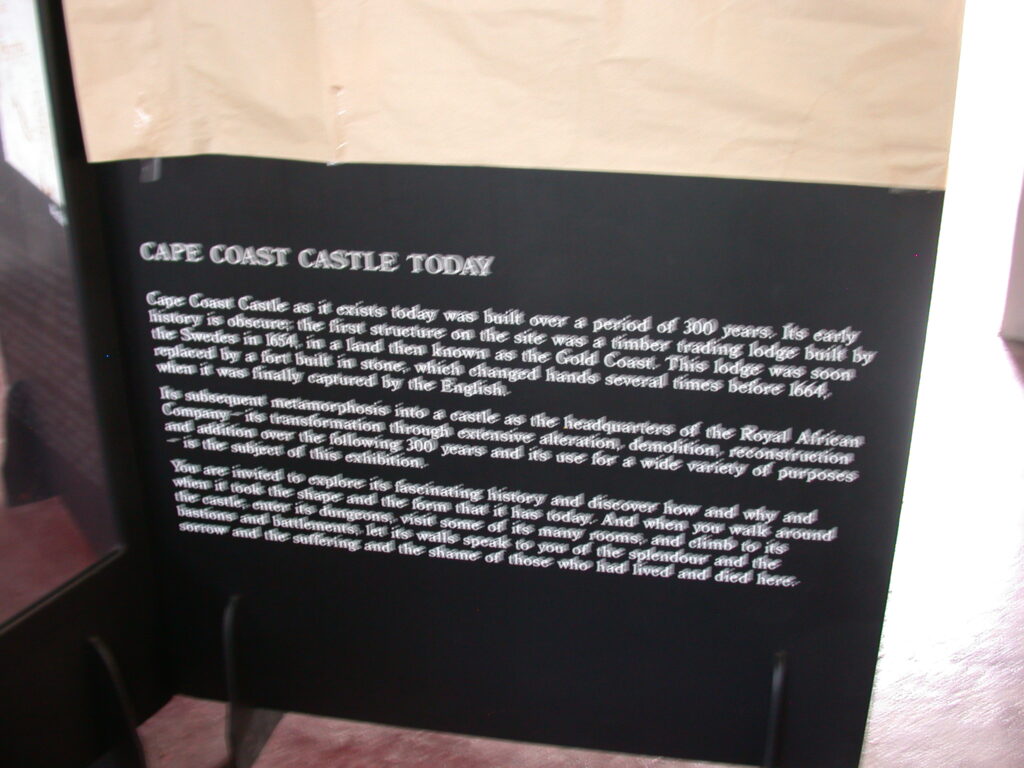
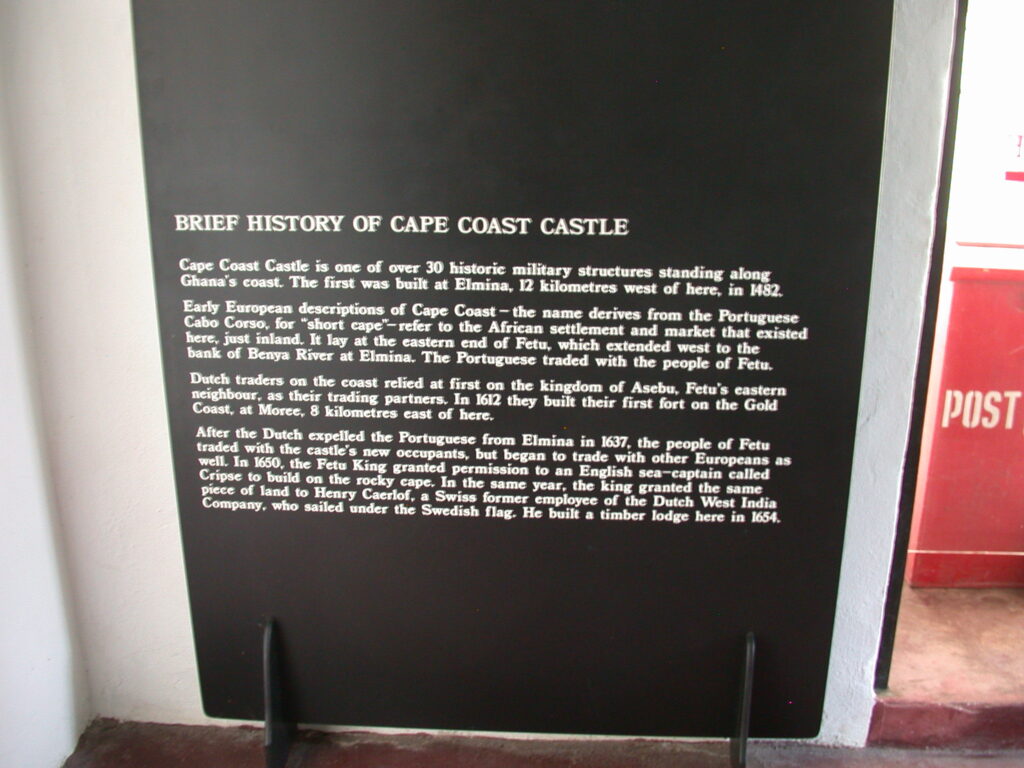
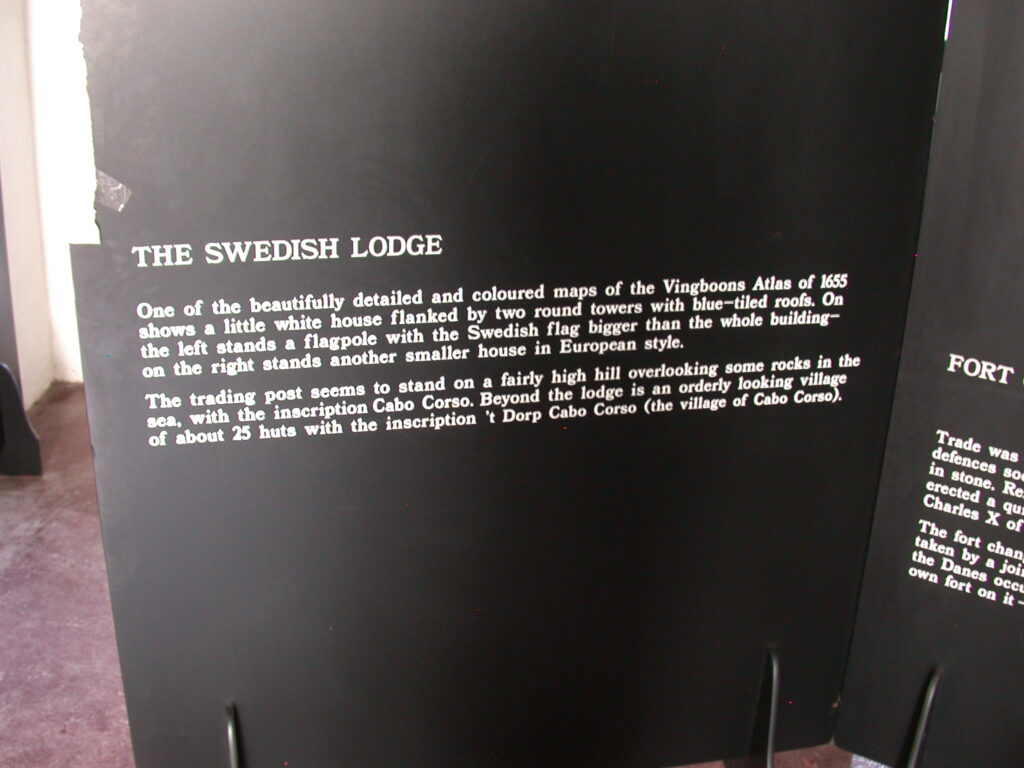
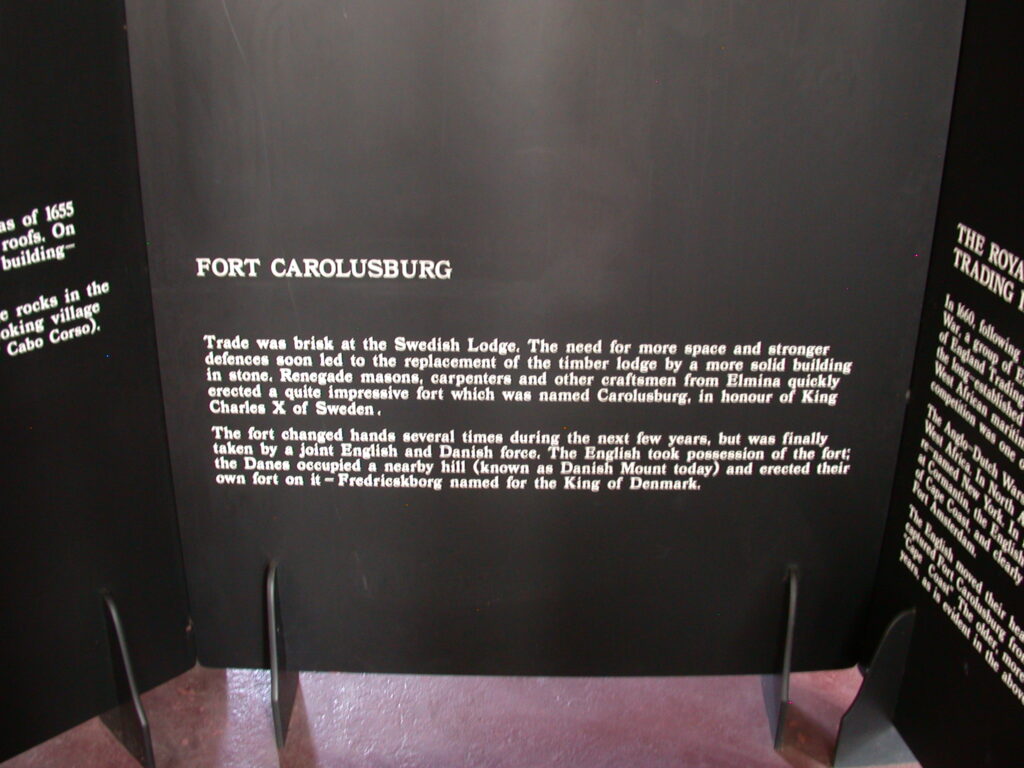
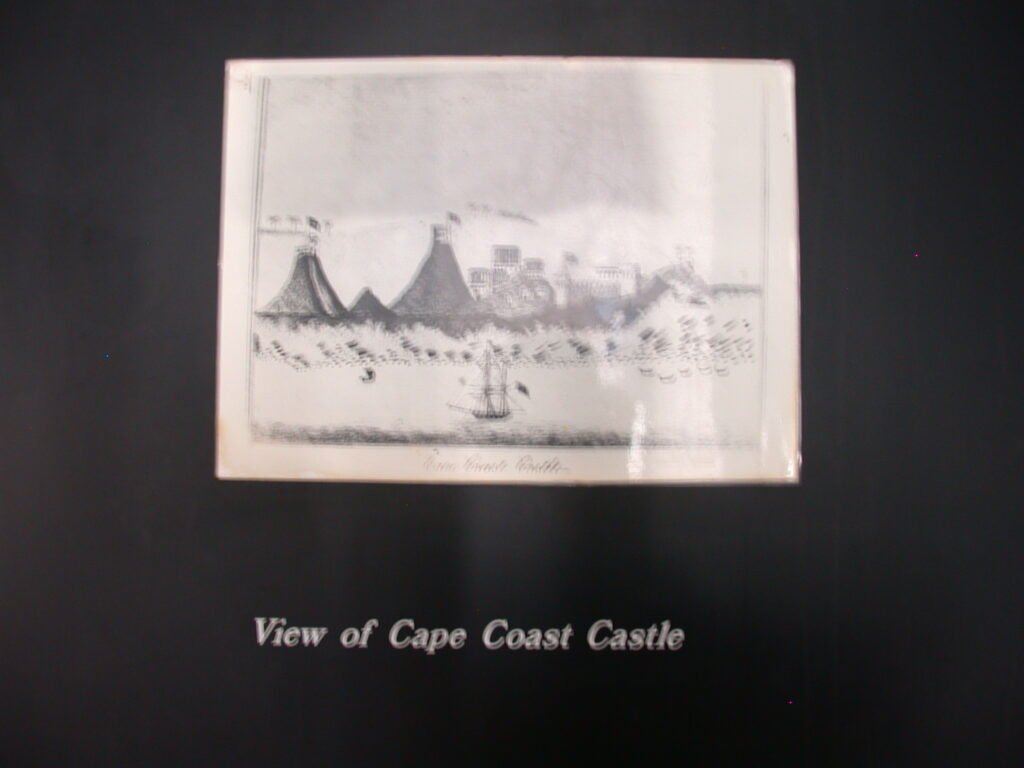
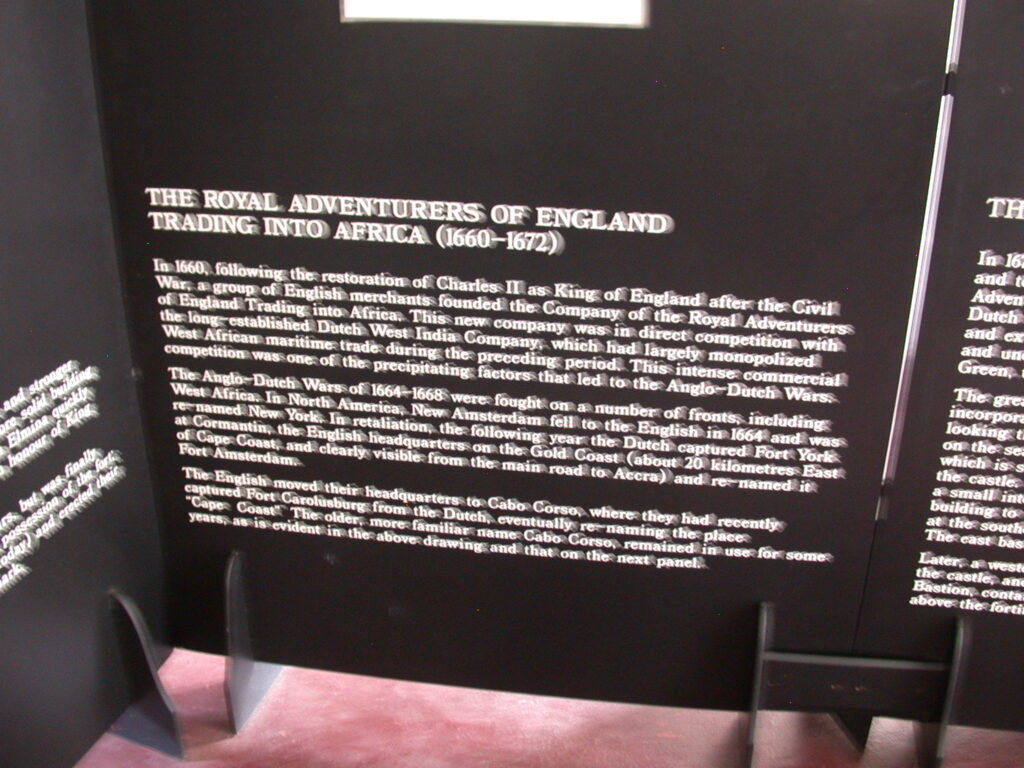
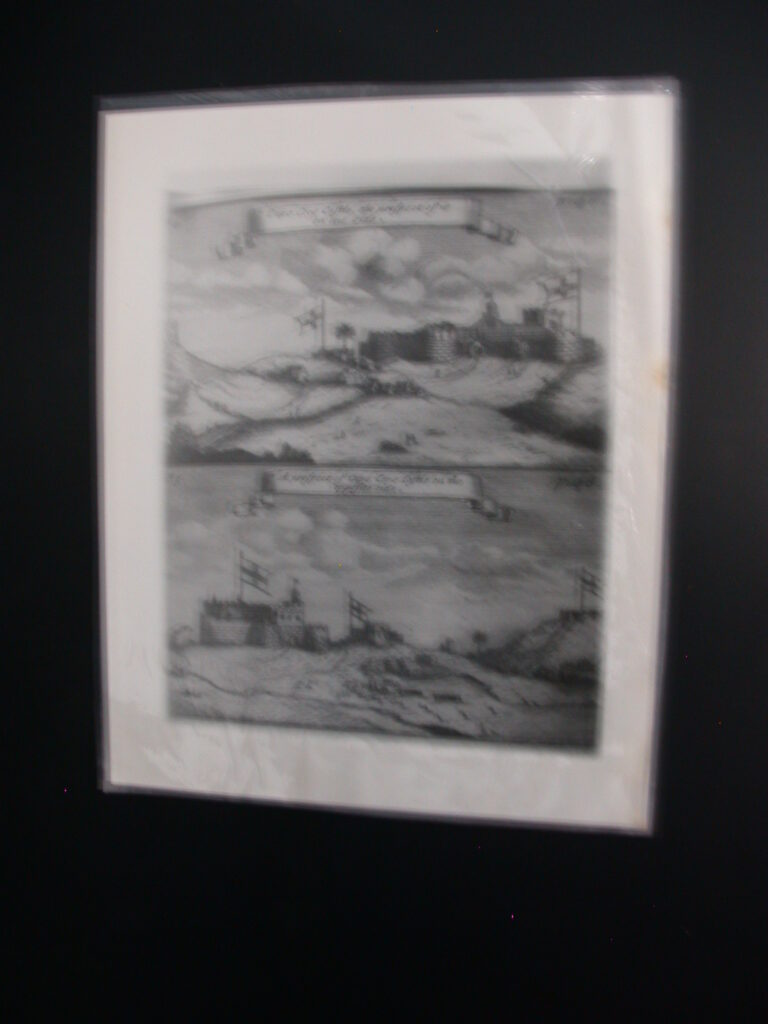
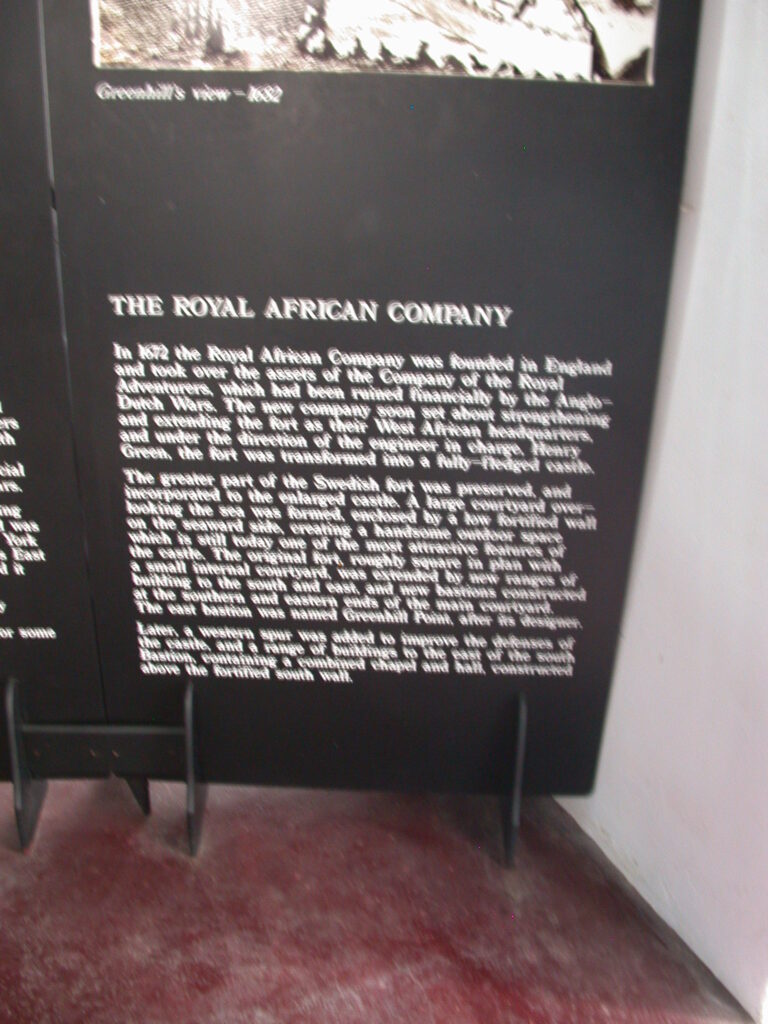
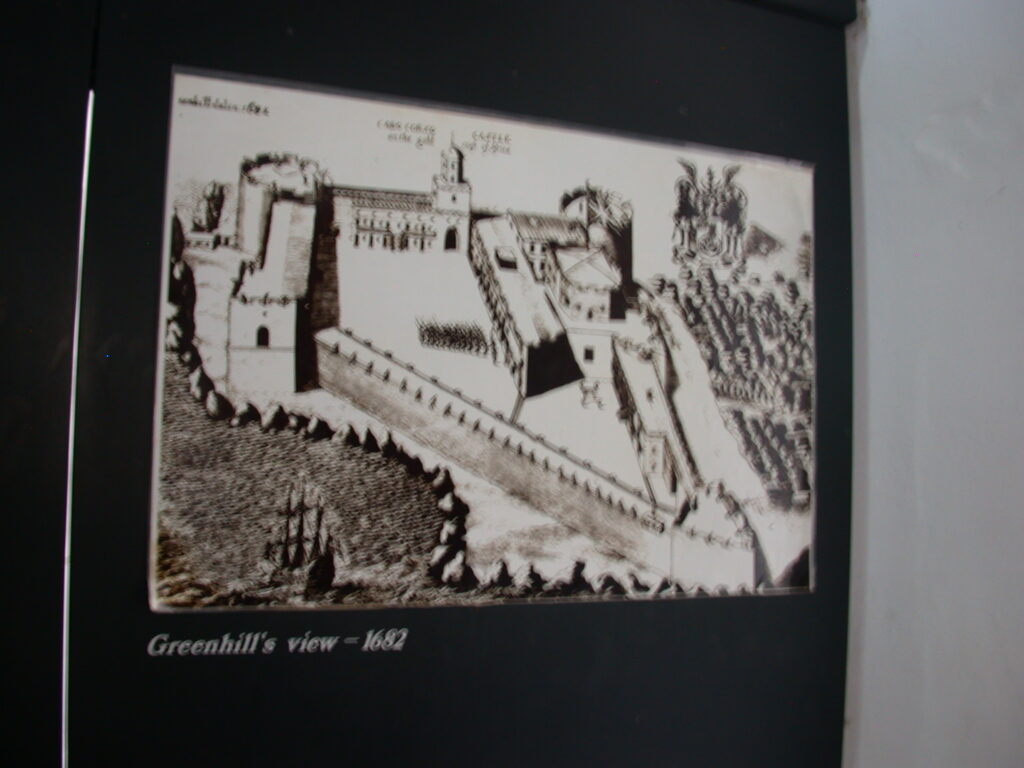
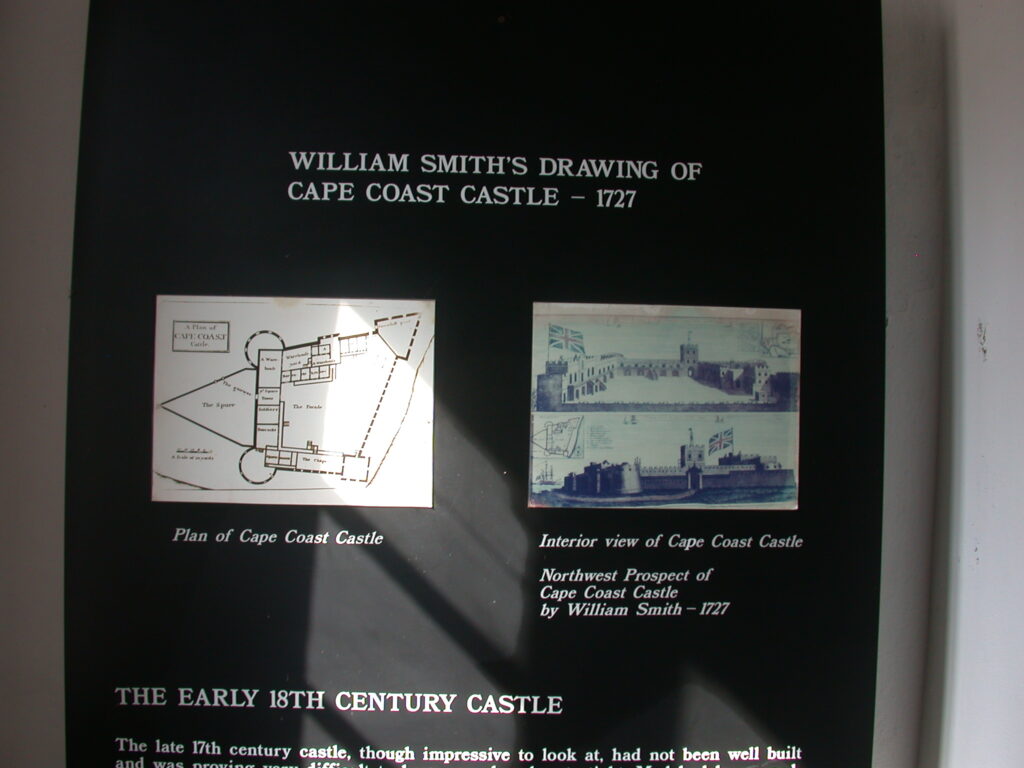
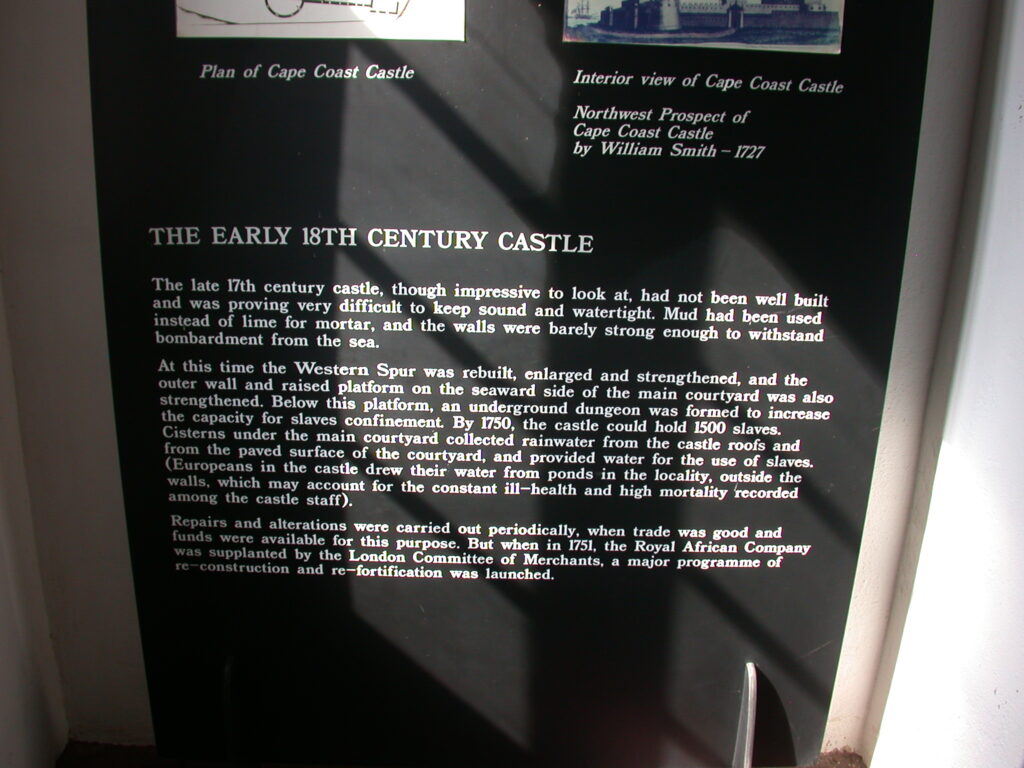
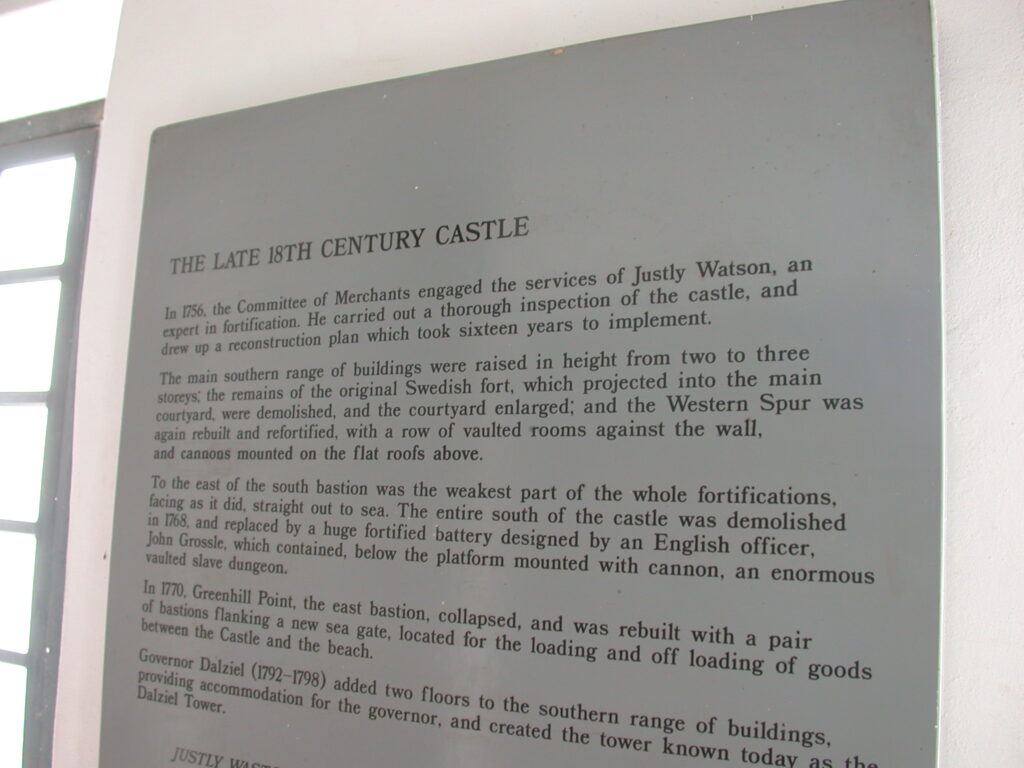
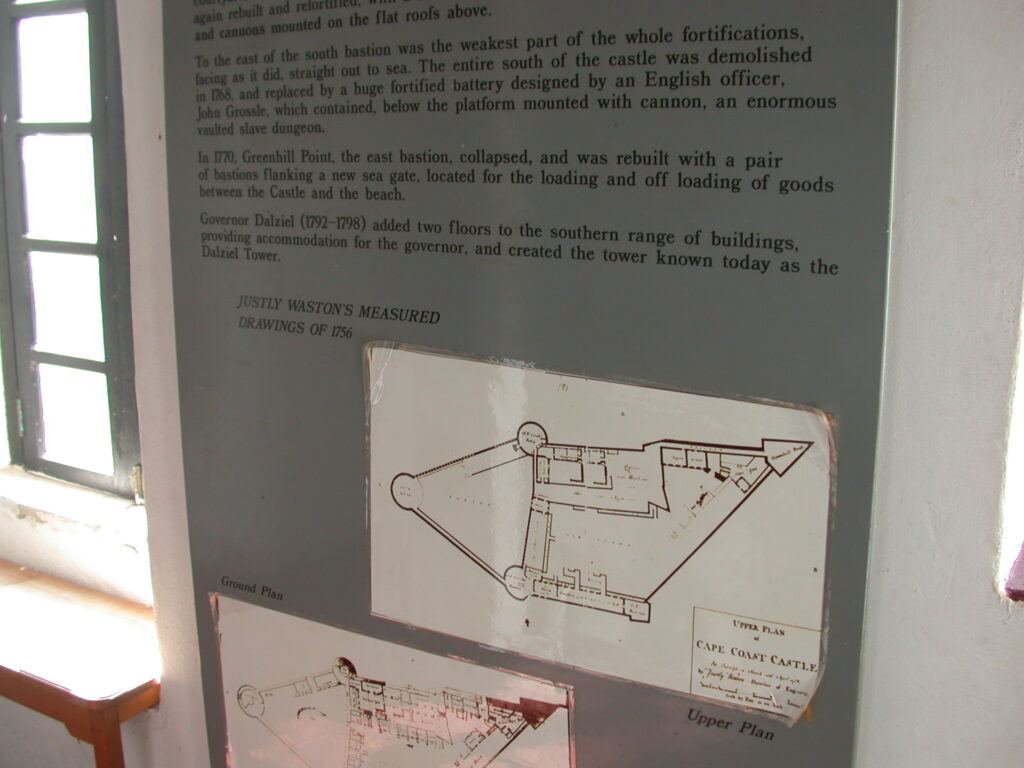
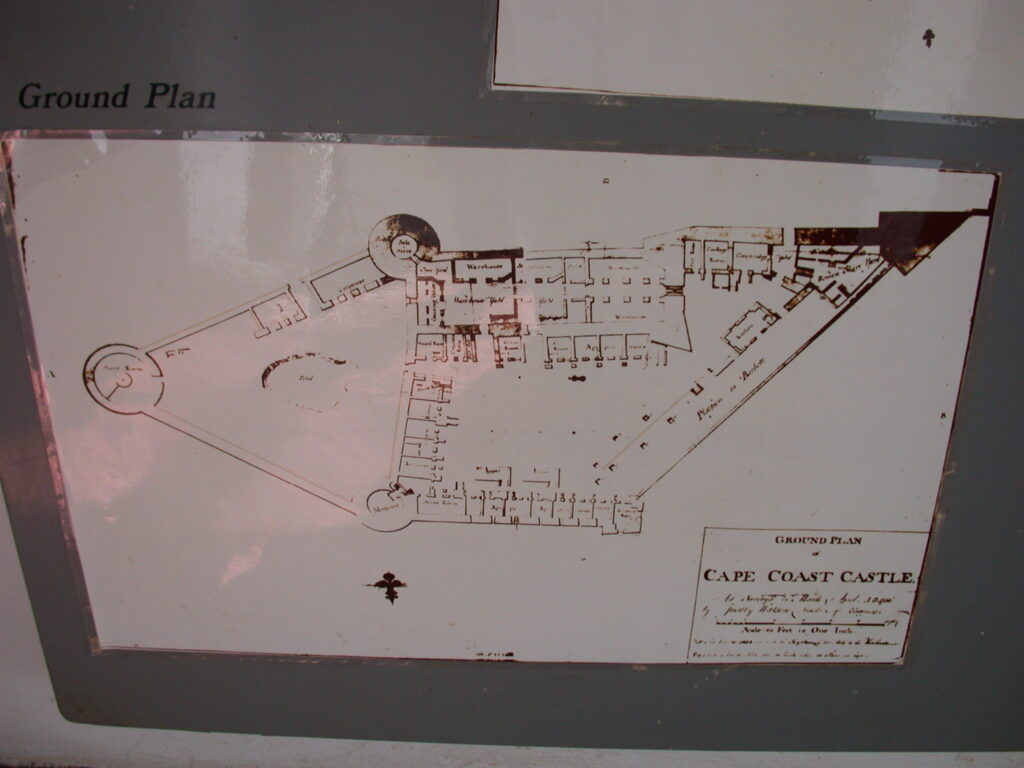
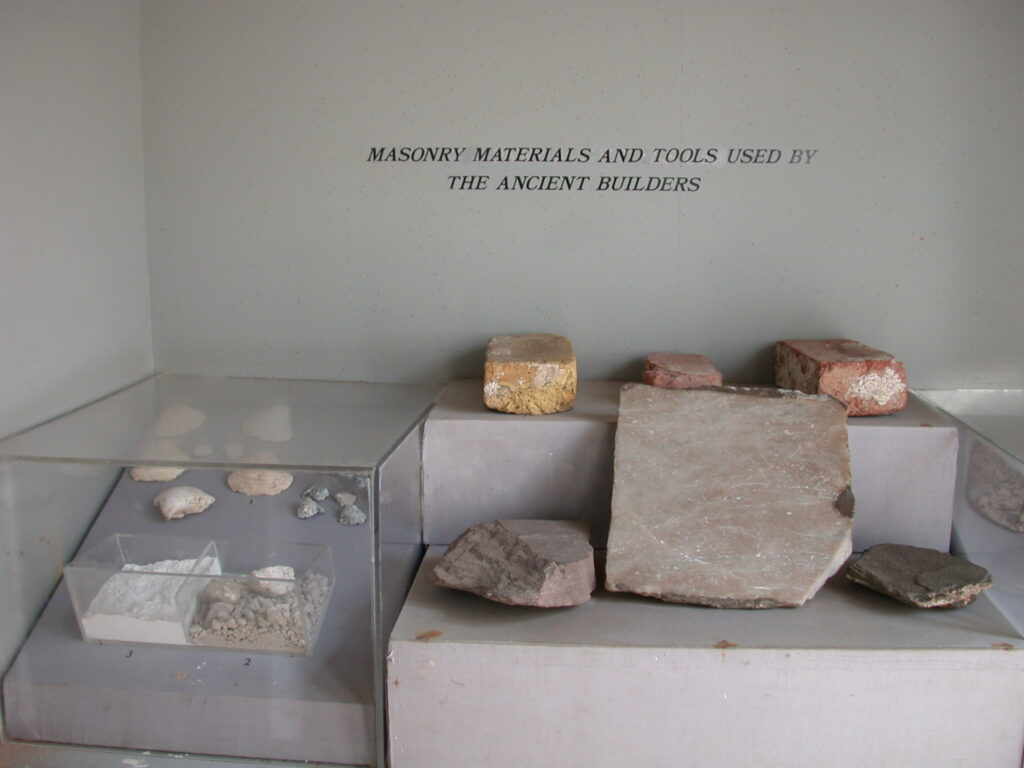
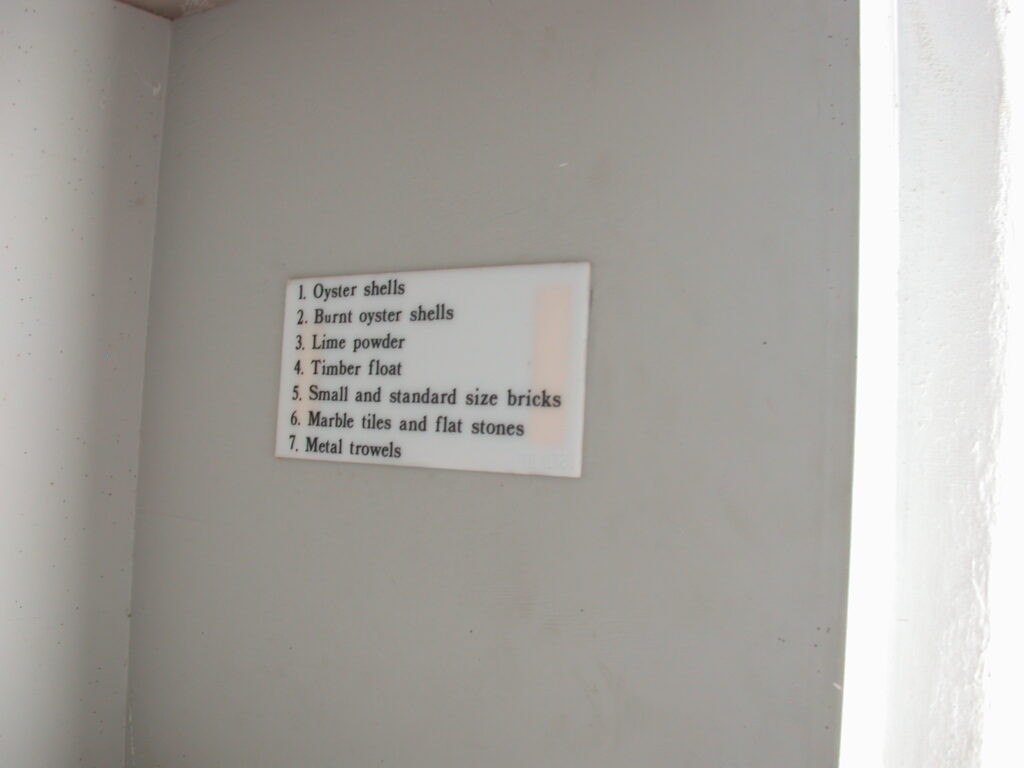
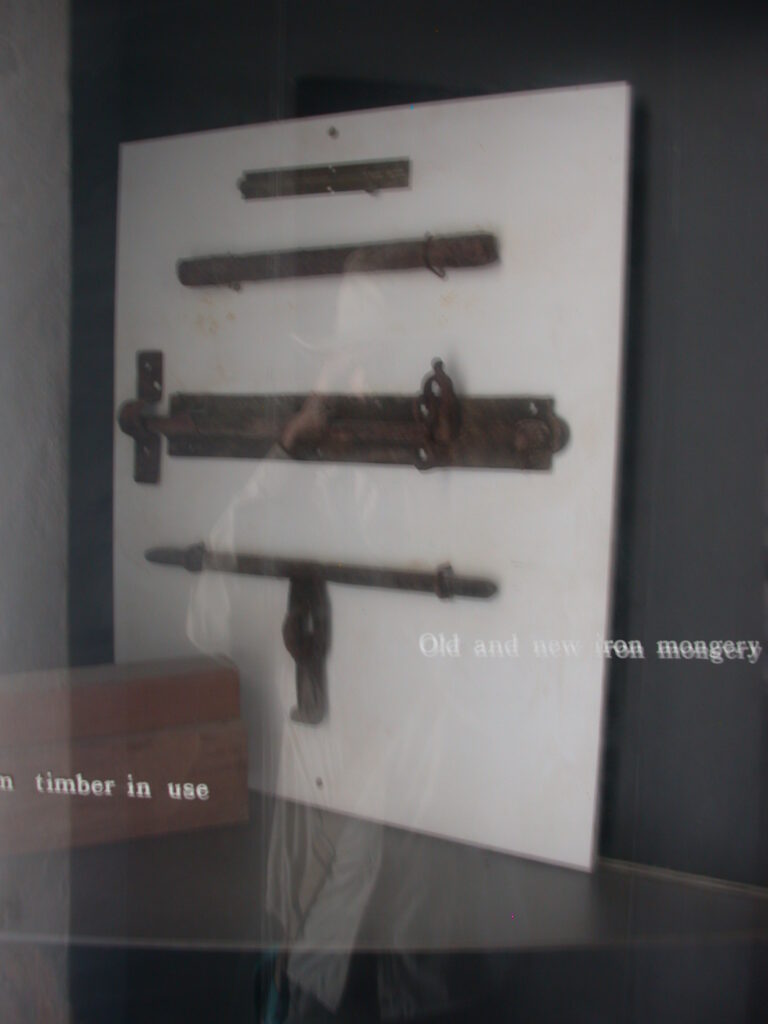
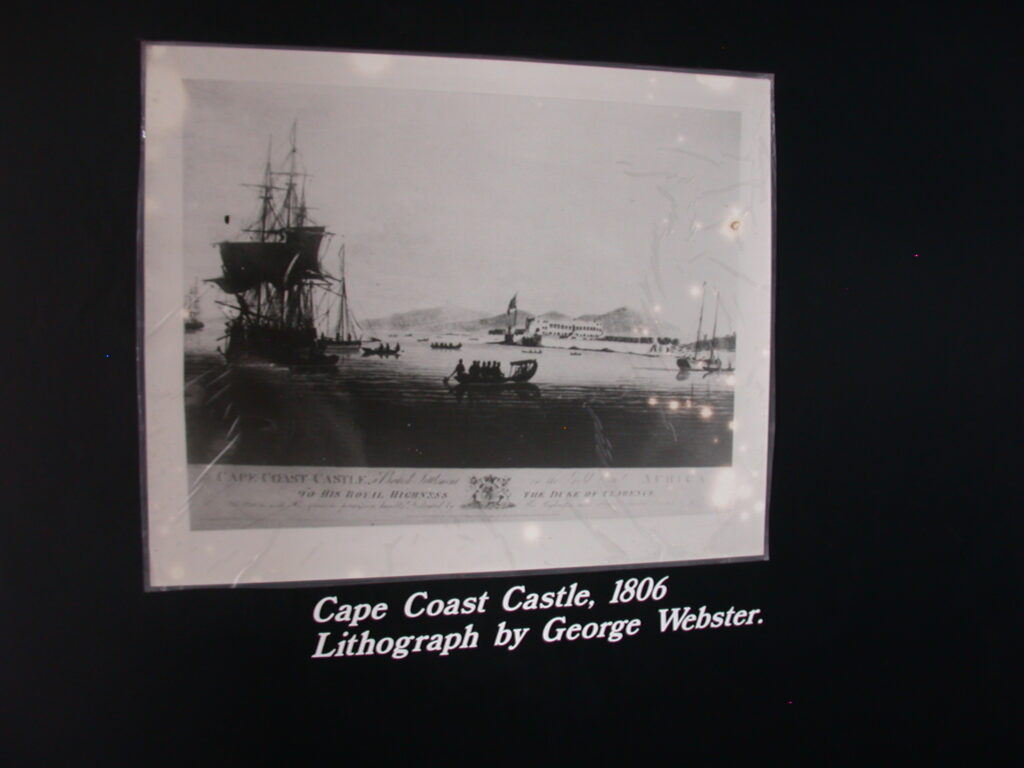
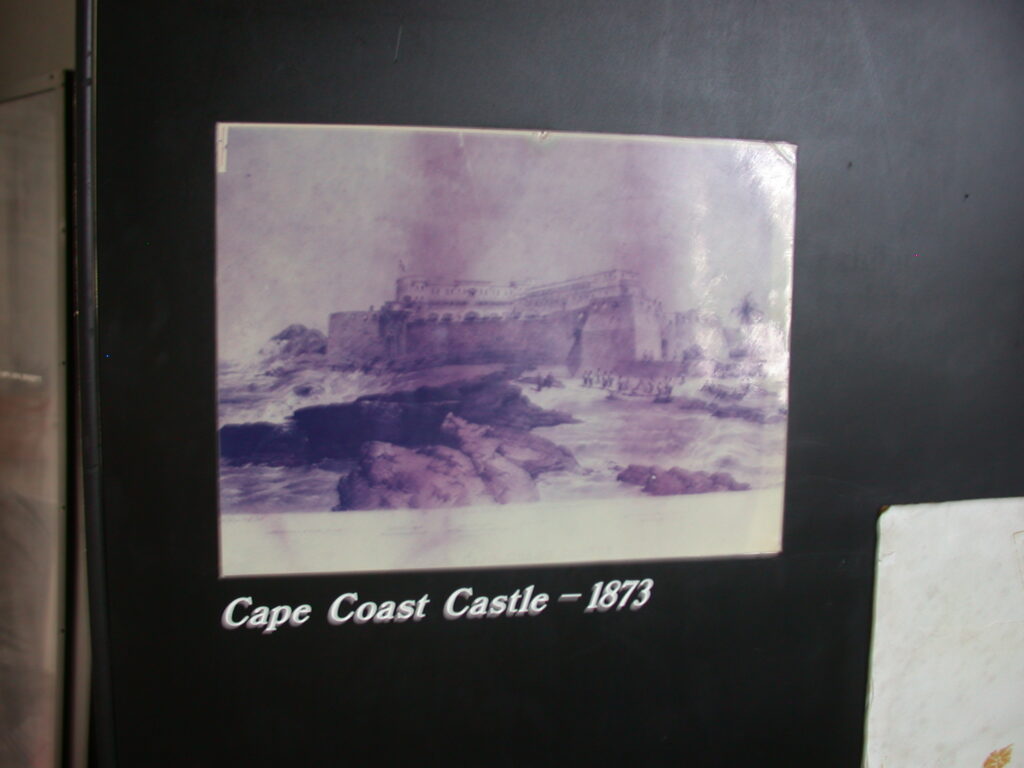
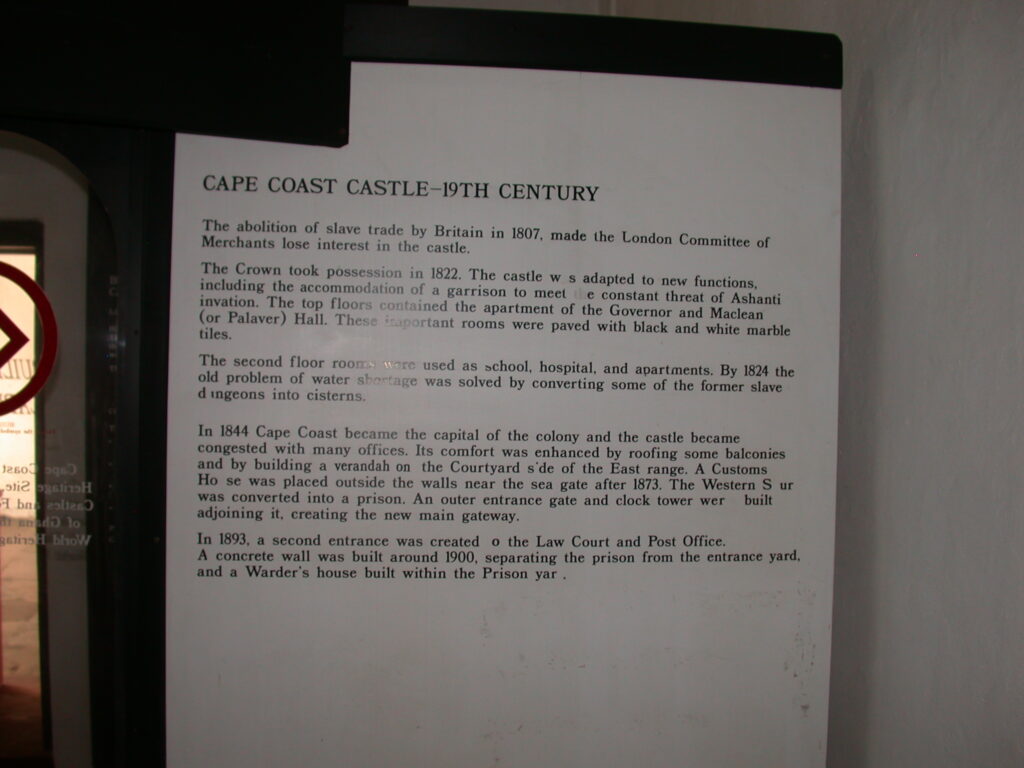
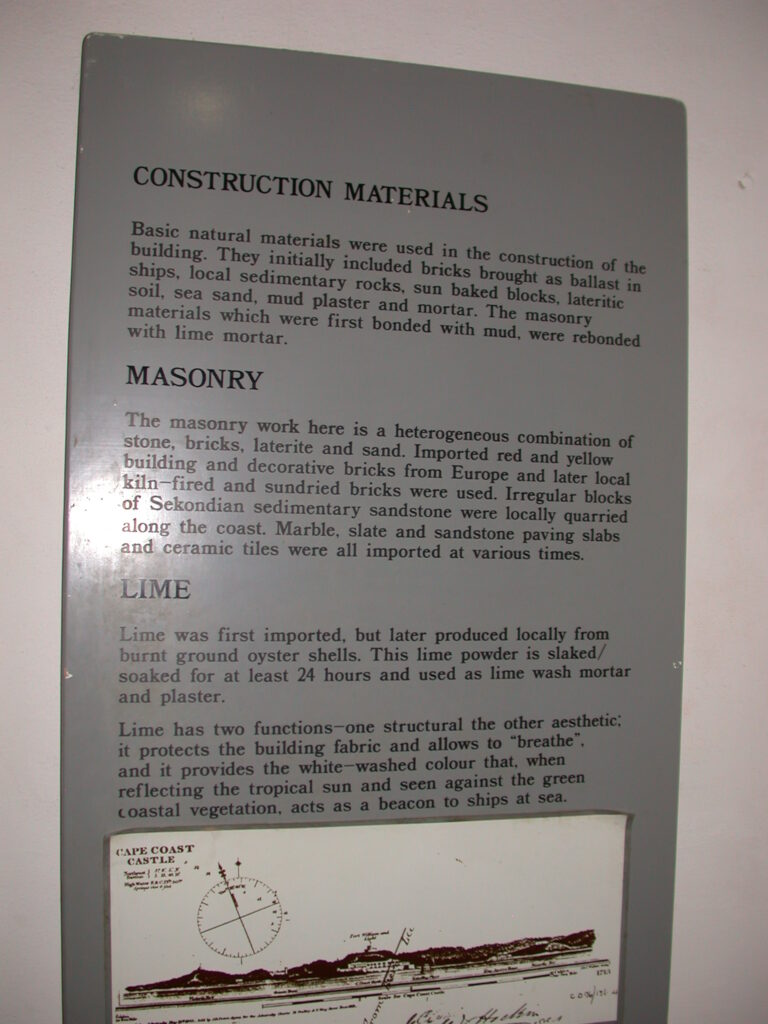
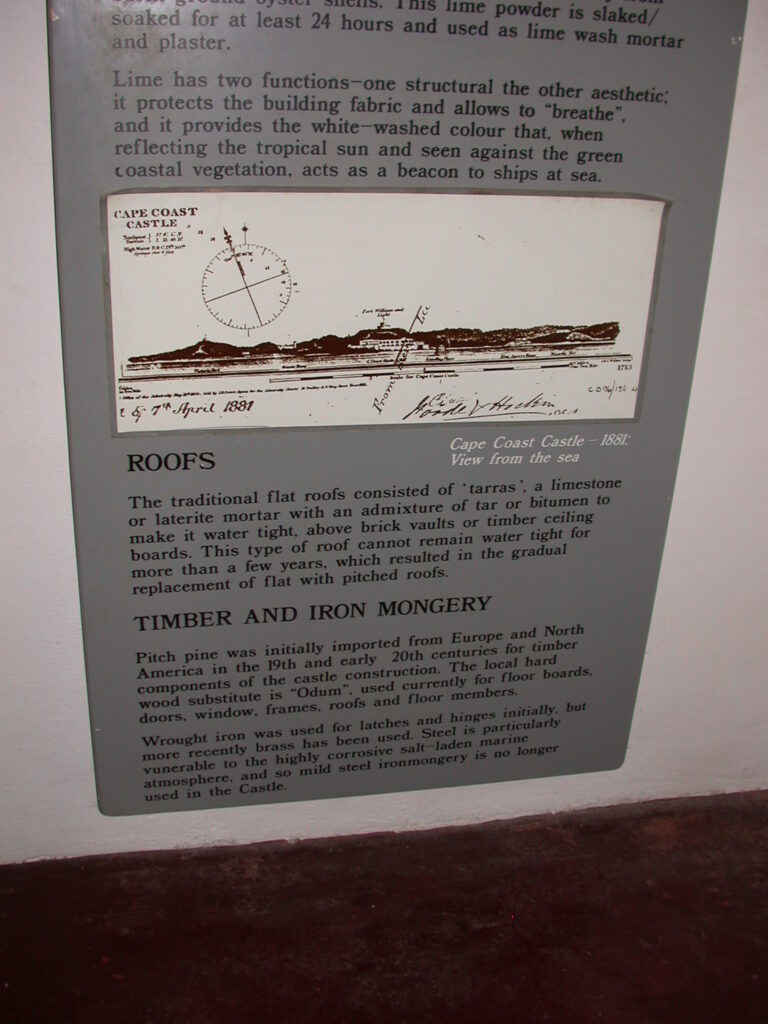
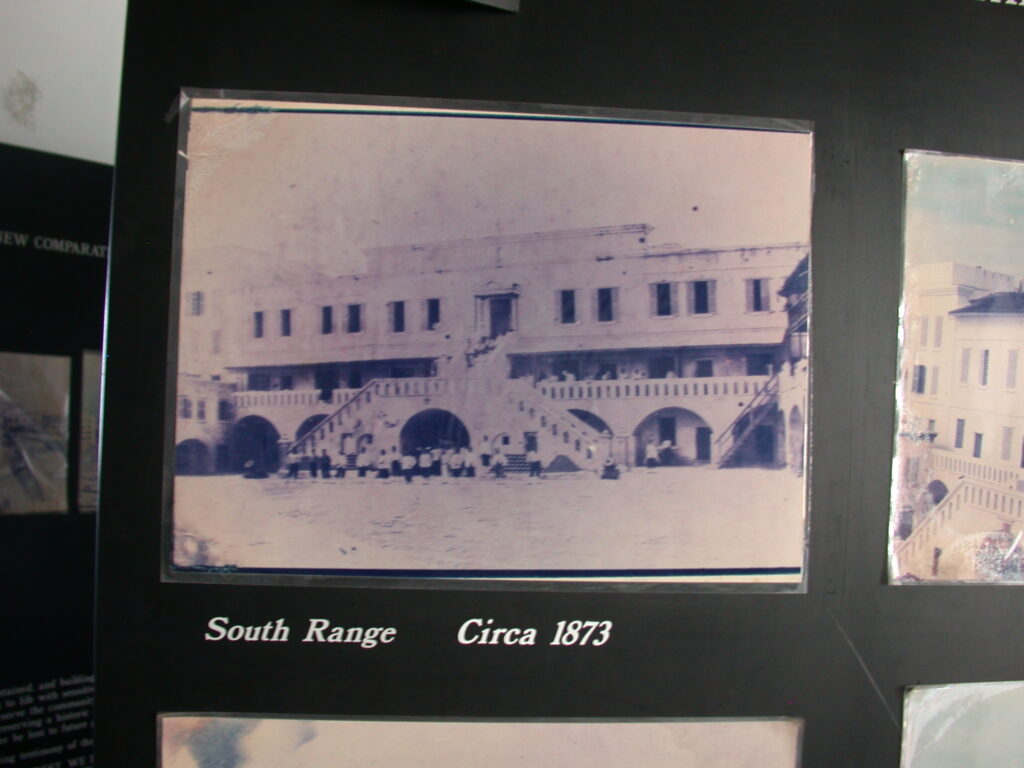
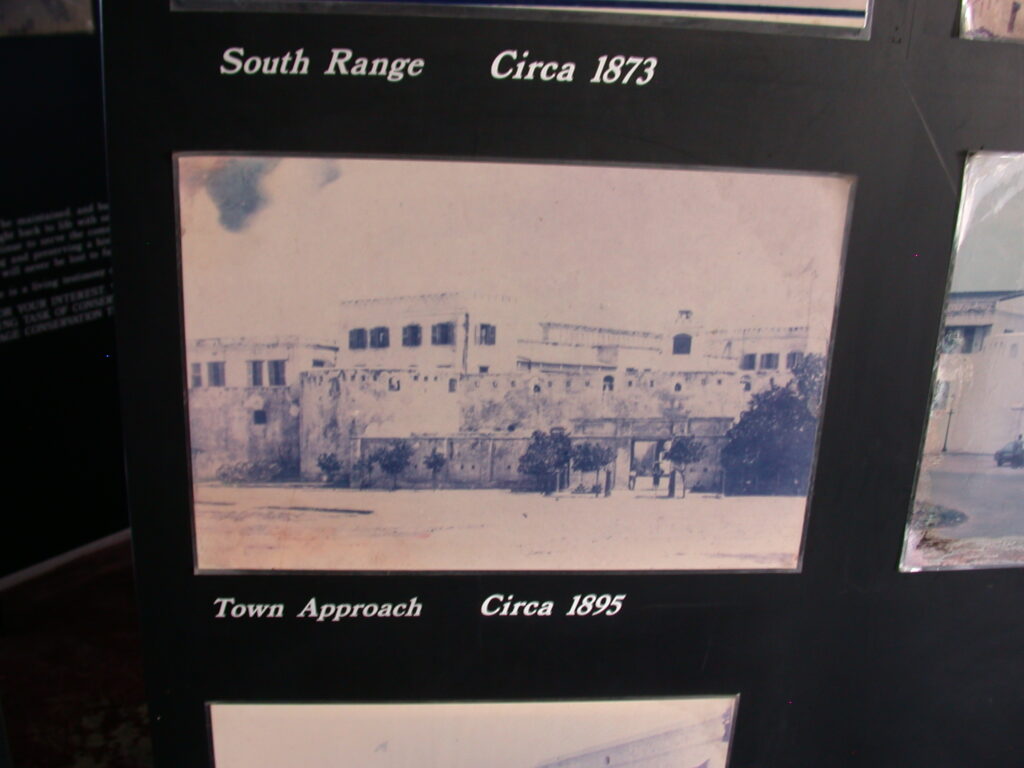
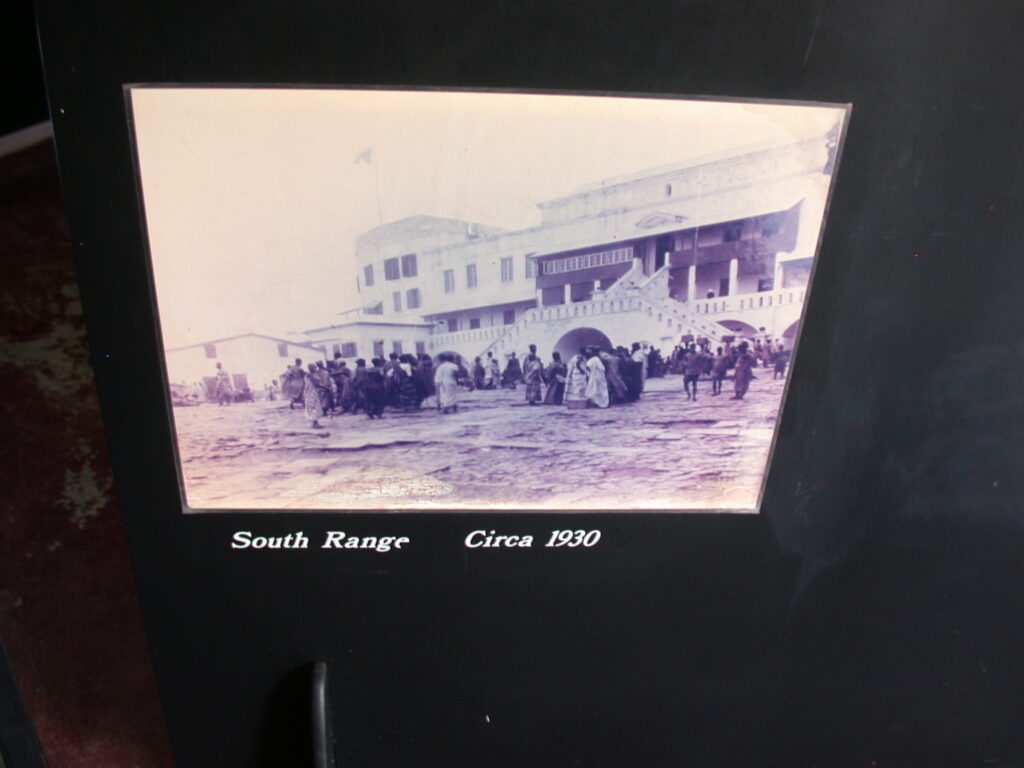
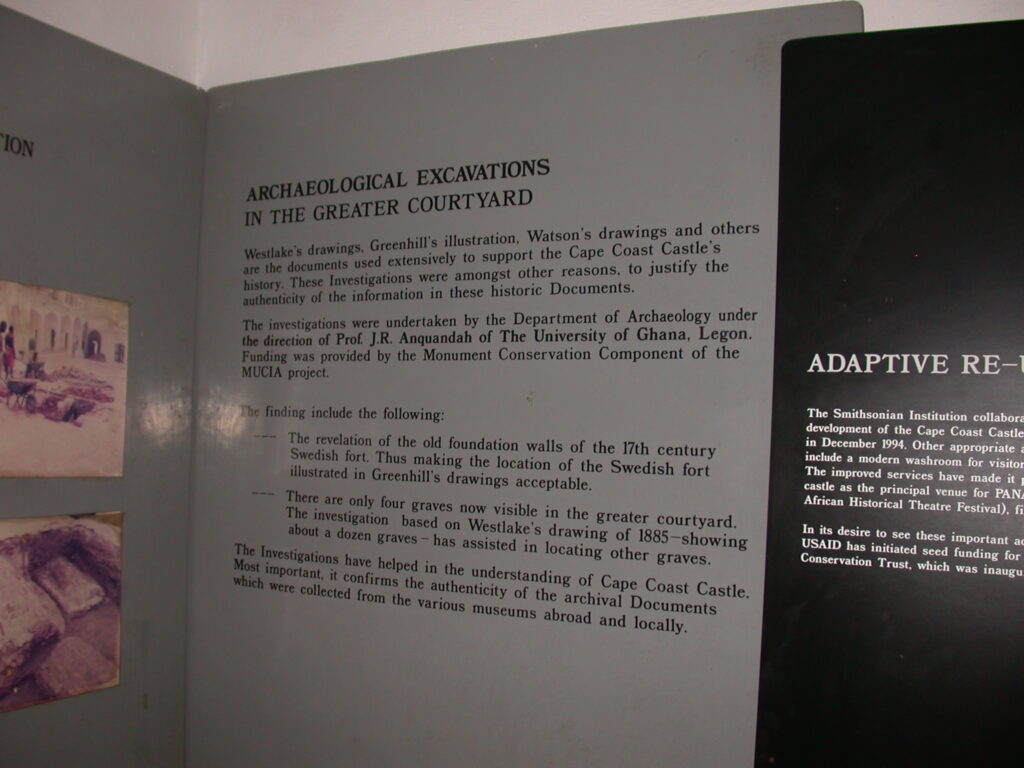
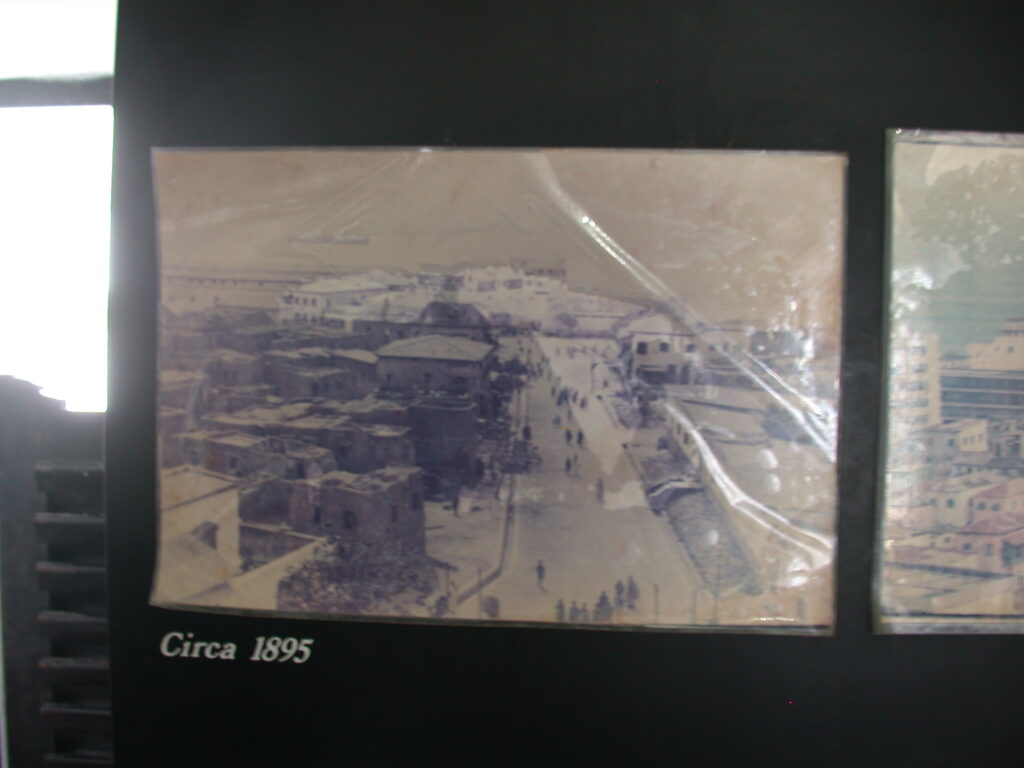
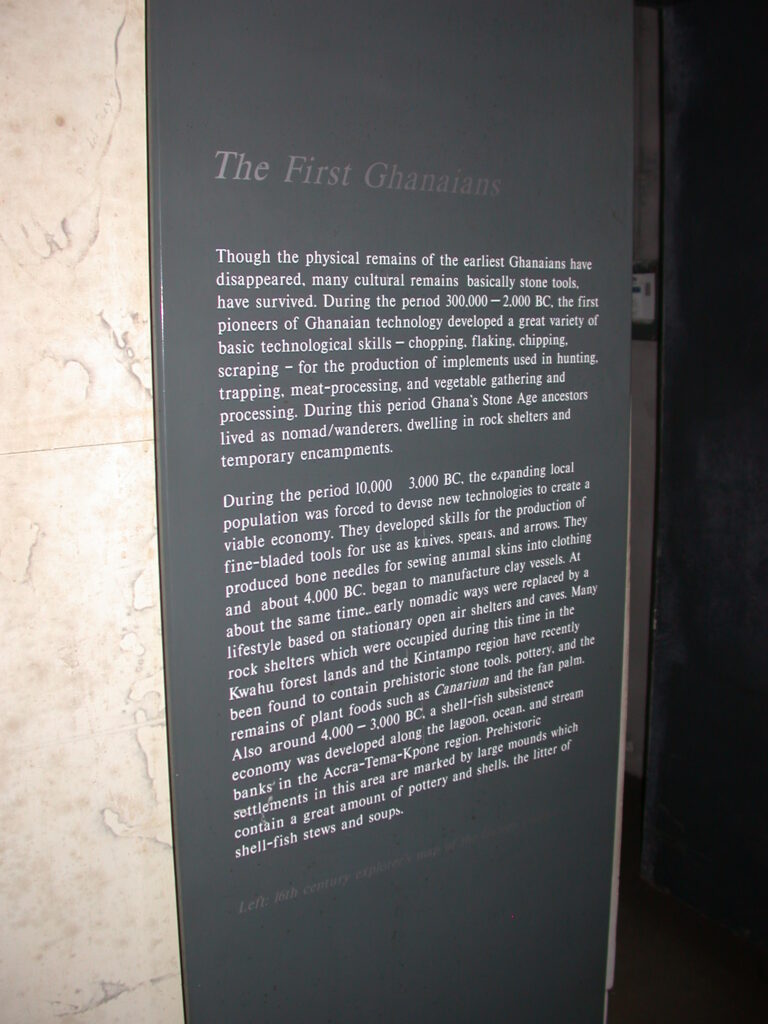
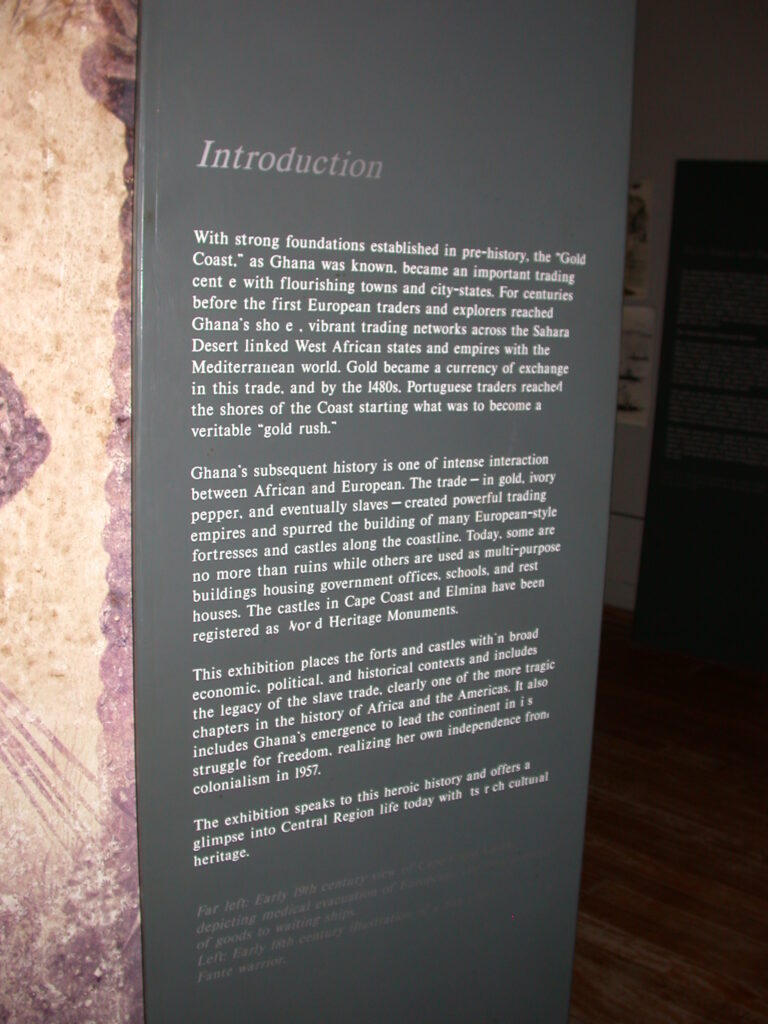
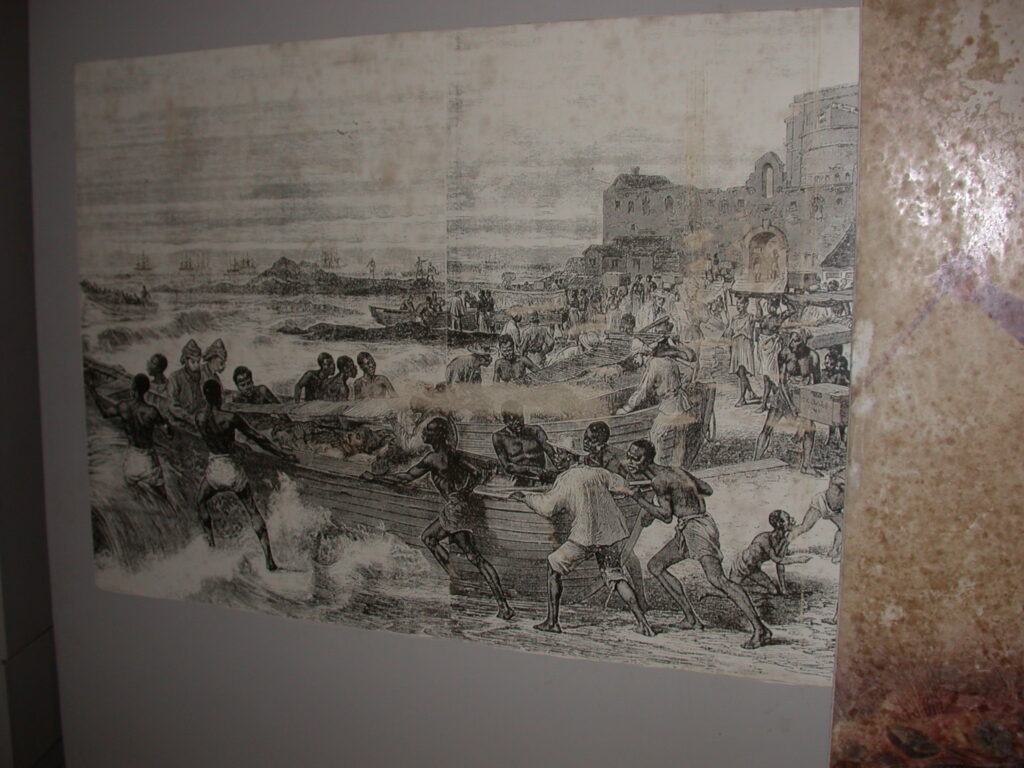
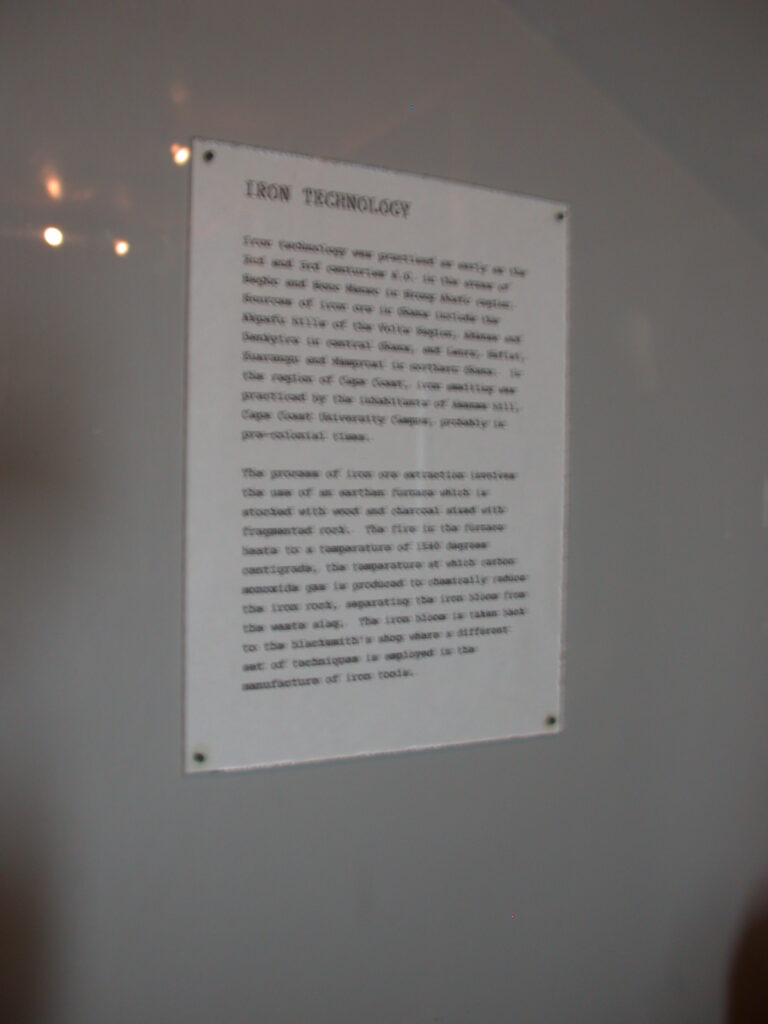
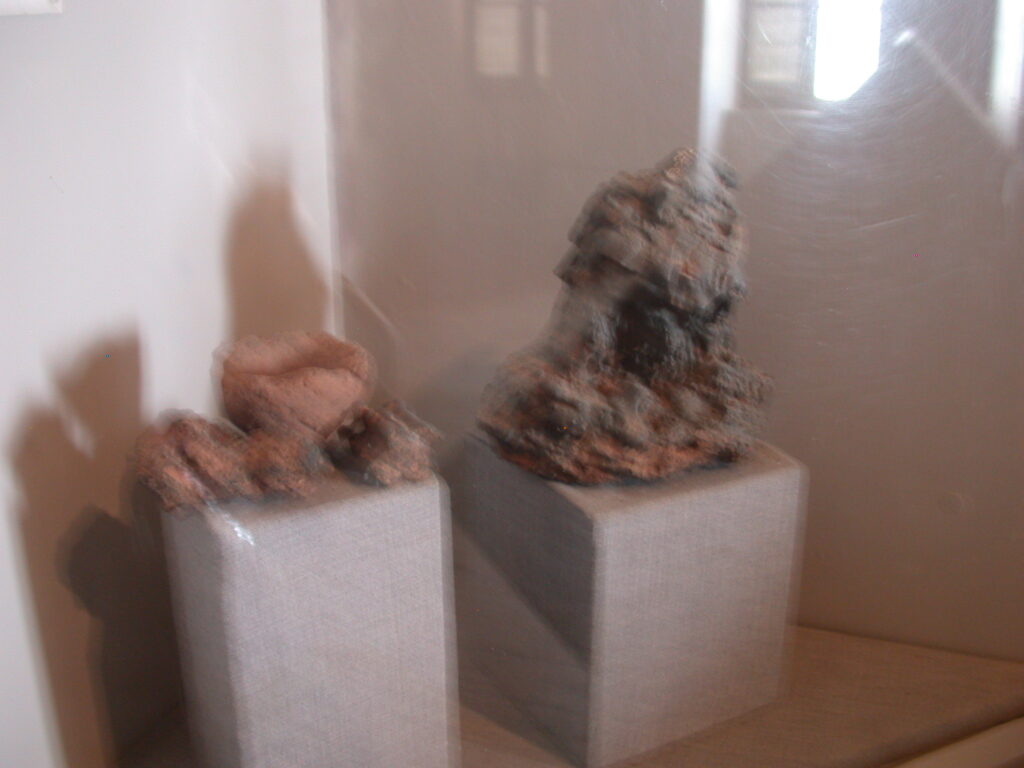
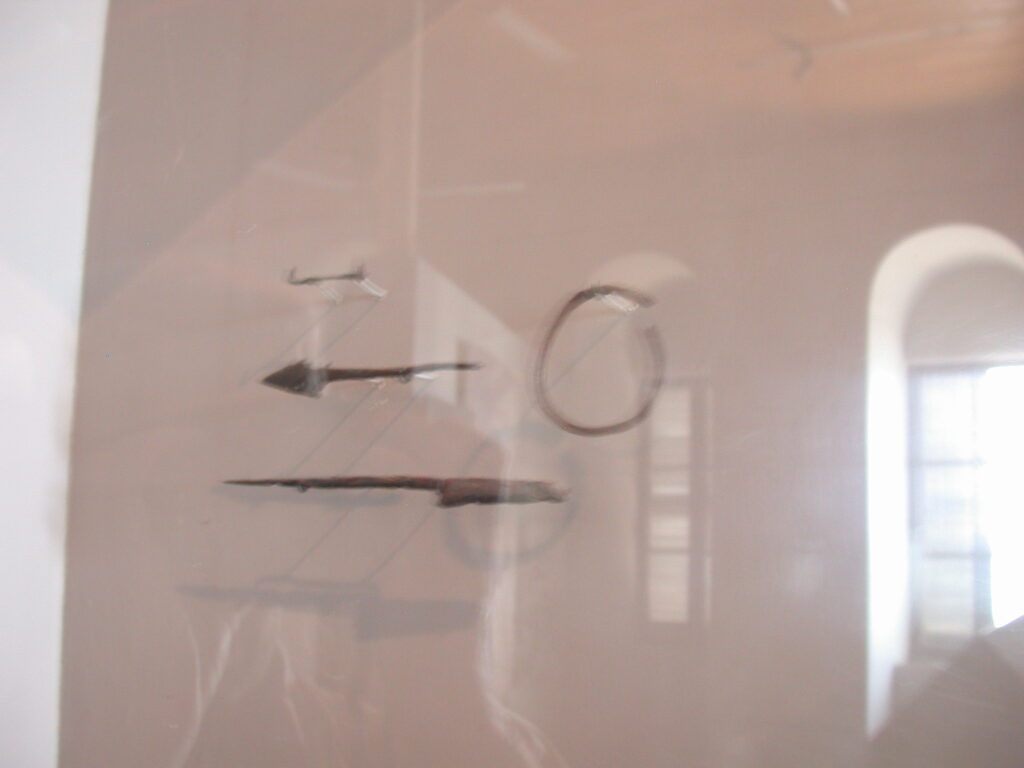
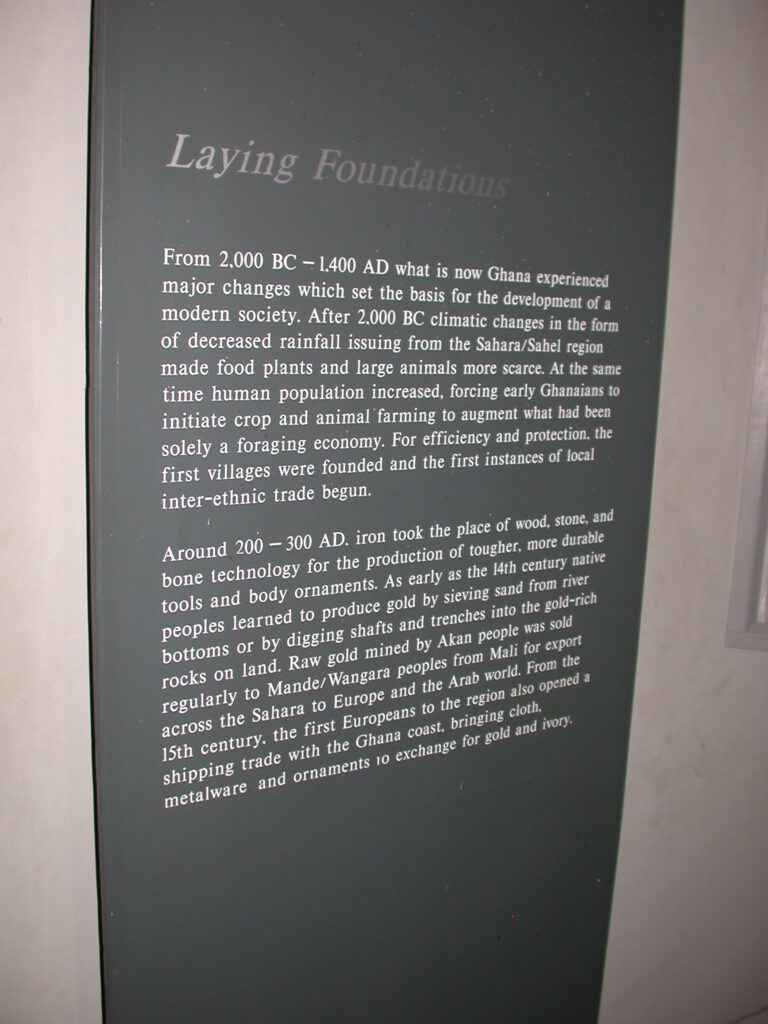
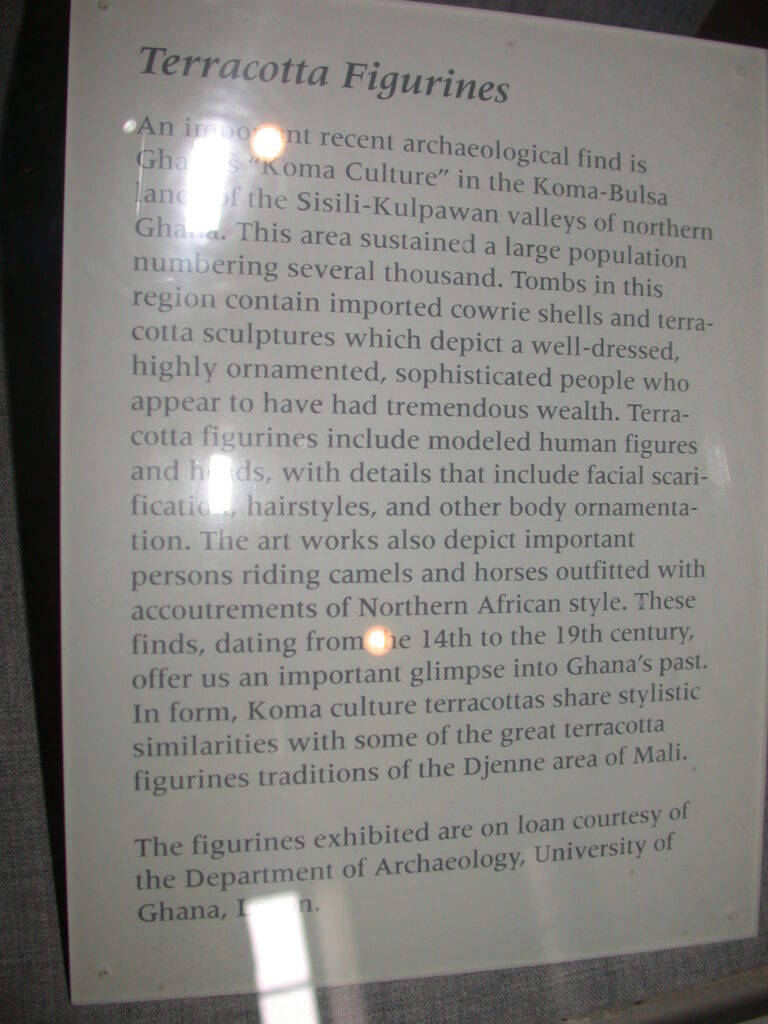
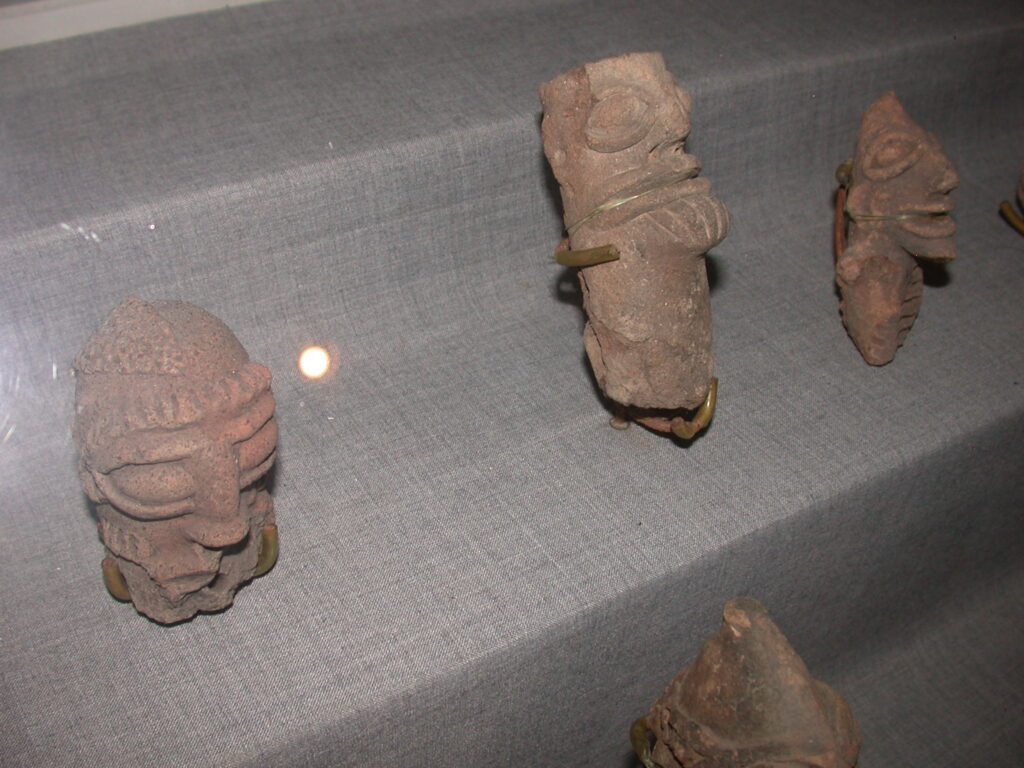
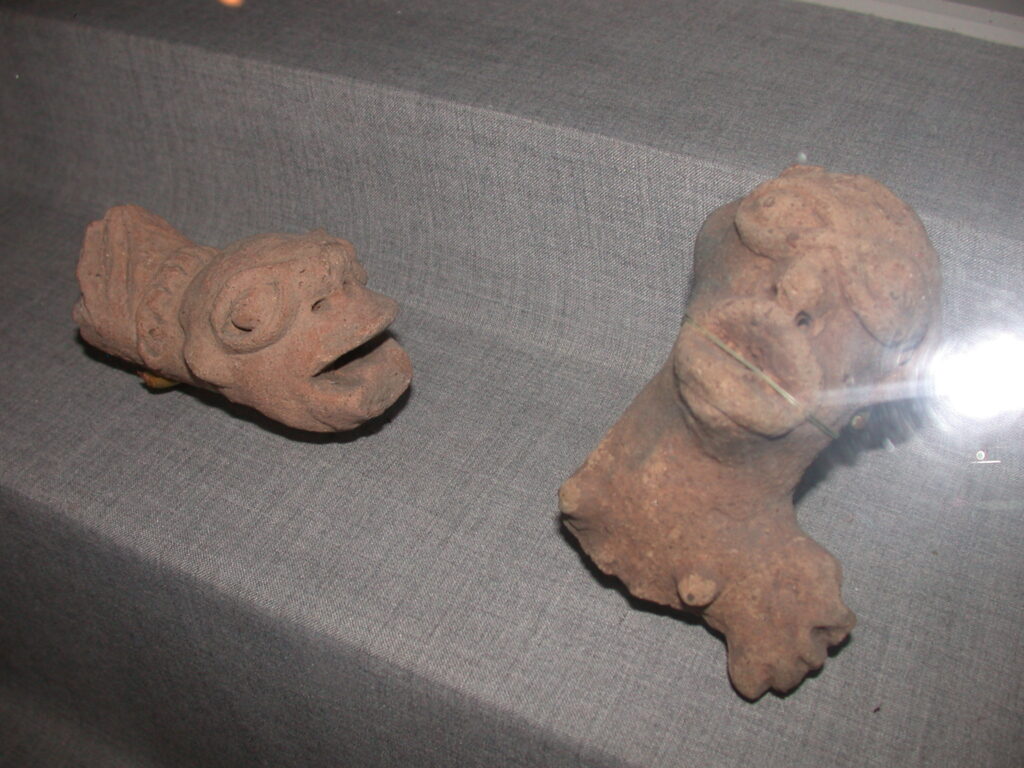
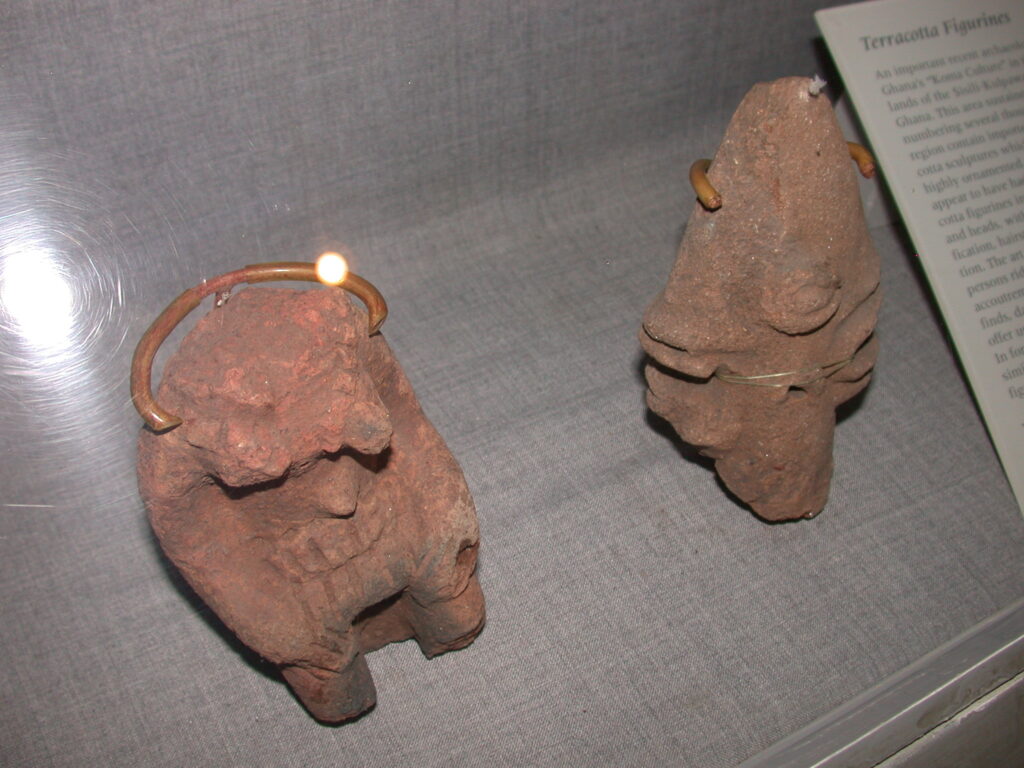
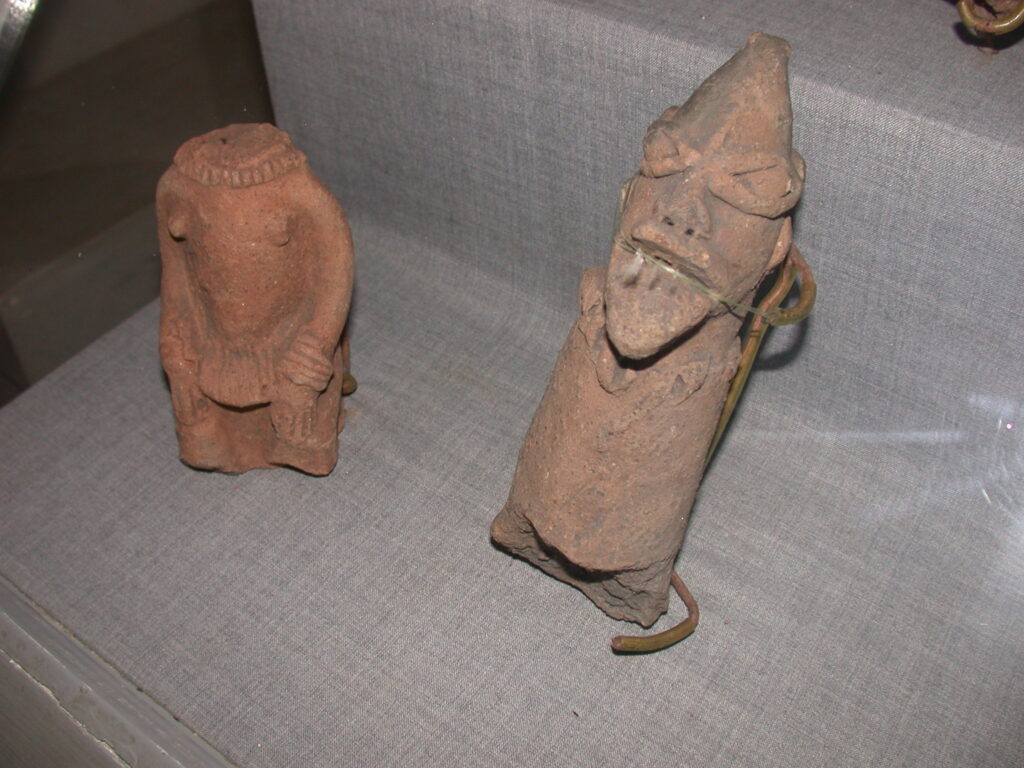
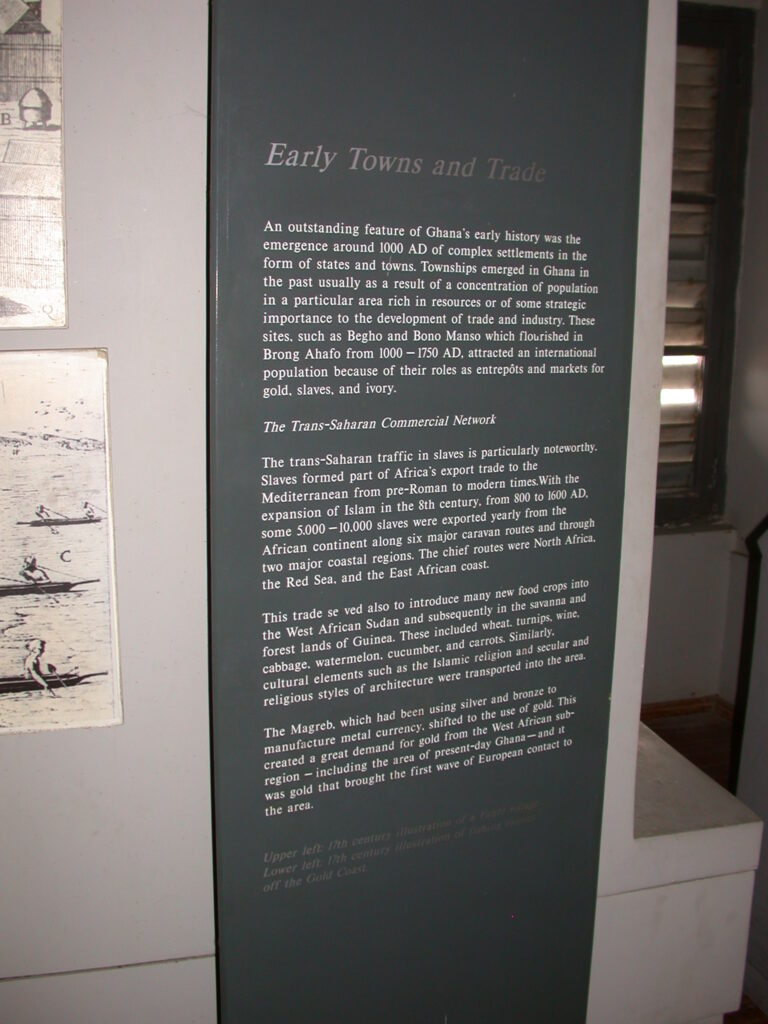
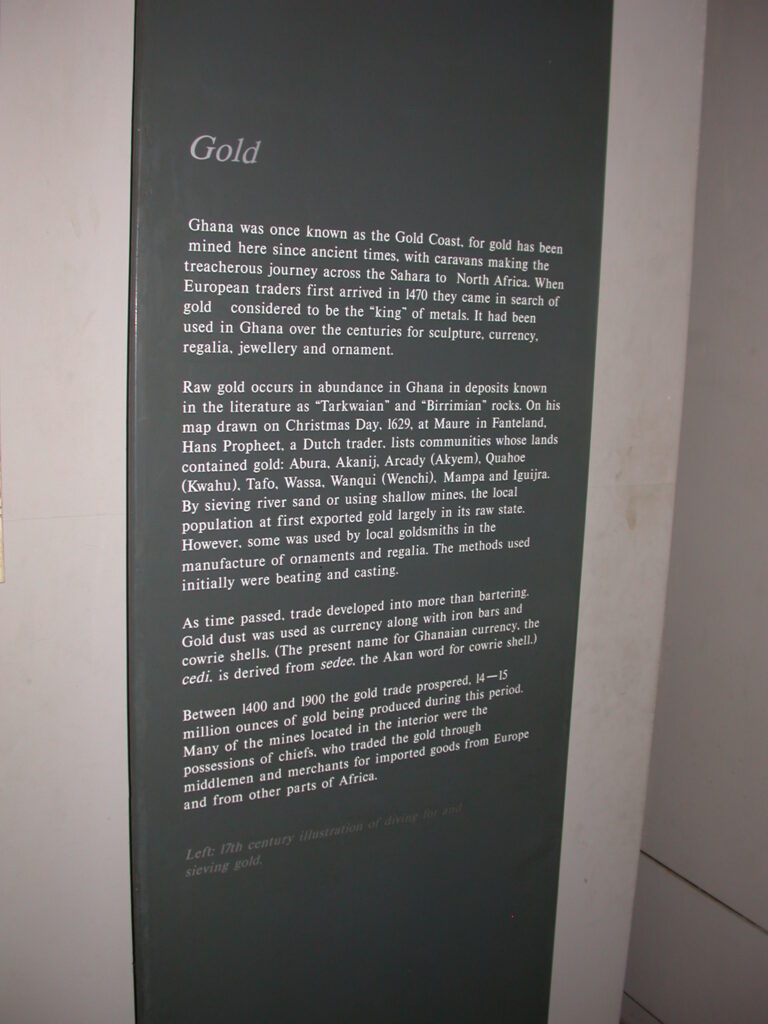
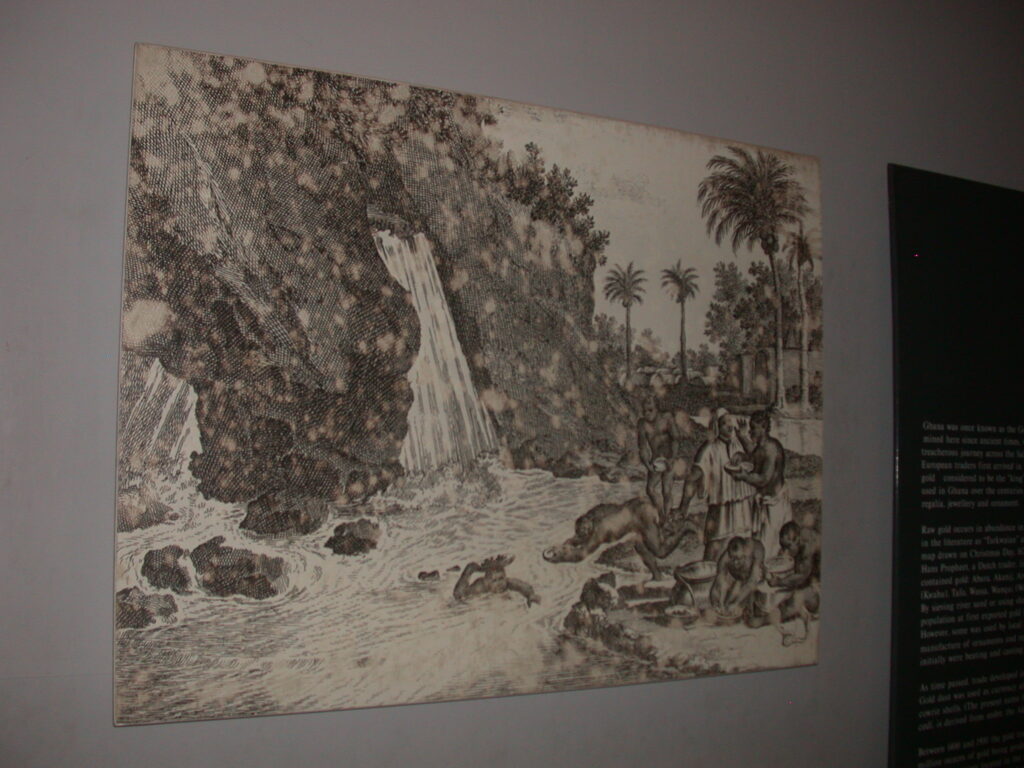
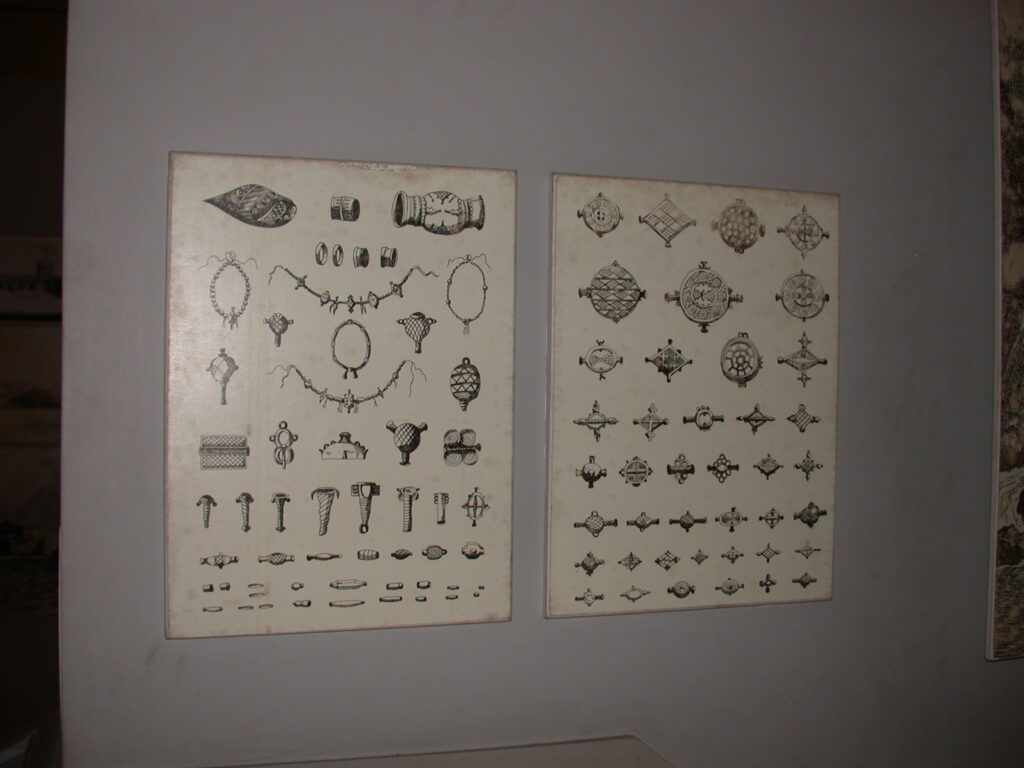
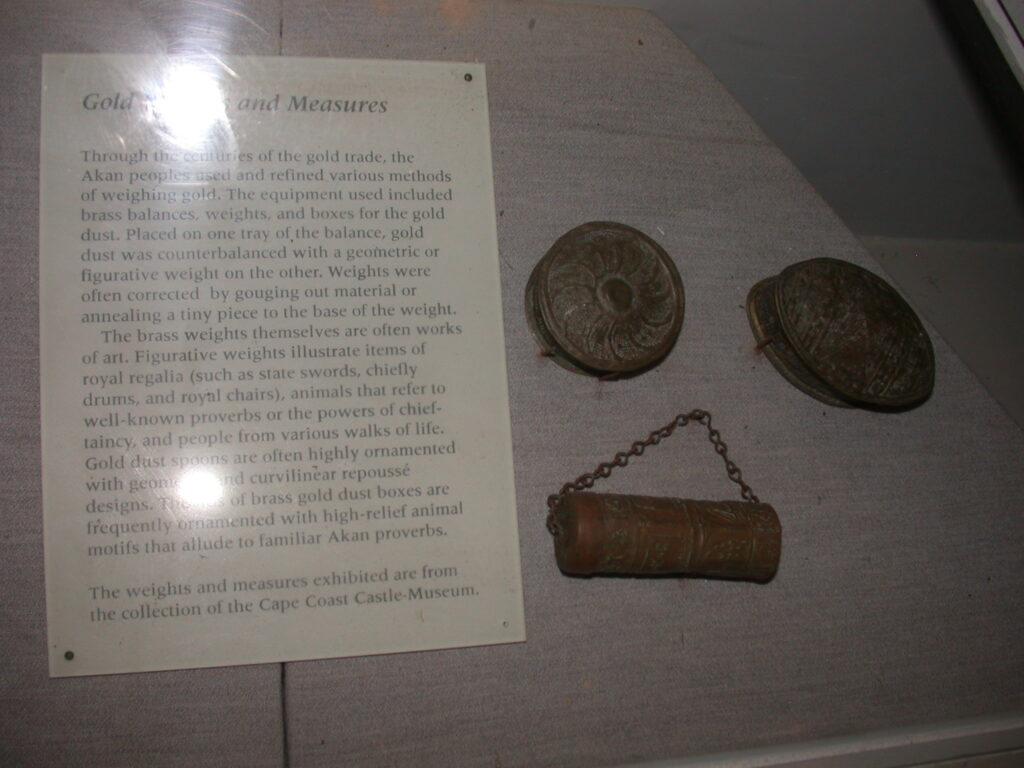
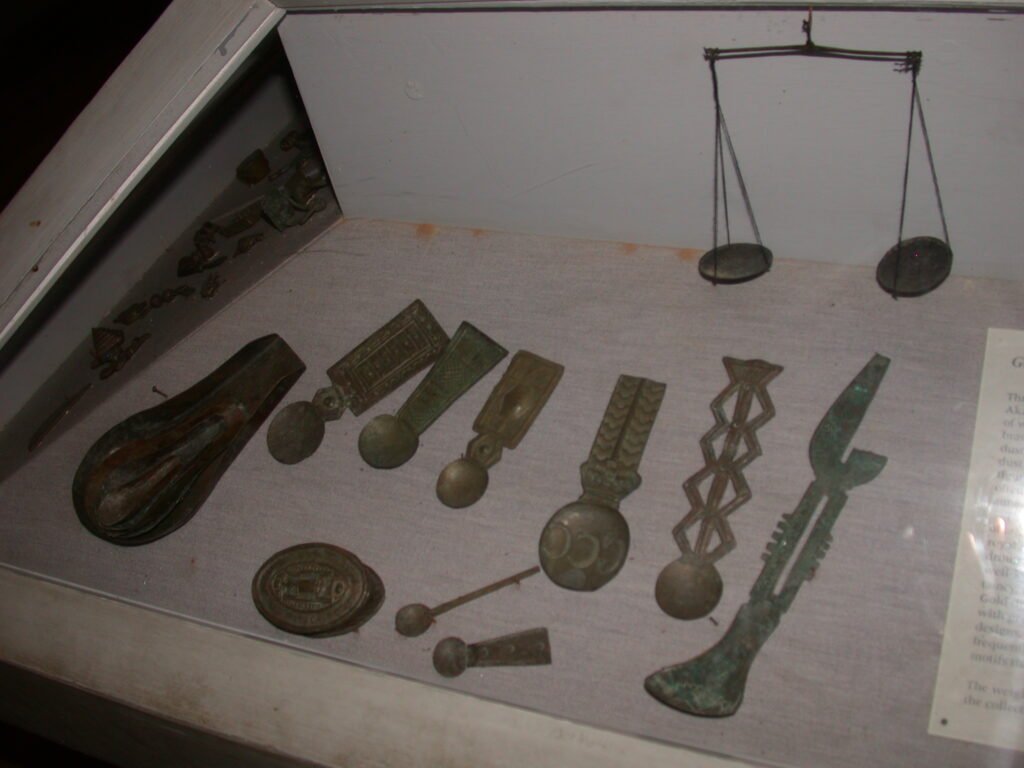
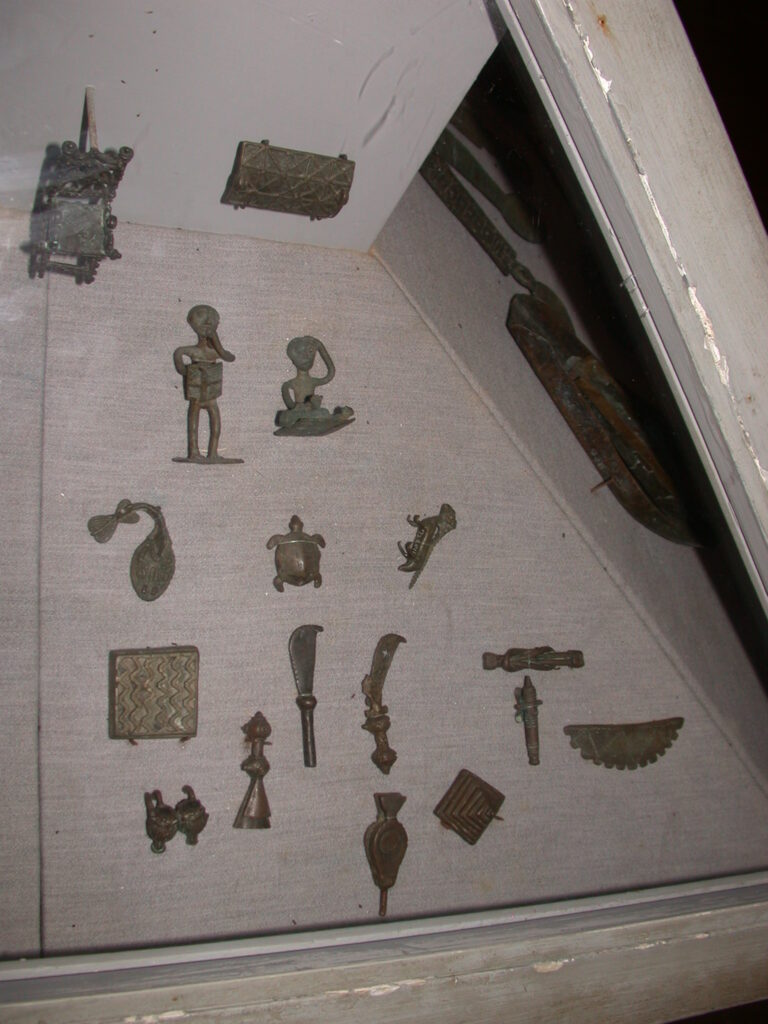
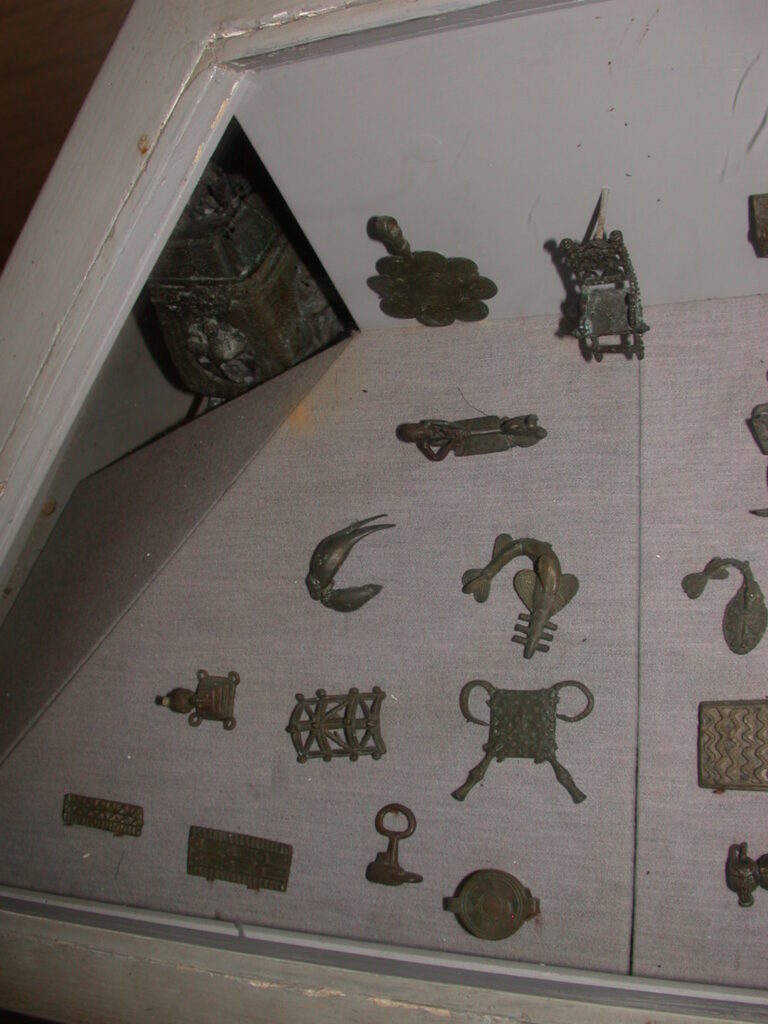
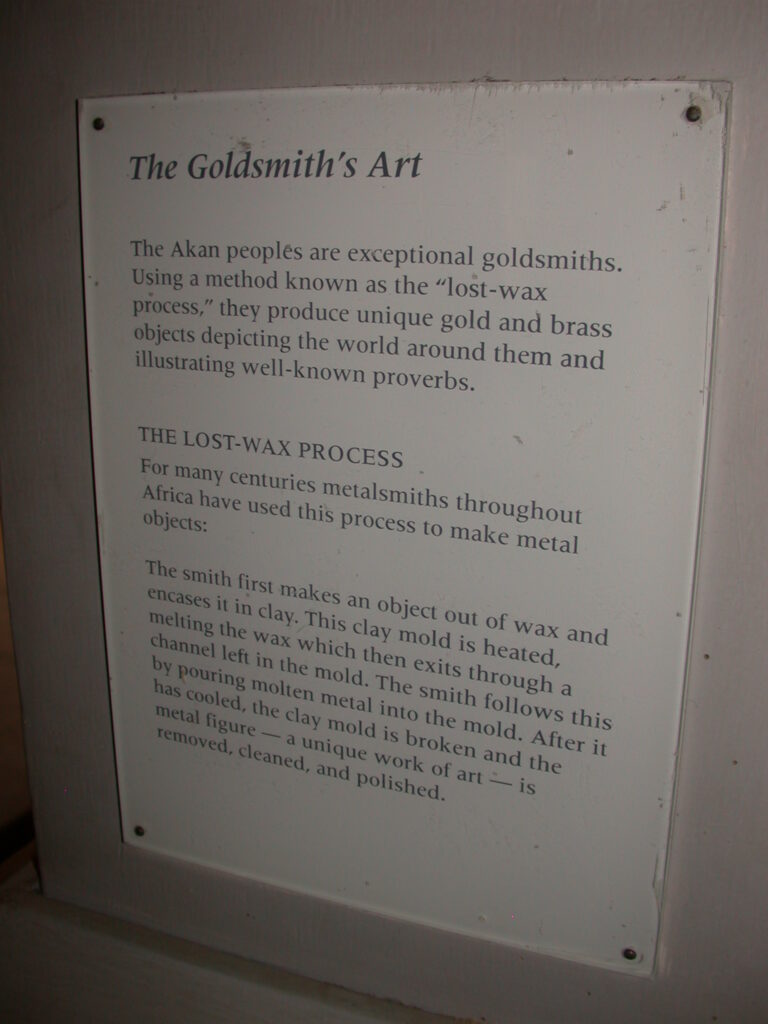
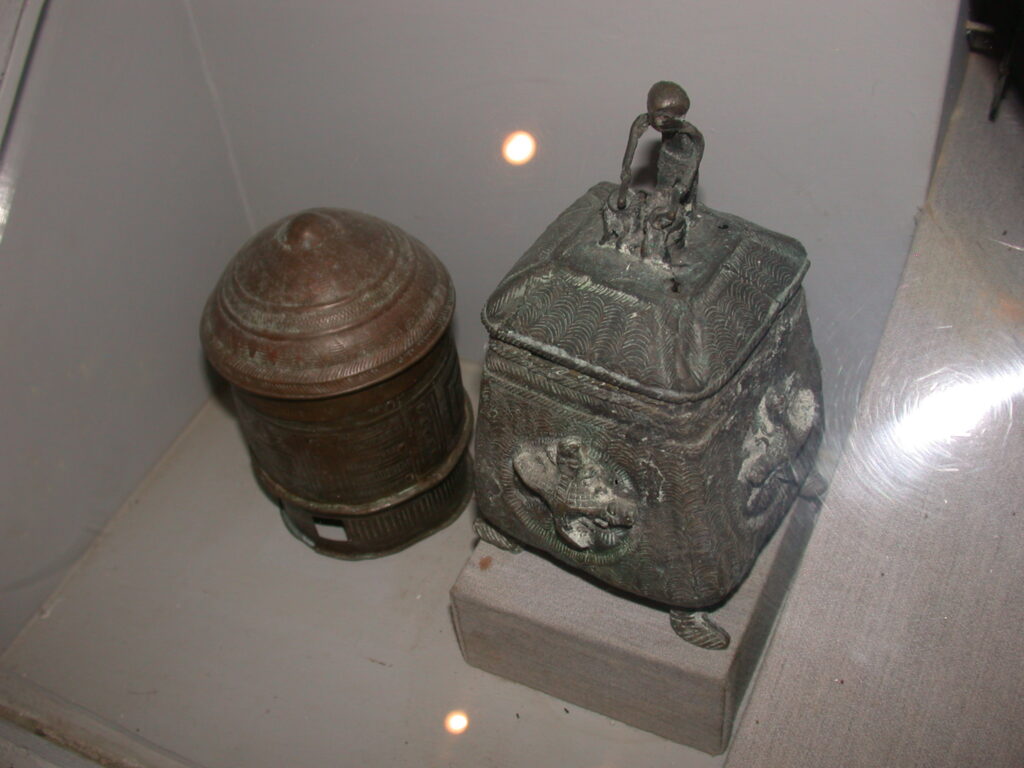
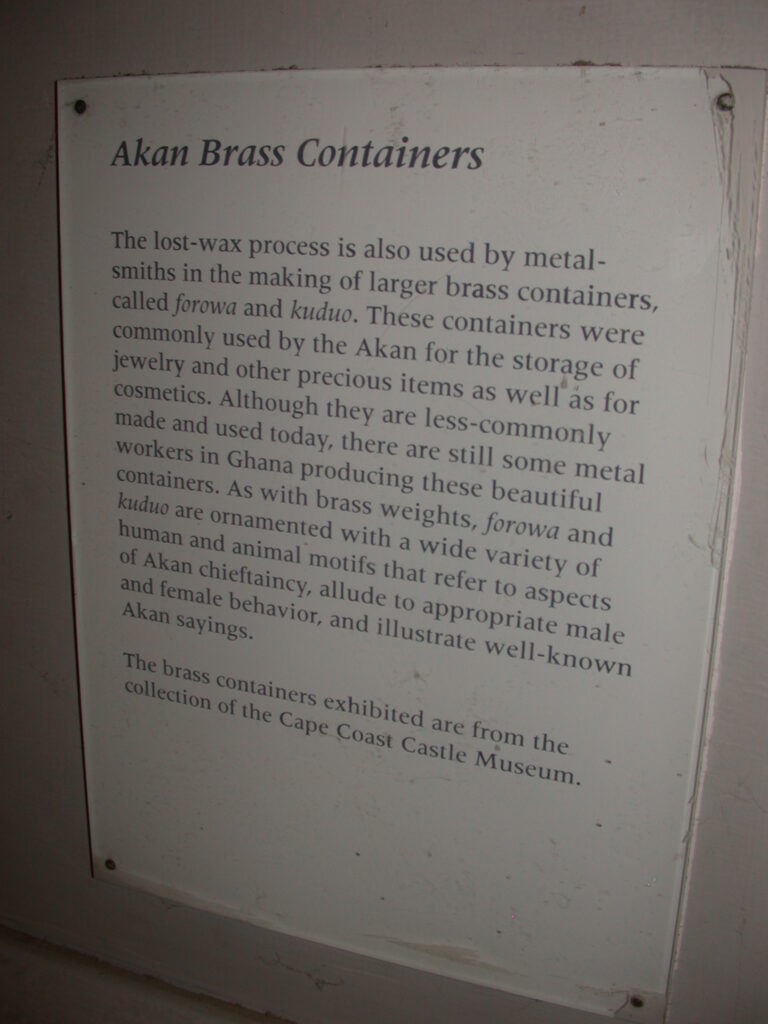
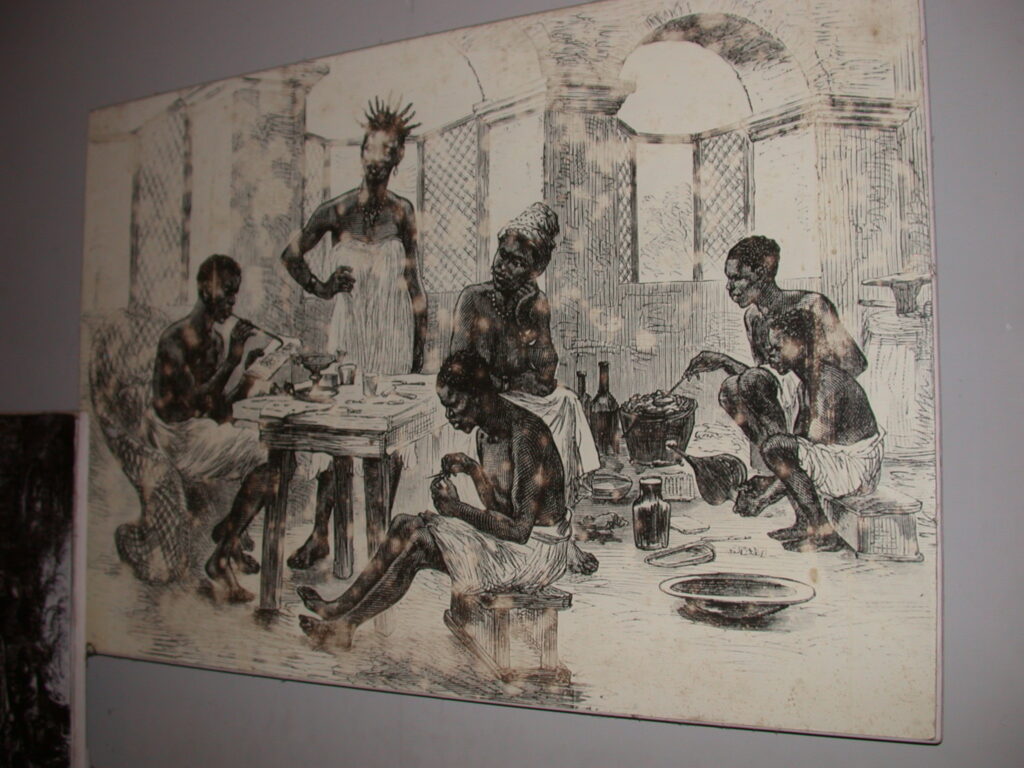
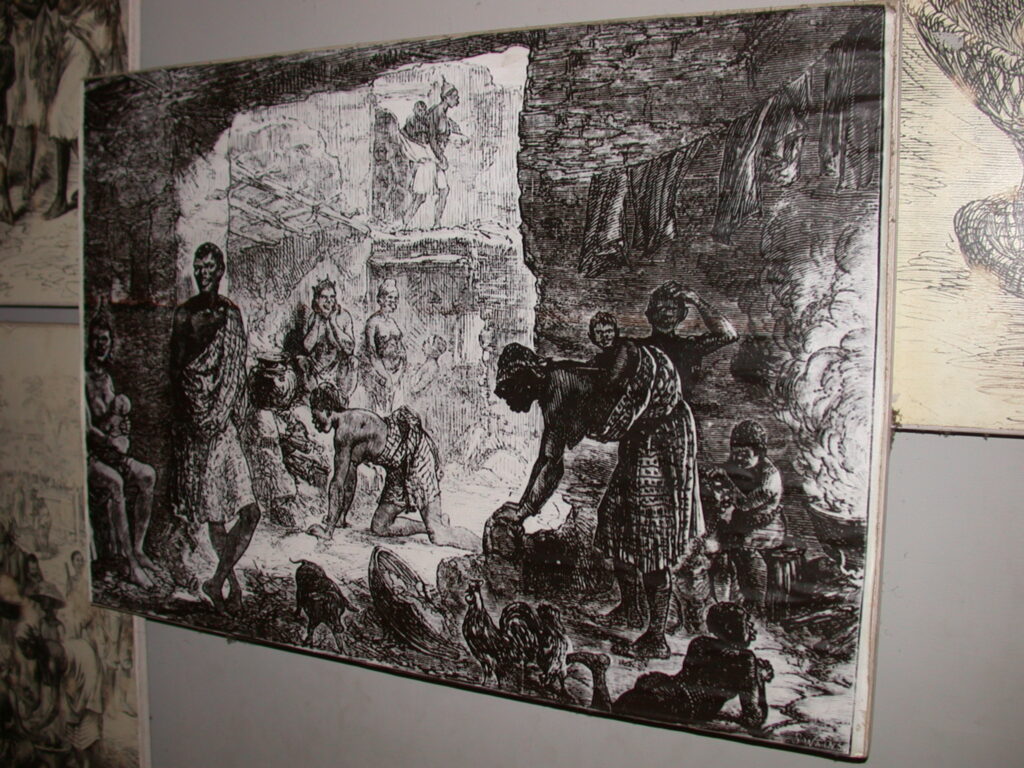
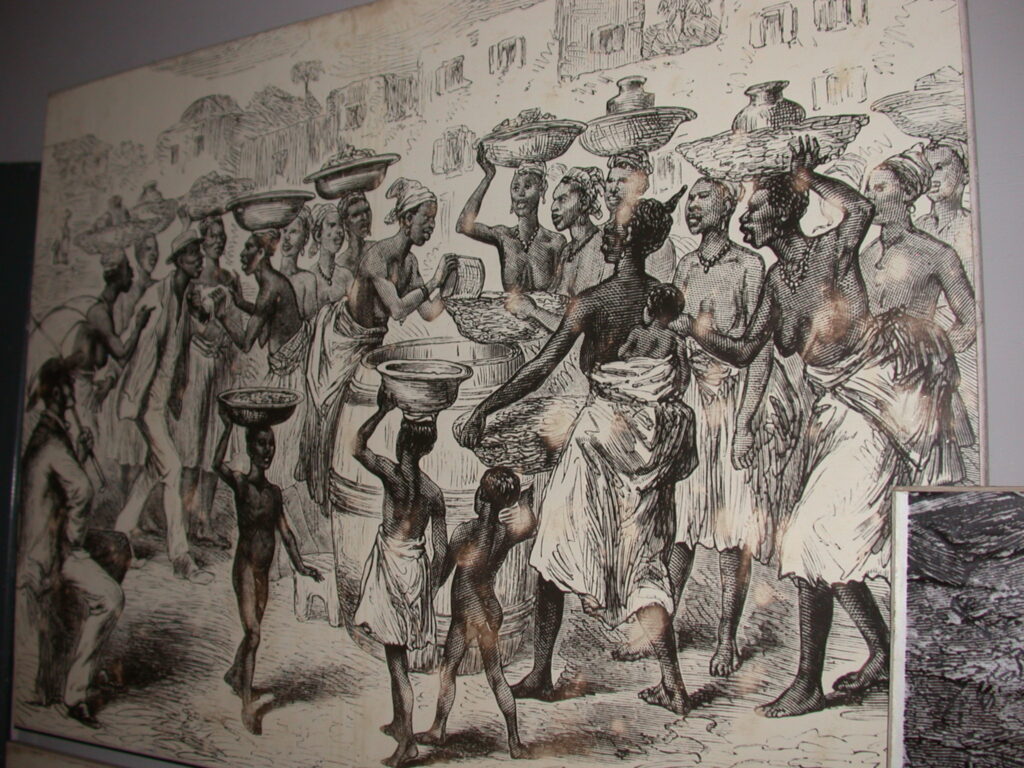
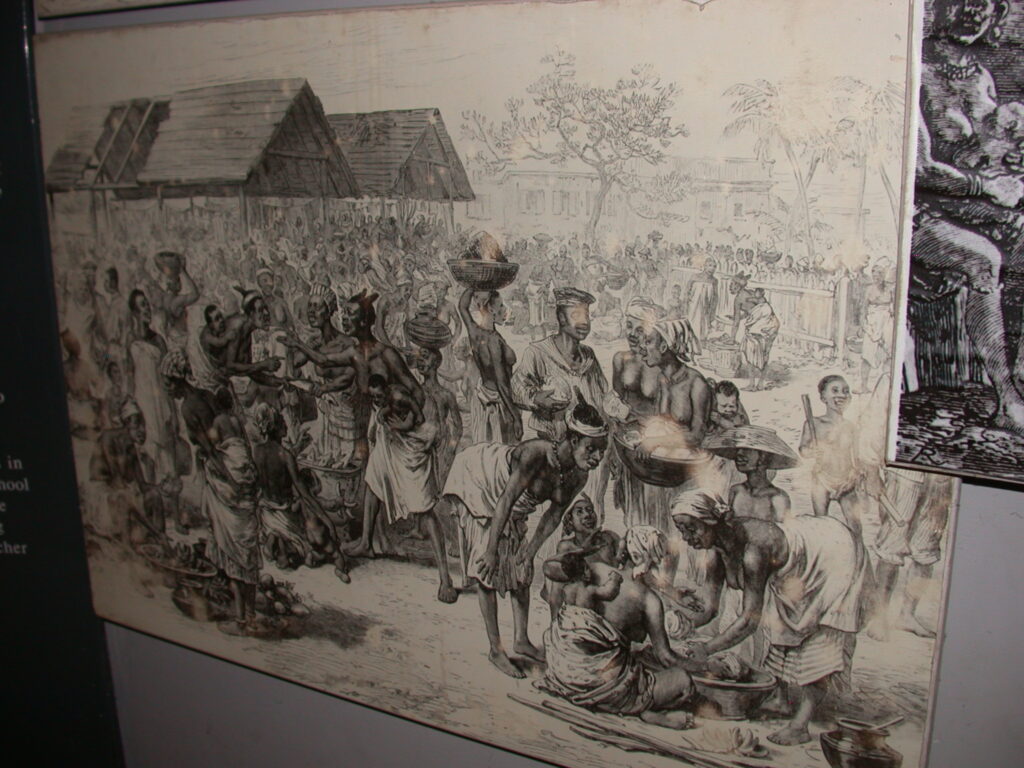
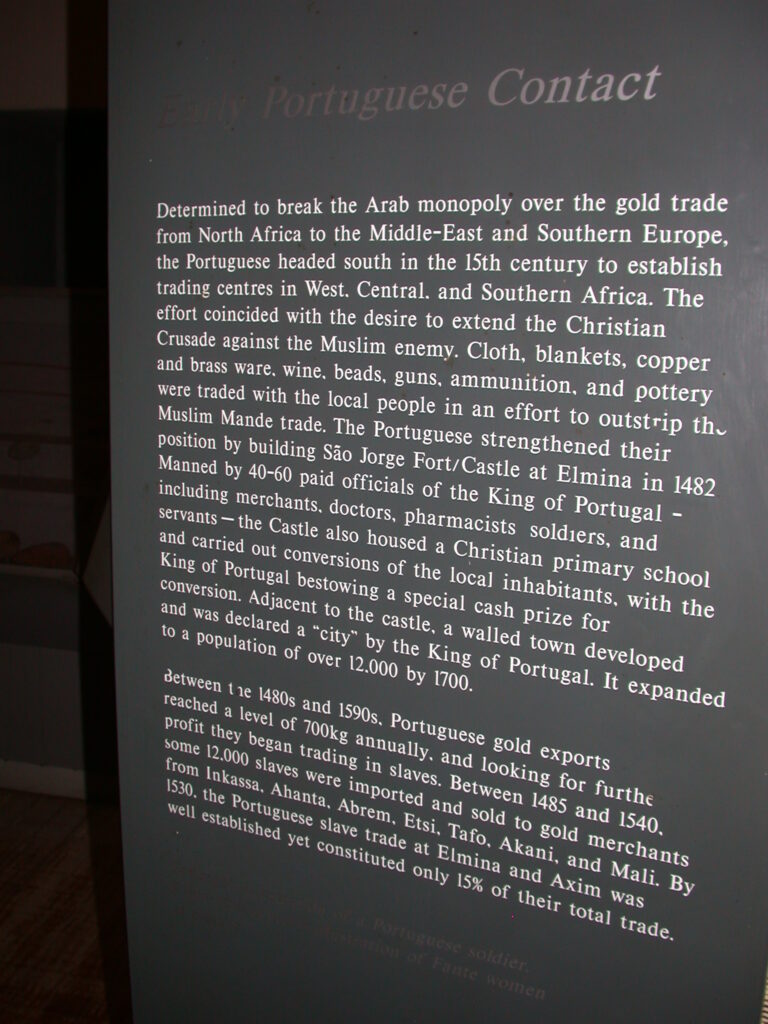
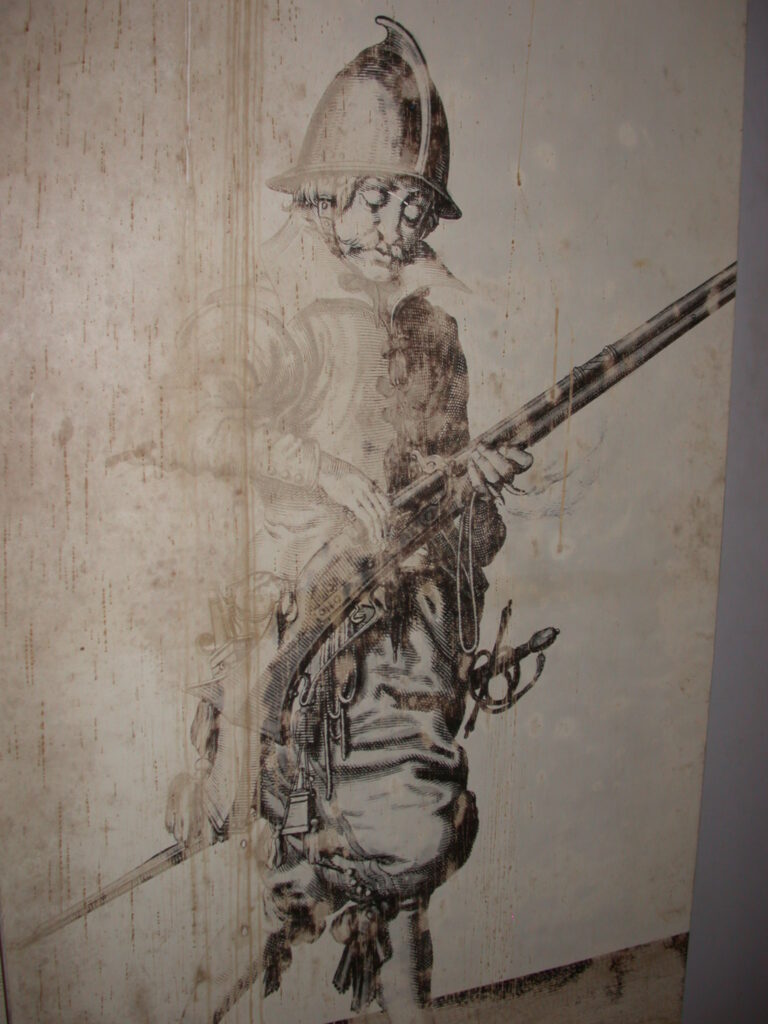
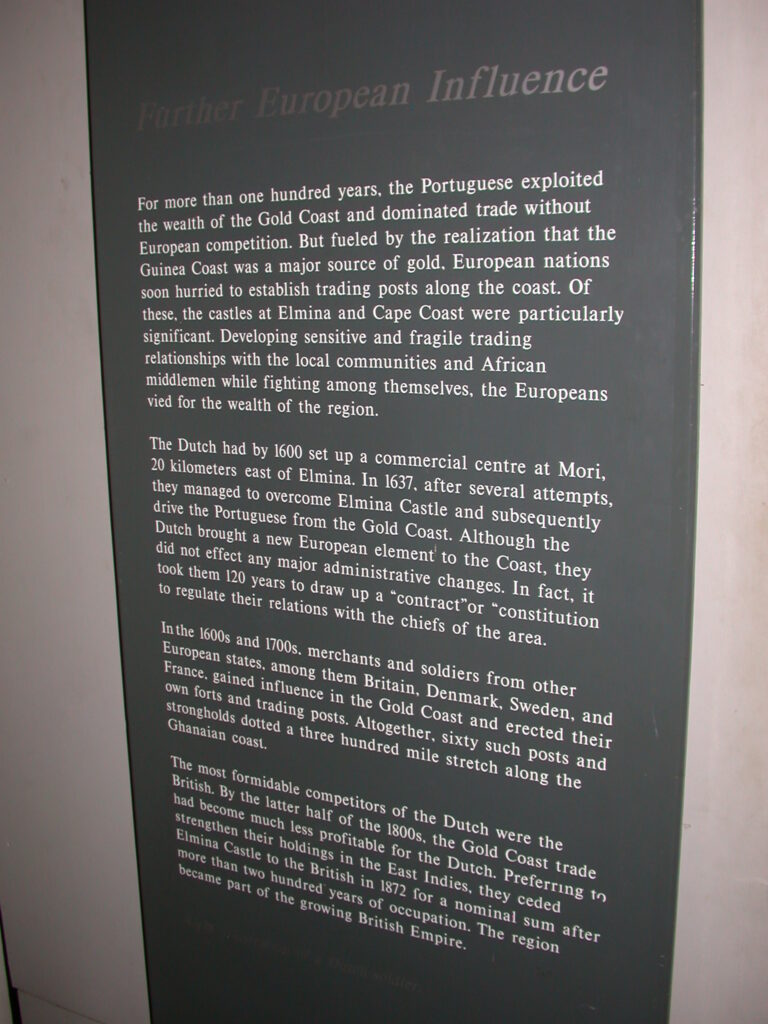
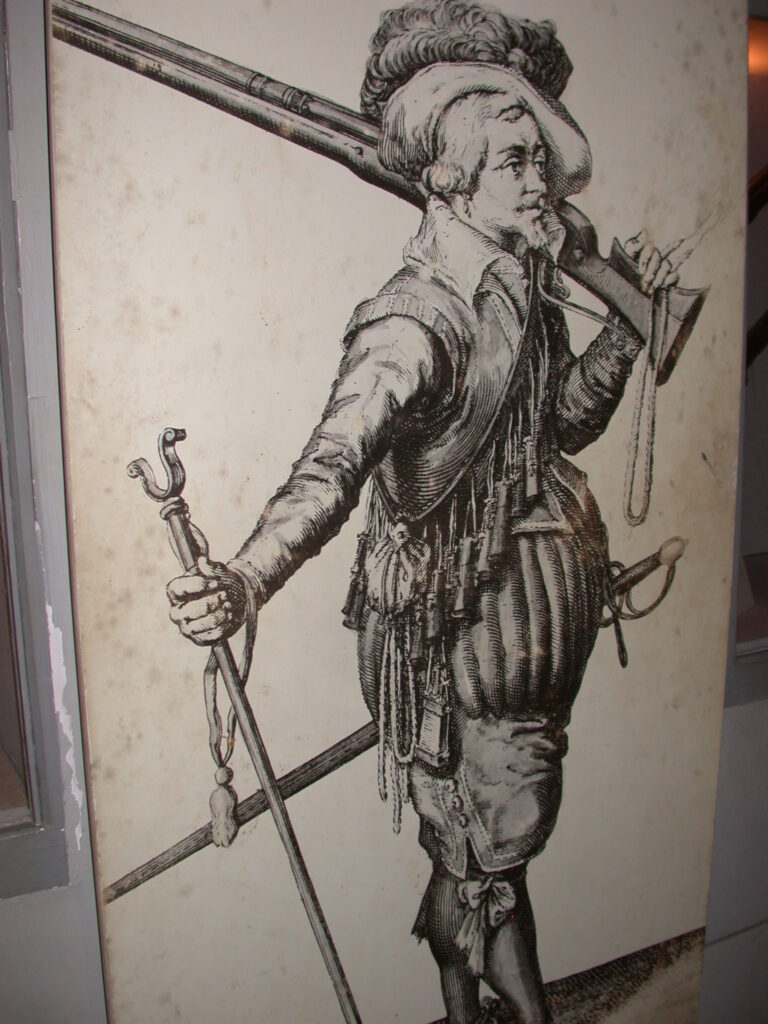
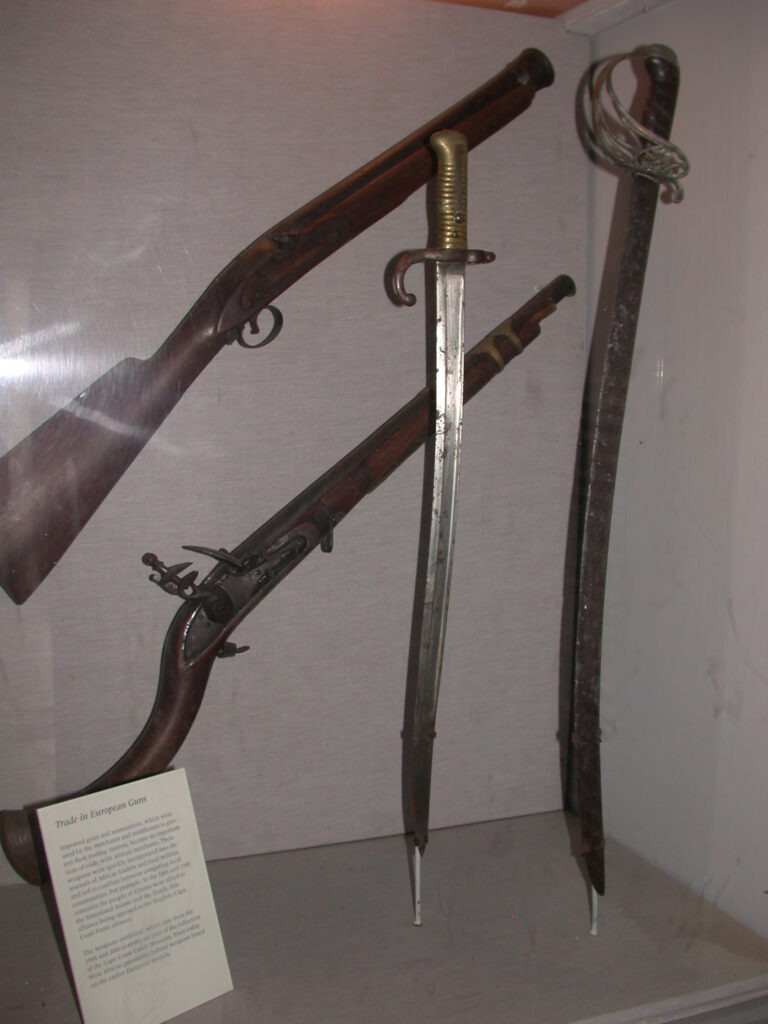
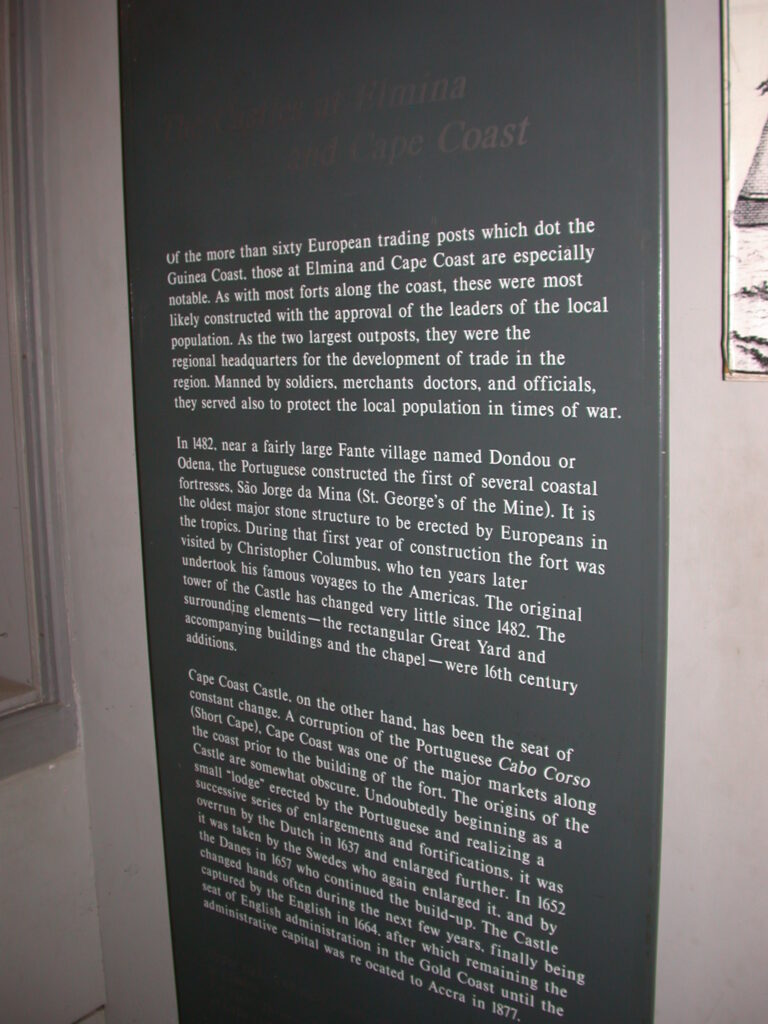
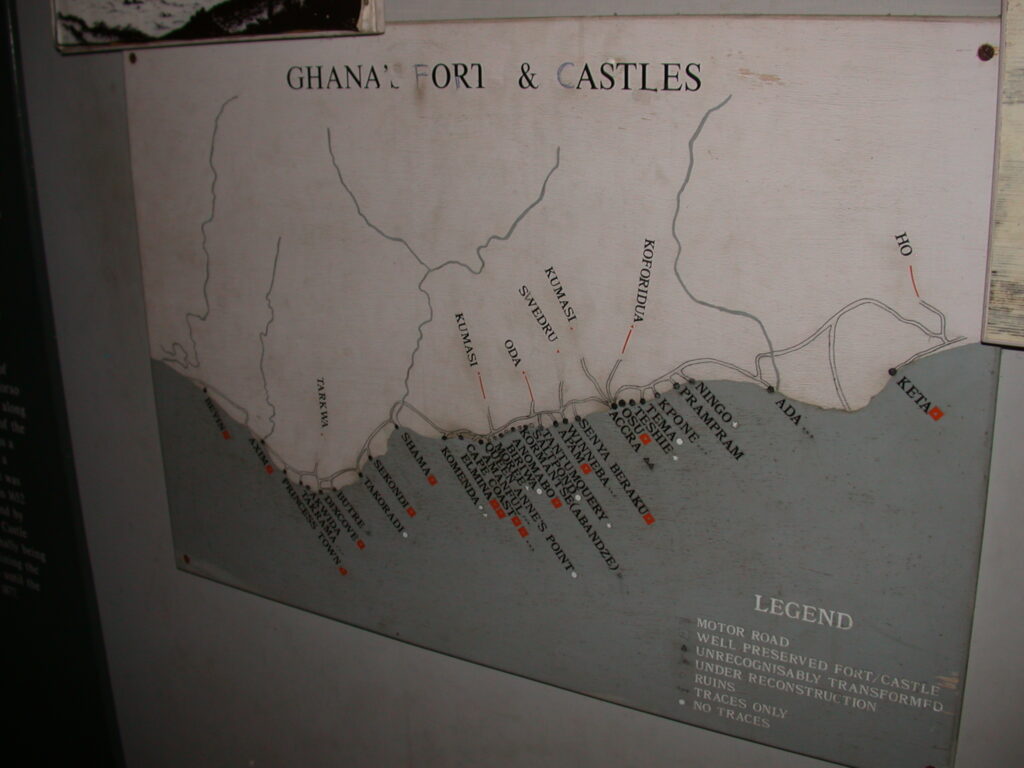
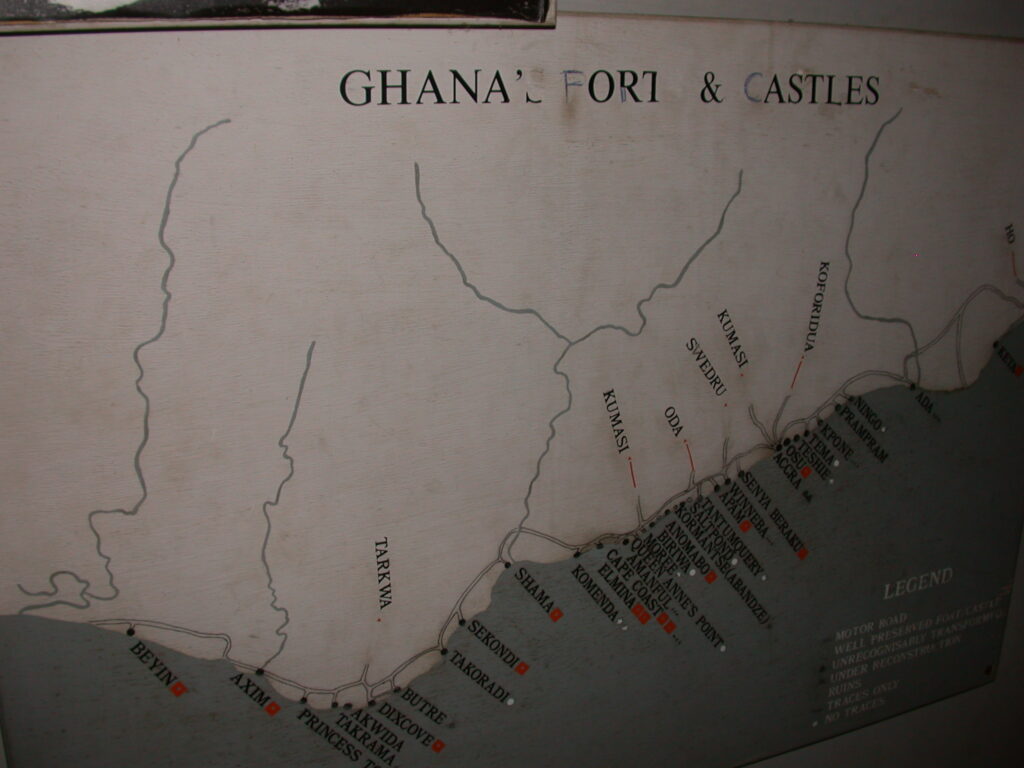
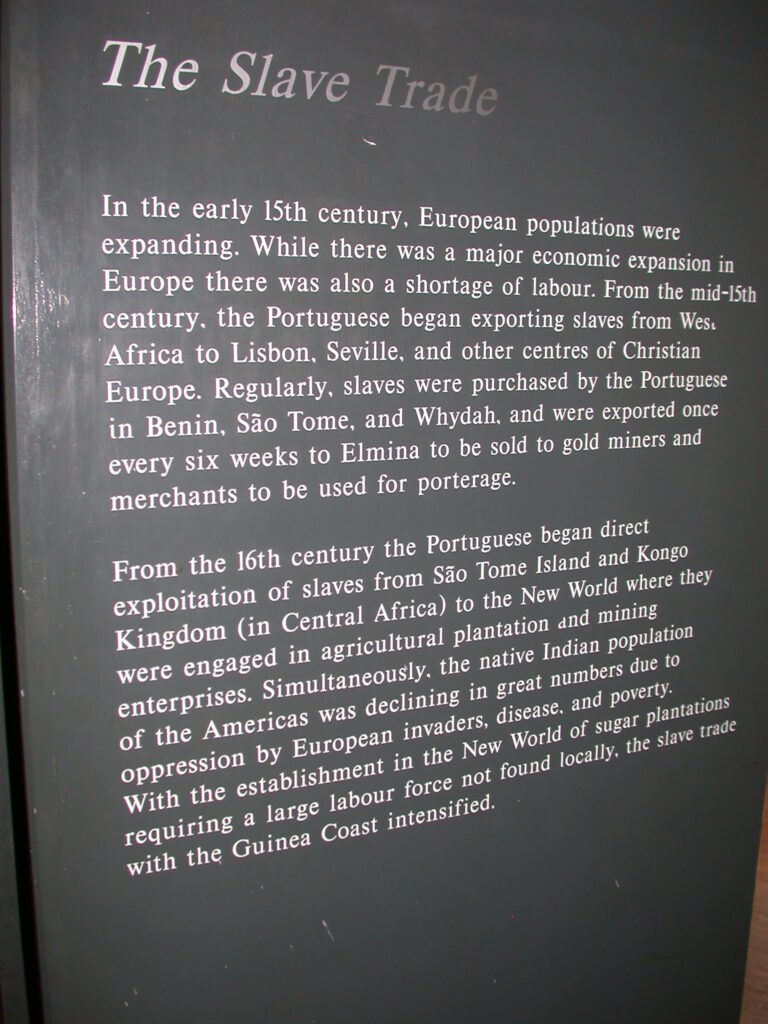
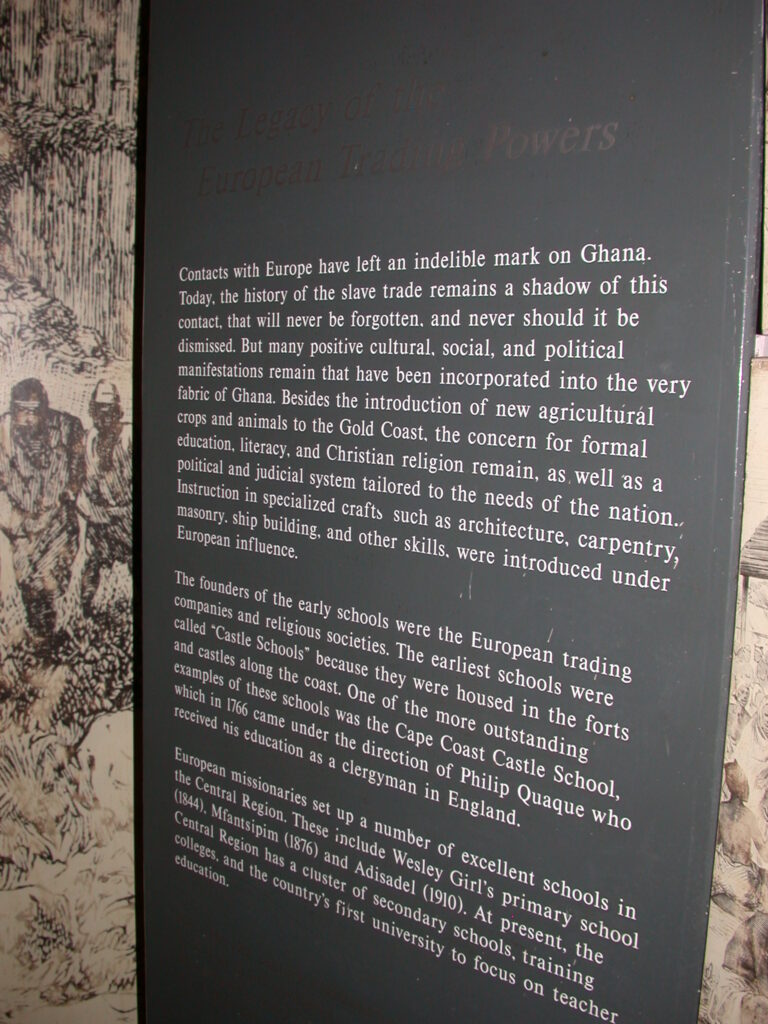
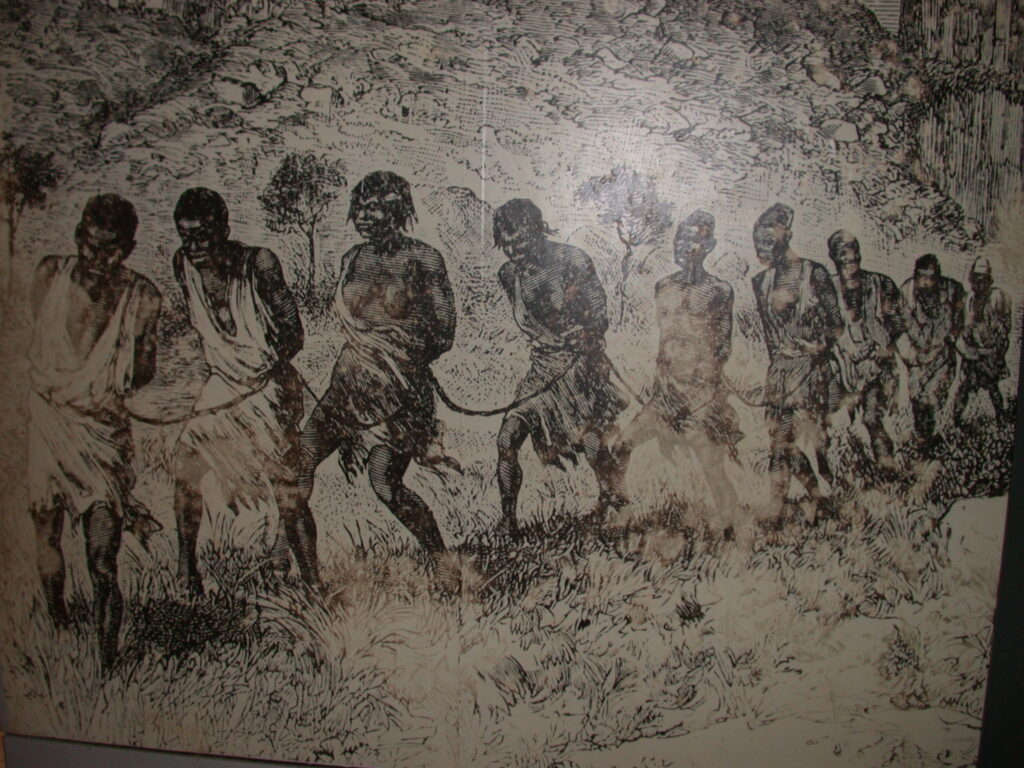
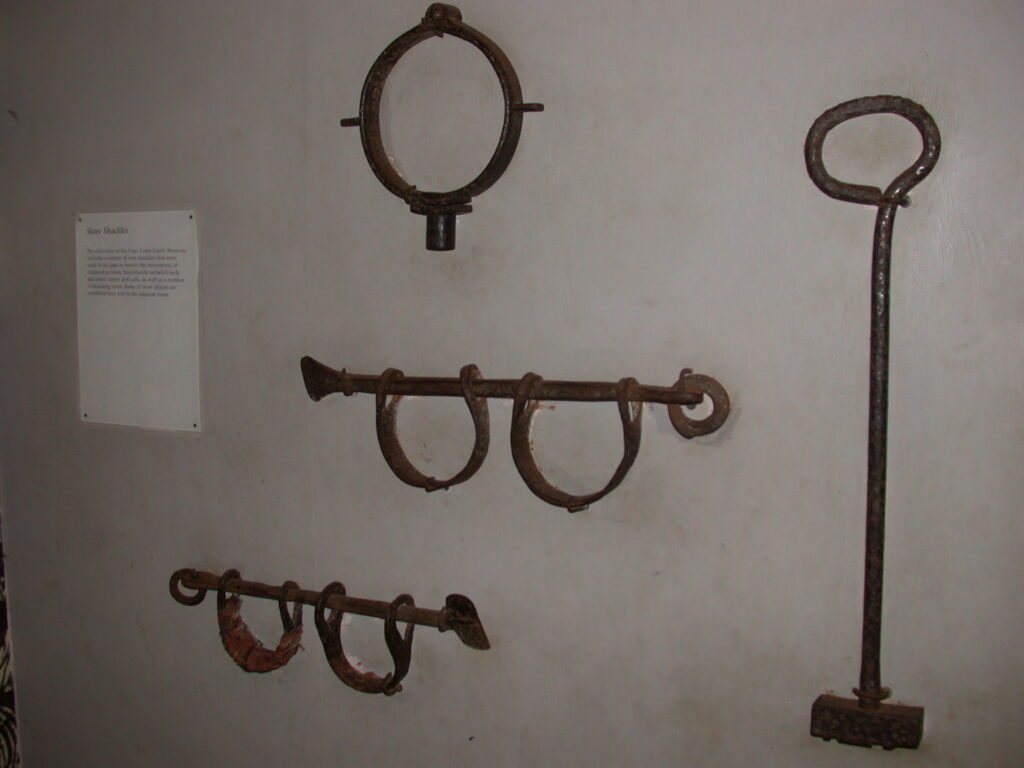
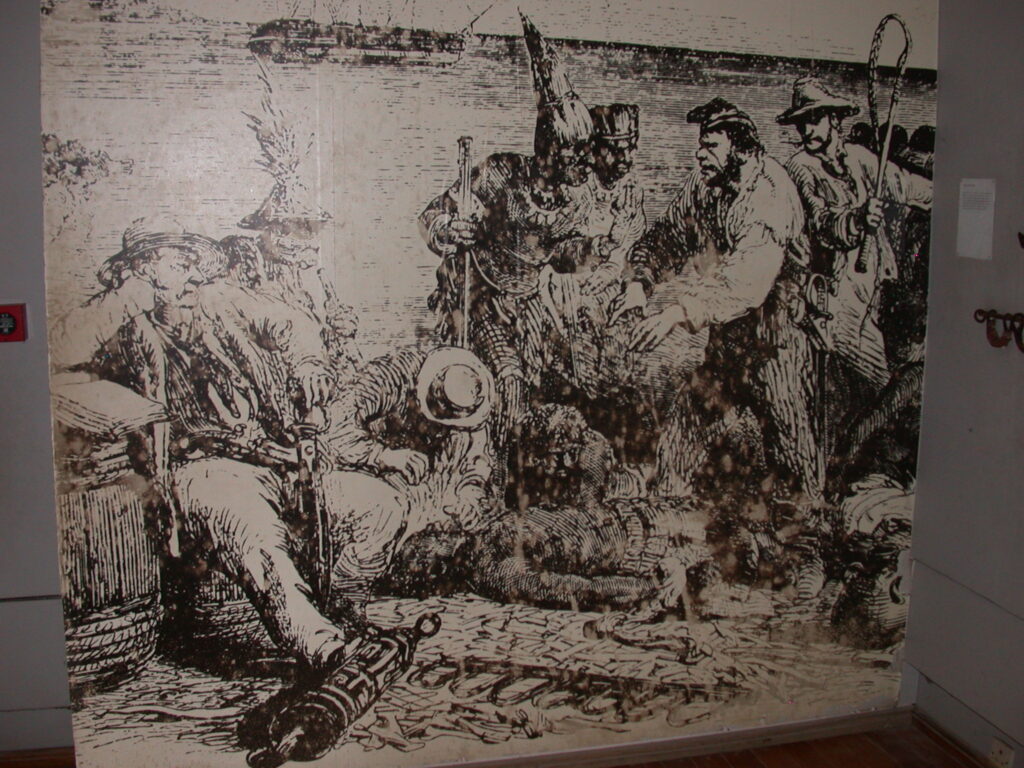
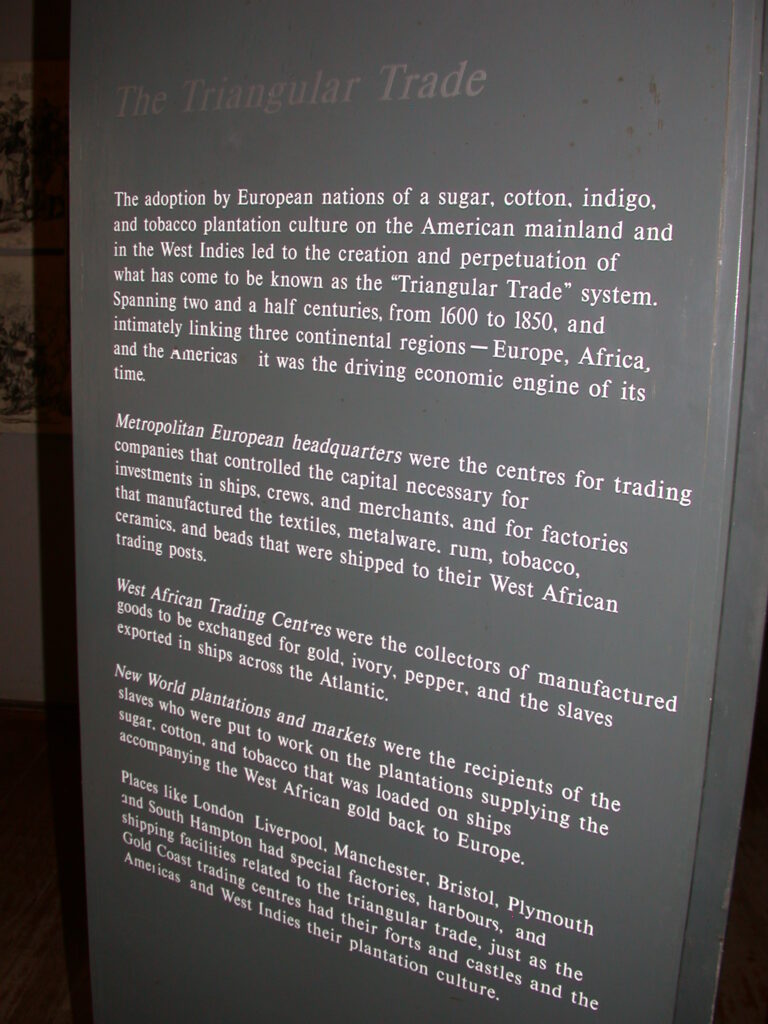
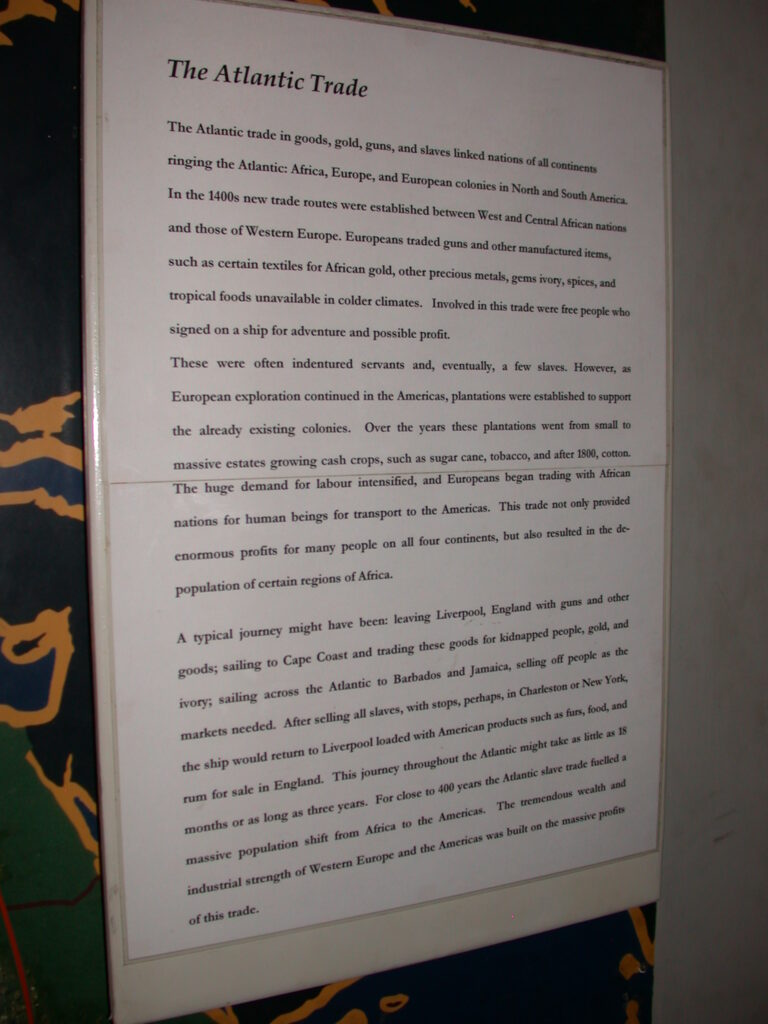
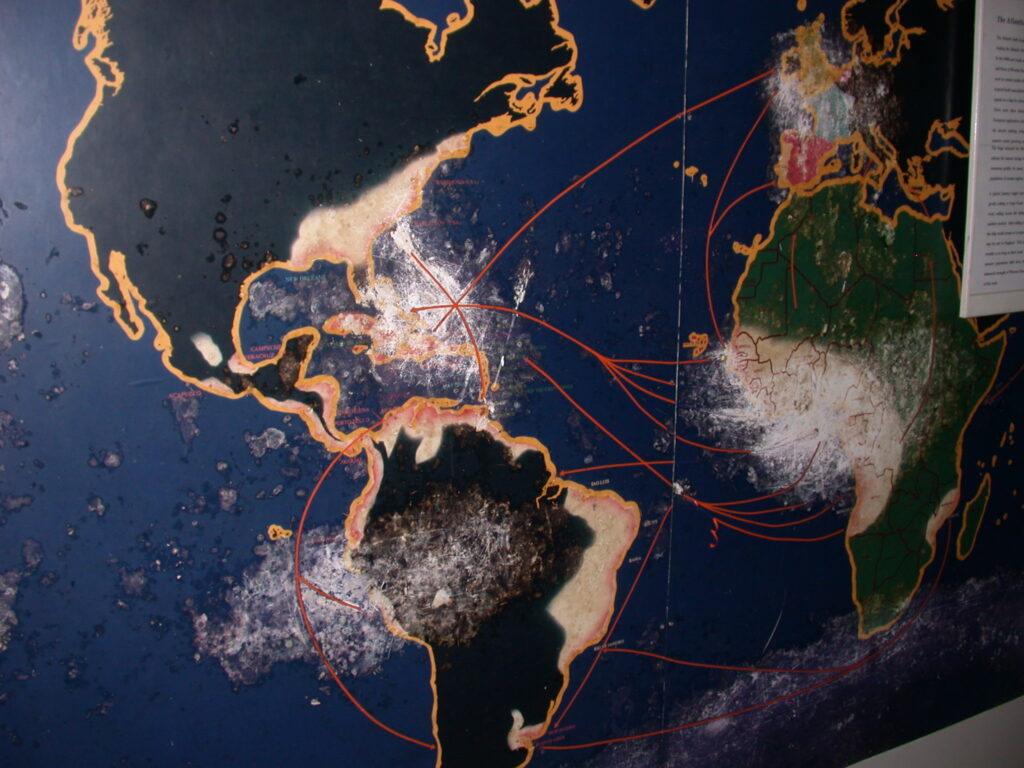
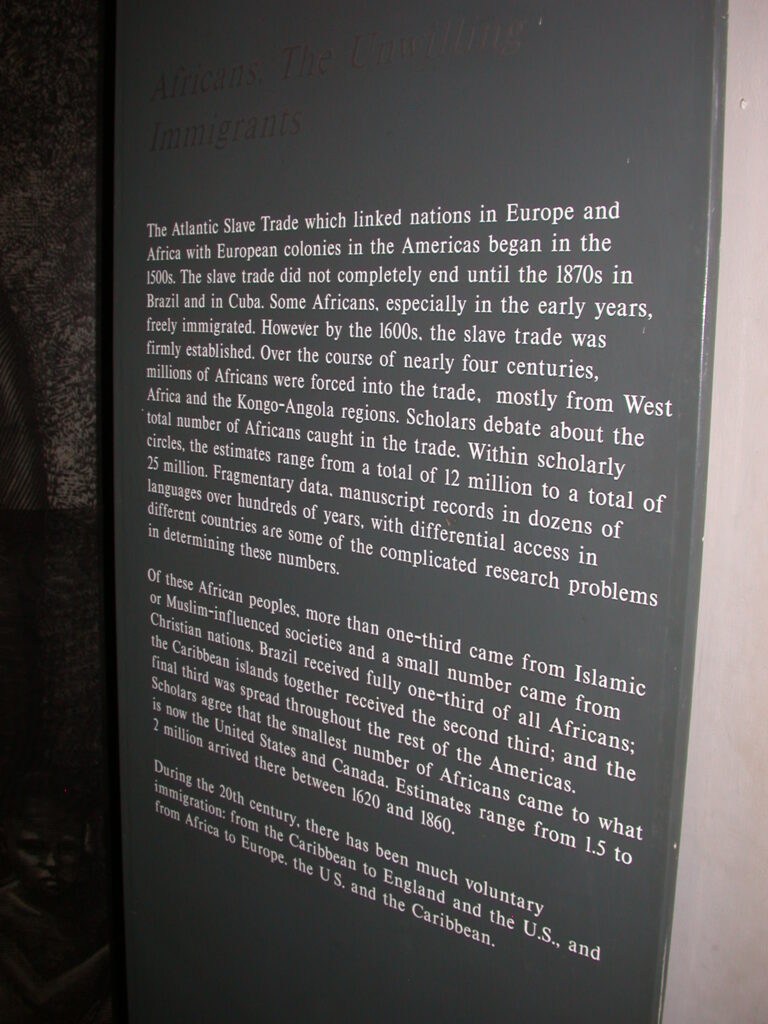
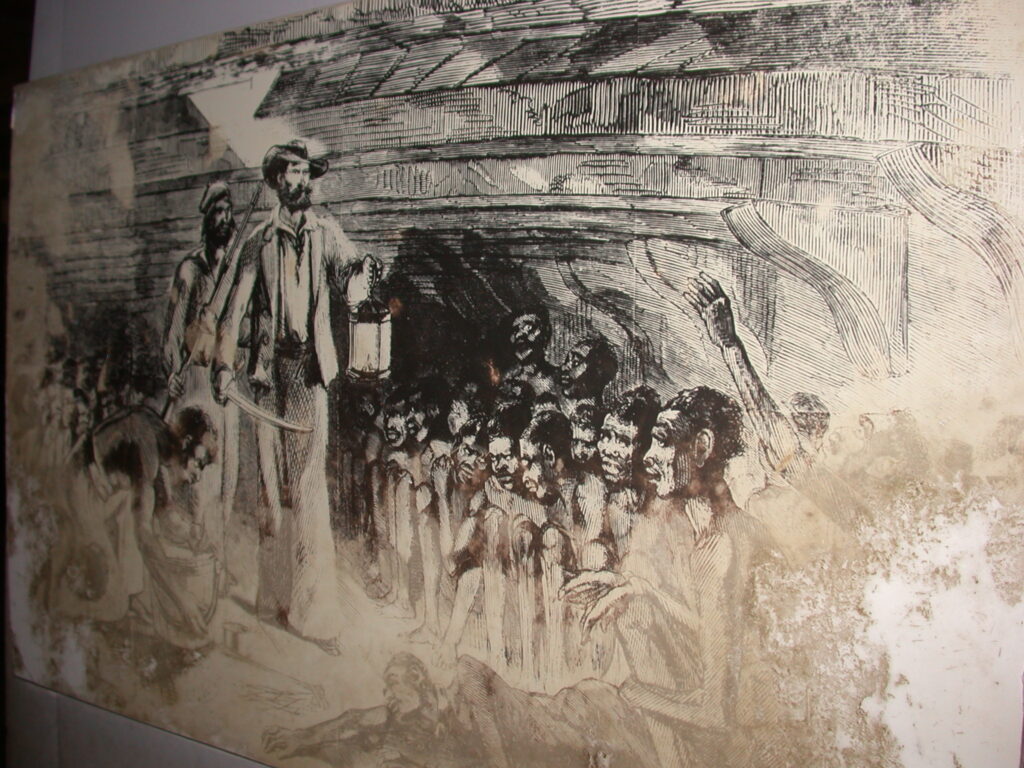
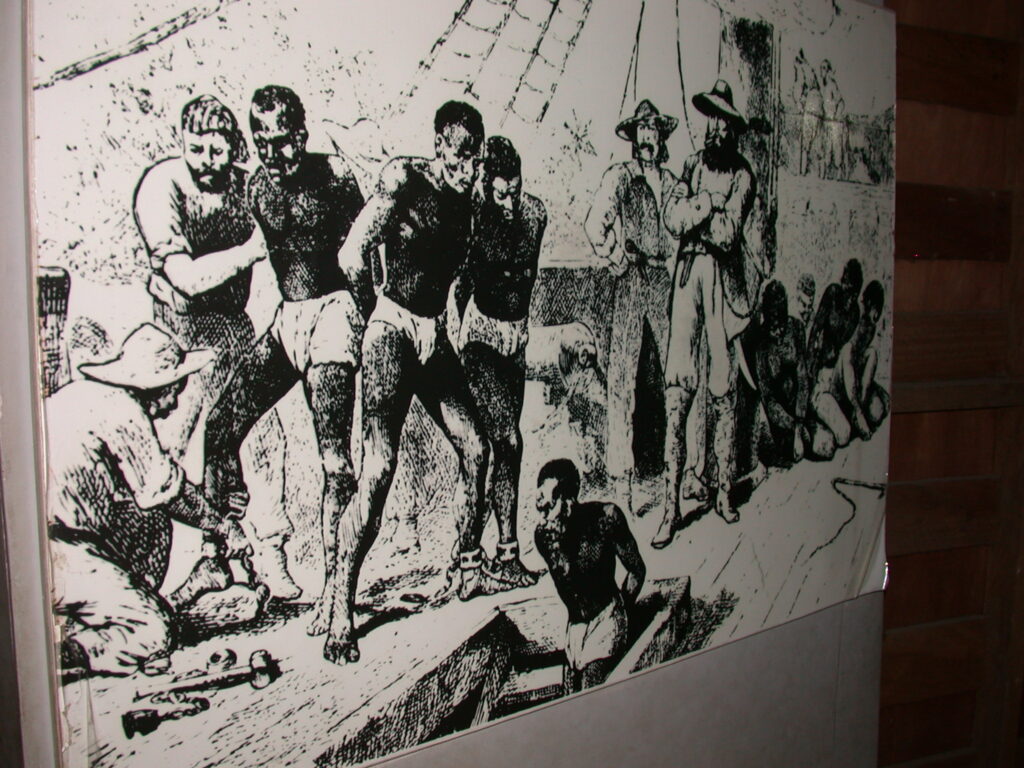
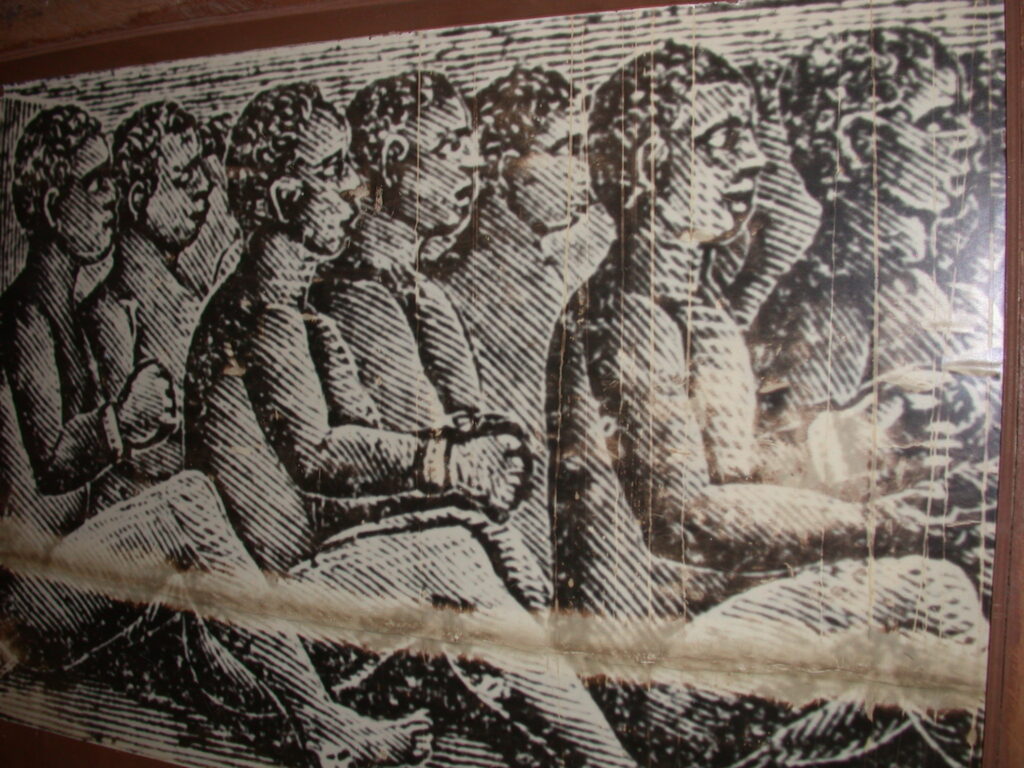
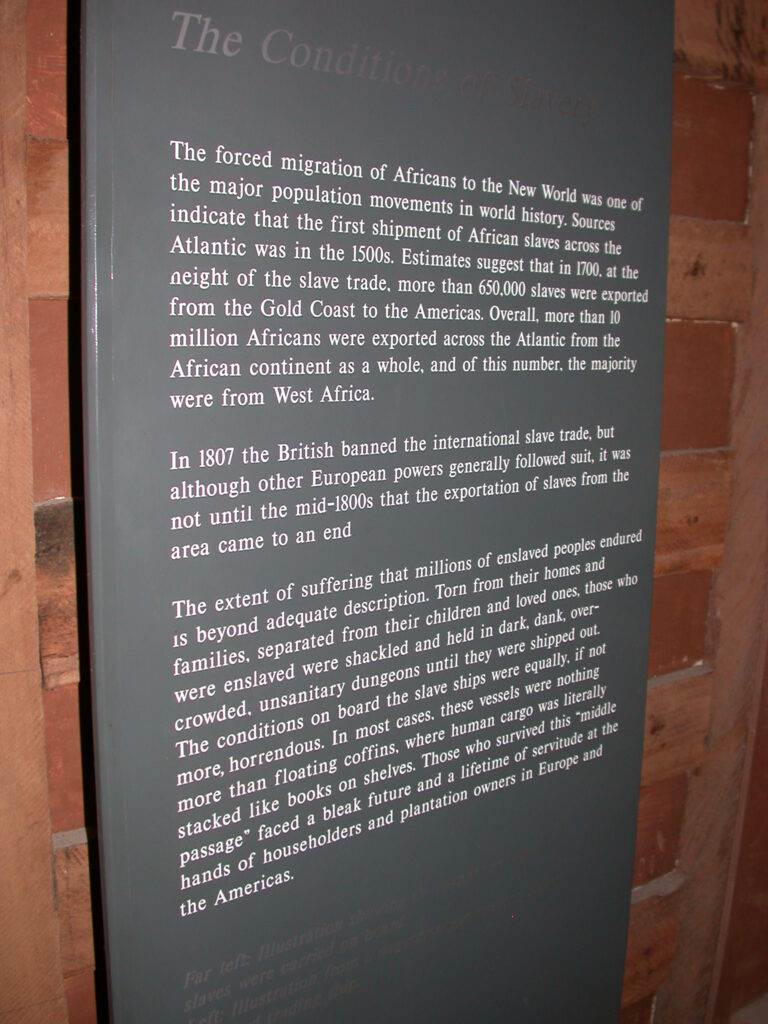
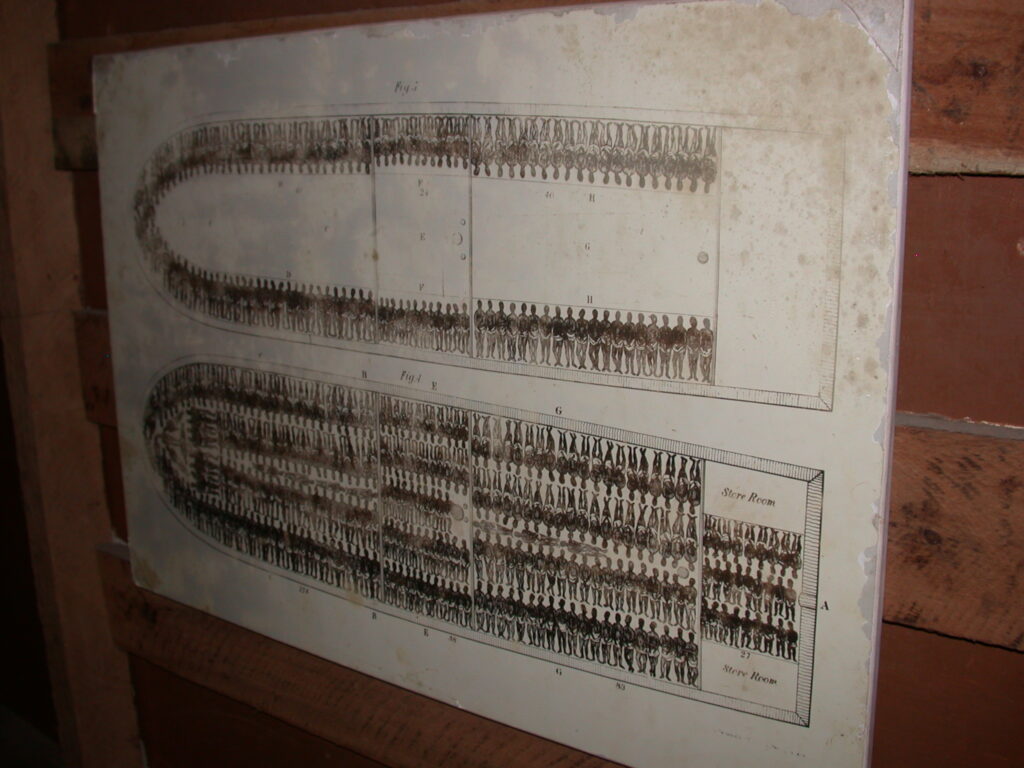
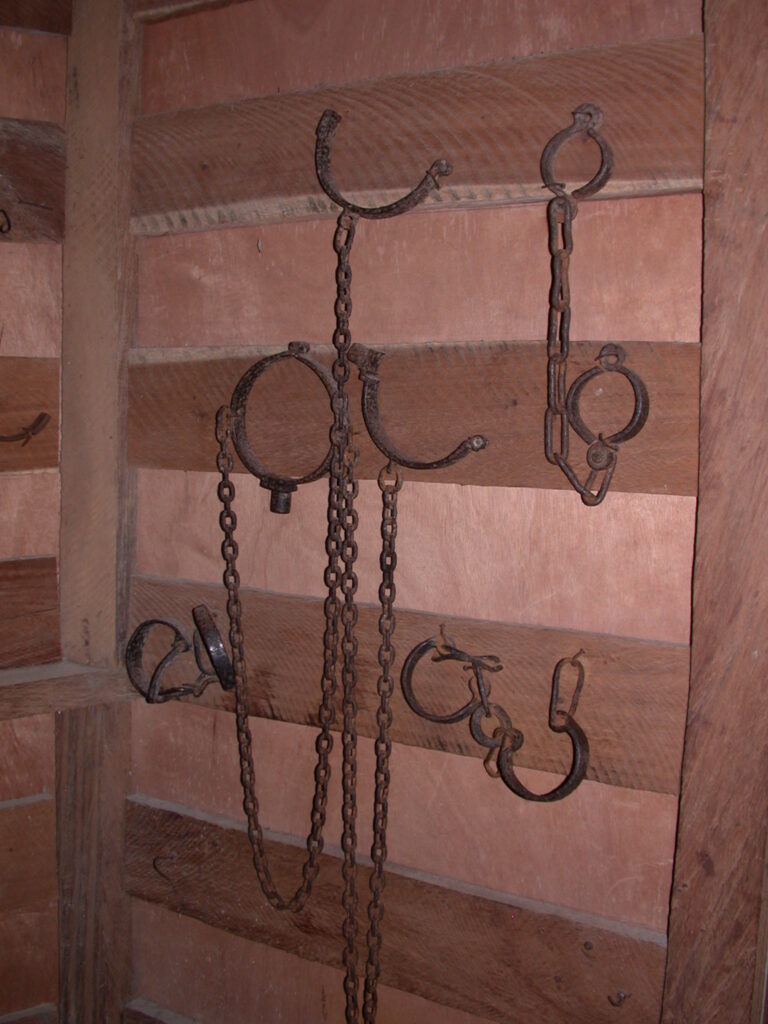
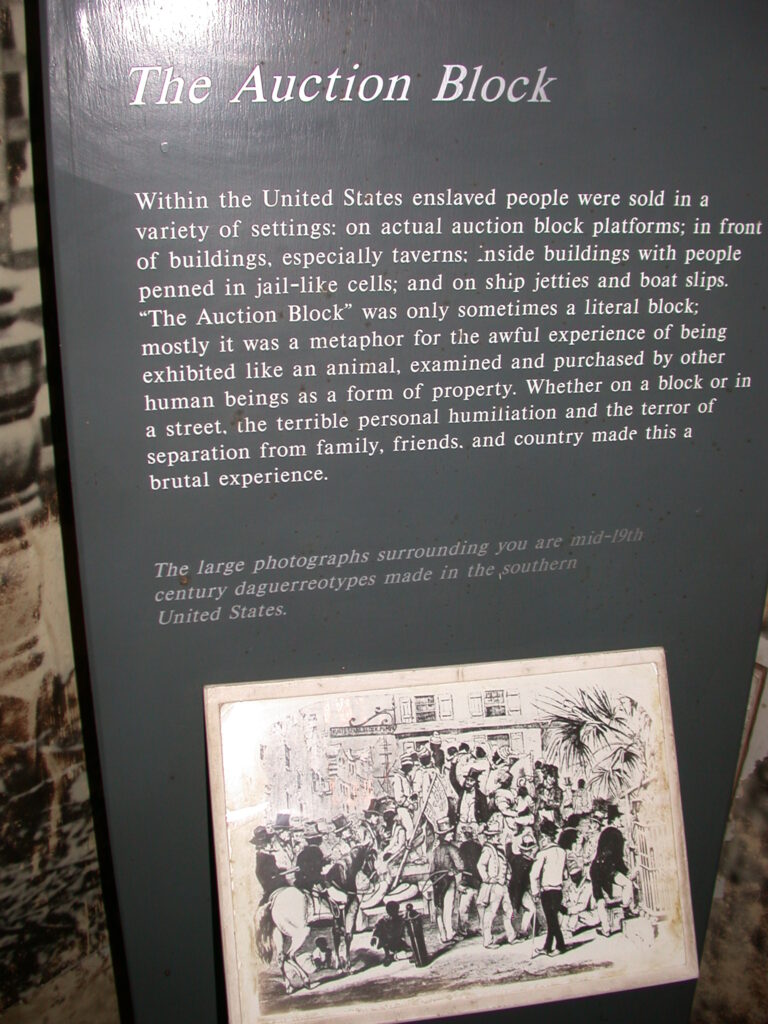
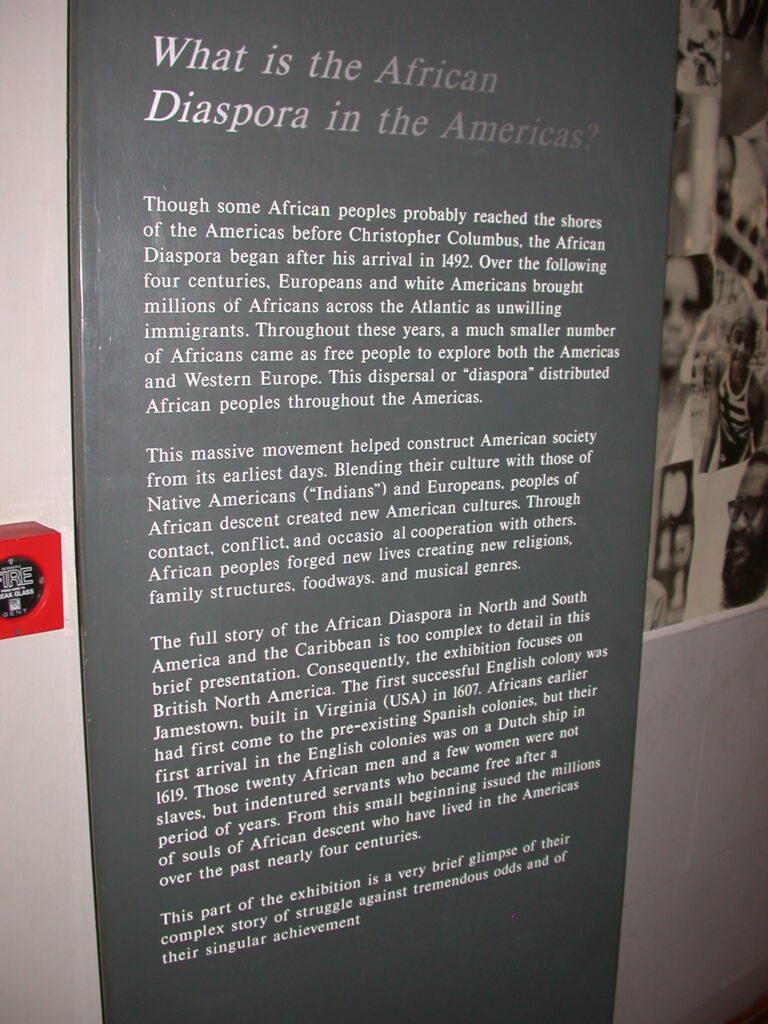
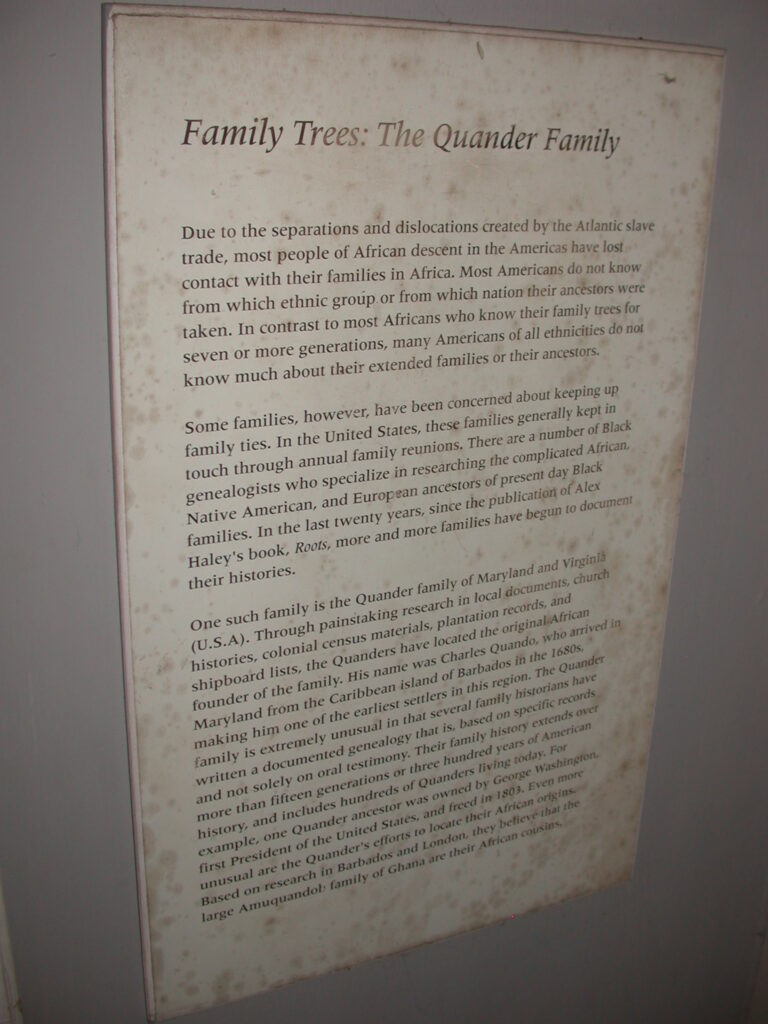
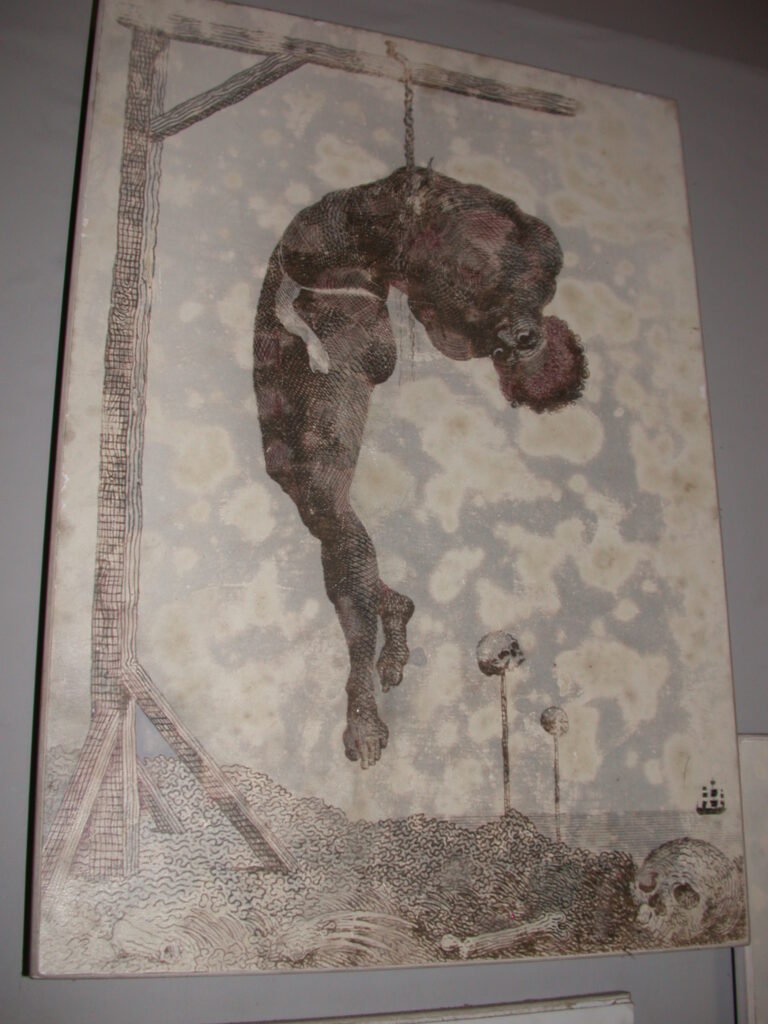
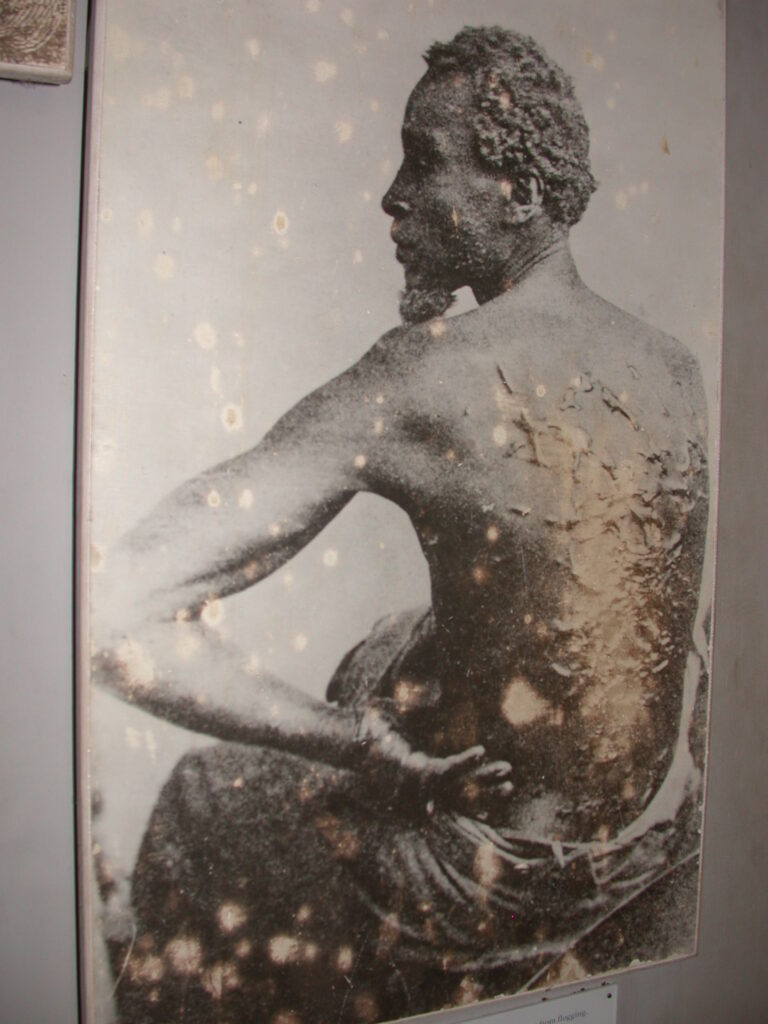
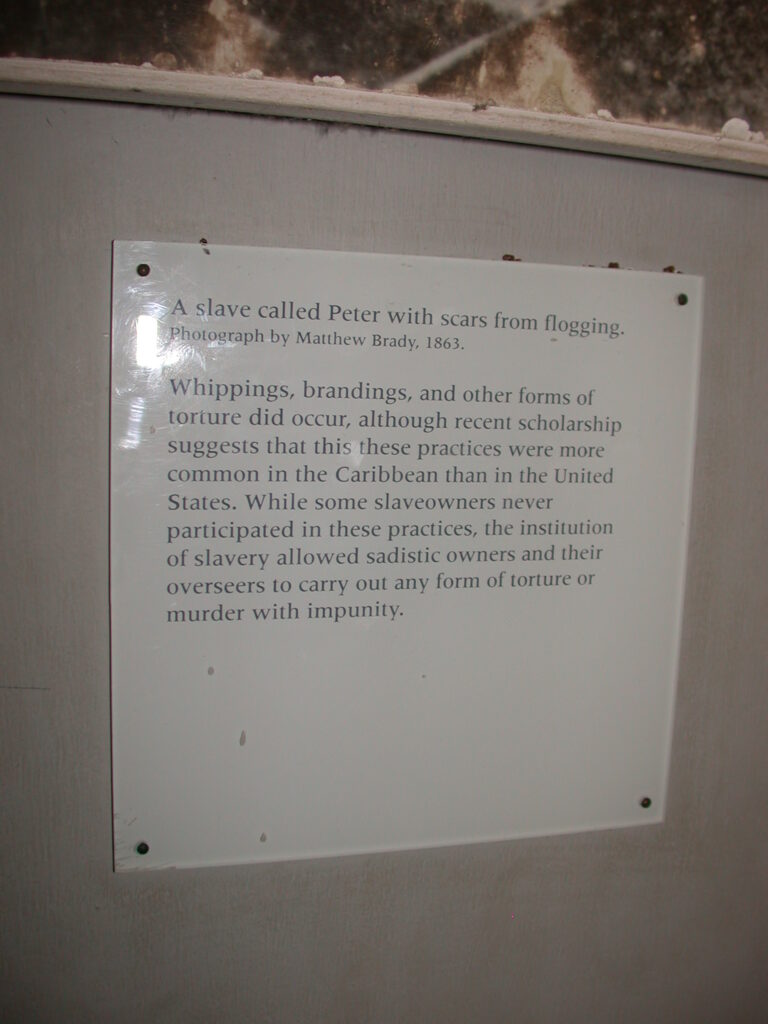
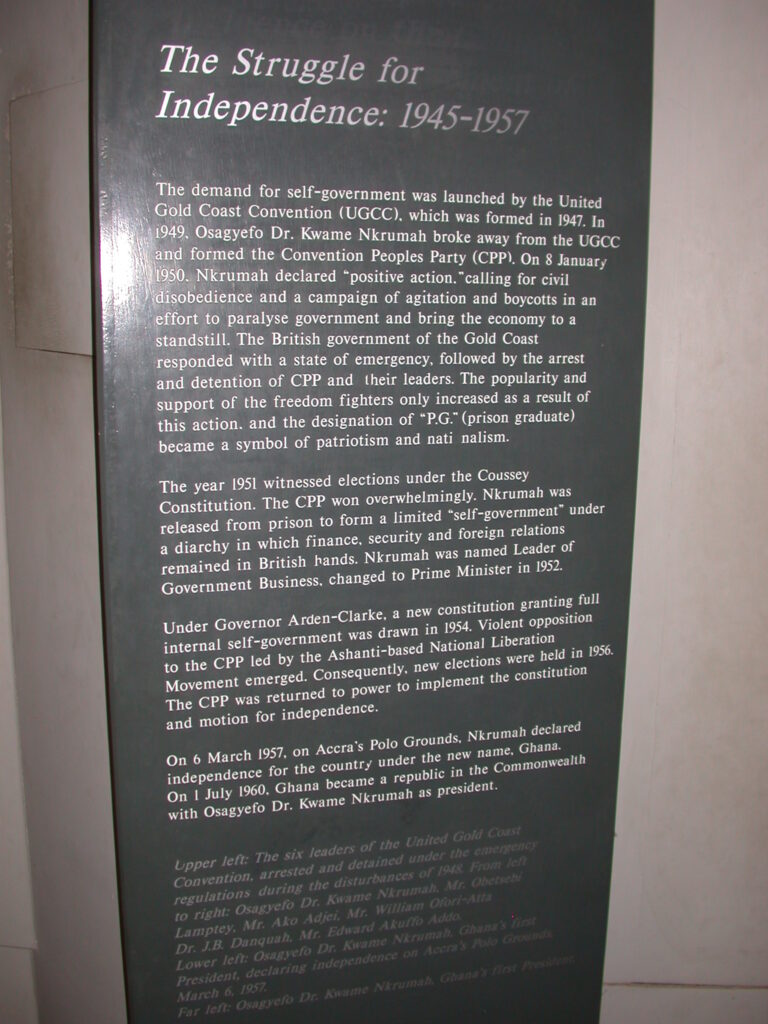
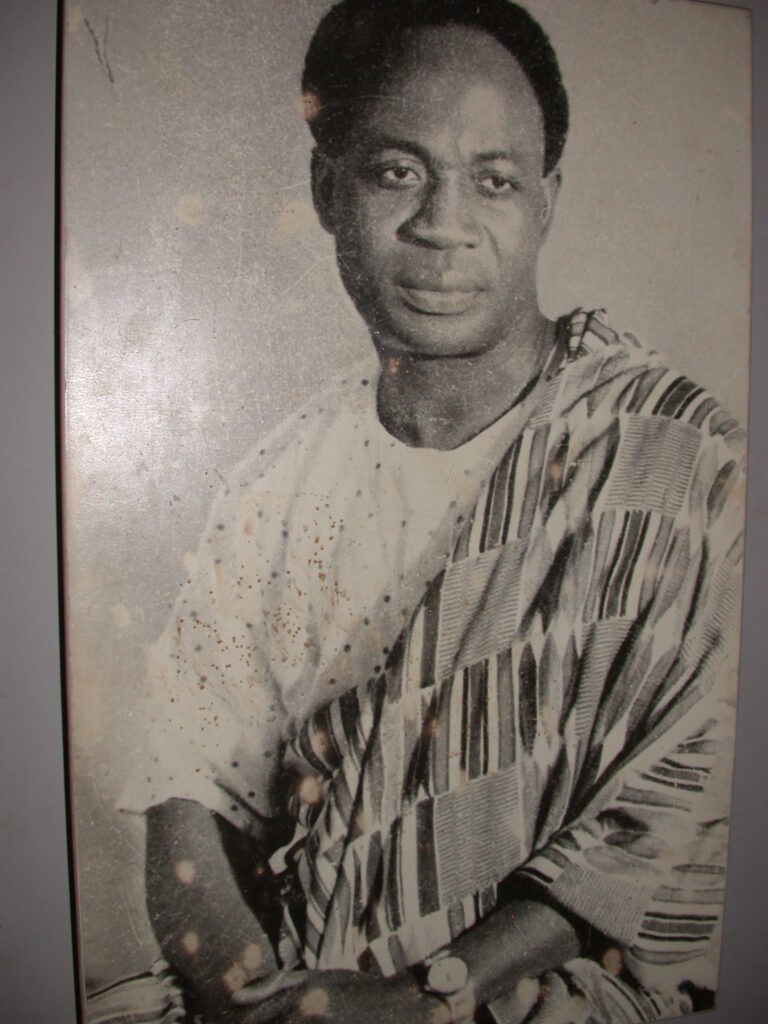
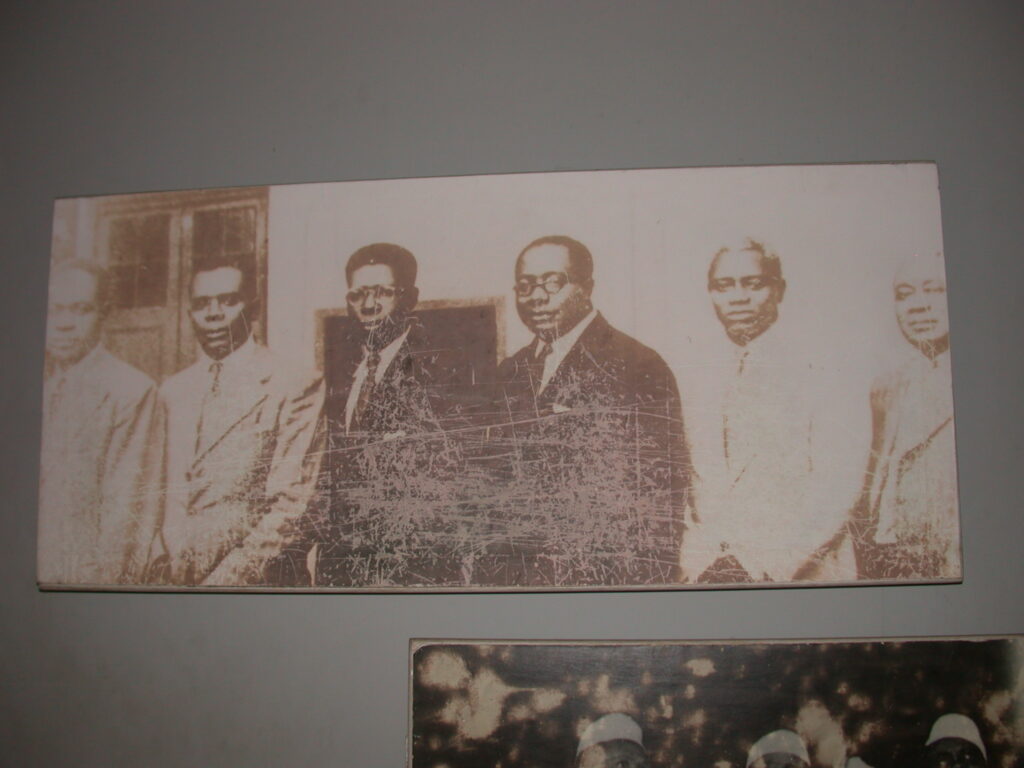
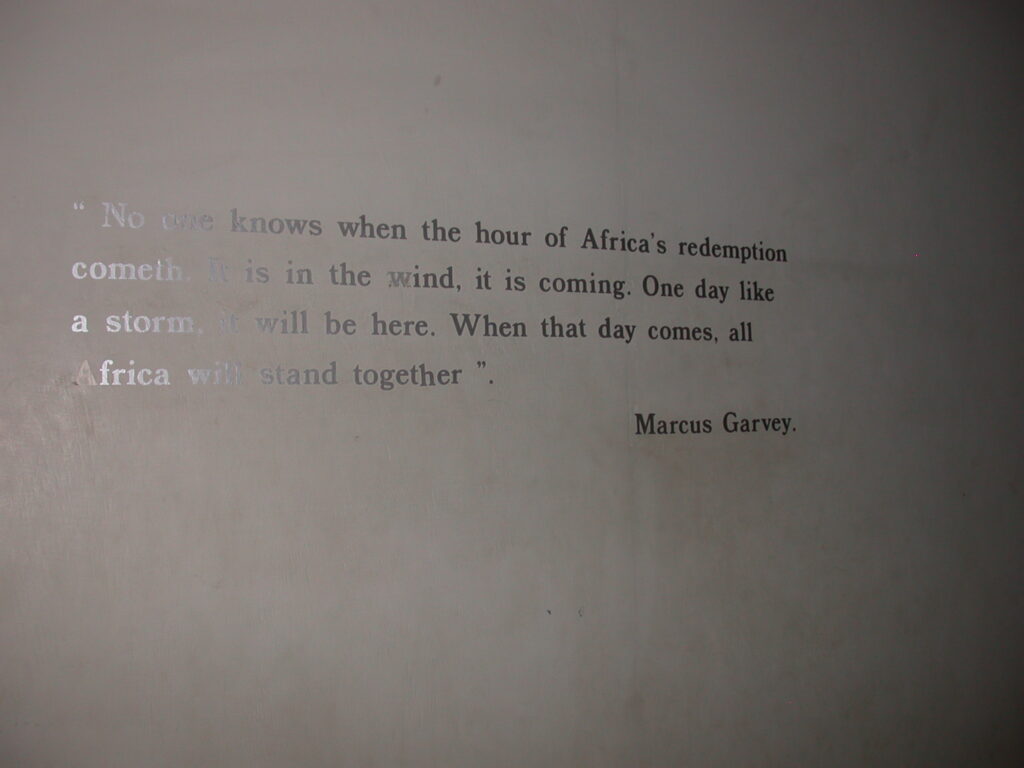
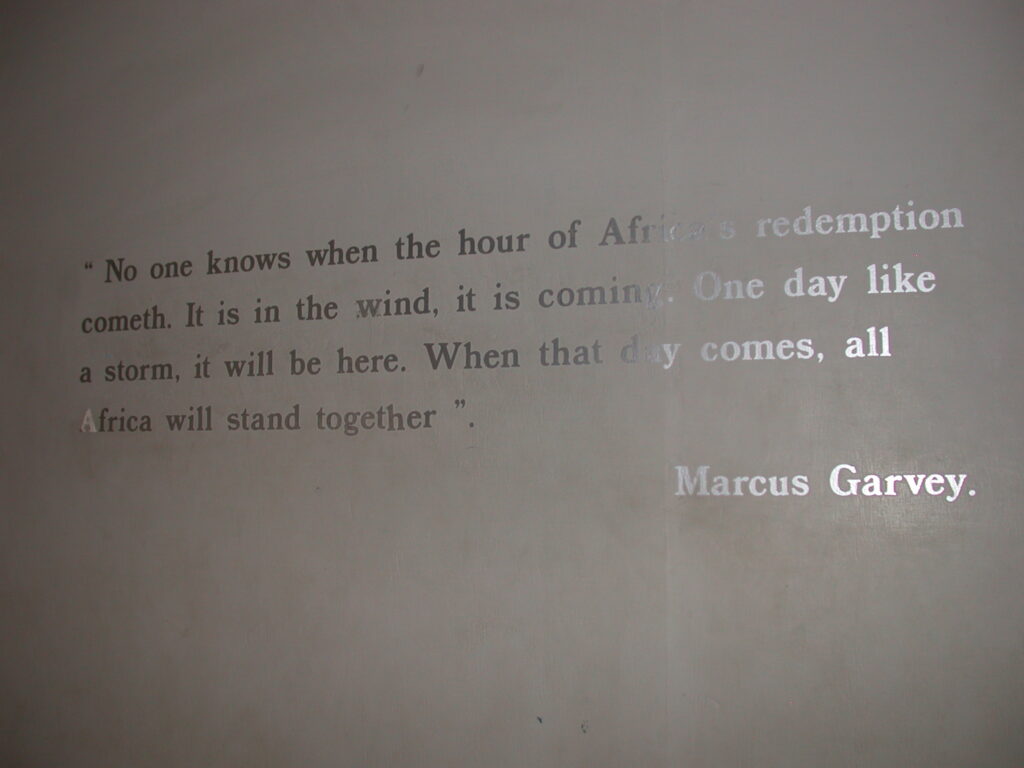
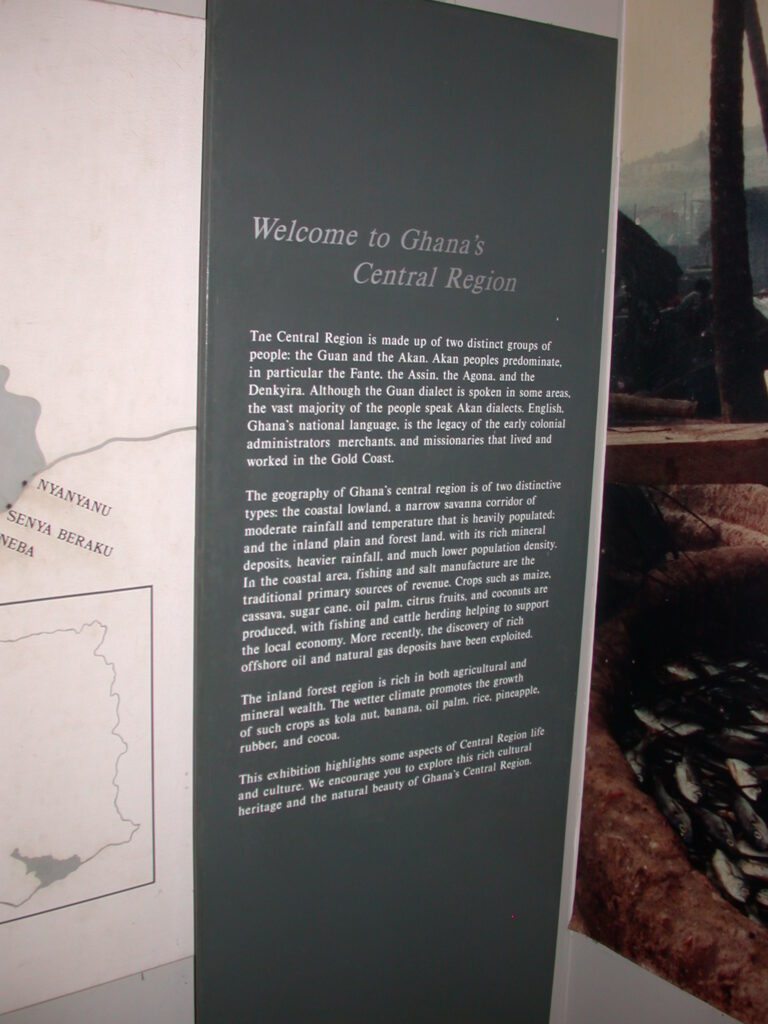
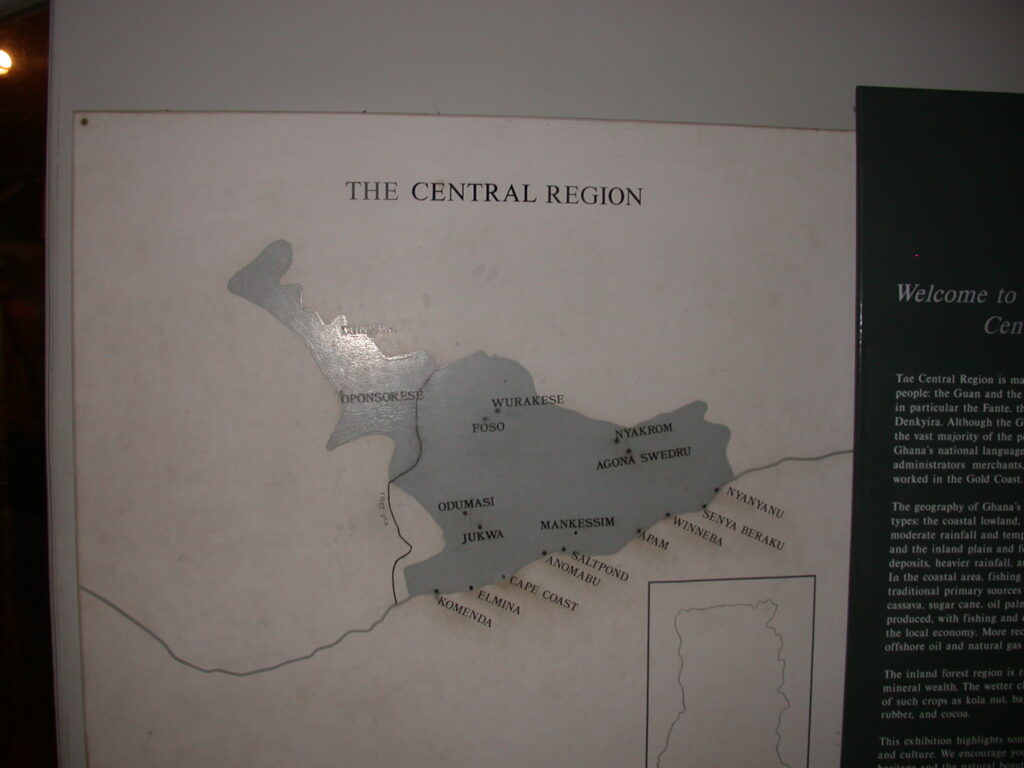
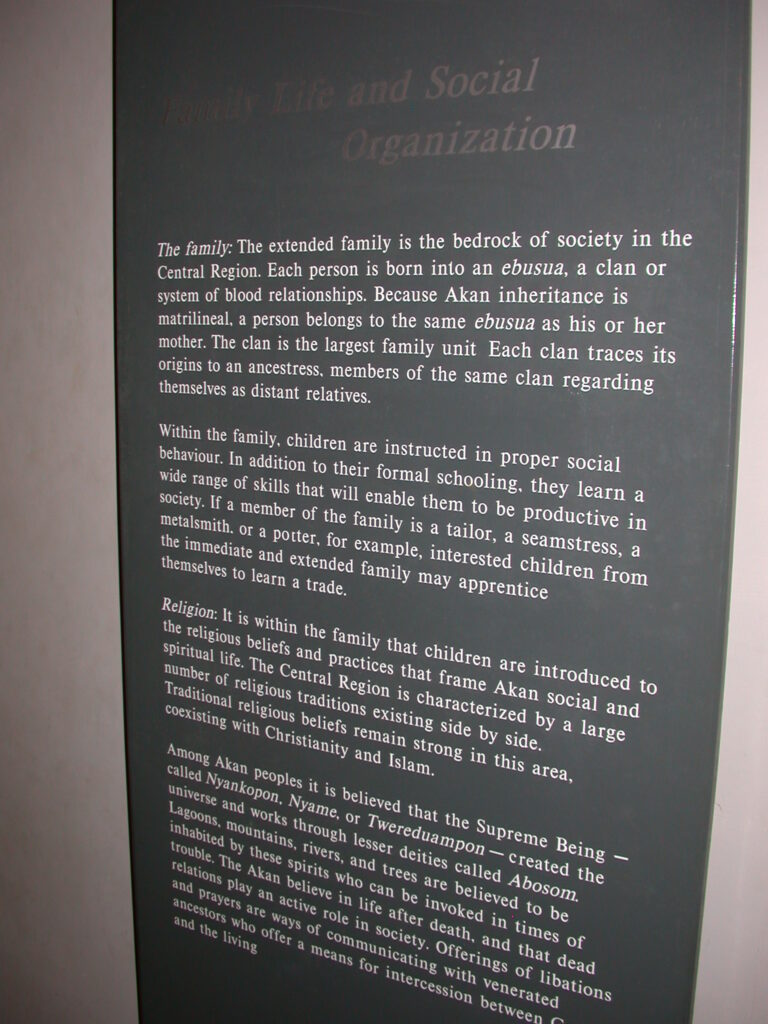
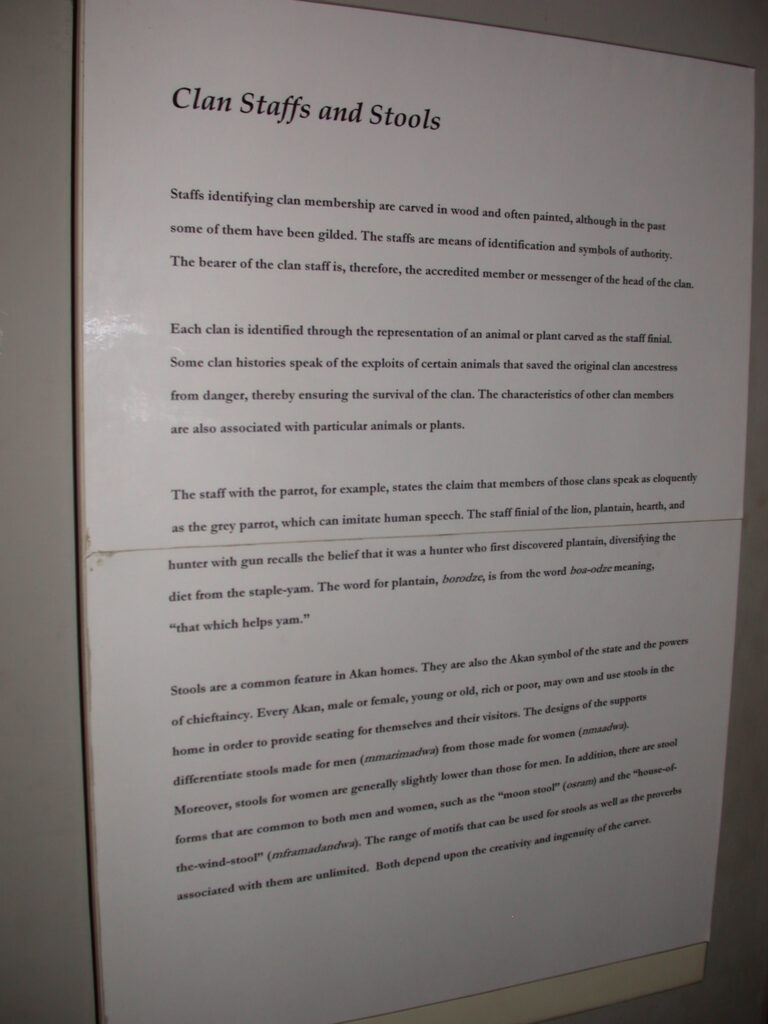
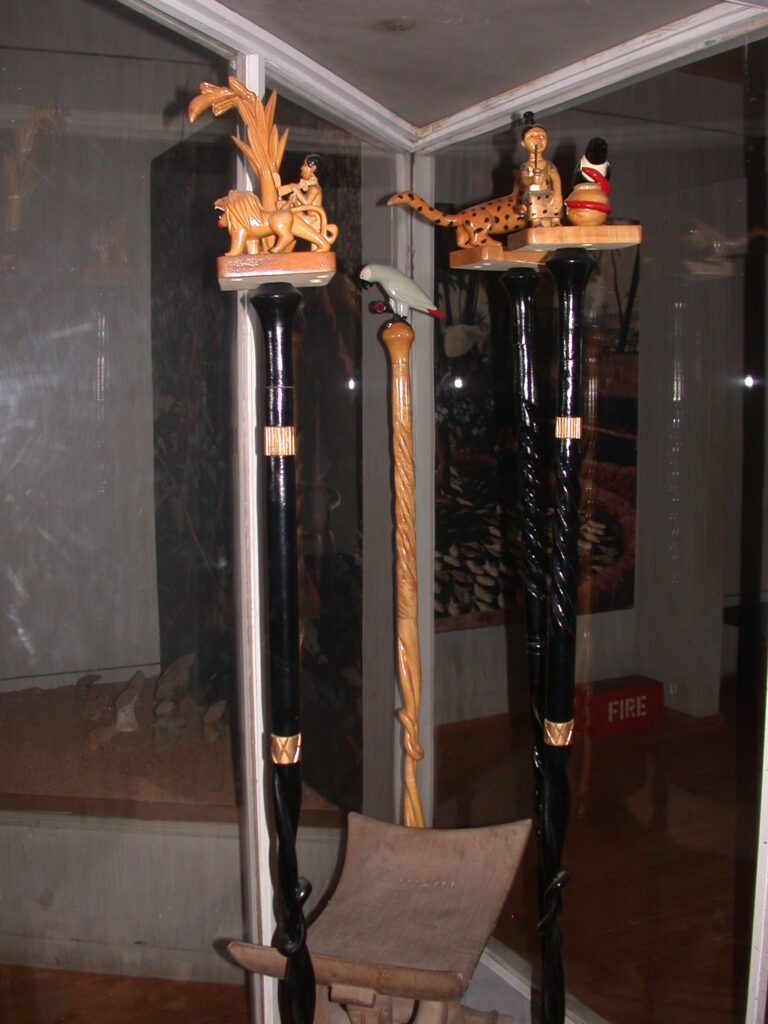
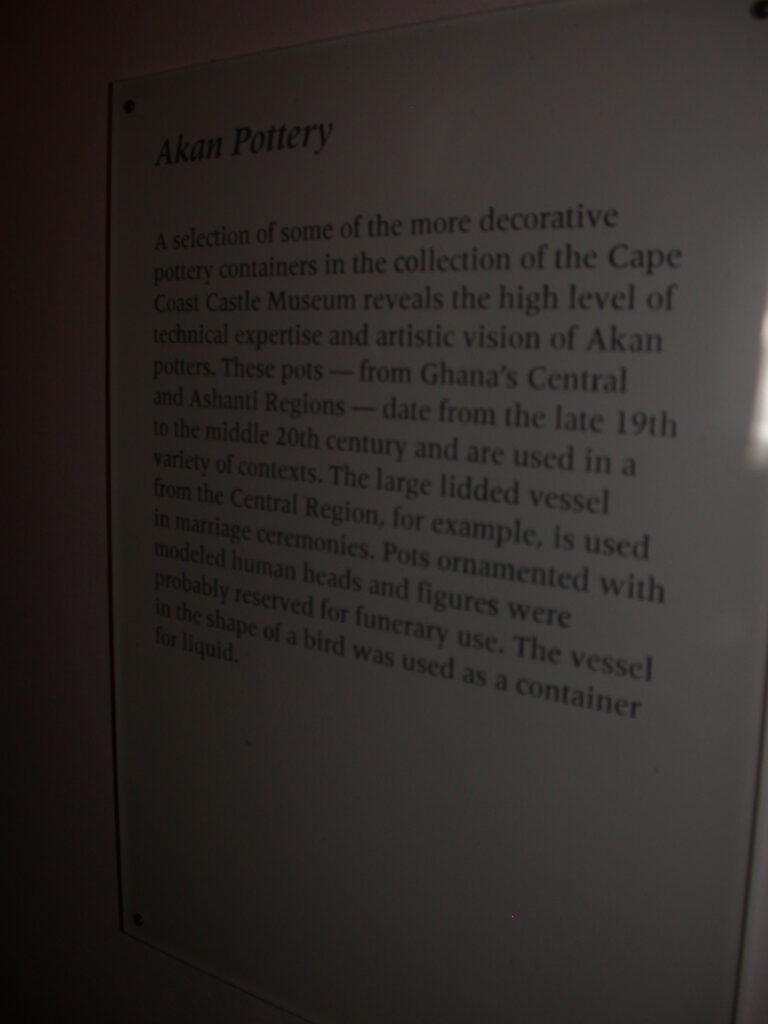
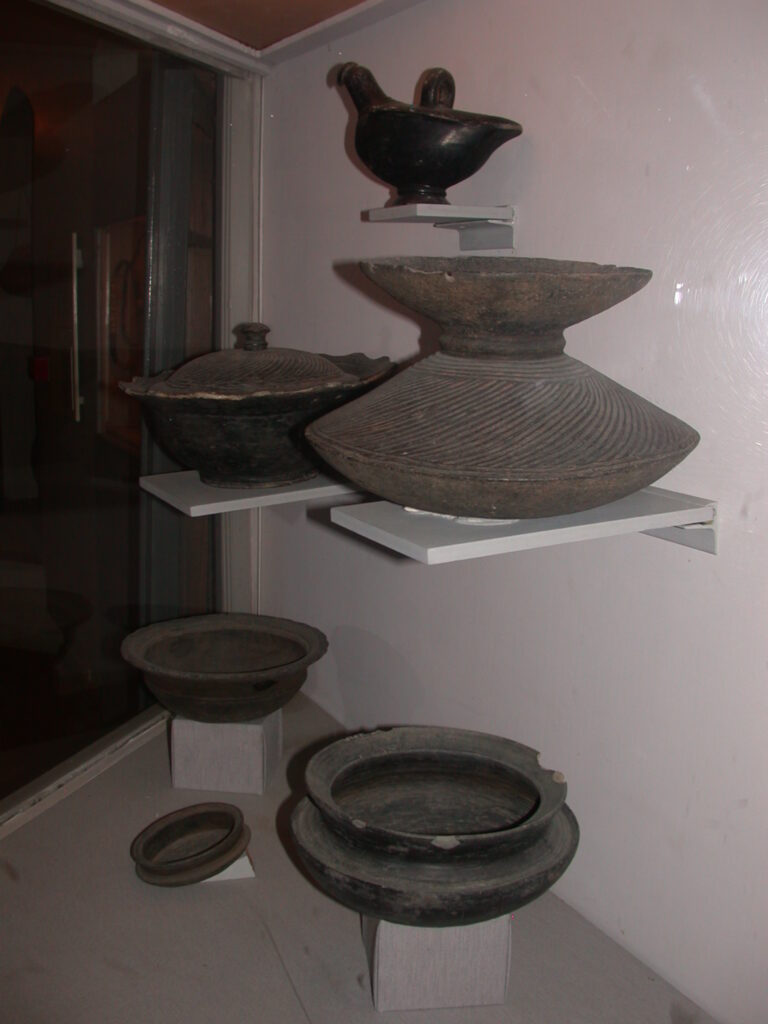
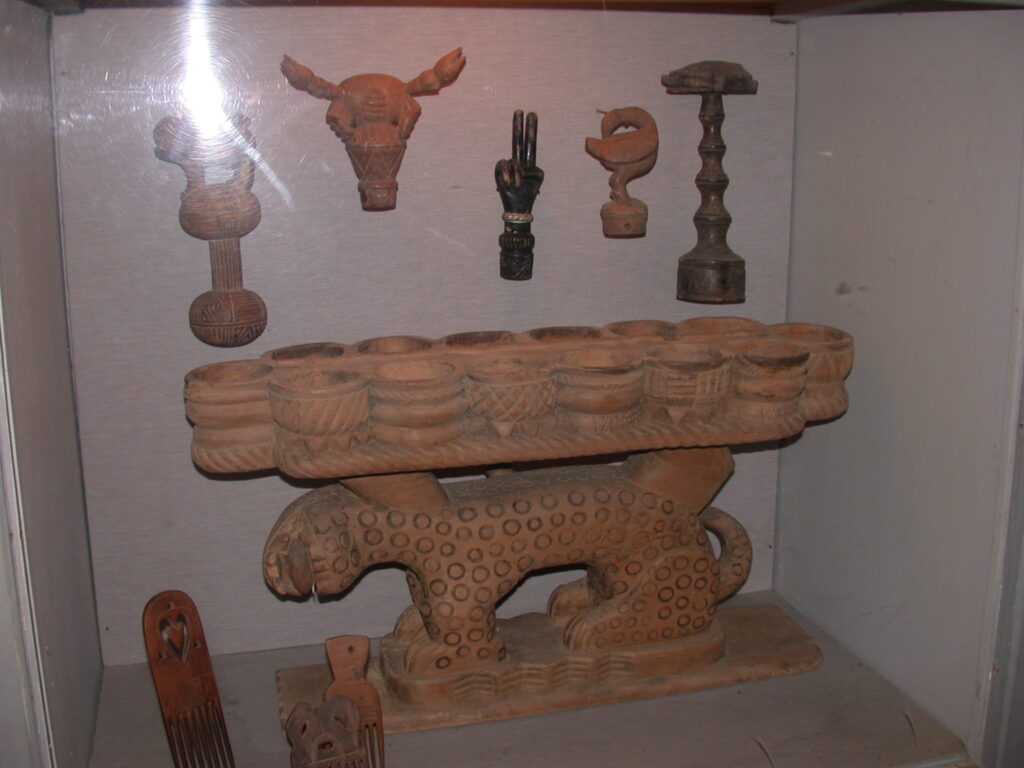
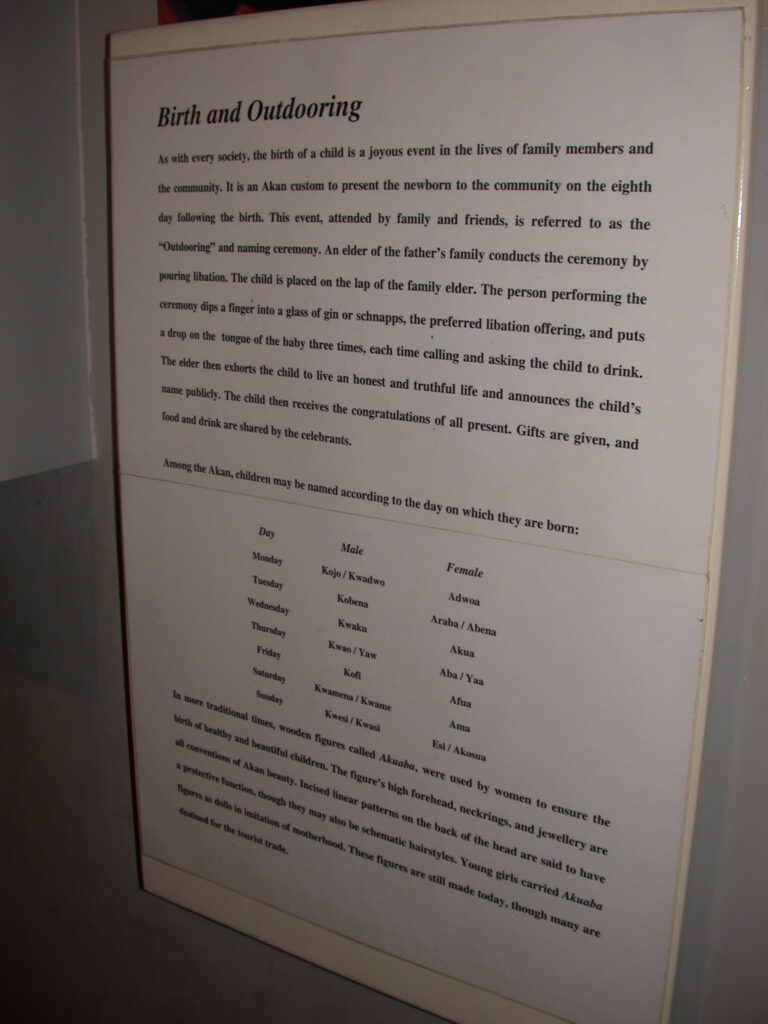
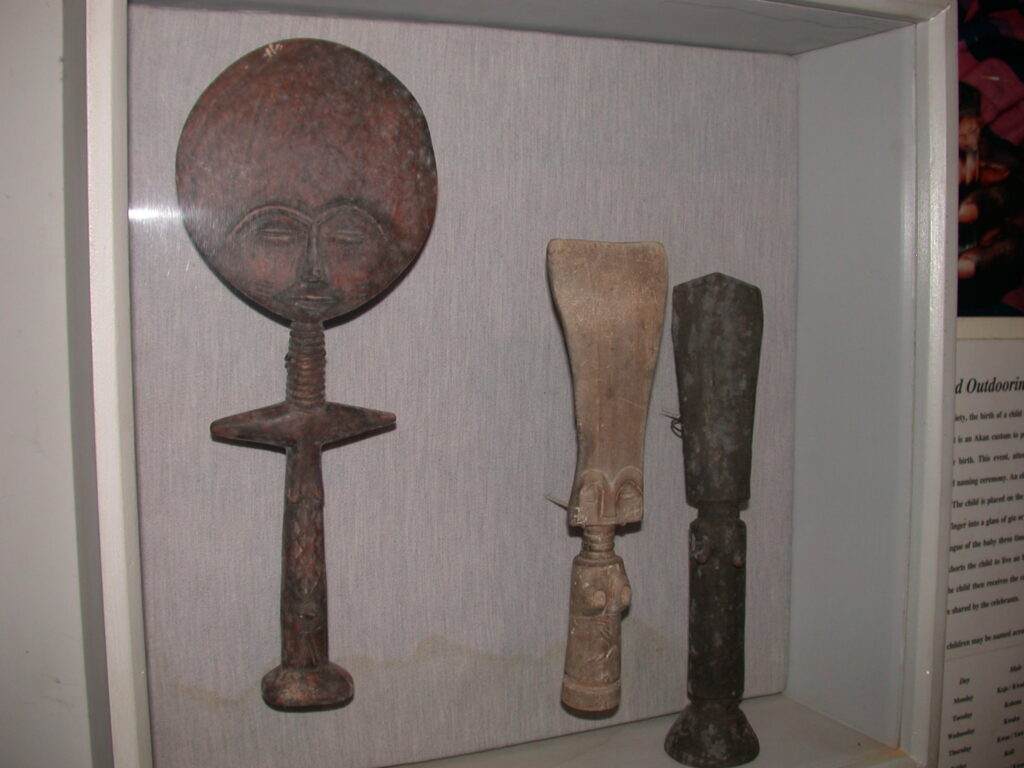
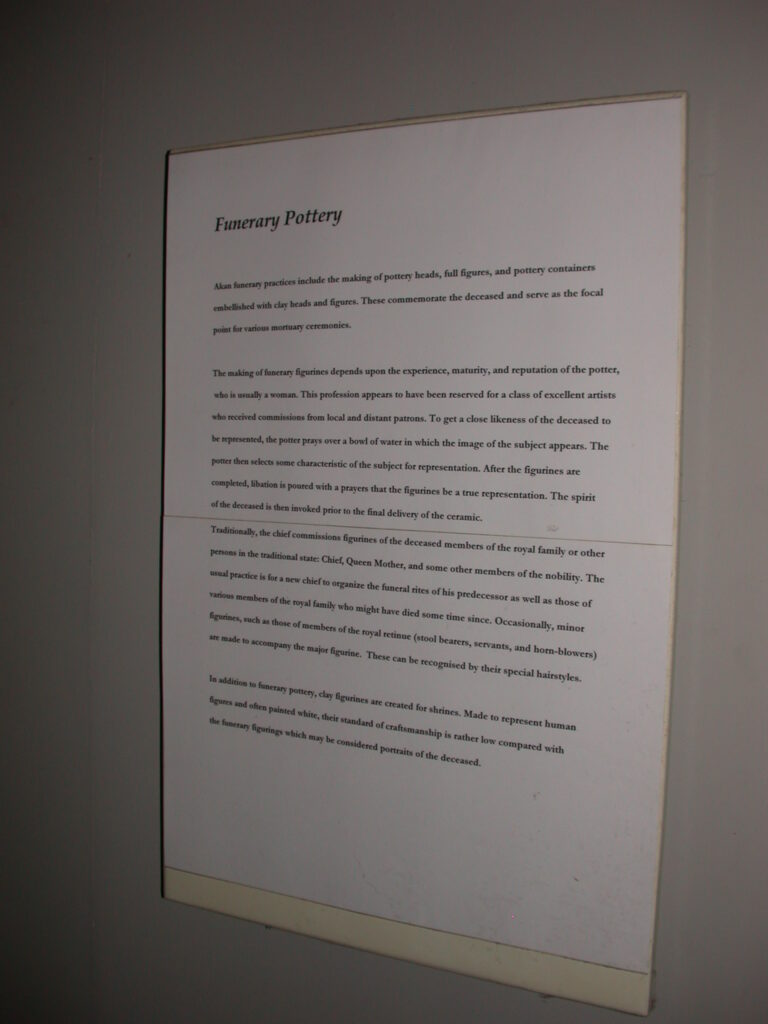
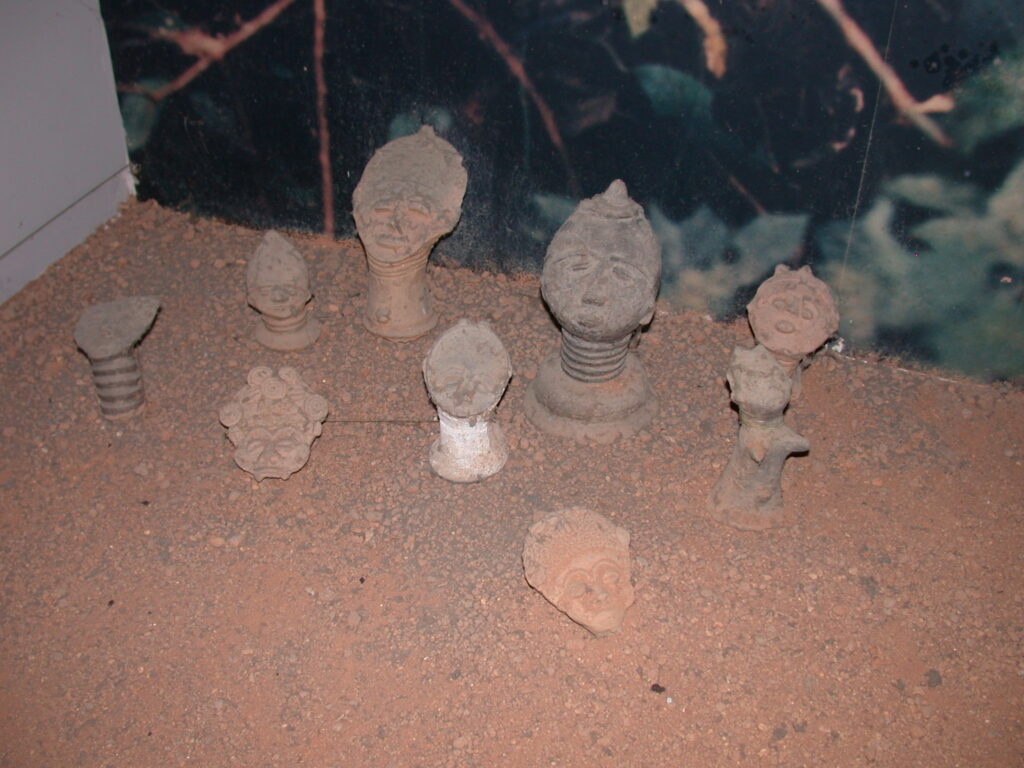
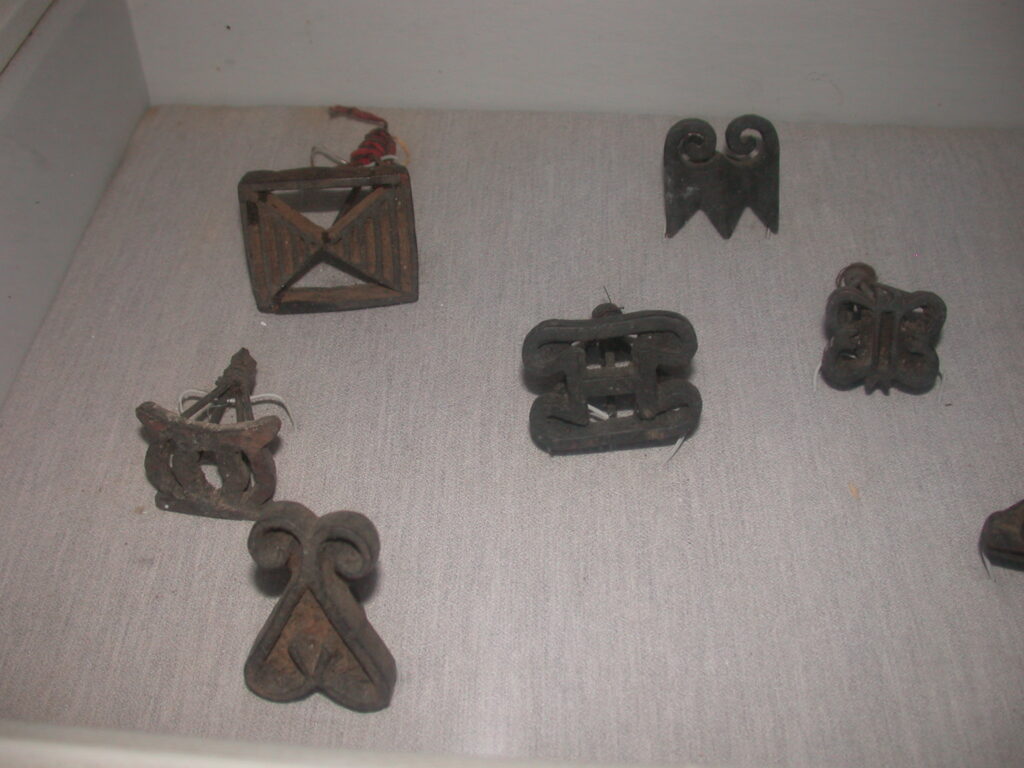
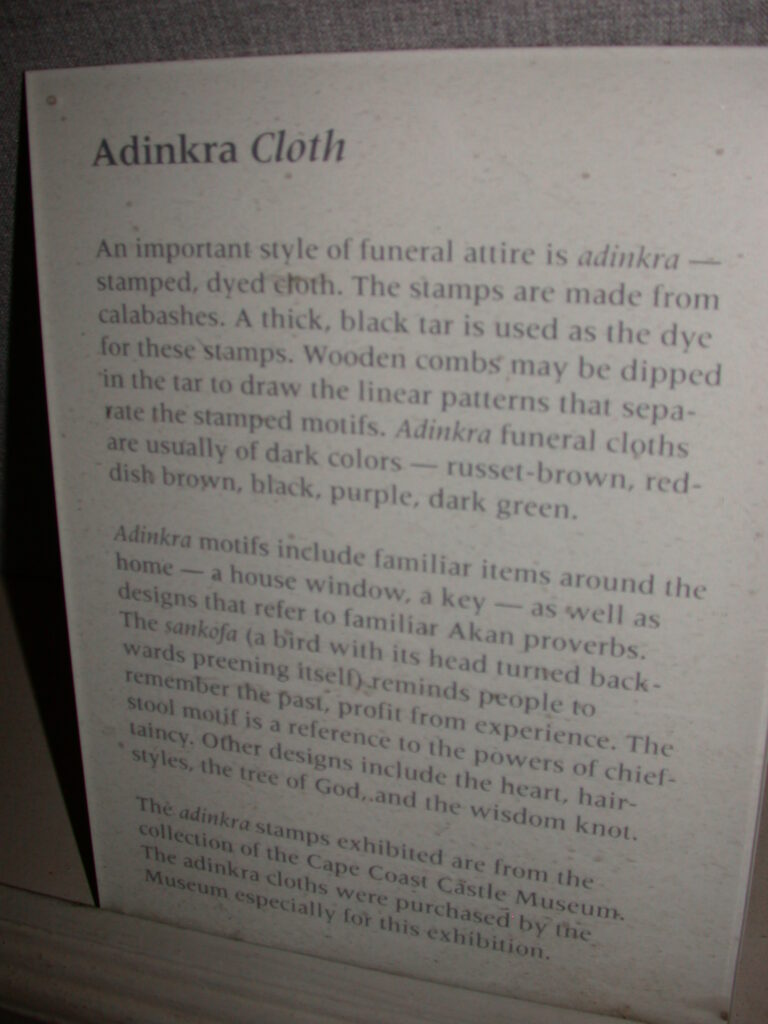
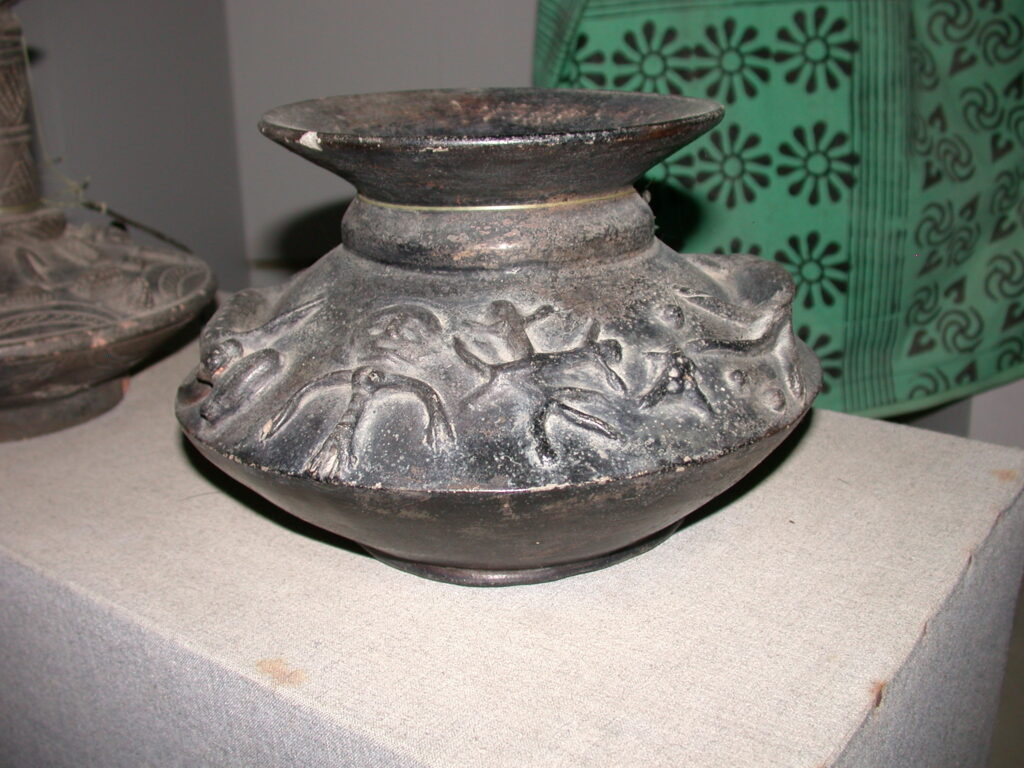
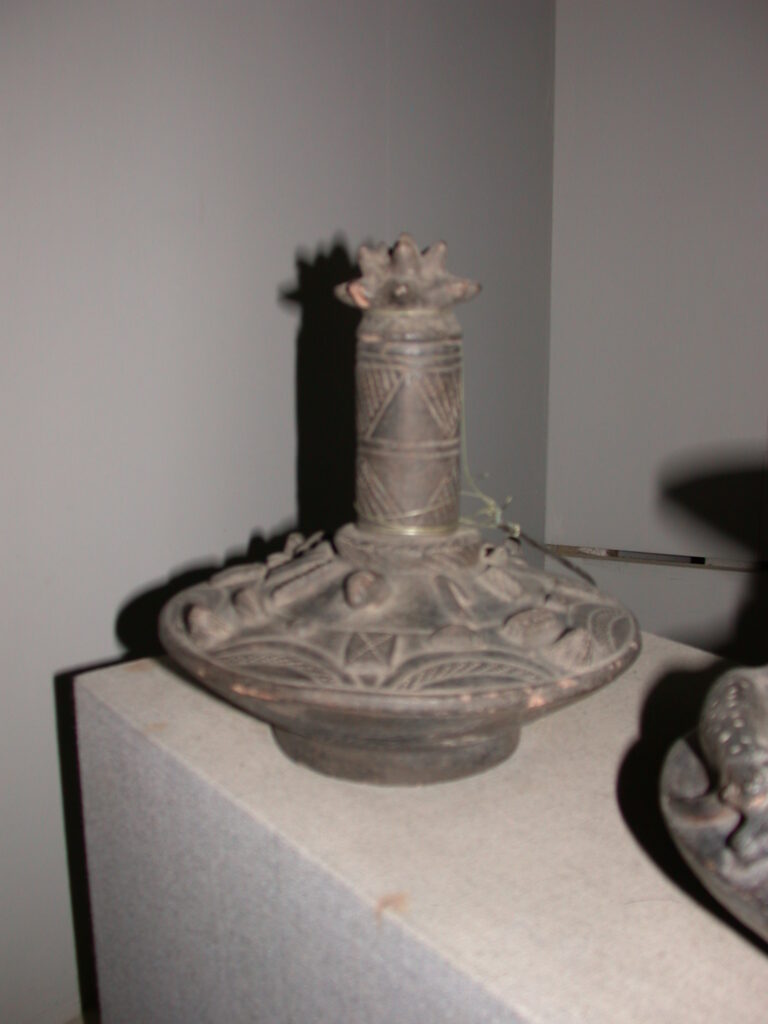
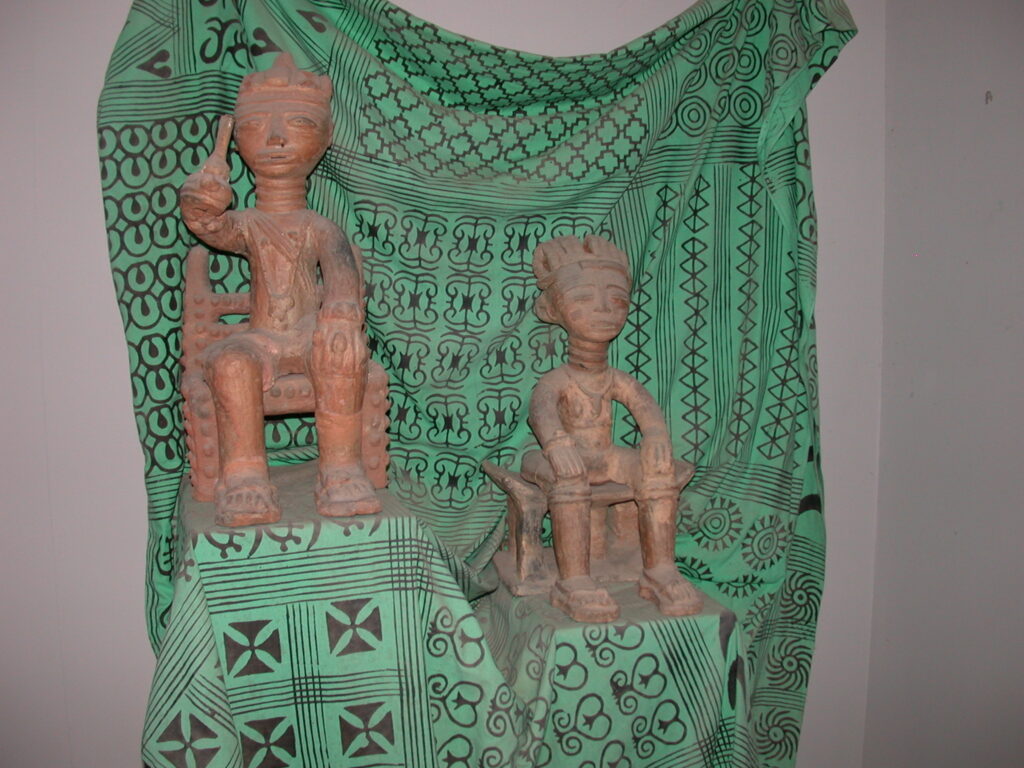
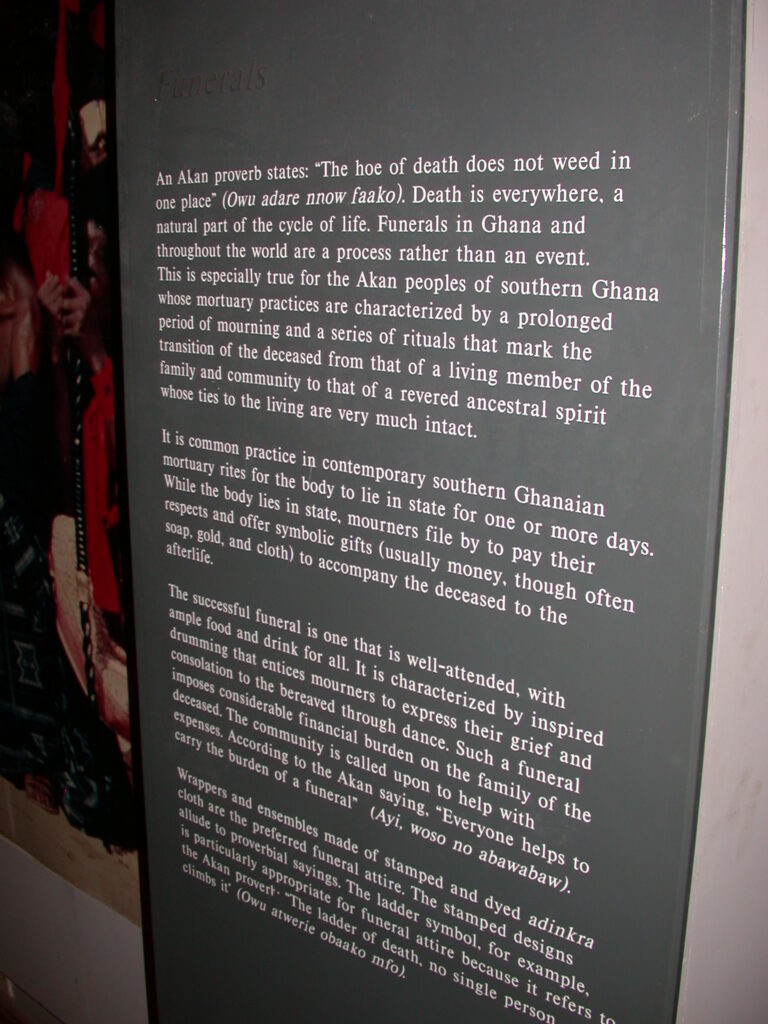
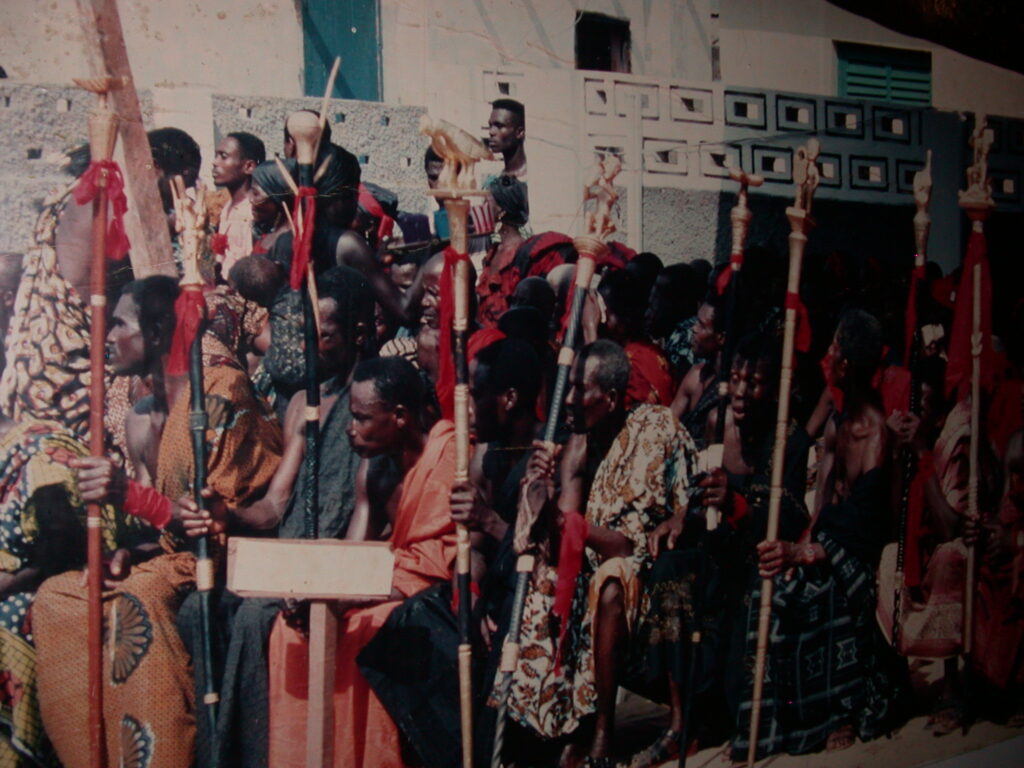
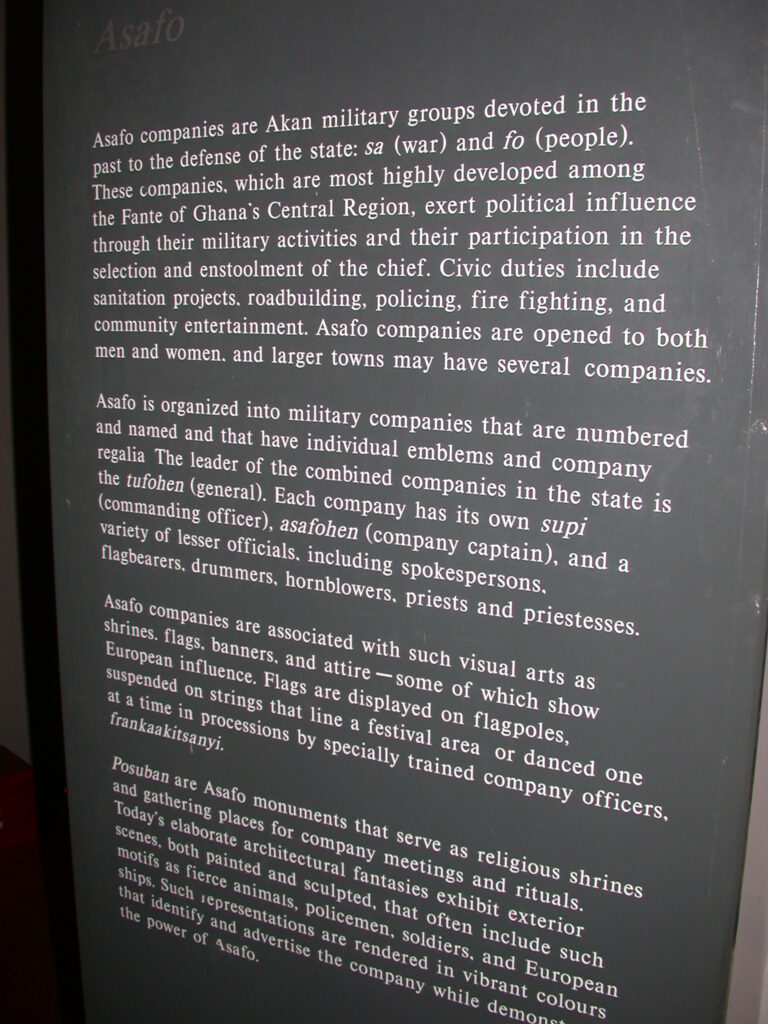
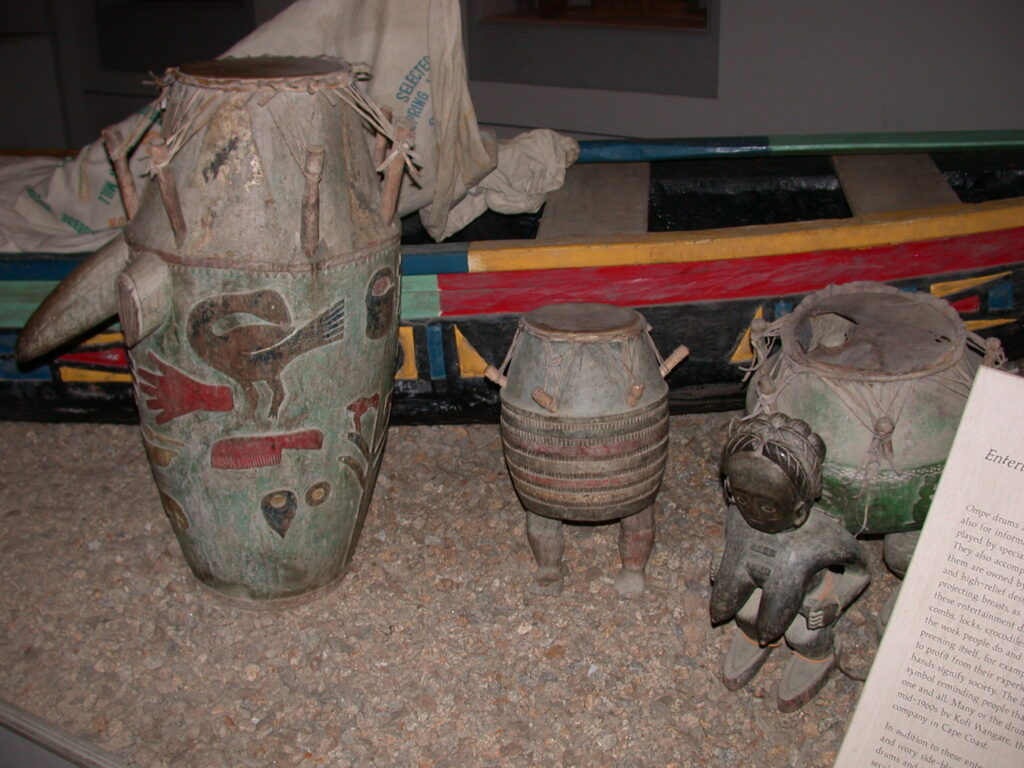
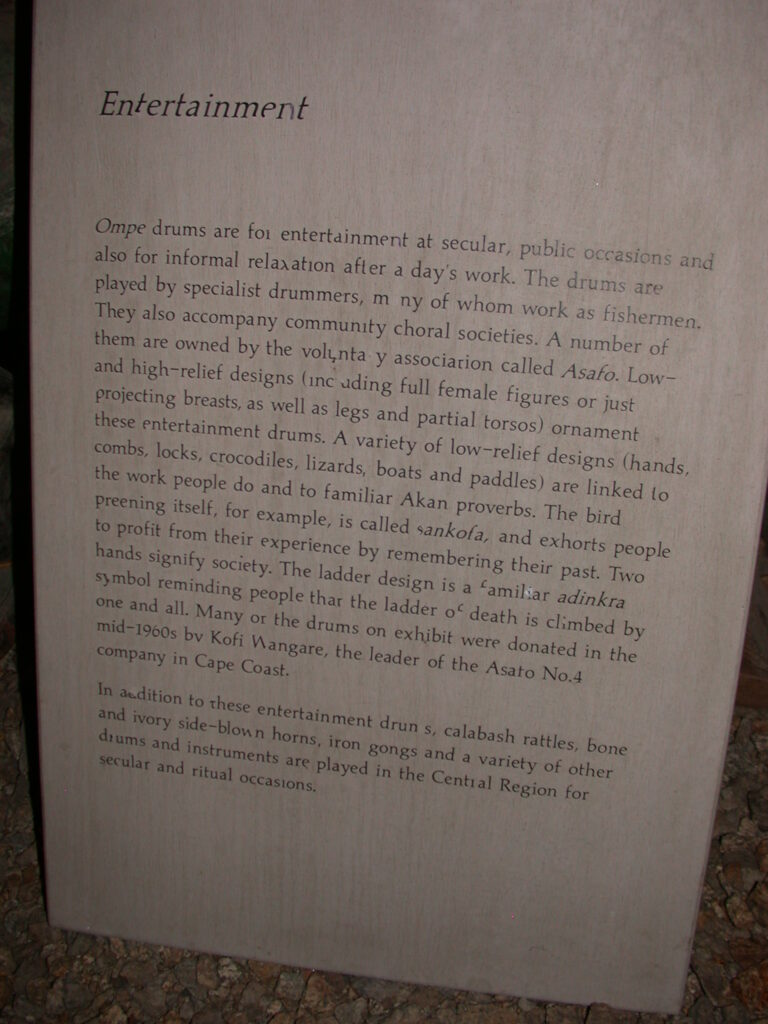
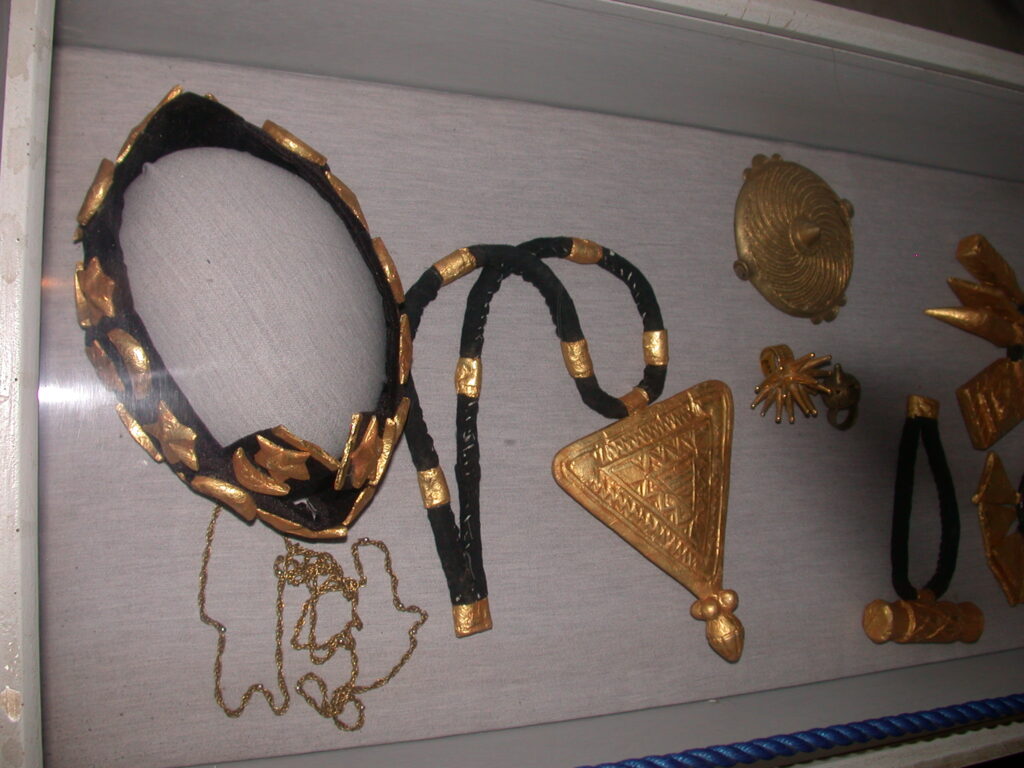
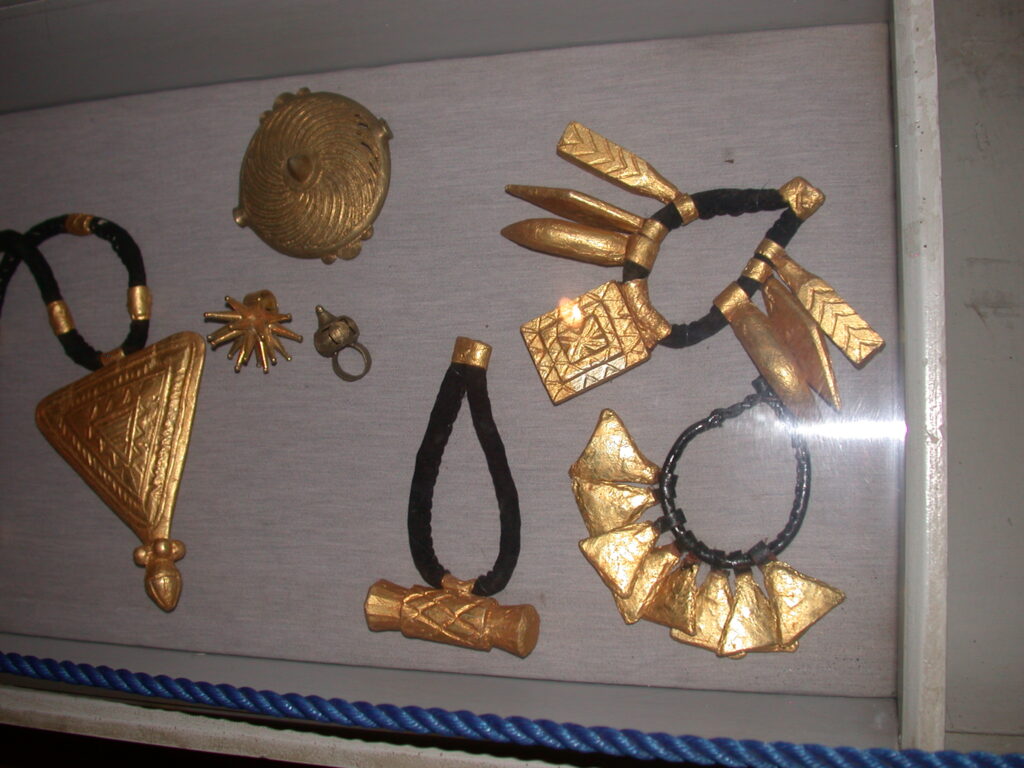
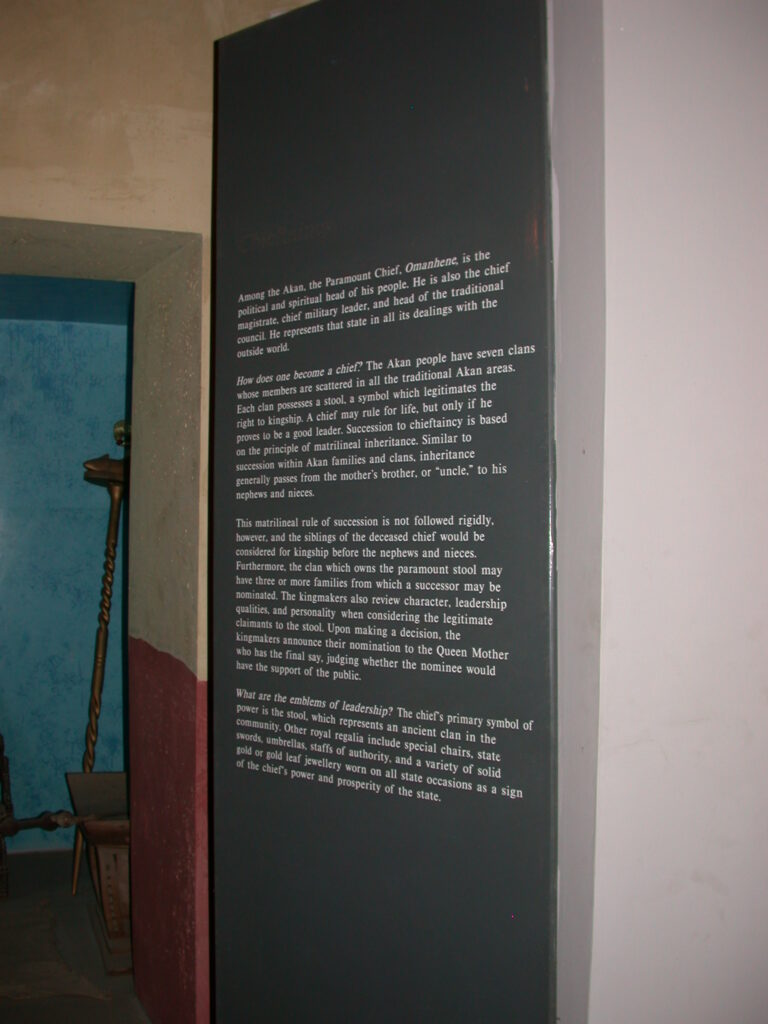
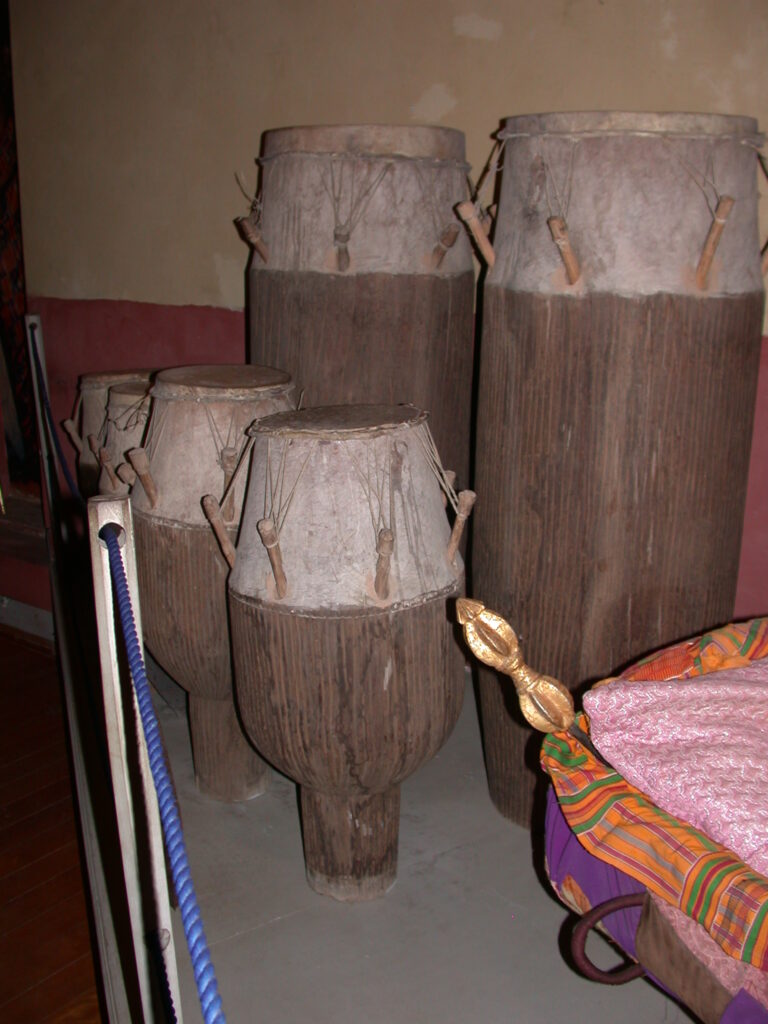
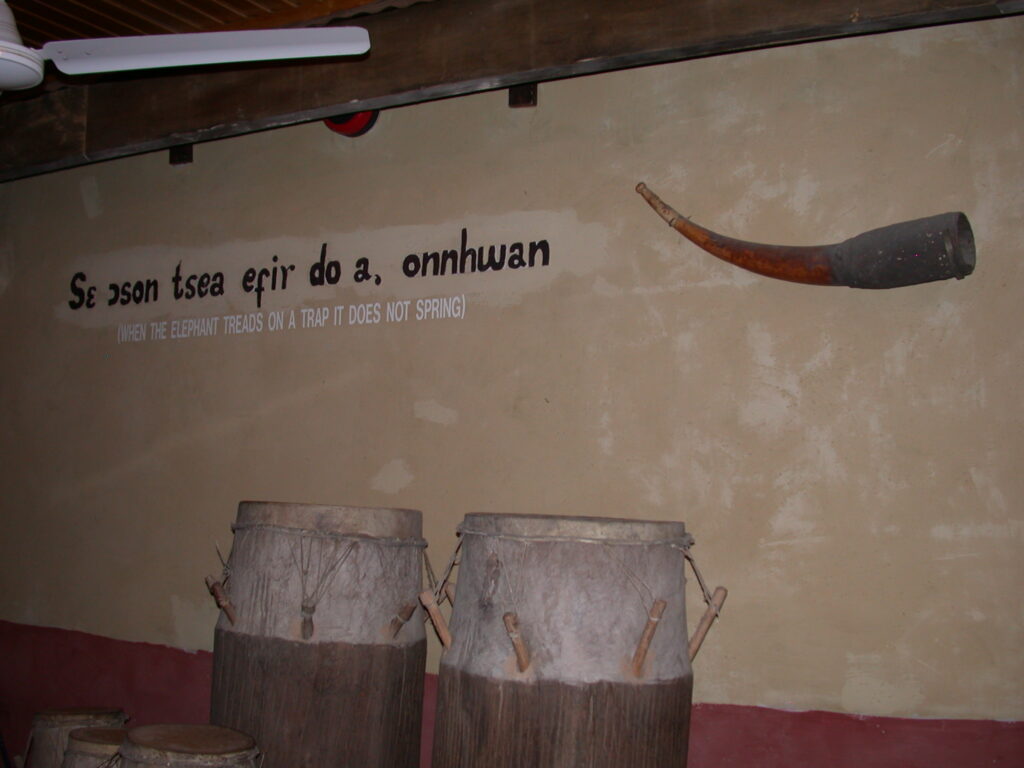
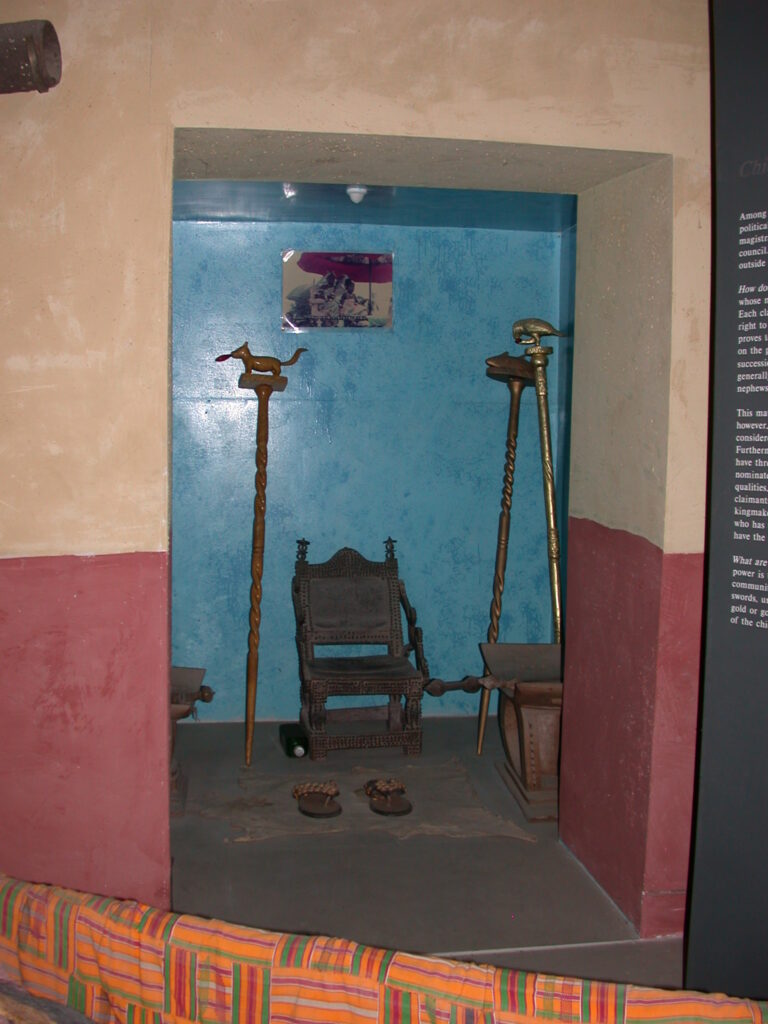
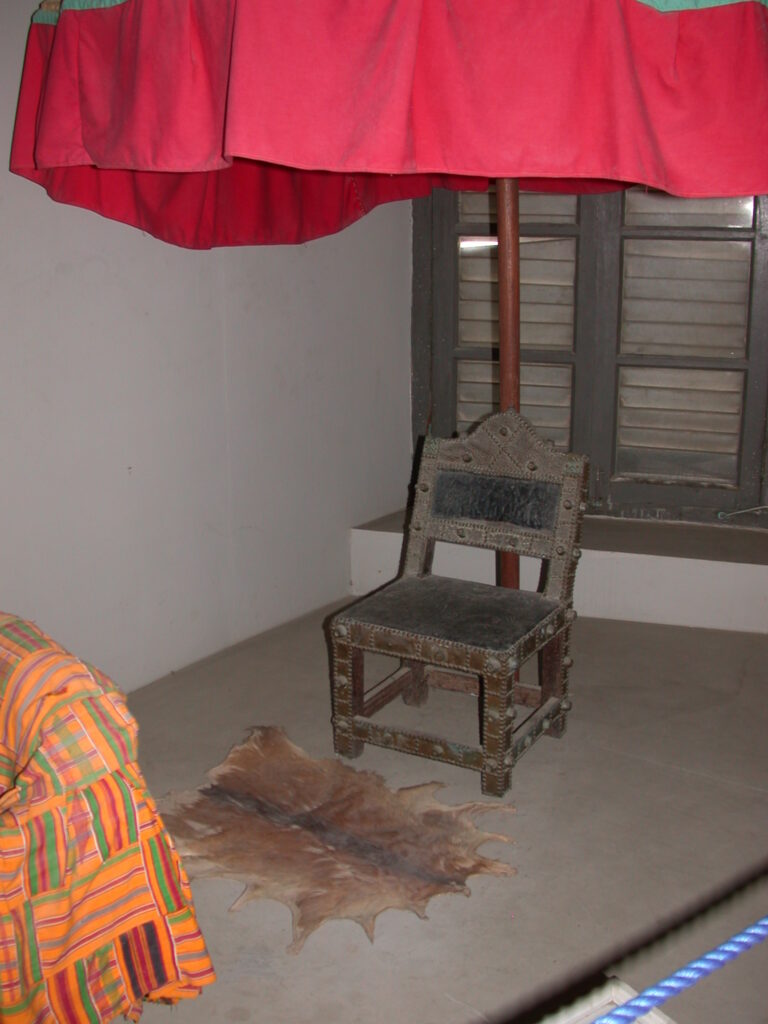
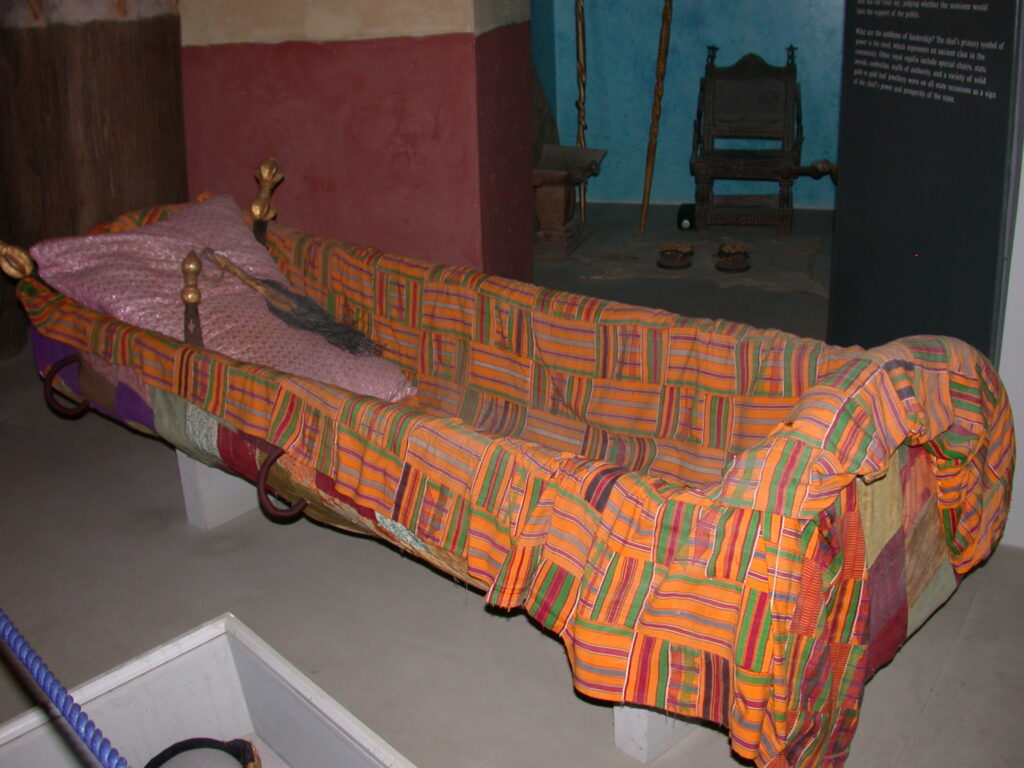
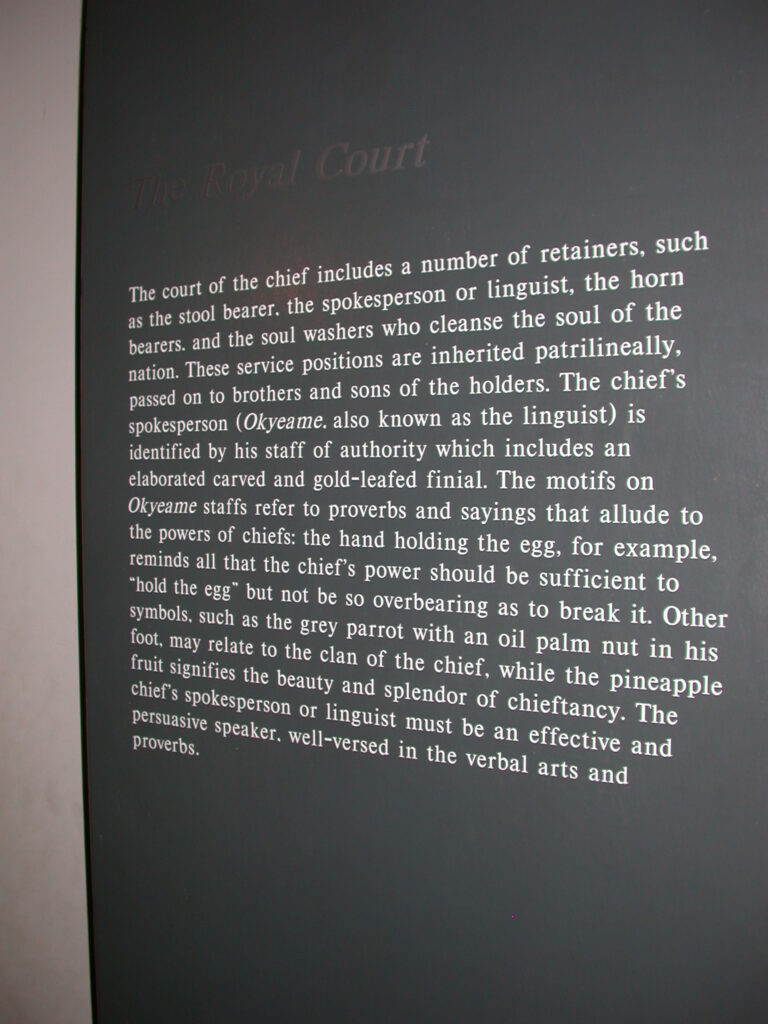
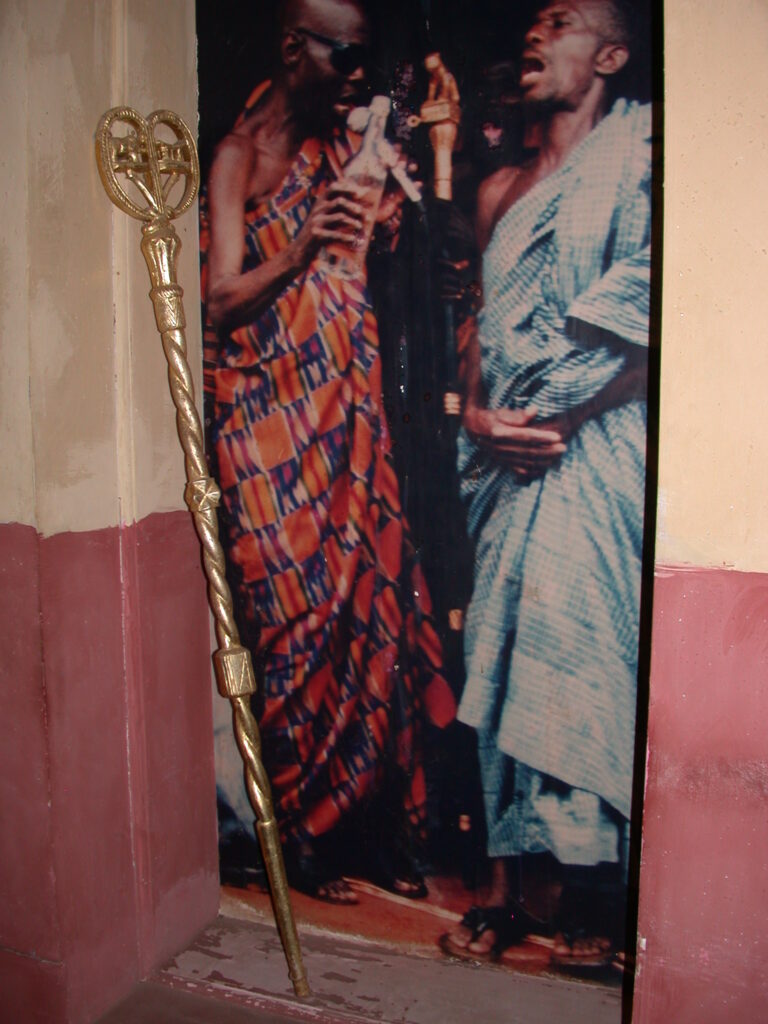
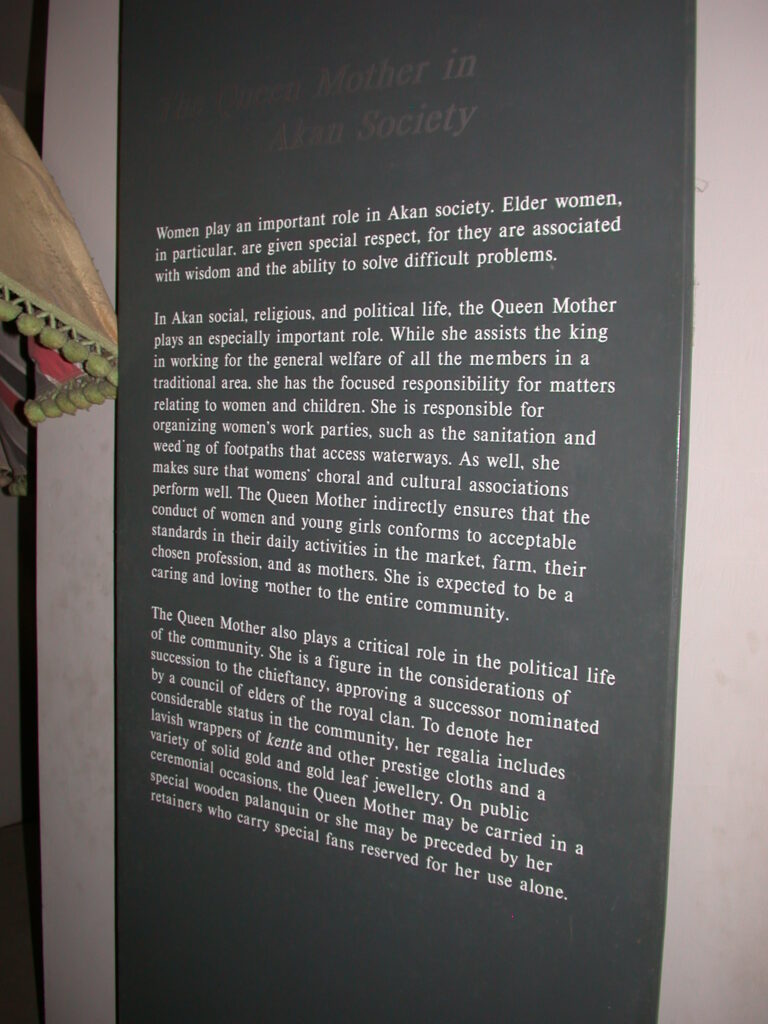
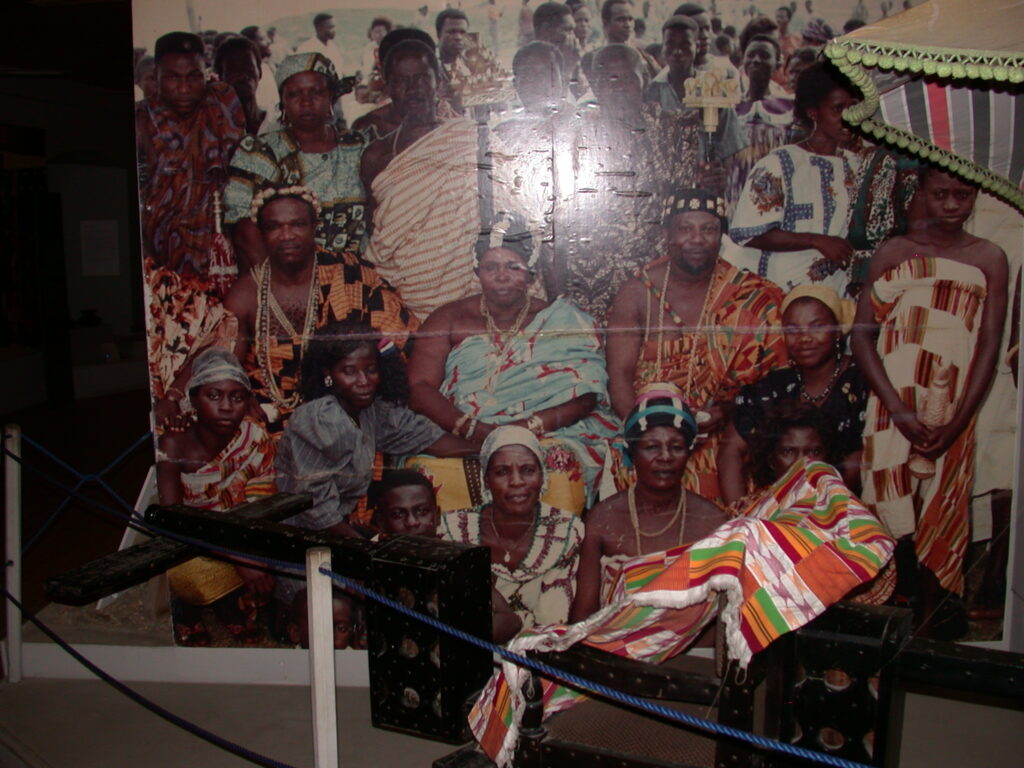
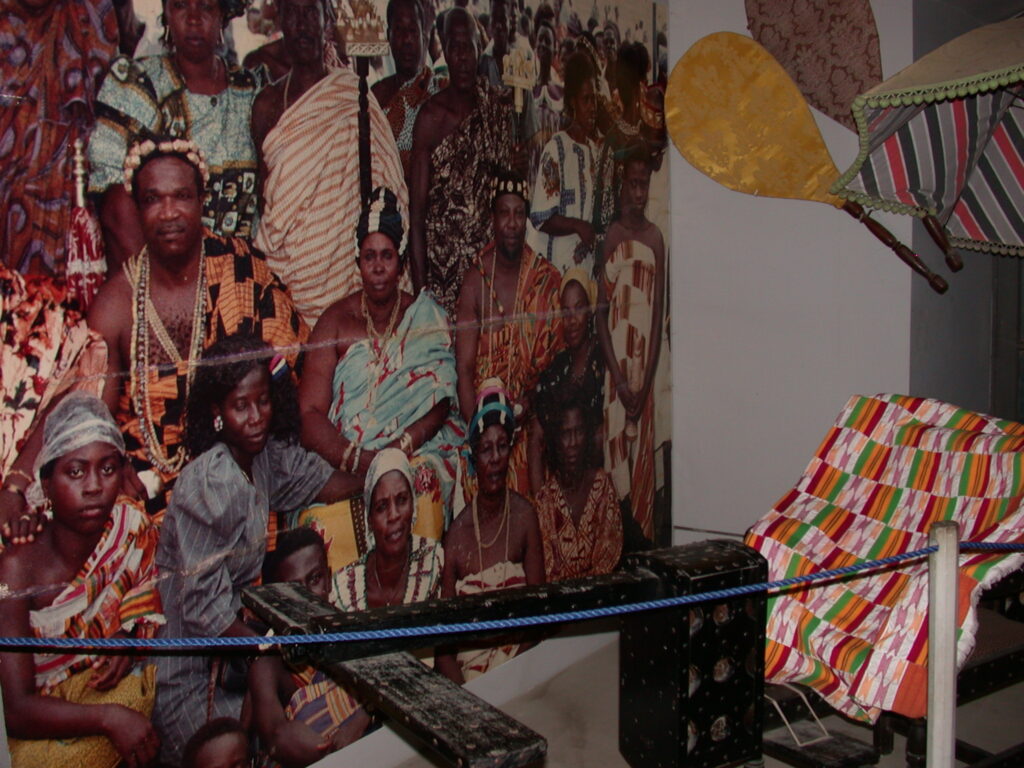
On to Kumasi…
Ile de Goree
November 4, 2007, Île de Gorée, Dakar, Senegal
When the ferry was ready for us, everyone in the waiting room squeezed through two small exits onto the dock. Then, we crossed over to the ferry with two guys grabbing each passenger to help them across the one foot wide step to get on board. Once on board, the two Germans and I sat on the upper deck. I chose a spot in the shade. In port next to us was a giant container and cargo ship, twelve stories tall. The ferry boat is new, launched in 2006 under the name of Beer. The Germans and I joked quite a bit about that… like, how come no free beer on board? 😉
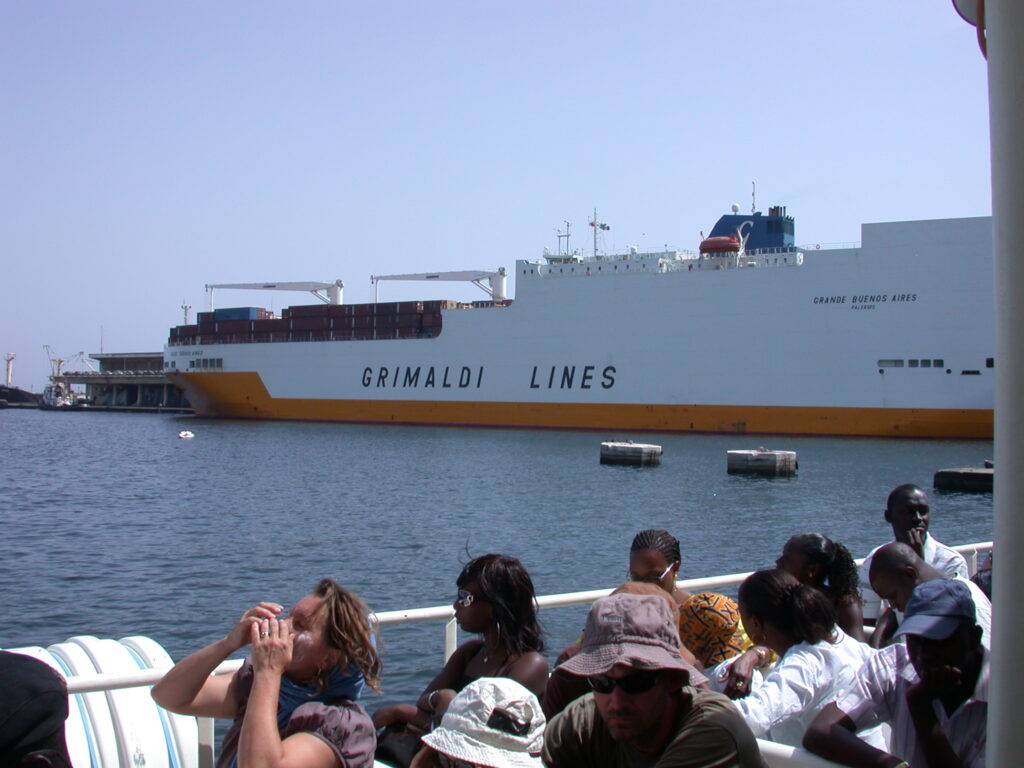
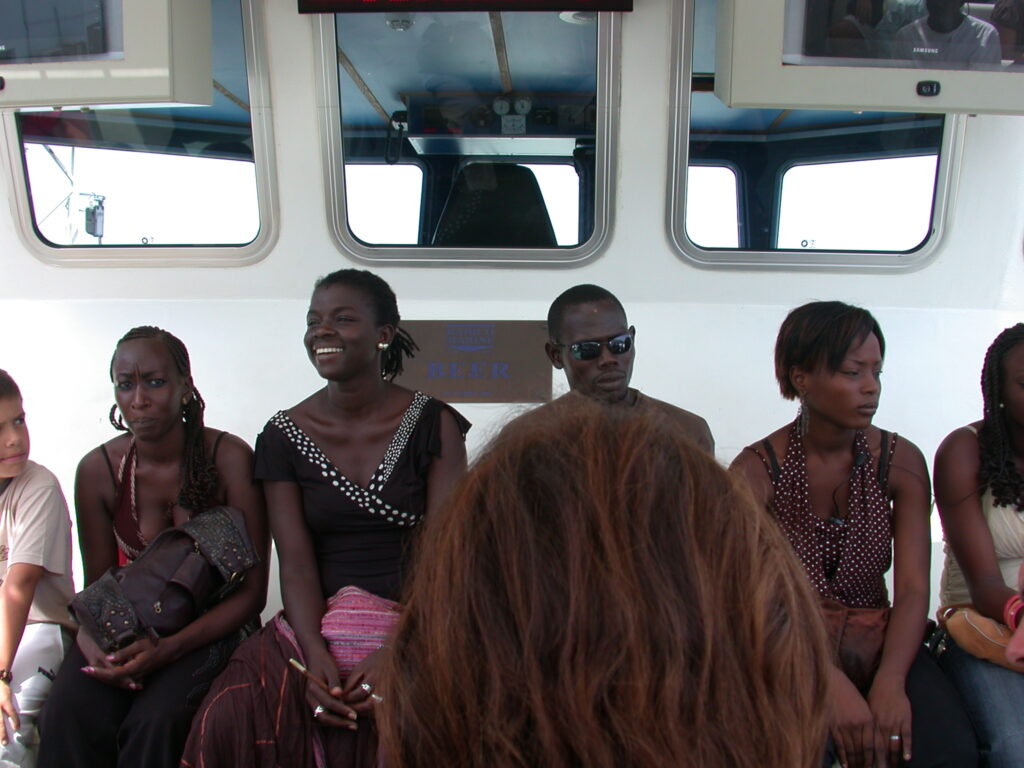
From the ferry, we had excellent views back to the Dakar harbor and Cape Vert (I think it’s called).
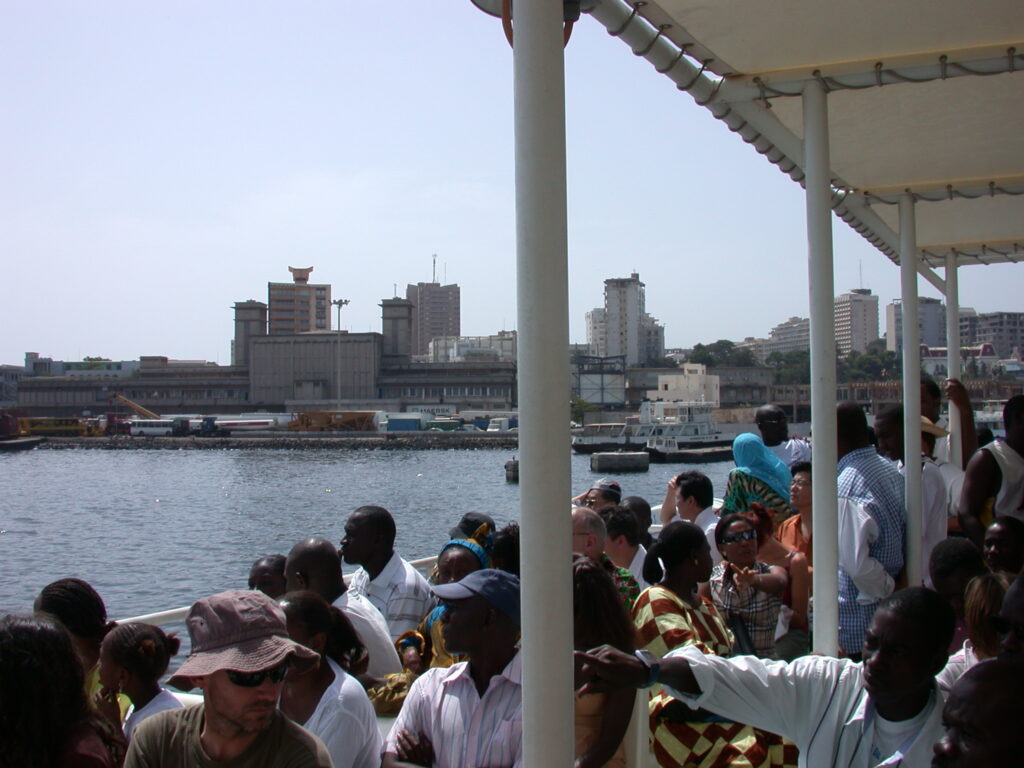
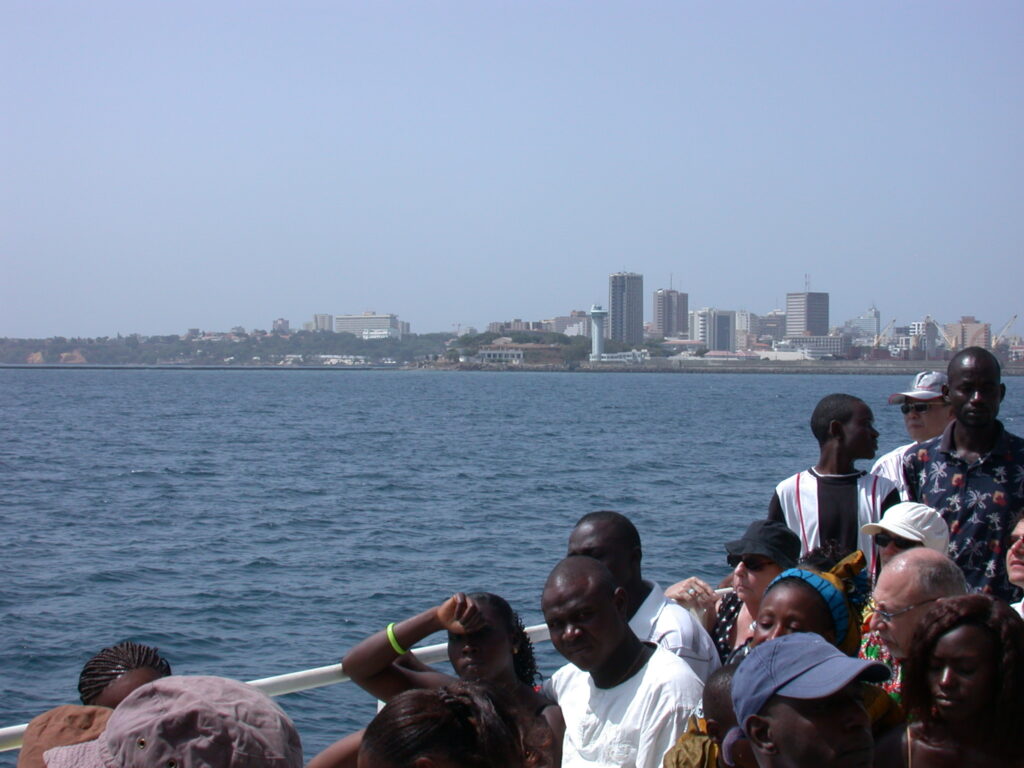
Soon, we reached the open sea with magnificent views of Île de Gorée.
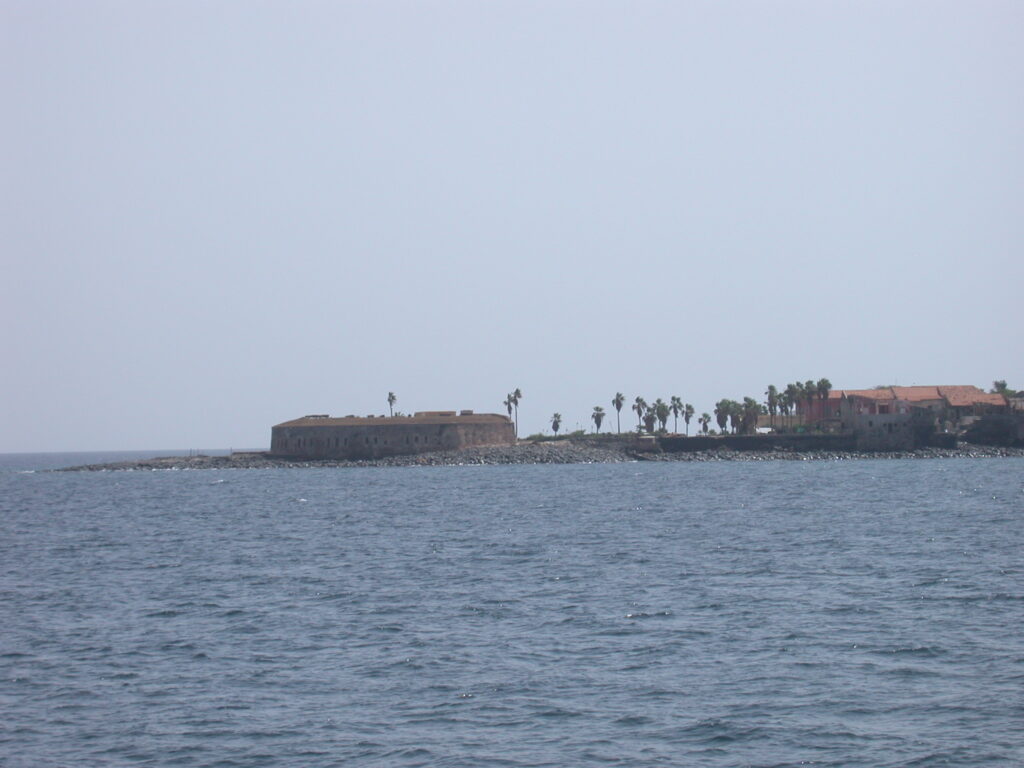
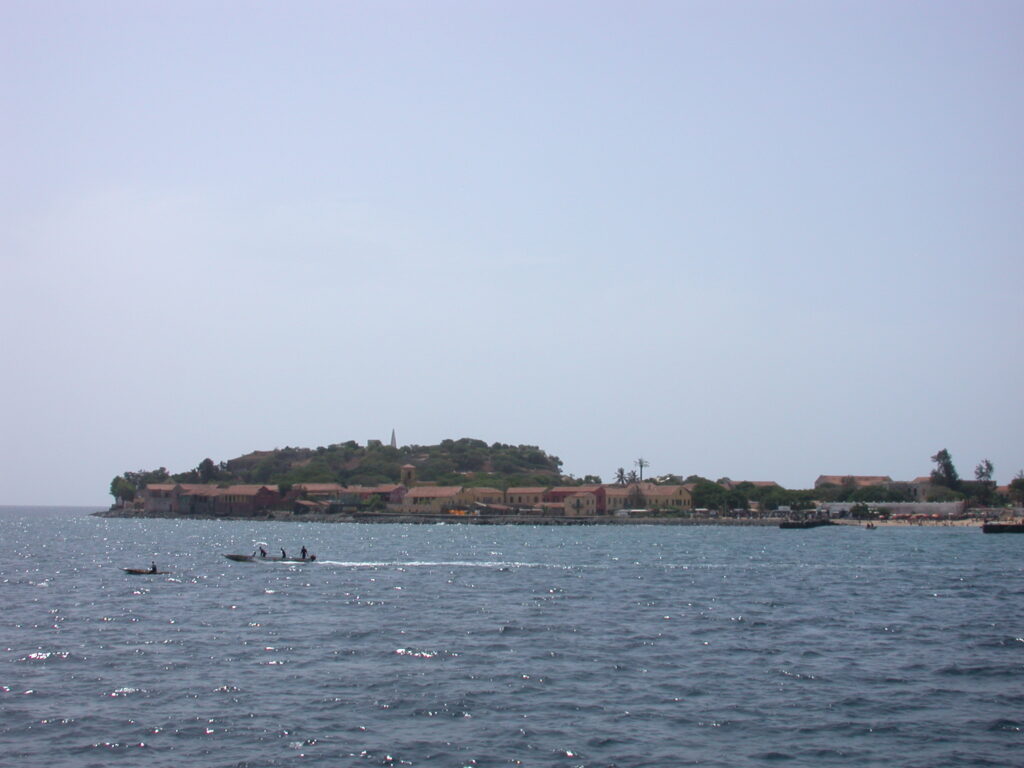
We sailed around the tip of the island where the fortress, now a museum, is located to get a great view of the harbor, beach, and seaside.

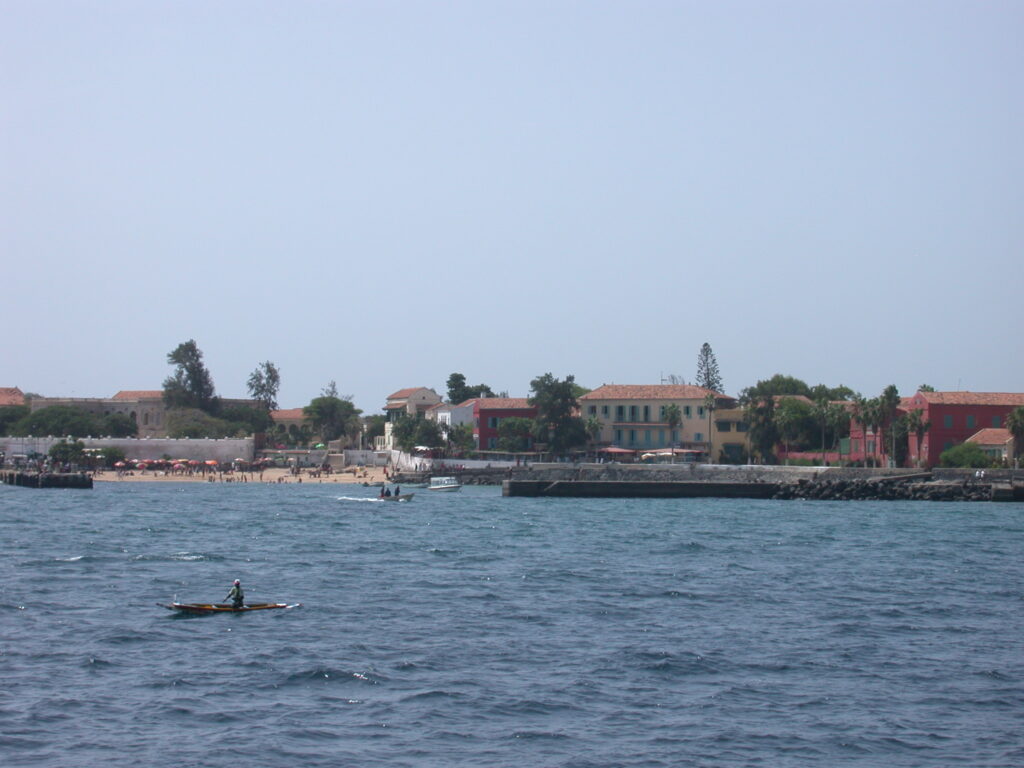
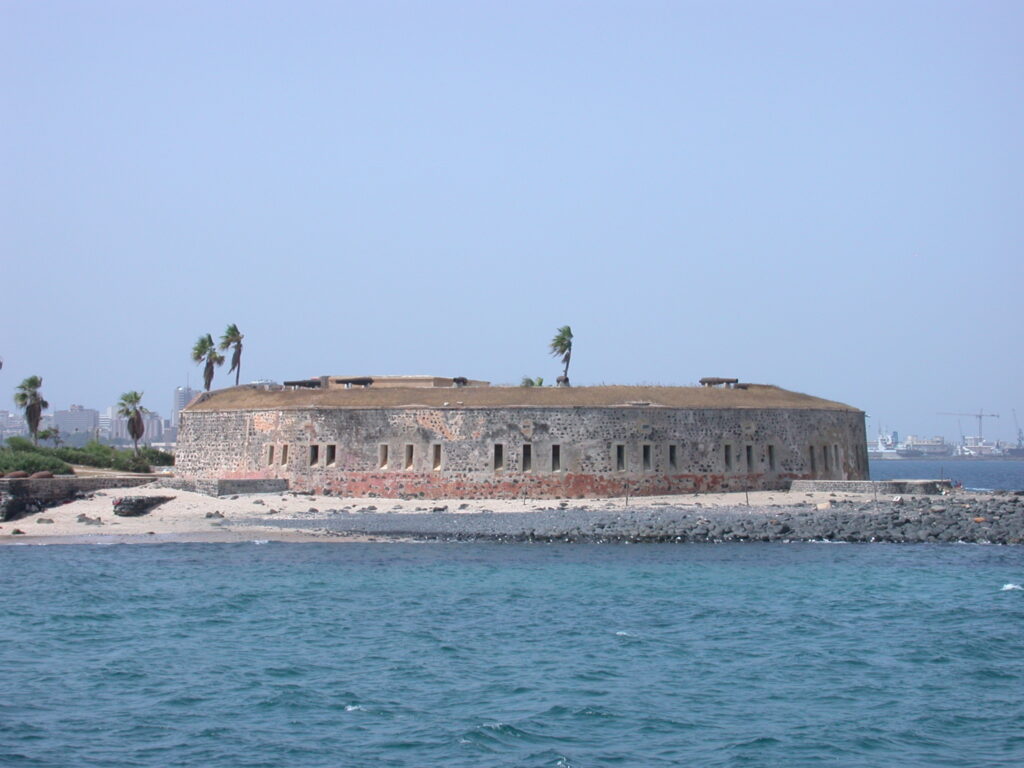
The island boasts some wonderful old houses.
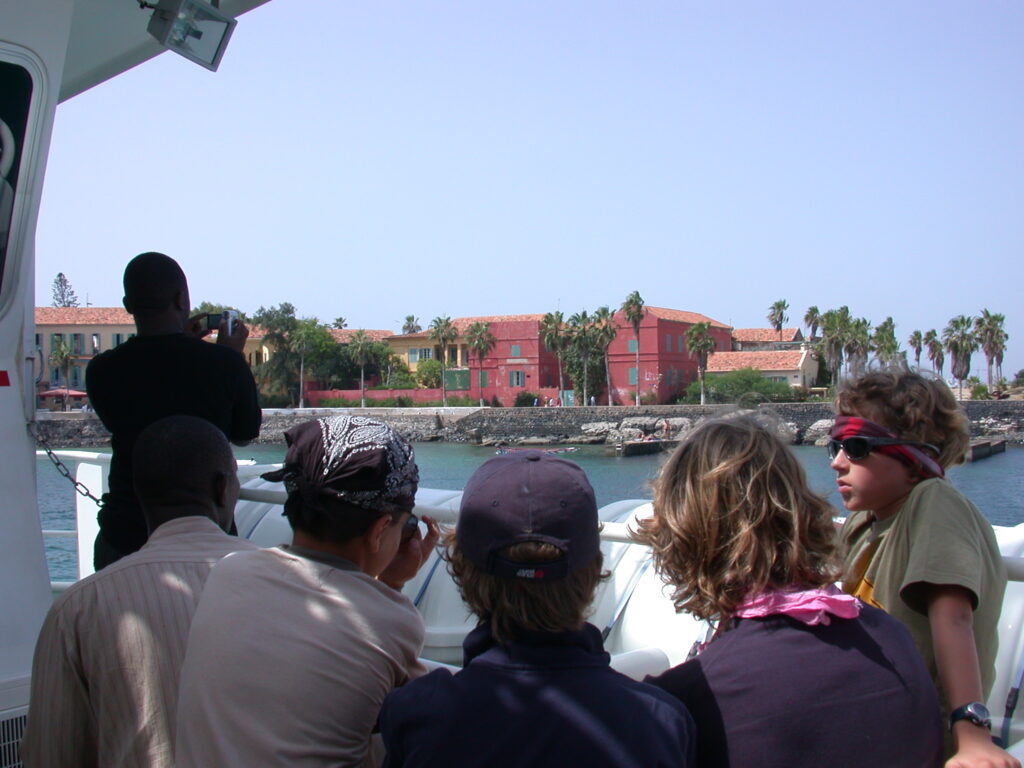
Once on land, we paid a tourist tax and walked toward the Maison des Esclaves (Slave House), which was closed for siesta time. On the way to the Maison, we saw this monument to the end of slavery with a man and some children having their photo taken alongside the monument.
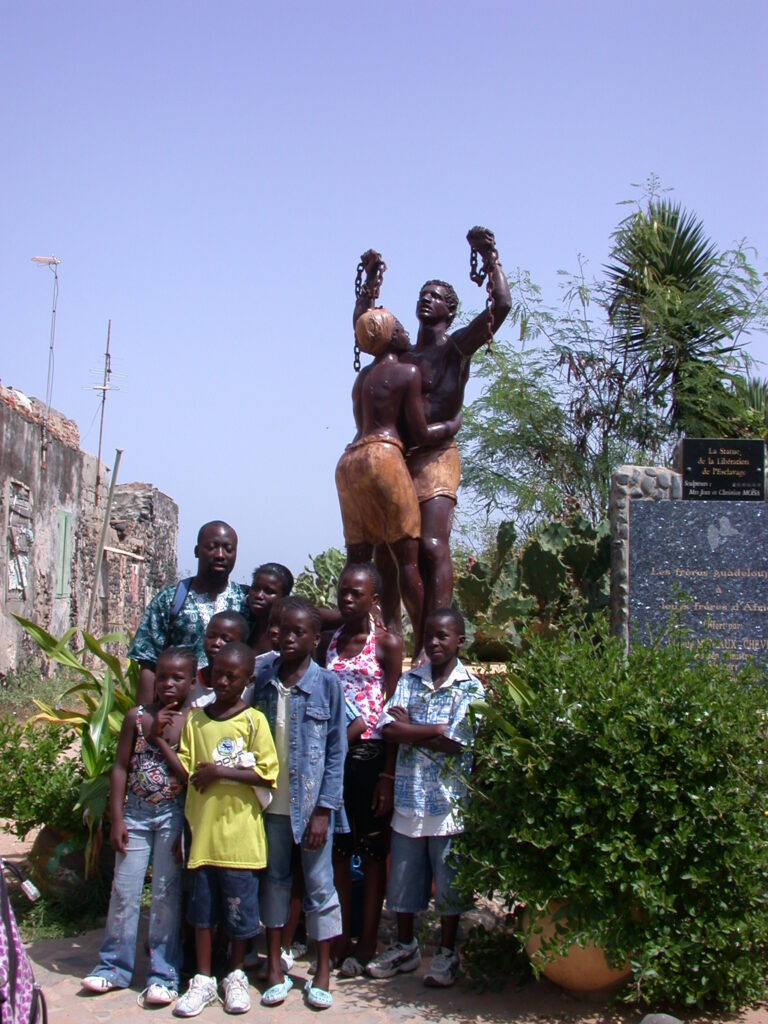
We also saw a breadfruit tree with breadfruit hanging from its branches.
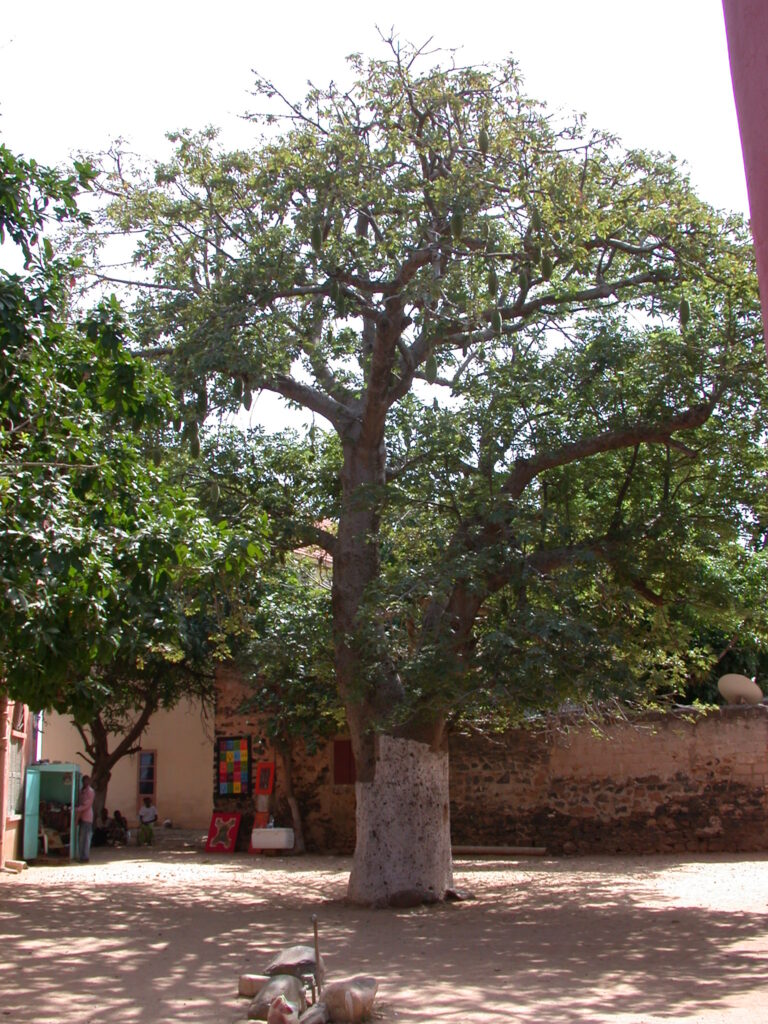
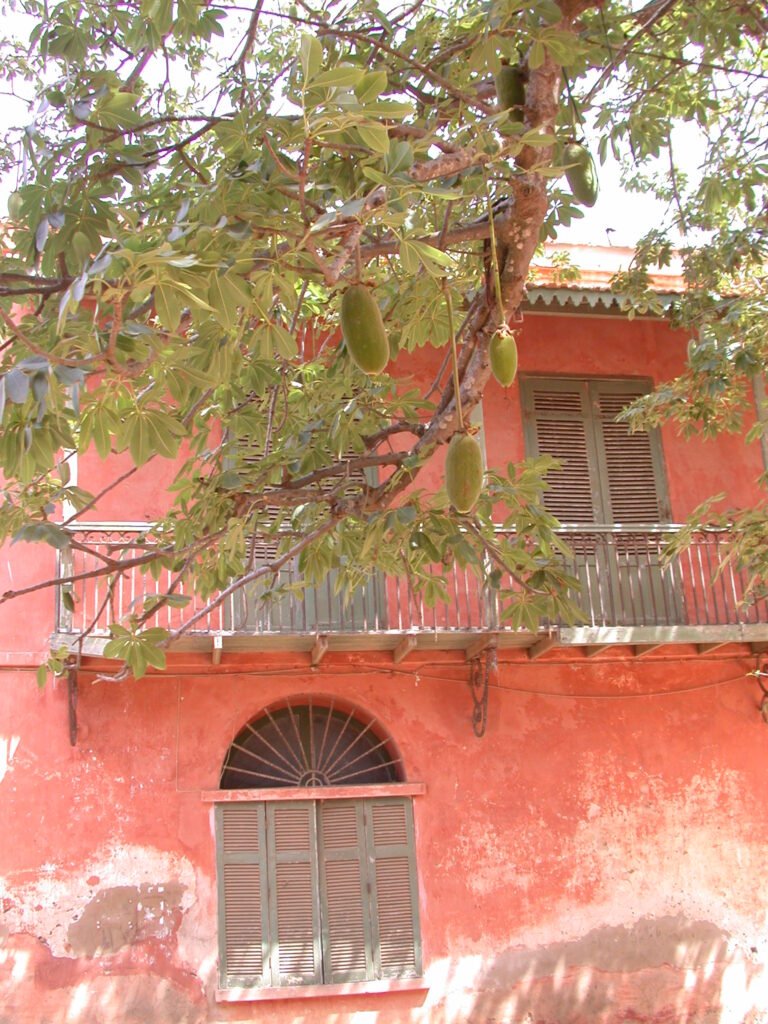
We entered a cathedral with some black statues, as well as white ones.
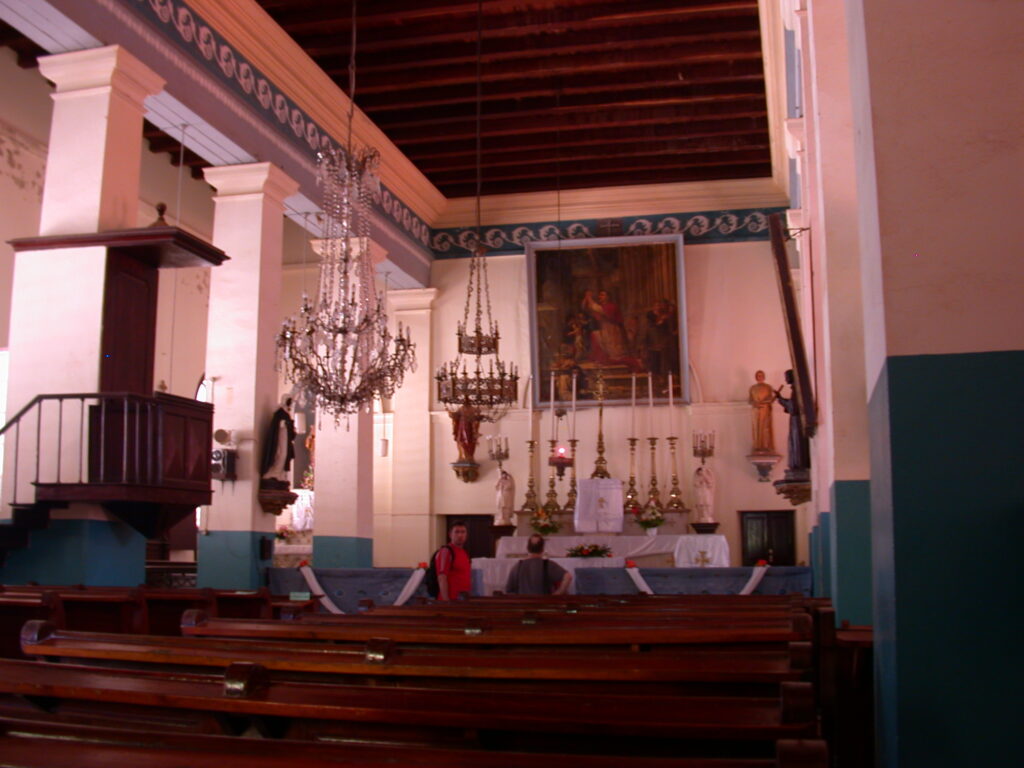
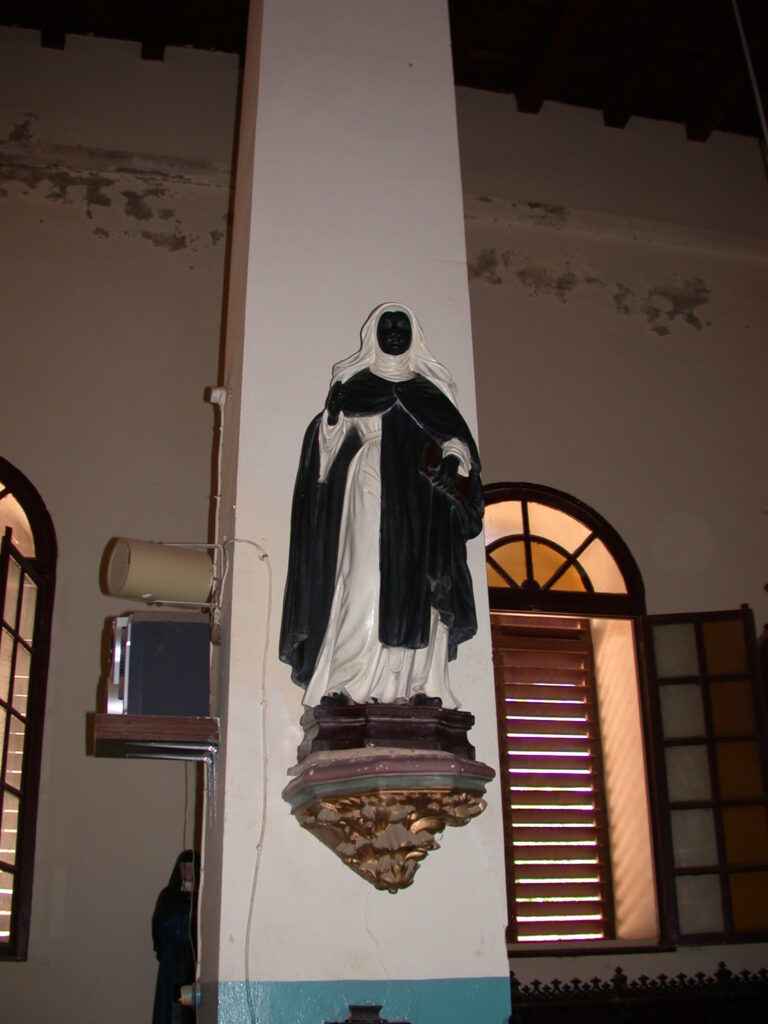
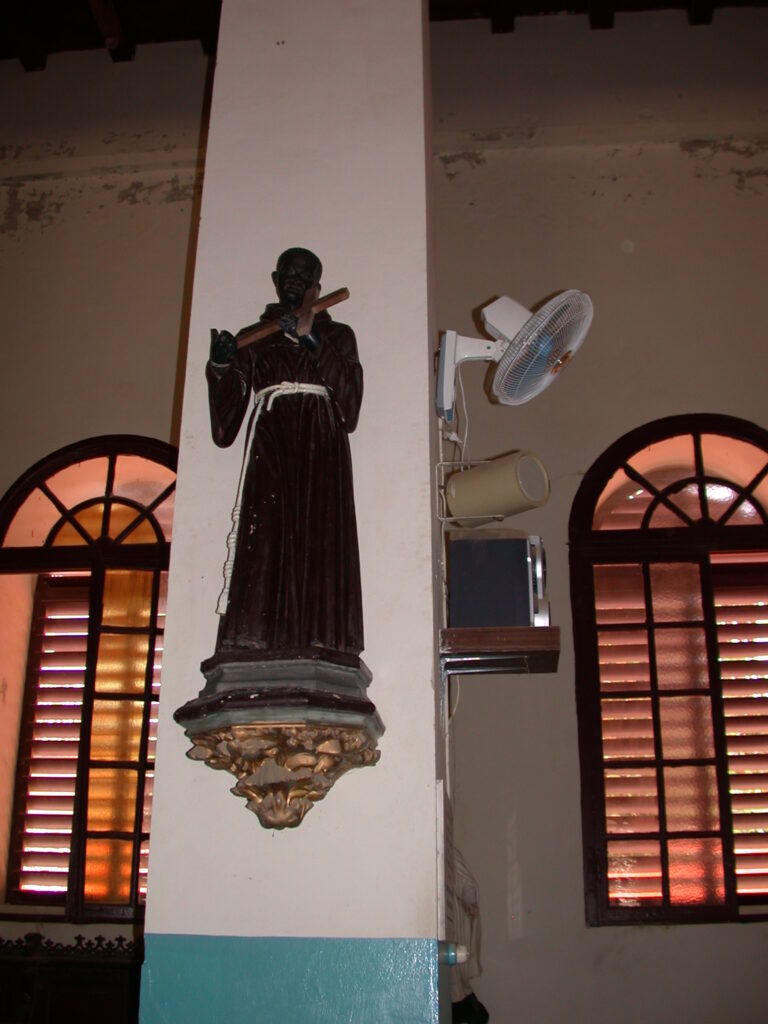
On our way up to a peak where the old cannons are gradually rusting away, we saw many arts and crafts stands and paintings painted by local artists.
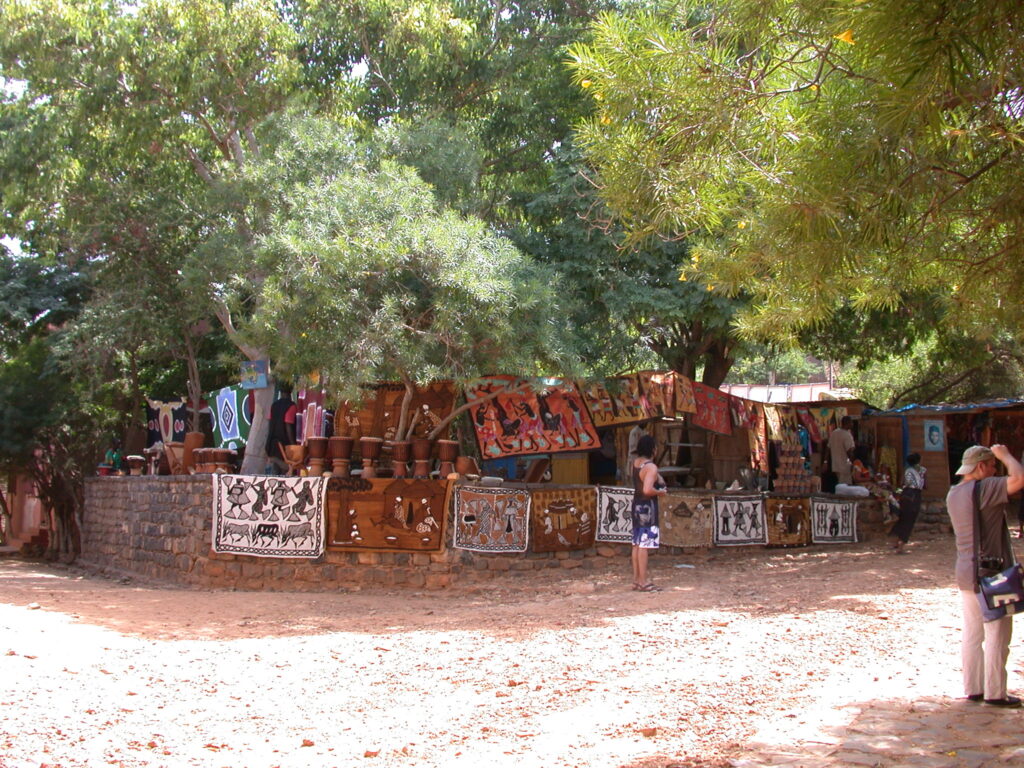
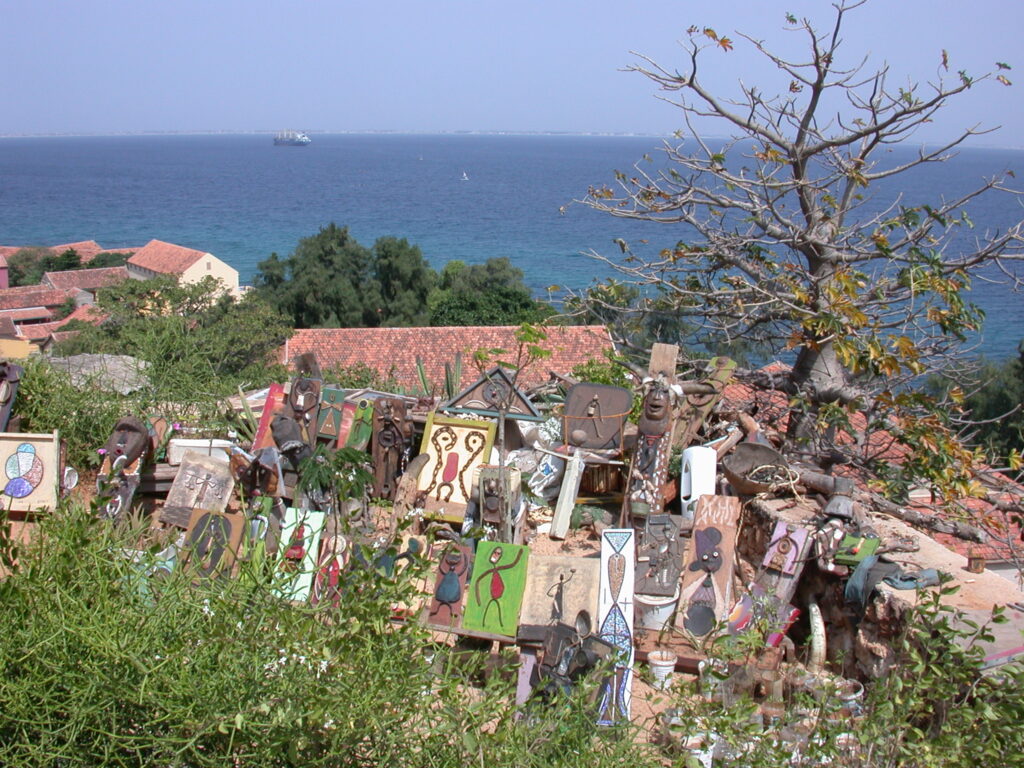
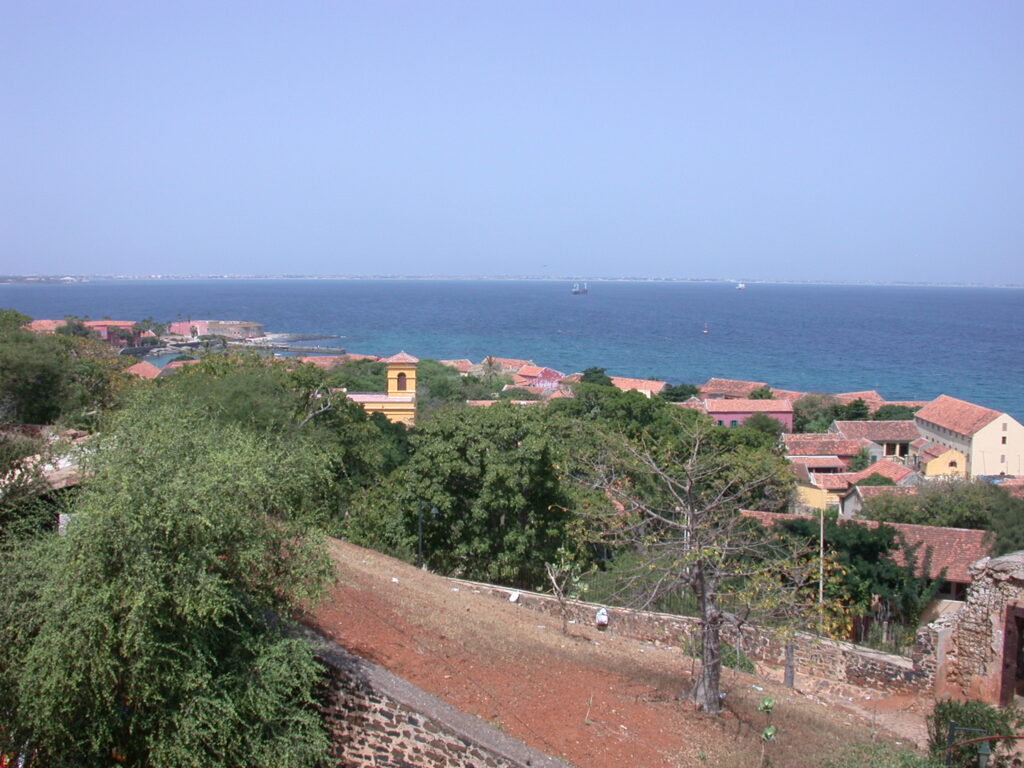
On the way down from the peak, we saw a local soccer game with some guys in real good shape.
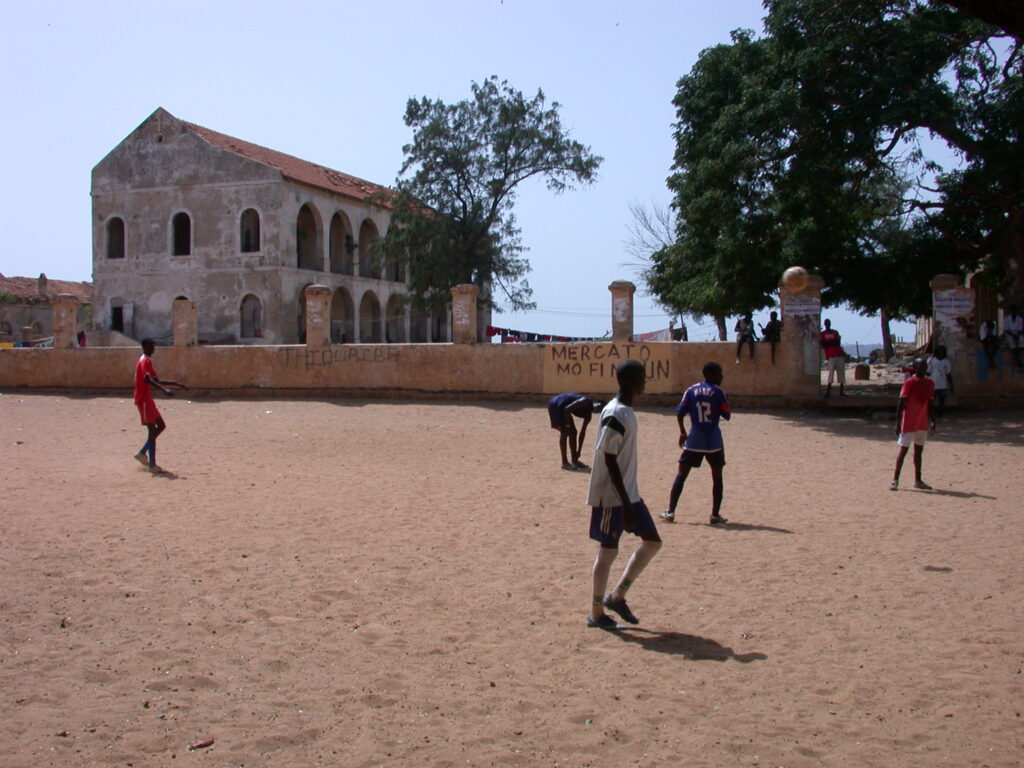
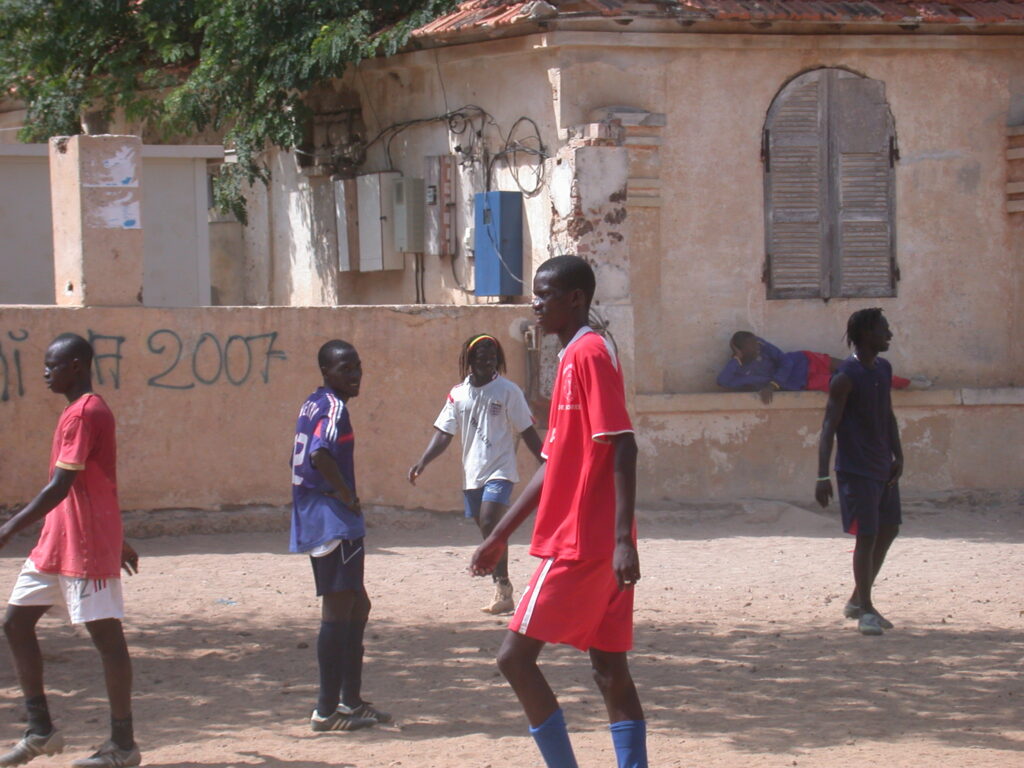
We walked over to the port for lunch. A man tried to get us to eat at his restaurant, but I really wanted to eat at the place recommended by the Lonely Planet guidebook. Eventually we escaped his clutches and made our way over to the Ana Saban restaurant.
After lunch, we went to the Musée Historique de l’IFAN on the island.
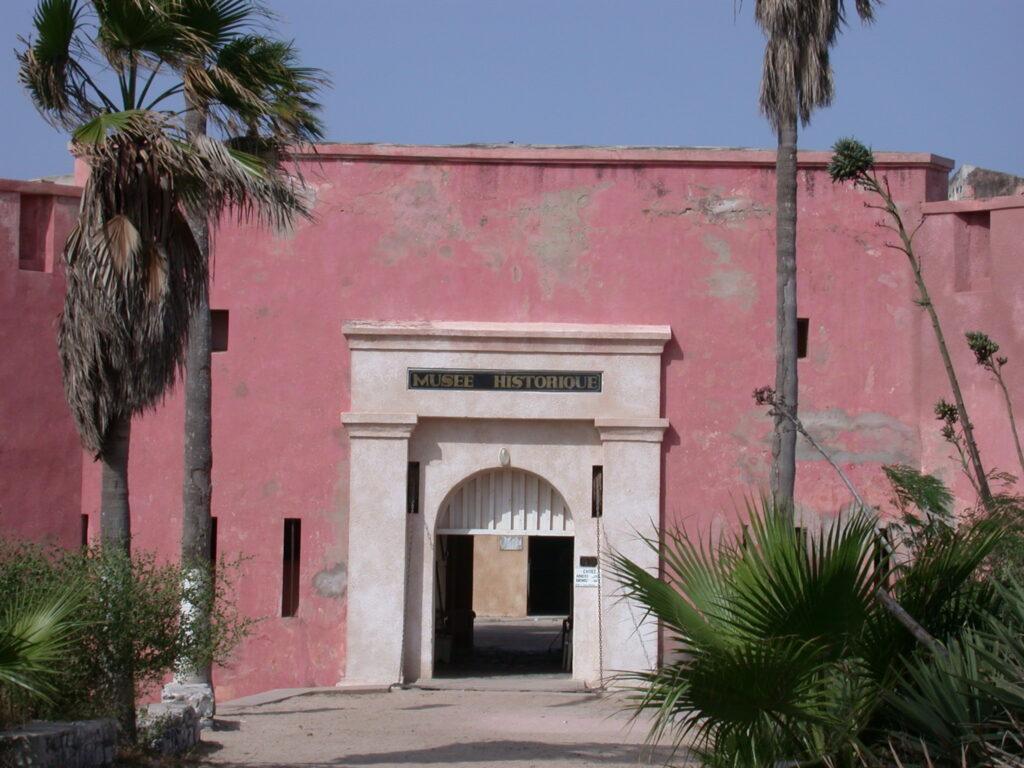
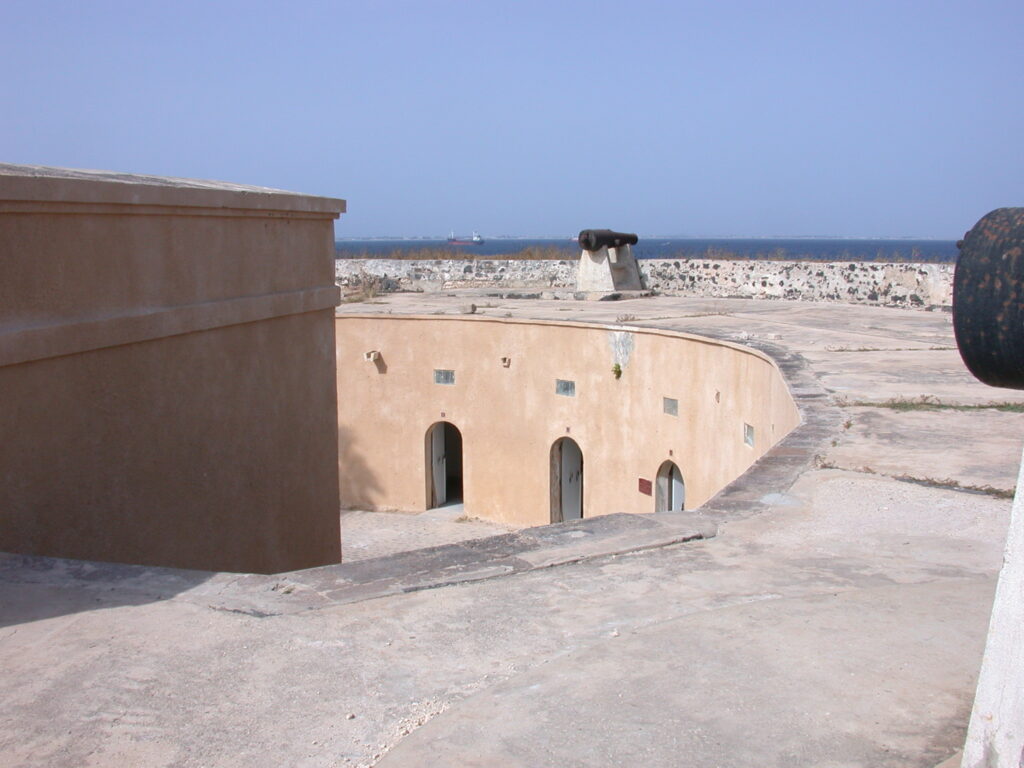
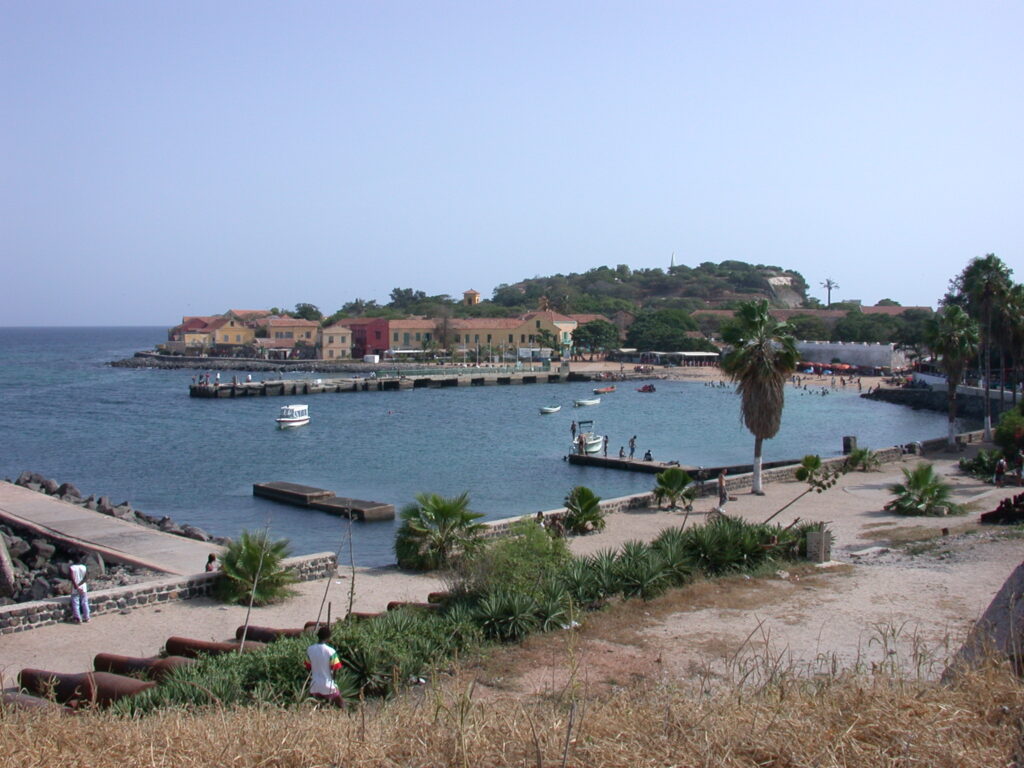
I somehow lost the Germans at the museum, so I walked alone back over past the beach to the Maison des Esclaves, now finished with their siesta break. I started by taking pictures of the “Door of No Return,” which was apparently the last place where slaves bound for the Great Passage across the Atlantic Ocean to the Americas set foot on the African continent.
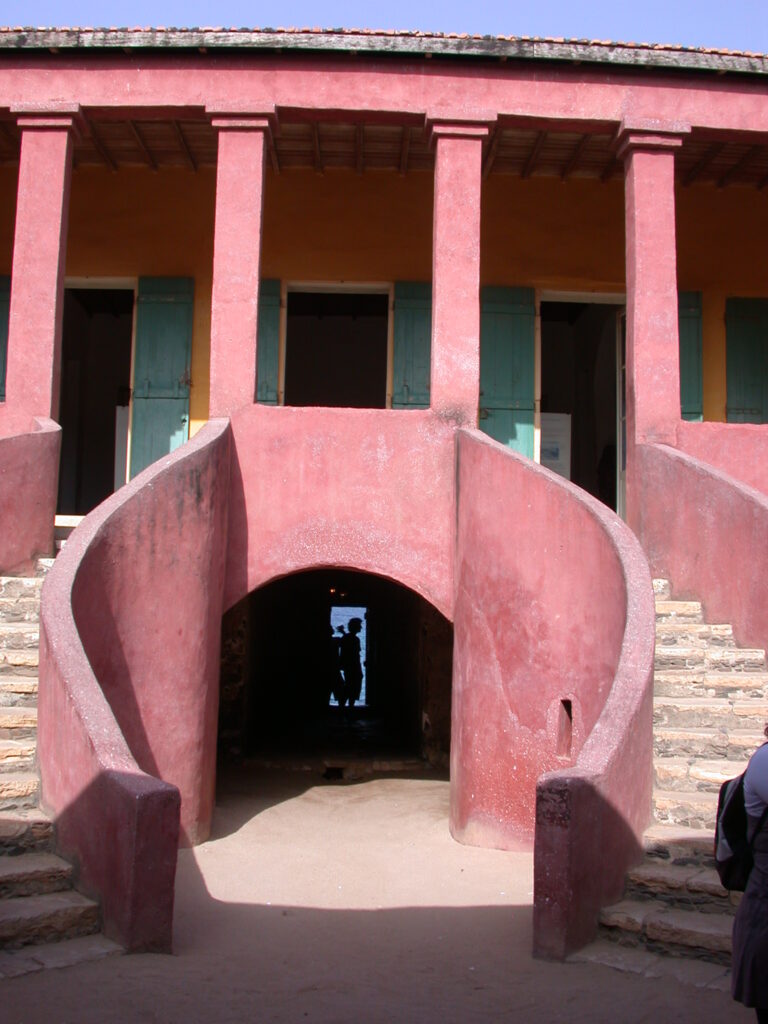
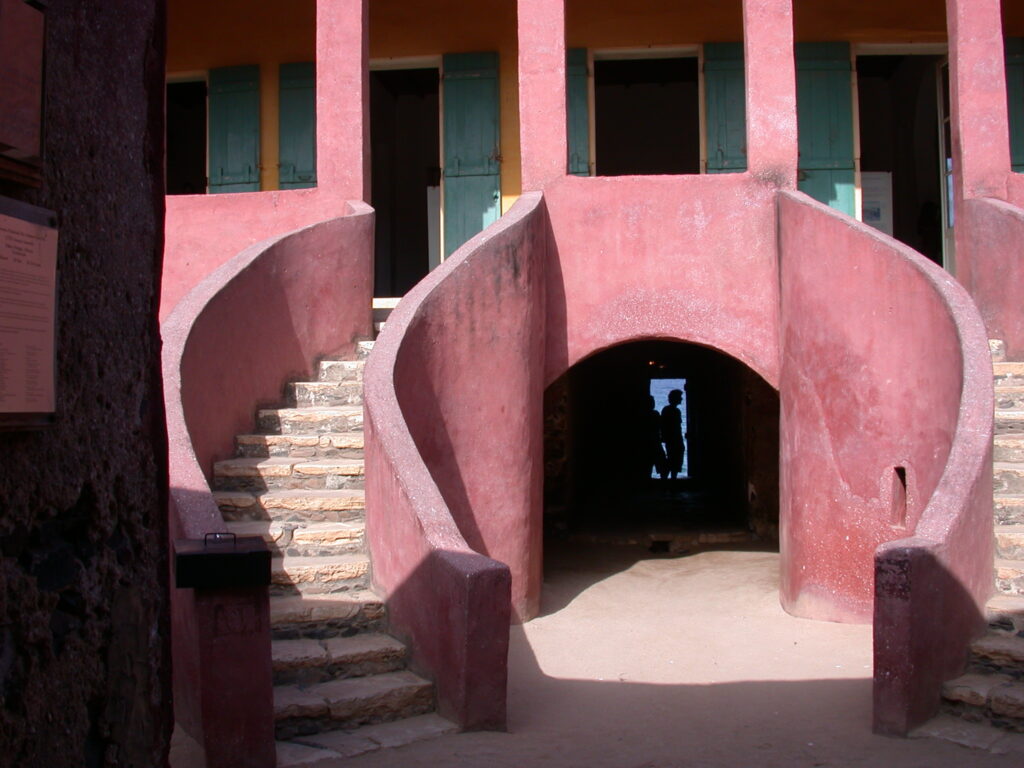
Here’s what it was like to stand just in front of the door out to where the slave ships used to load their human cargo and the sign currently posted by the Door of No Return.
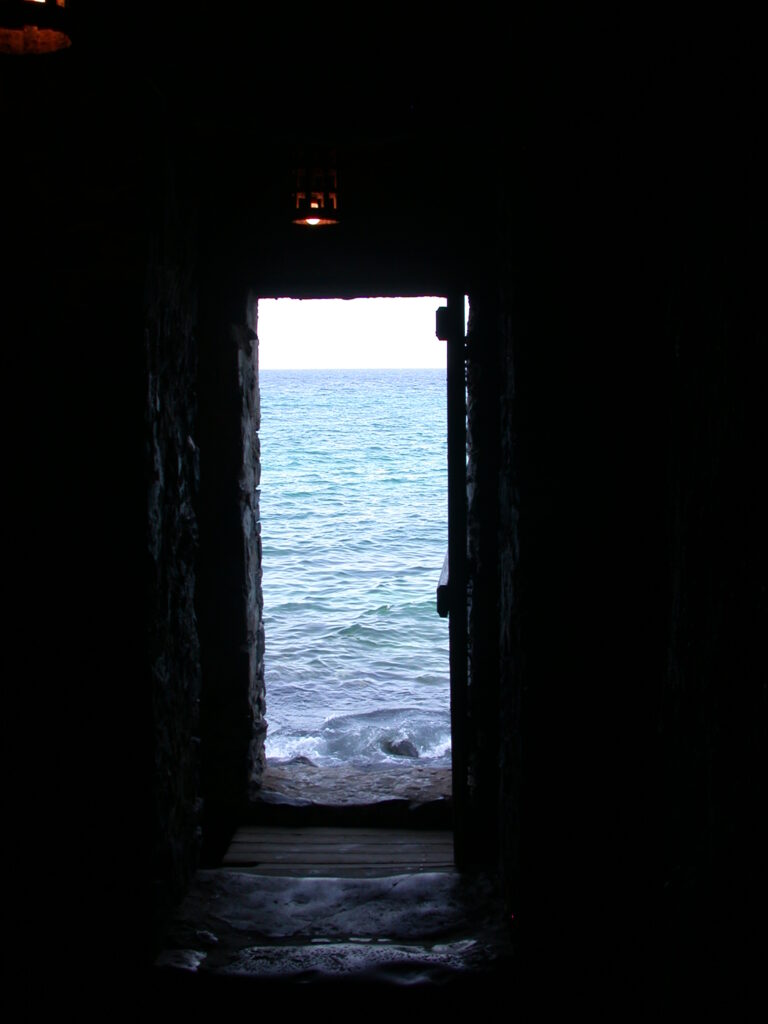
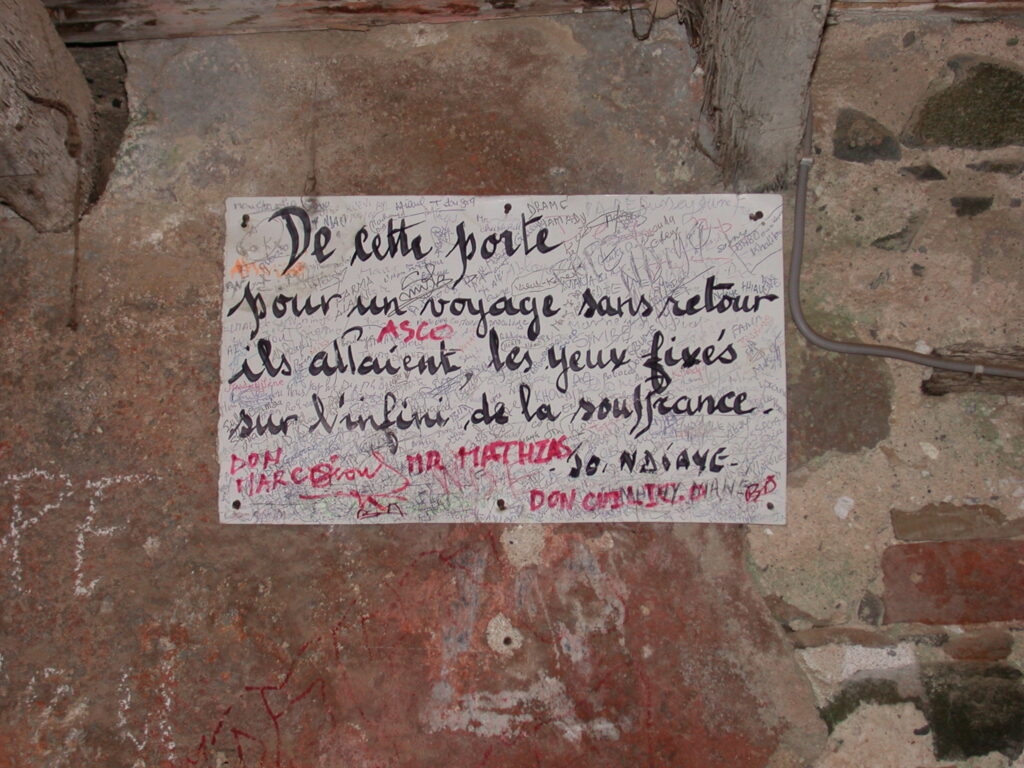
Inside the Maison des Esclaves, an exhibit explained about the history of the slave trade and showed some of the actual fetters used to bind slaves.
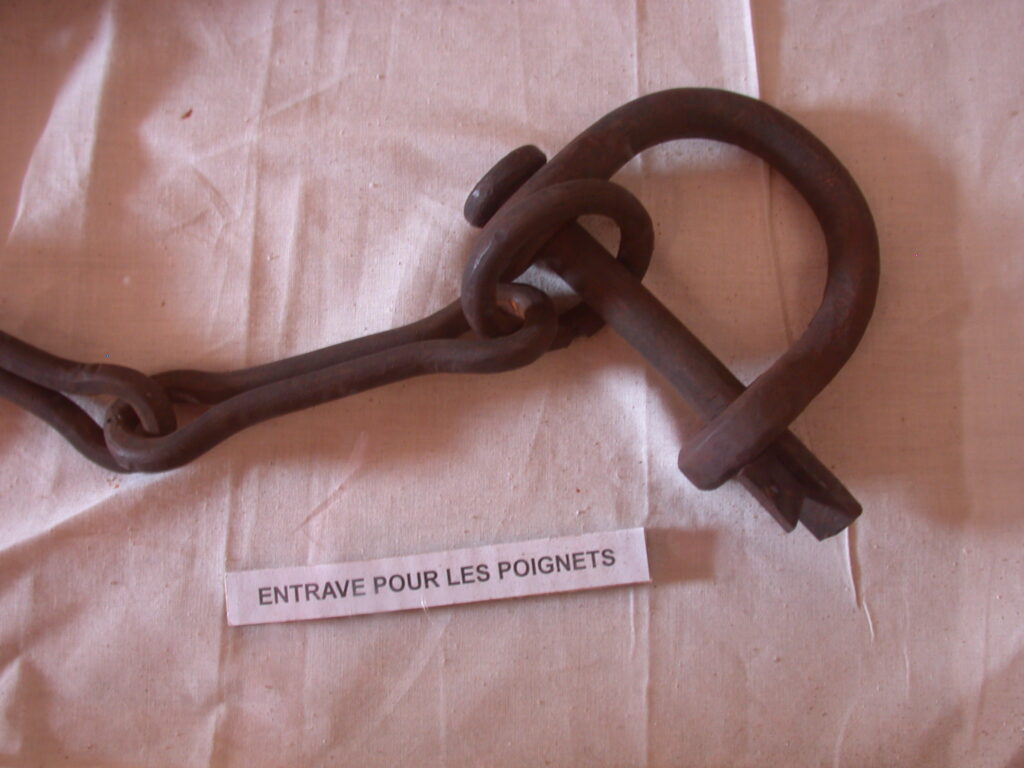
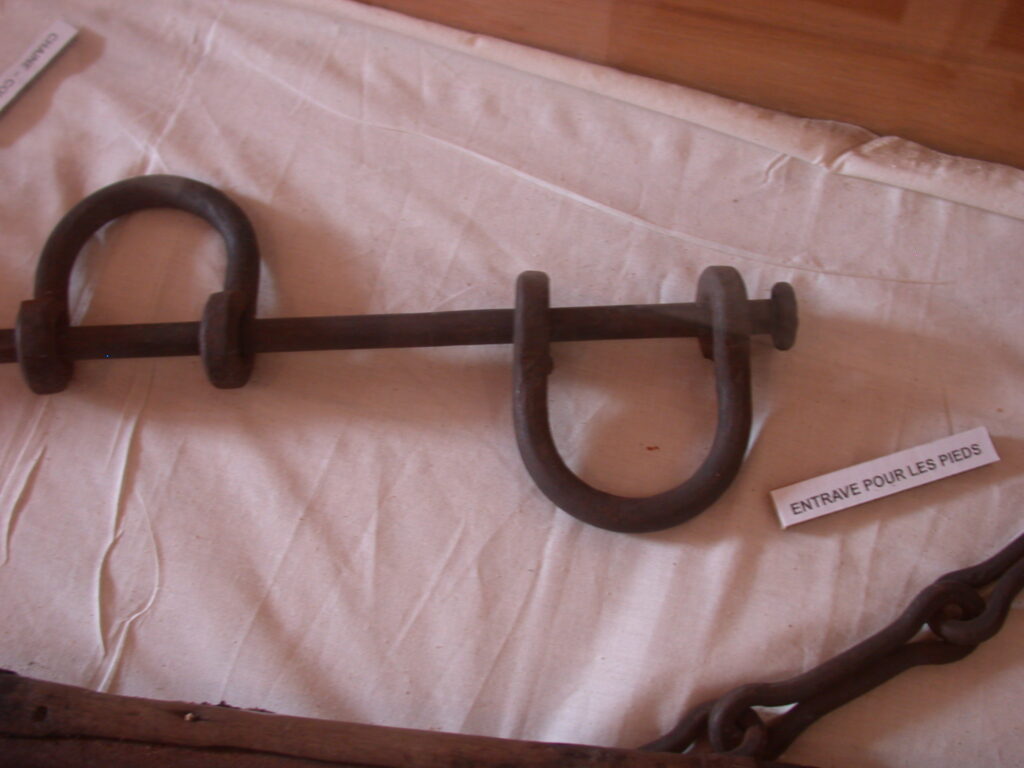
In a small museum office with lots of signs and sayings posted on the walls, there is an elder who must have helped to establish the museum. I went in to thank him for what he has done and he replied that to the contrary he must thank me for coming.
After the disturbing and moving museum, it was a real treat to be able to relax on the beach with locals and people visiting from all over the world. I met a sweet Italian fellow (married) who is working in nutrition in Africa. It was so much fun that the Germans and I had to run for the Beer ferry when it was time to go.
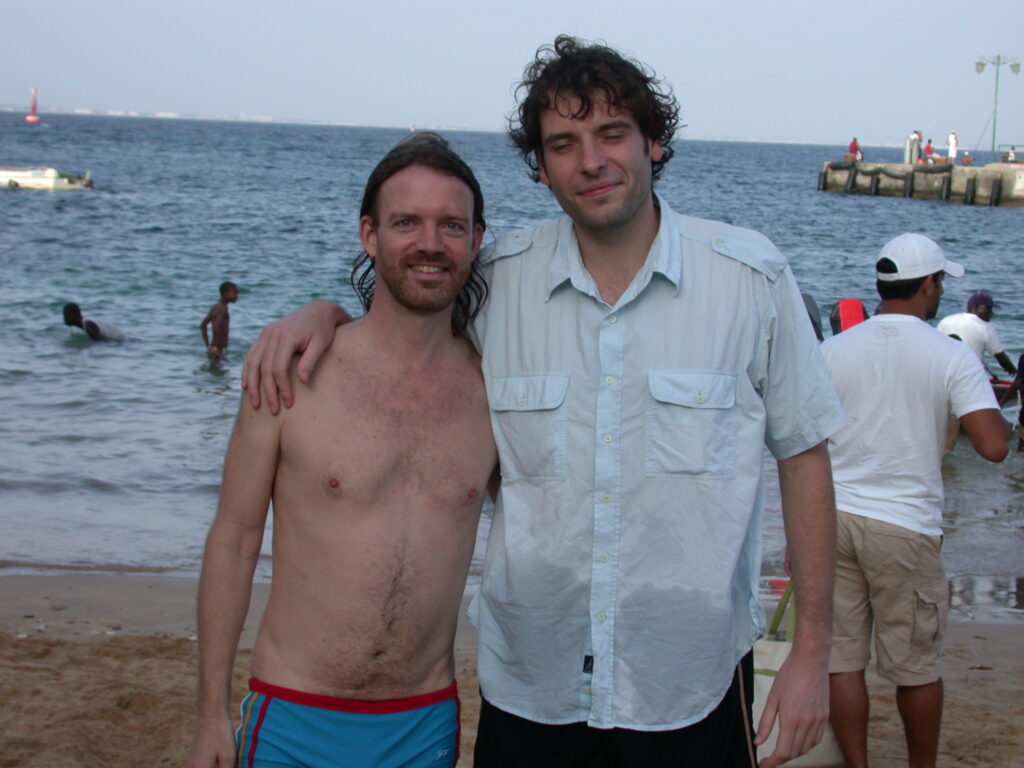
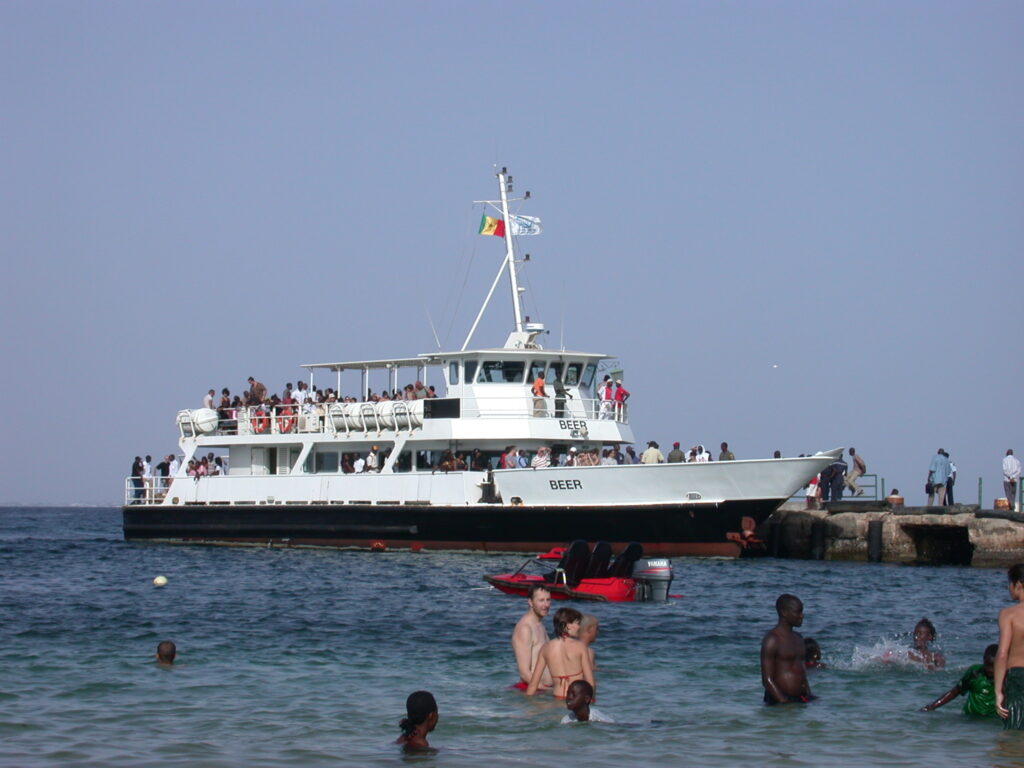
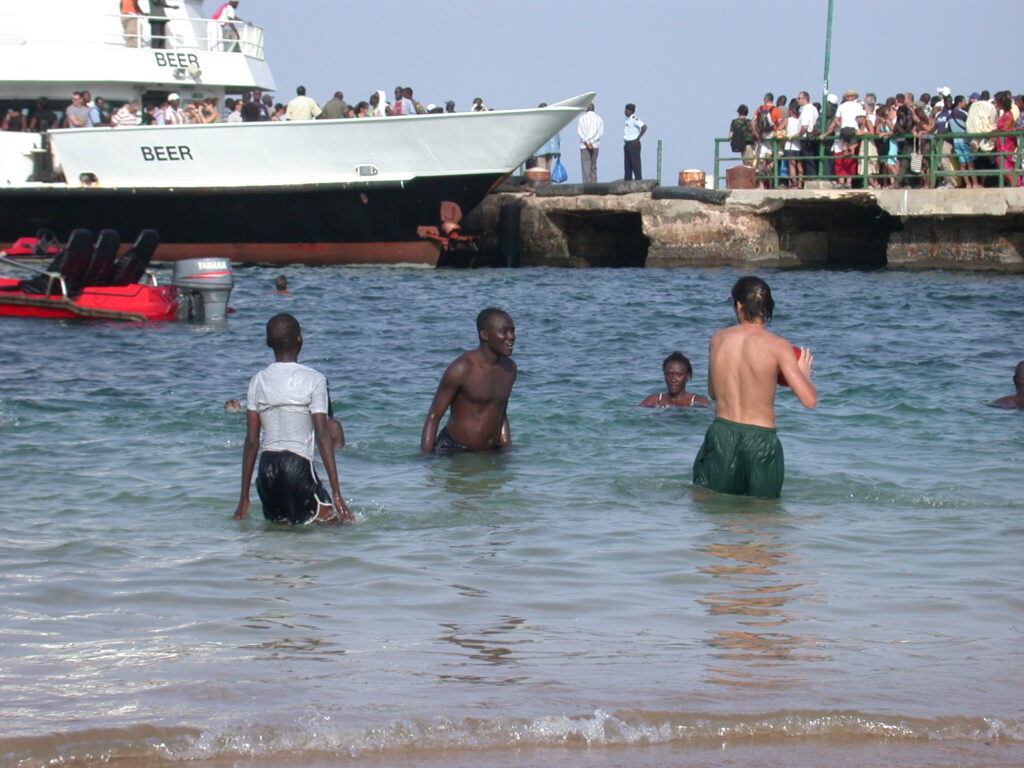
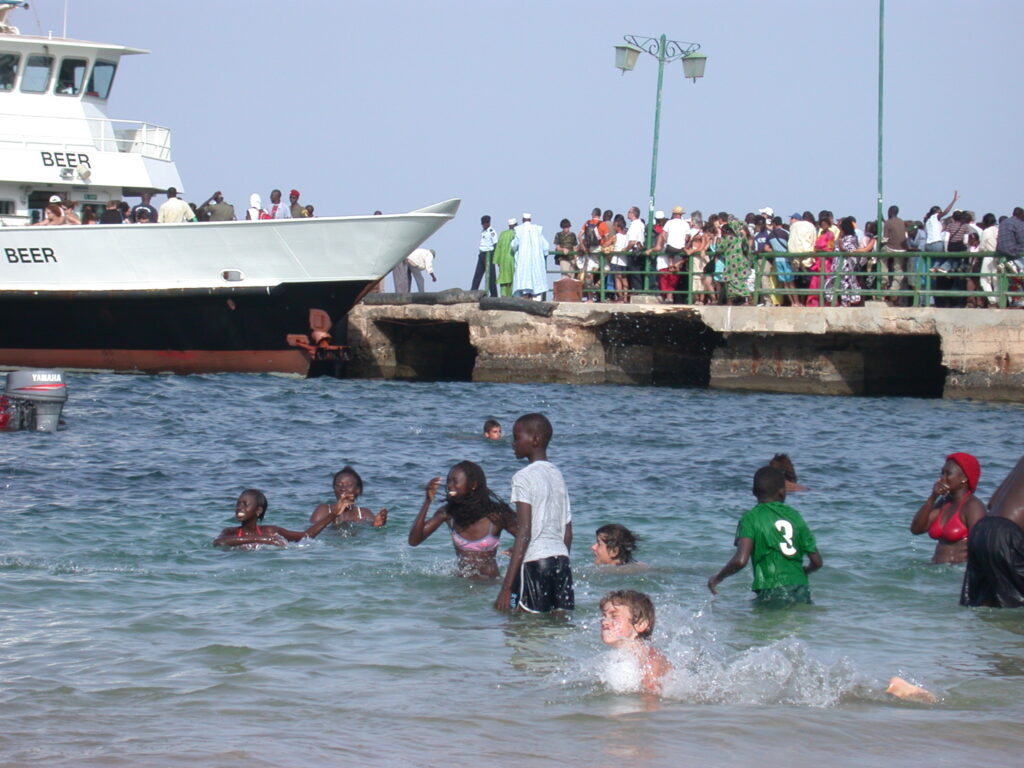
To round out the evening, we dashed to Point des Almadies to see the sunset and eat dinner on the seashore.
Phallos
I finished reading Samuel Delaney’s delightful Phallos this morning. Erudite and sexy in an overtly intellectual manner, the book recursively iterates the story of a story, delving into philosophical and political torrents worthy of the most recondite symbologist.
One example:
“Power itself is fundamentally phallic, in that it is a consensus-illusion that stands in for a material strength most of the time not there.”
Replete with a panoply of Delaney’s usual colorful nail-biters and other perverts, the false modesty of the narrator renders the sexual descriptions all the more enticing.
Finally, some good advice from the High Priestess of the unnamed god after she avoids the planned theft of the phallos by the main character Neoptolomus and the straight men with whom he plots, then finishes impaling Neoptolomus’ rear with what may or may not be the infamous phallos and offering it to him as a souvenir:
“Please, from now on, my friend, forget the lusts of these men and follow your own desires — as much as desire can be said to be ‘owned’ by anyone, or that anyone can own what chains us all, one to another. Do not try to take upon yourself the wishes of men like these, who slumber around you when you yourself are awake. For you to try to mimic their lusts is as pointless as it would be for them to try to mimic yours. Love and cherish whom you would, man or woman, when you would. For lust is never fixed. Its variety is as glorious as its superfluity. But do not treat it as a scarcity, fixing it within the straits of convention and law. Believe me, you’ll be happier. Let this petty and pretty token you take with you tonight forever remind you at least of that.”
Maracatu Ritual
From TAM Airline Magazine, May 27, 2006, pp.52-53:
The maracatu ritual orginated with Brazilian slaves, some of whom remembered ceremonies for the crowning of kings in Congo. The King Balthazar cult arose from these ceremonies and occurs in Pernambuco state. The ceremonies take place especially during Carnival in Recife and in Zona da Mata where the party is known as Maracatu de Baque Solto.


